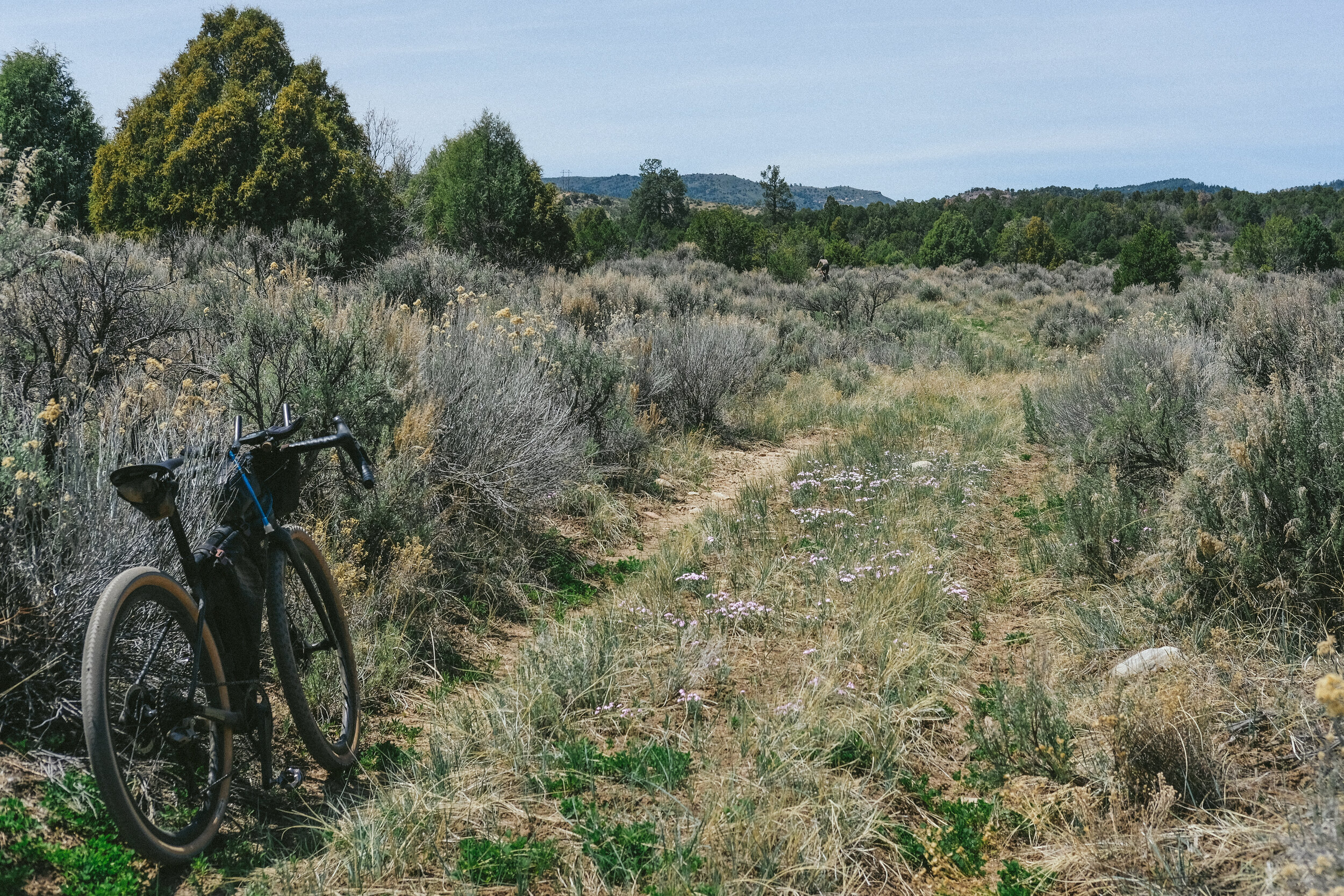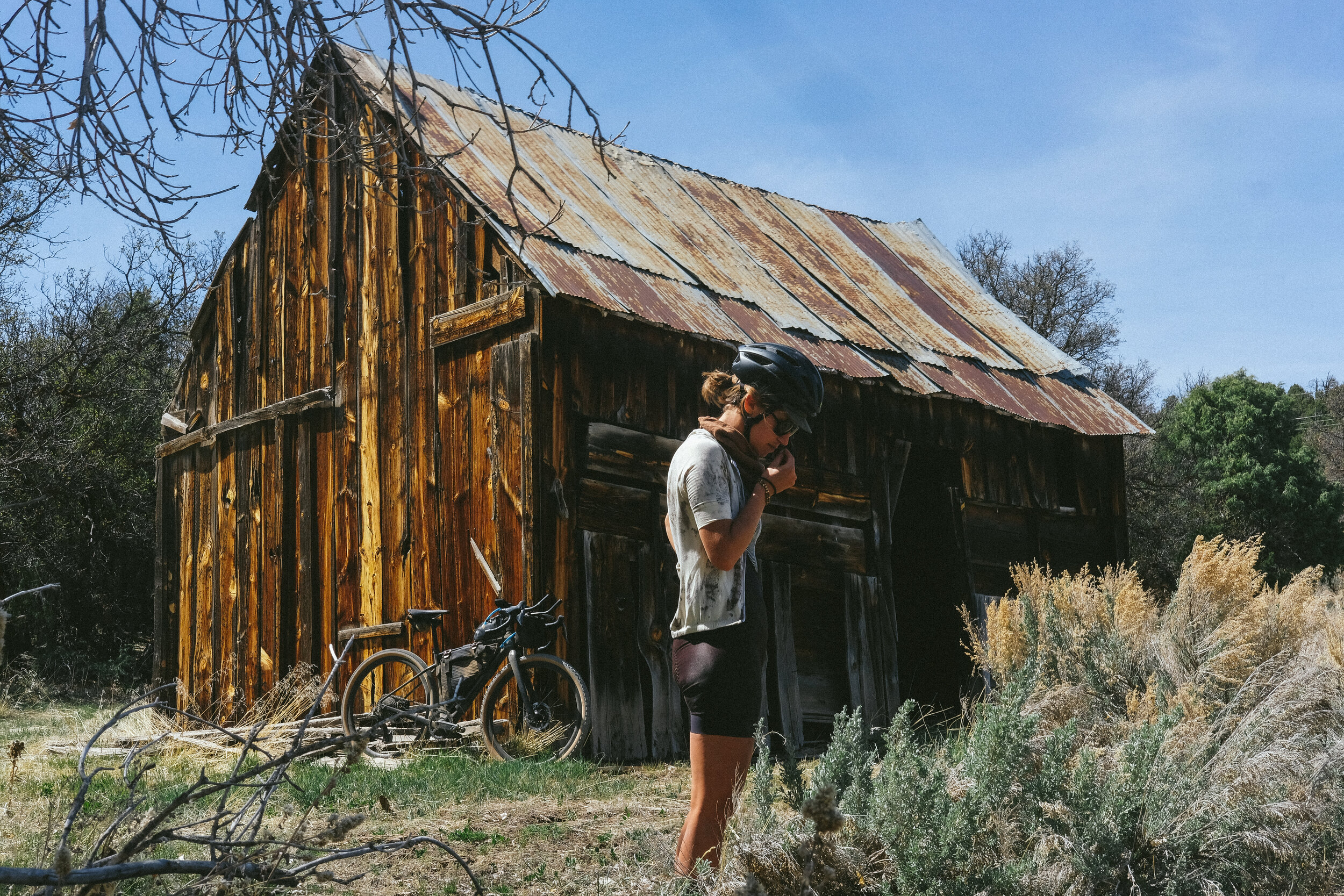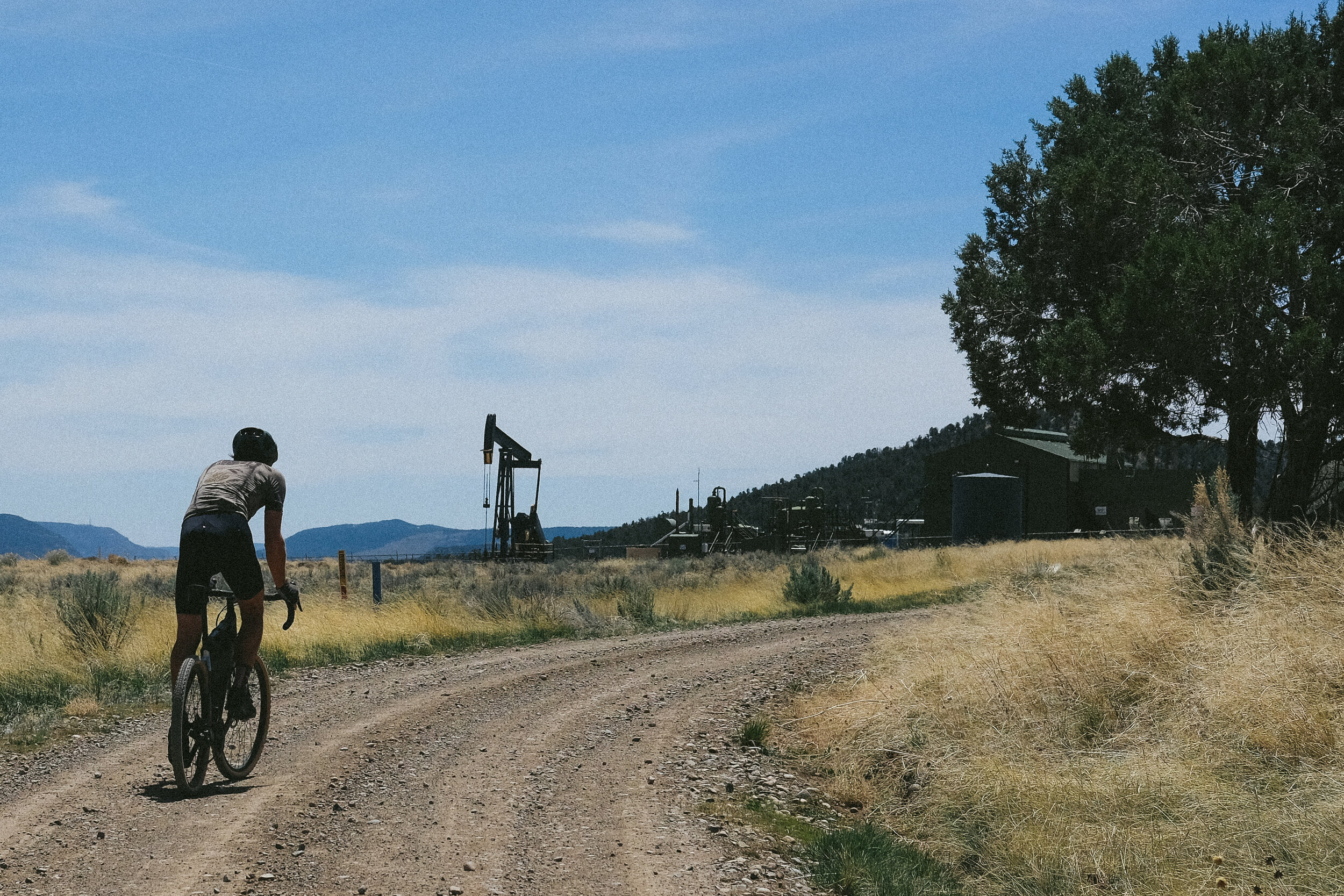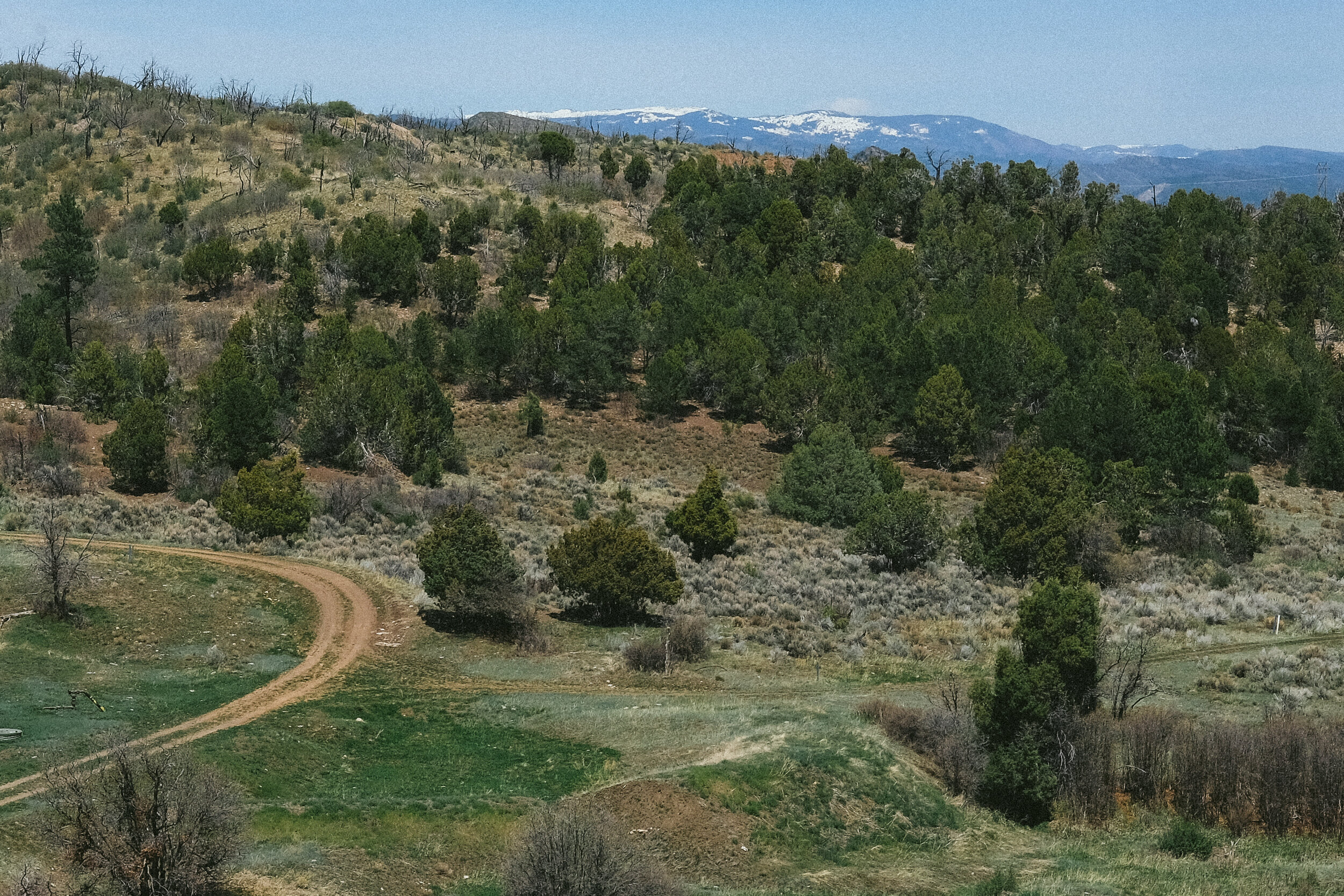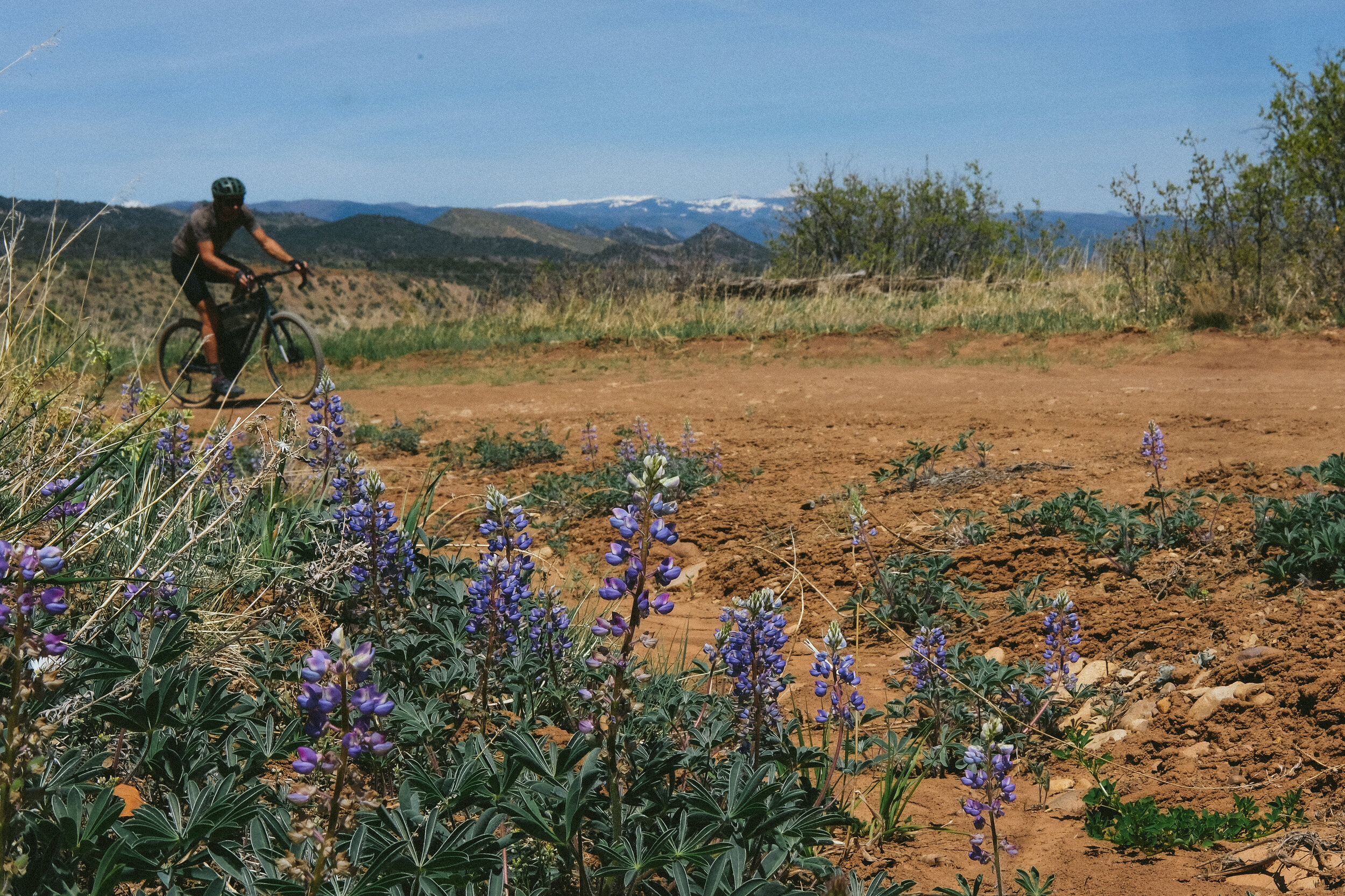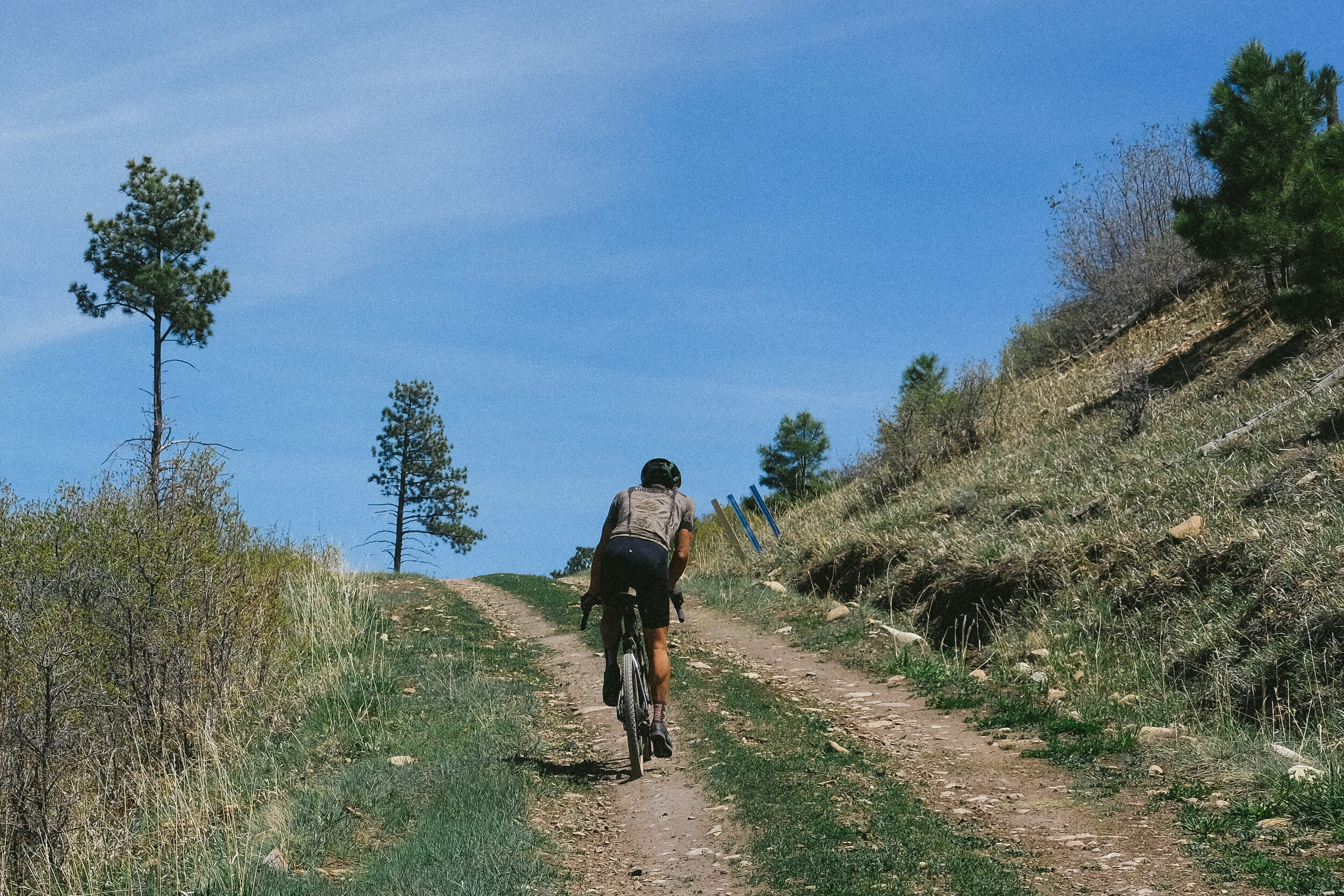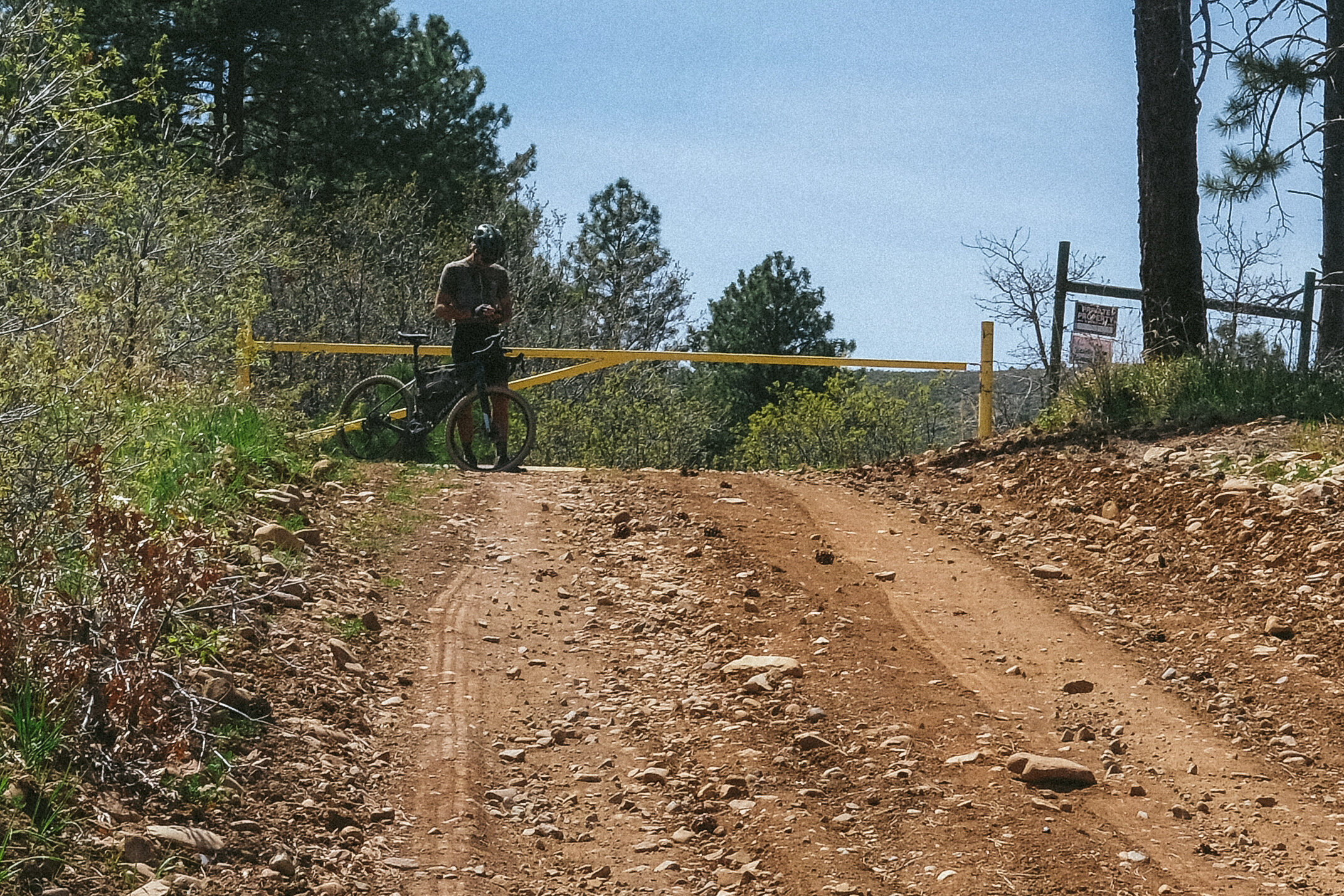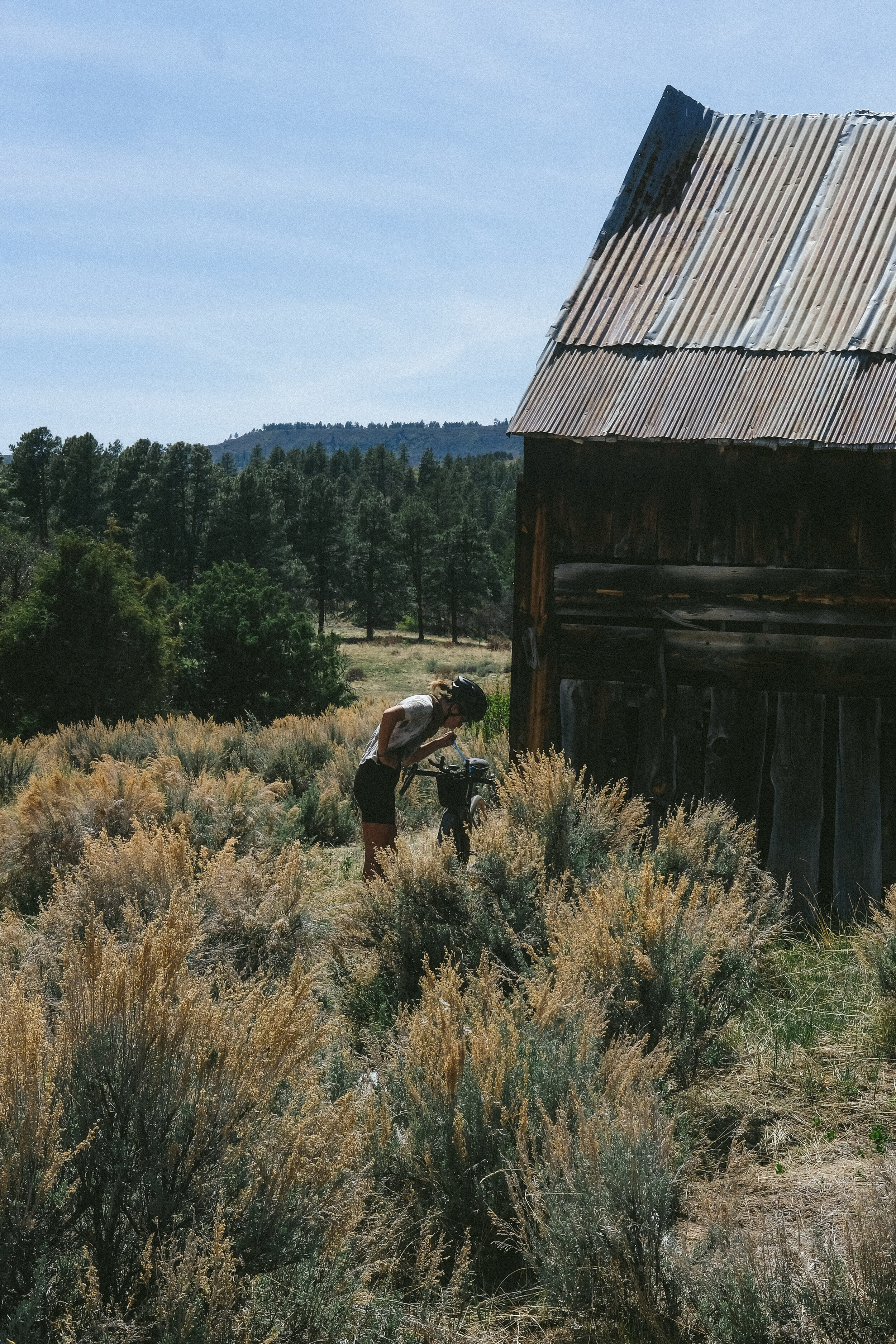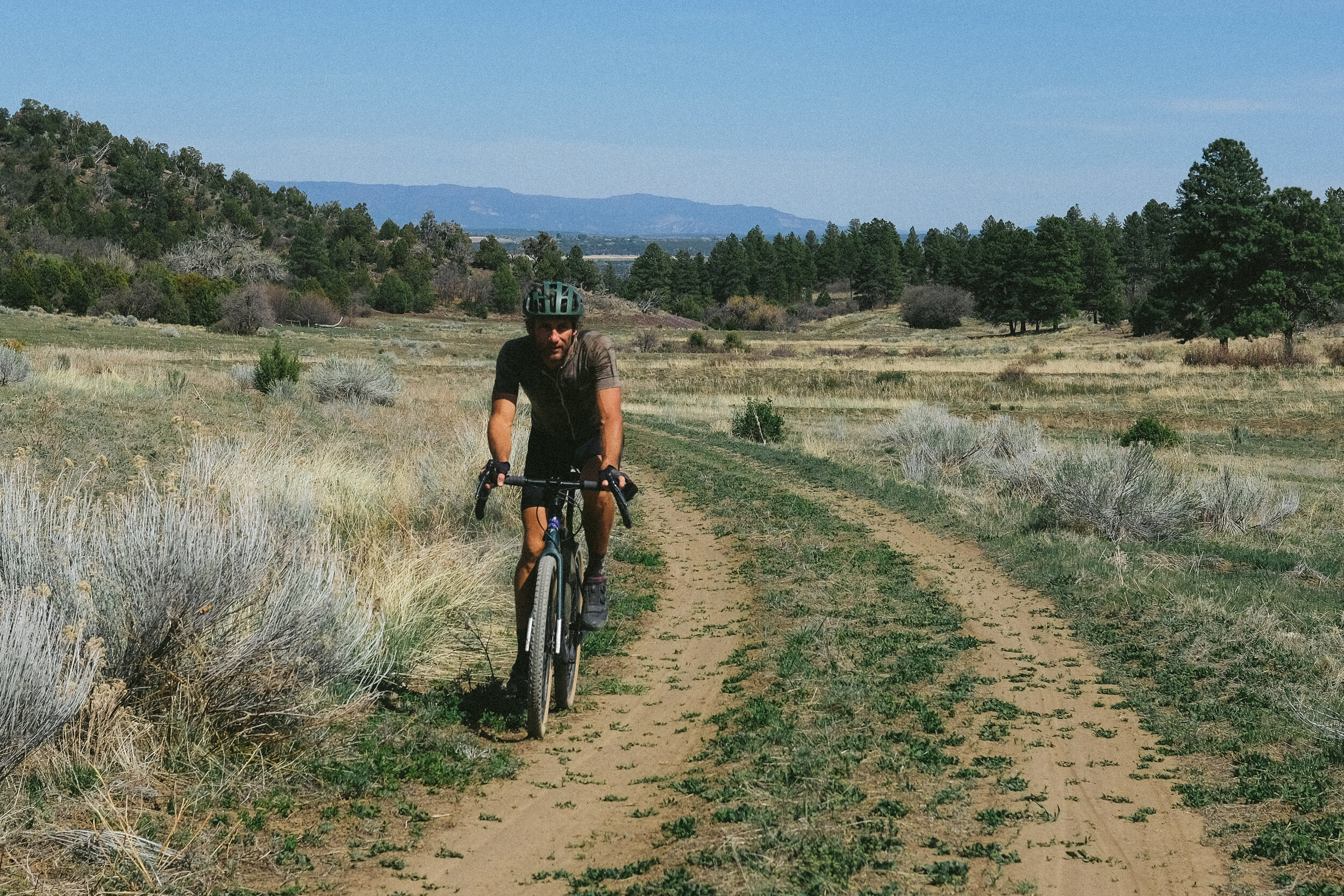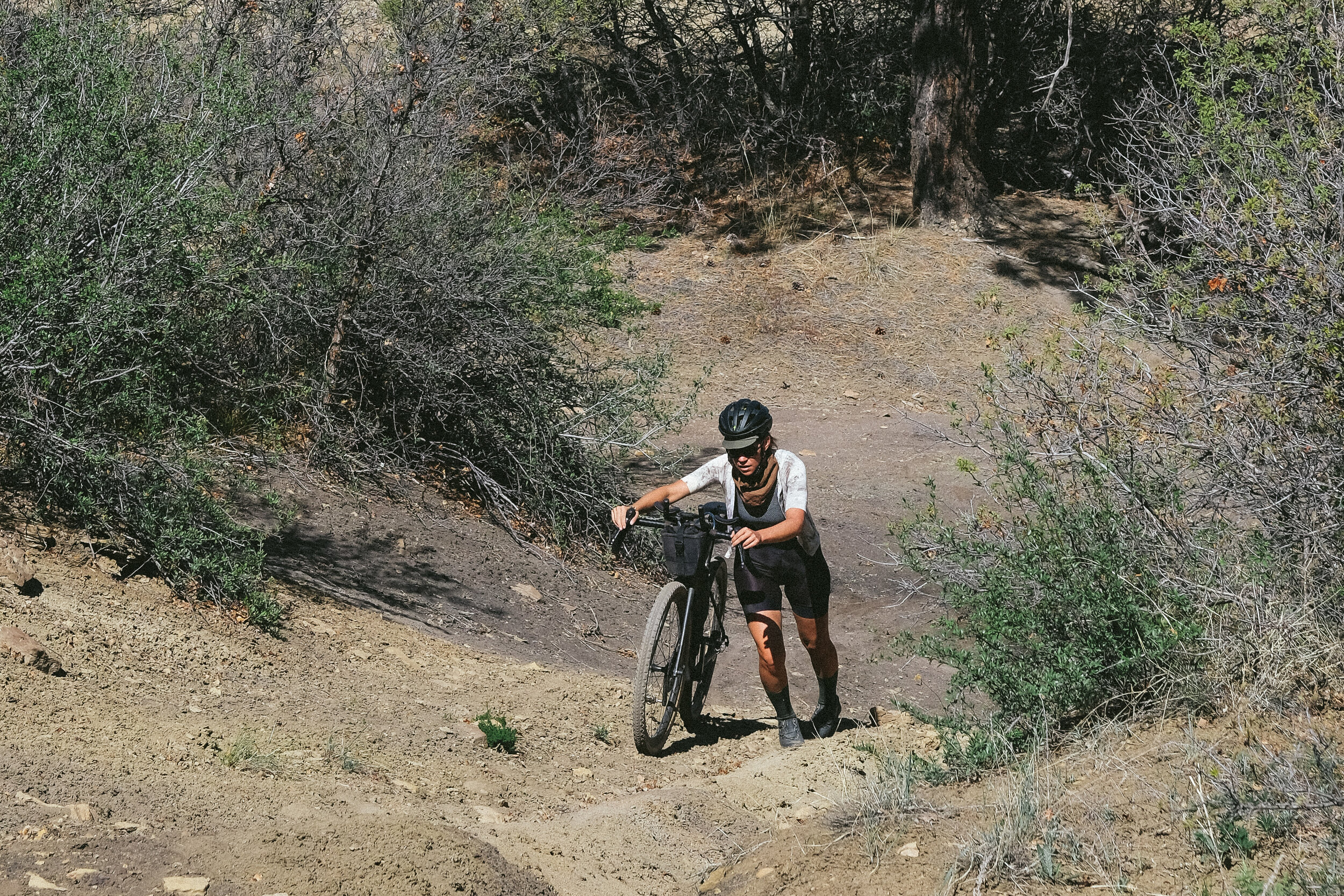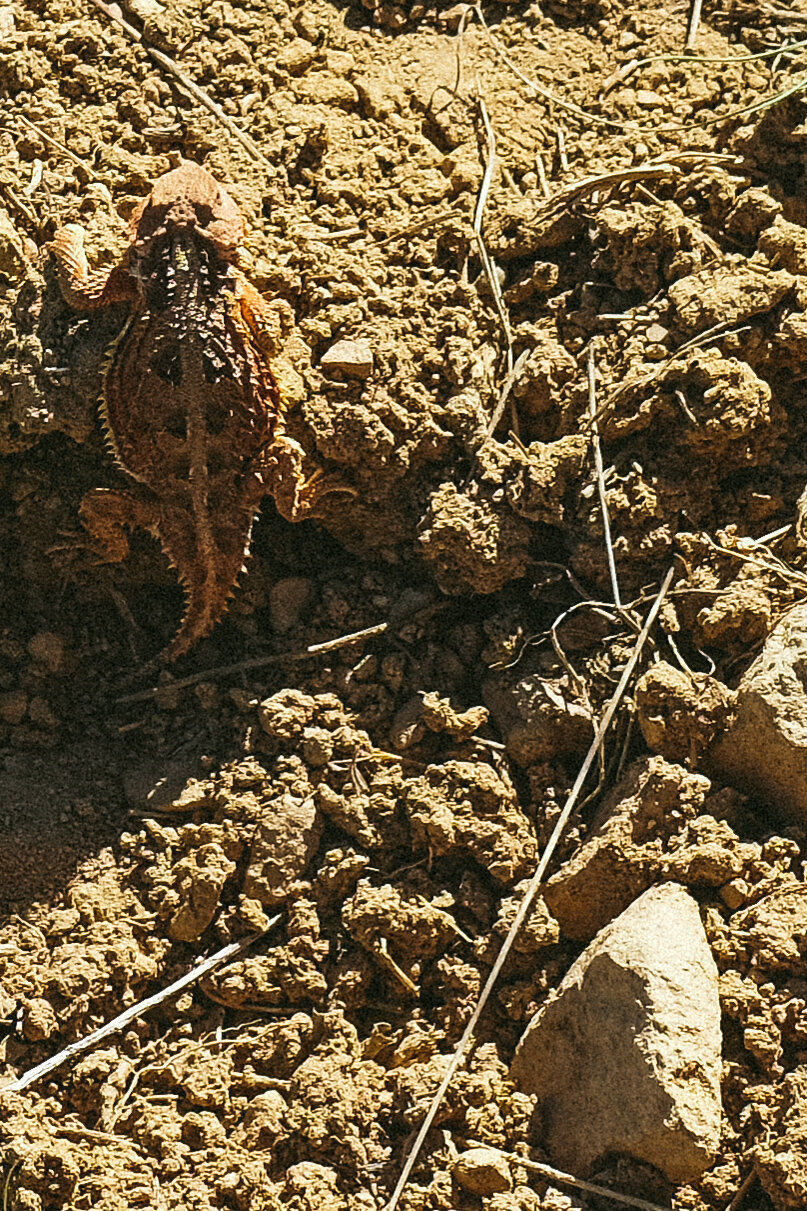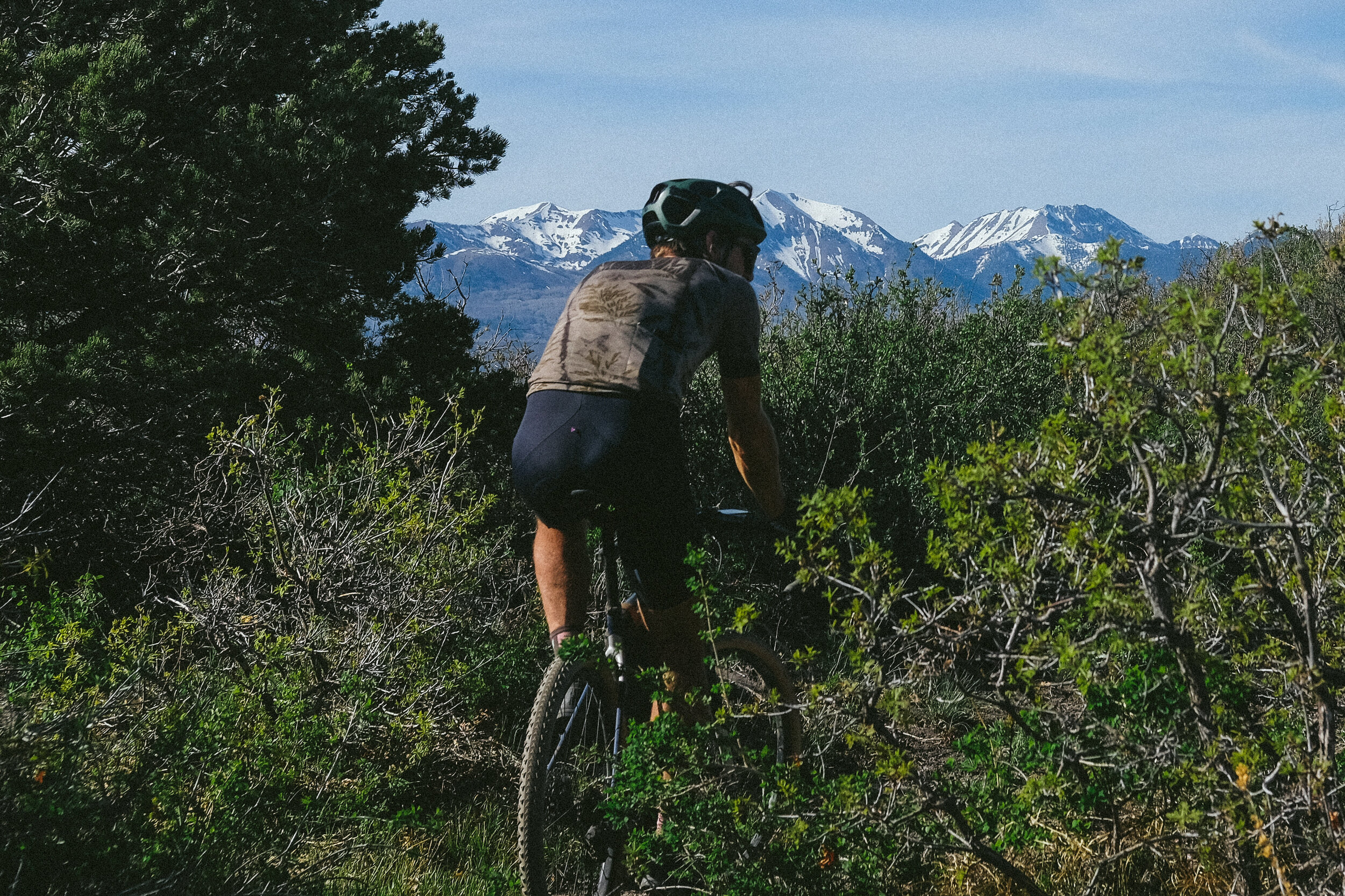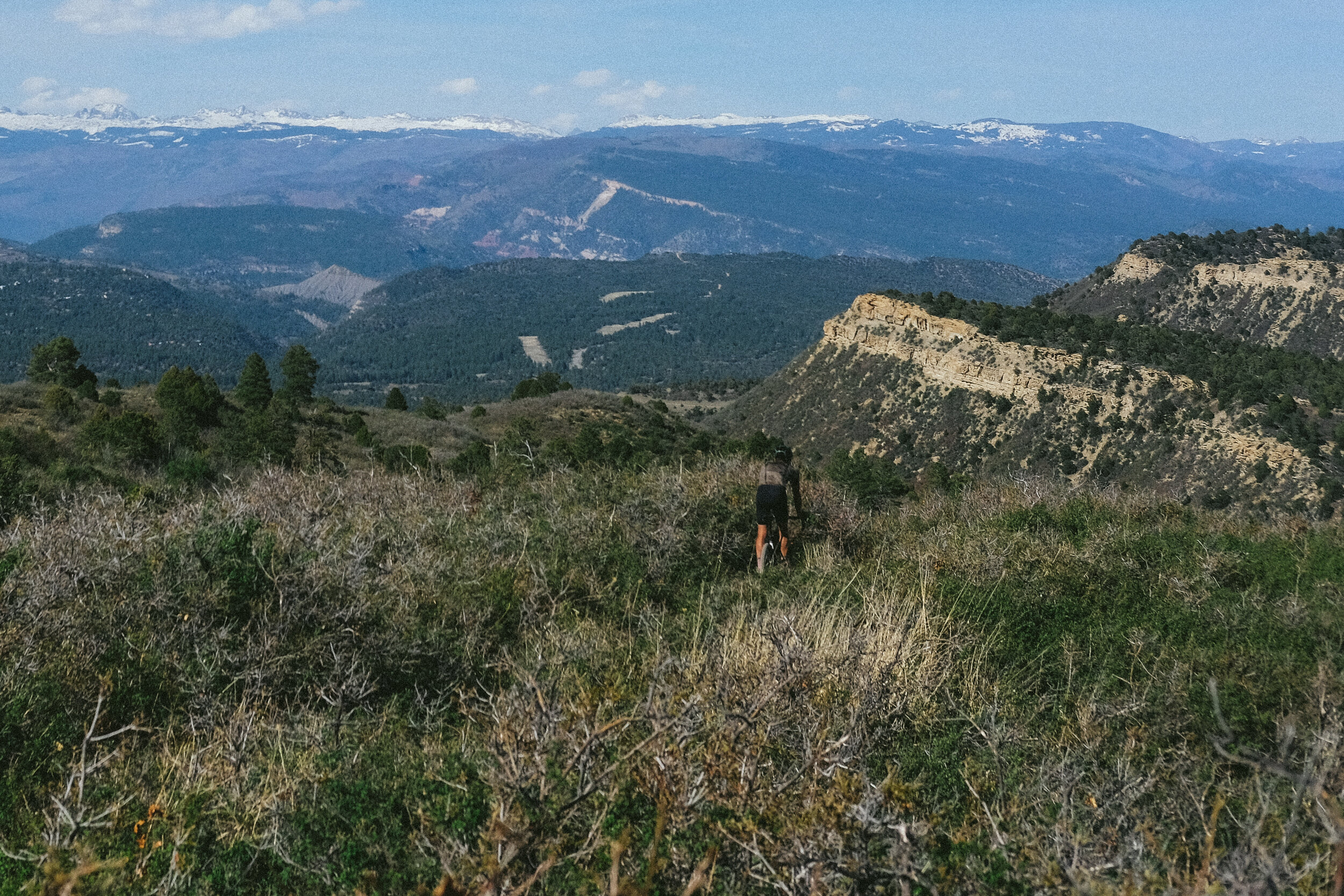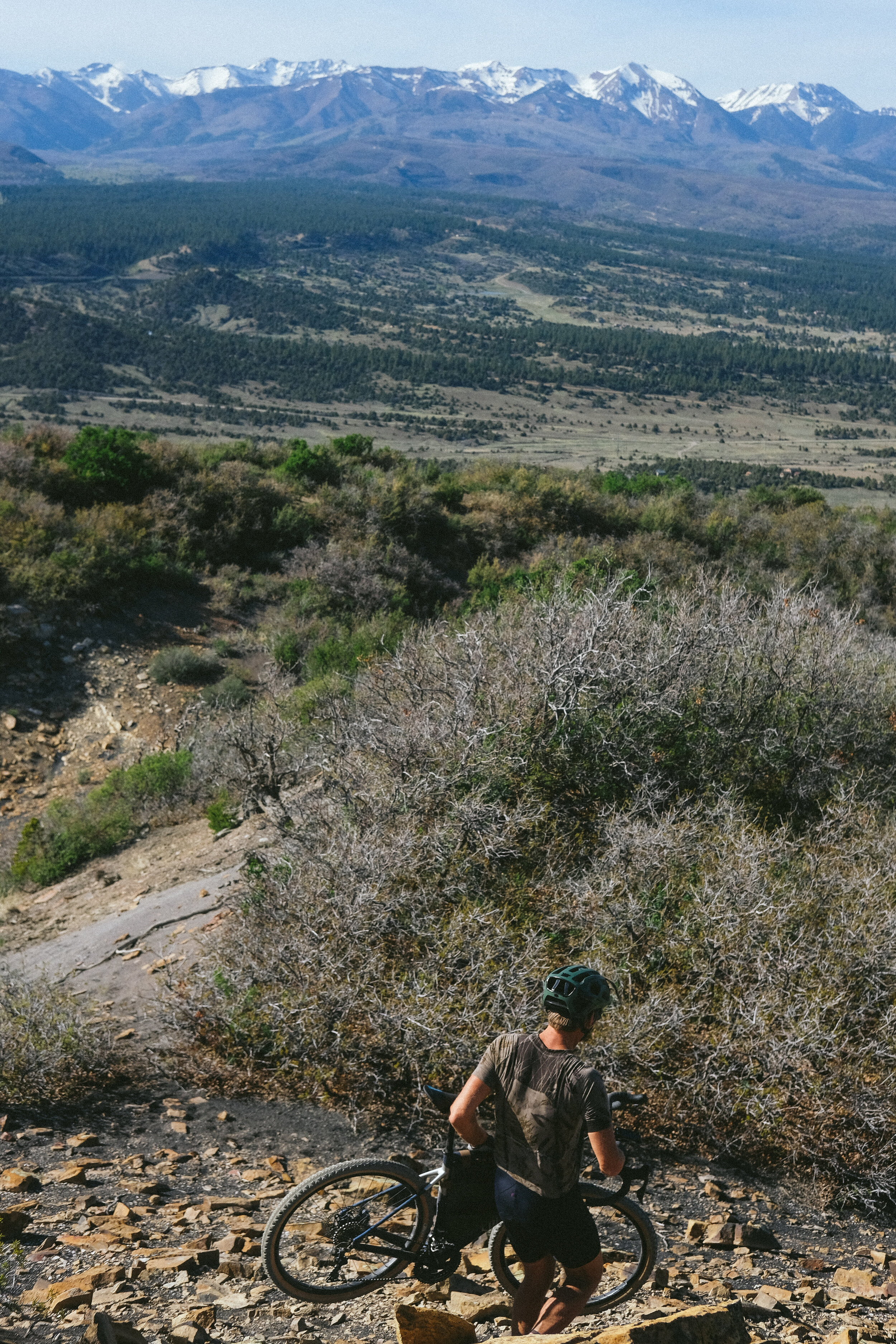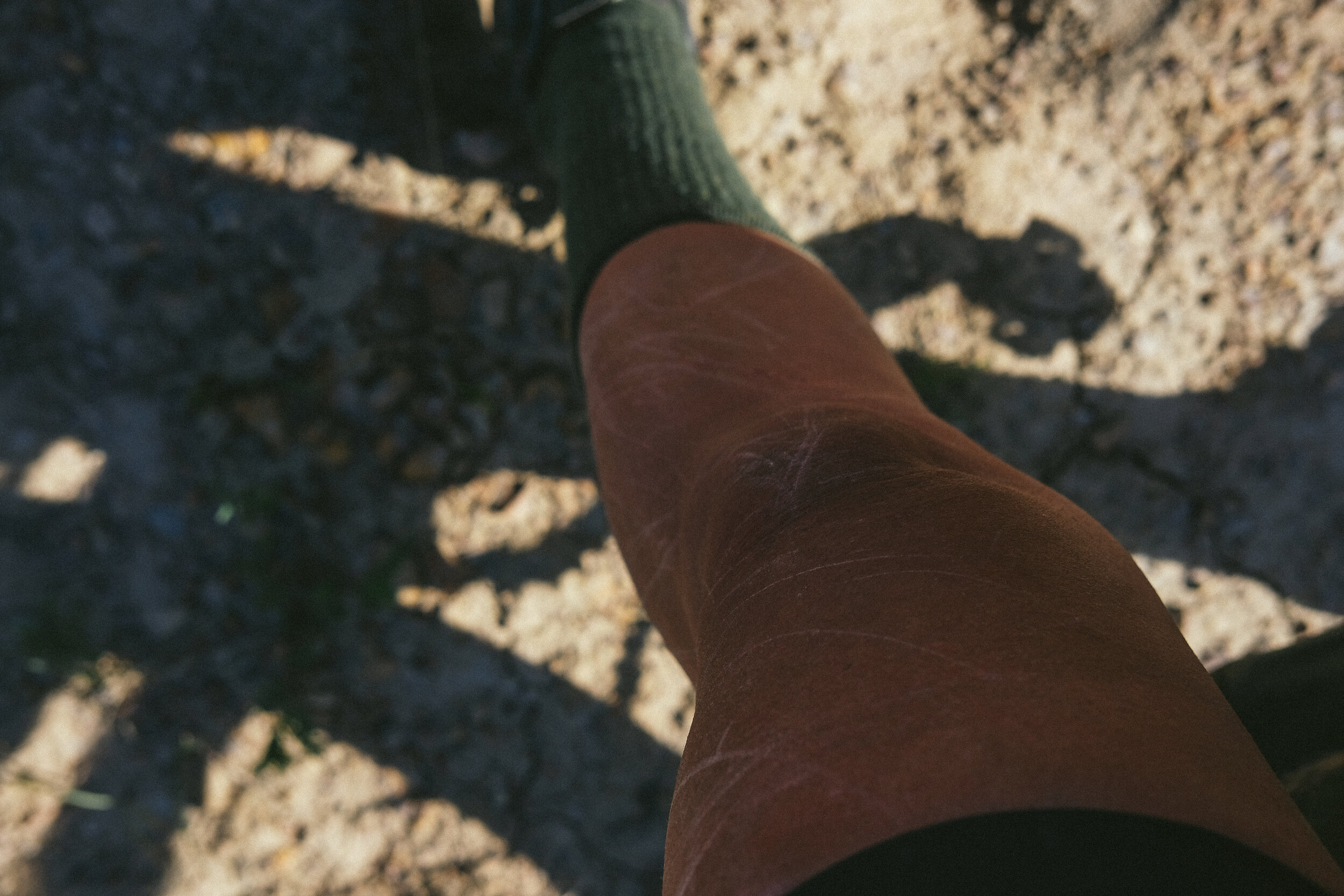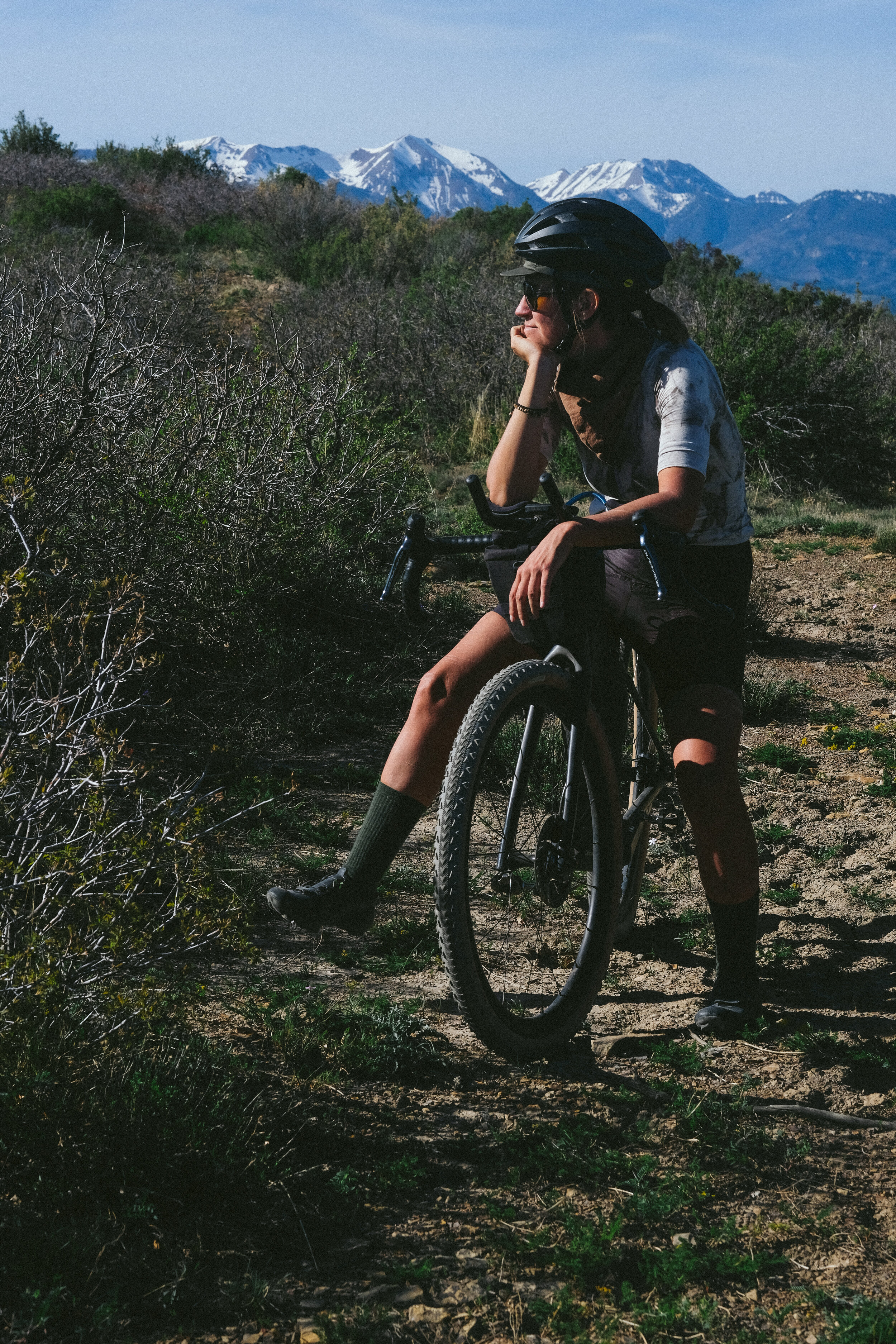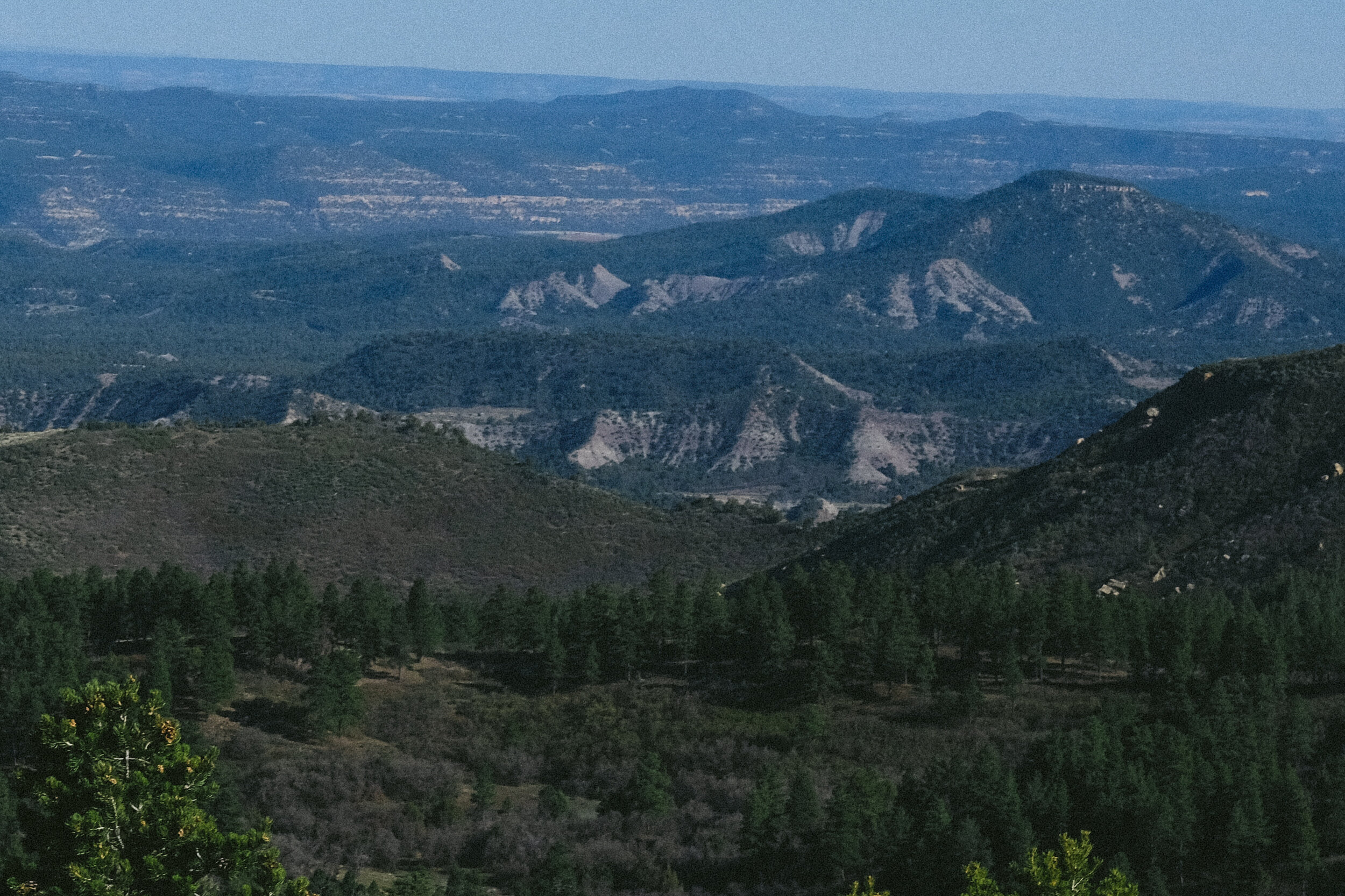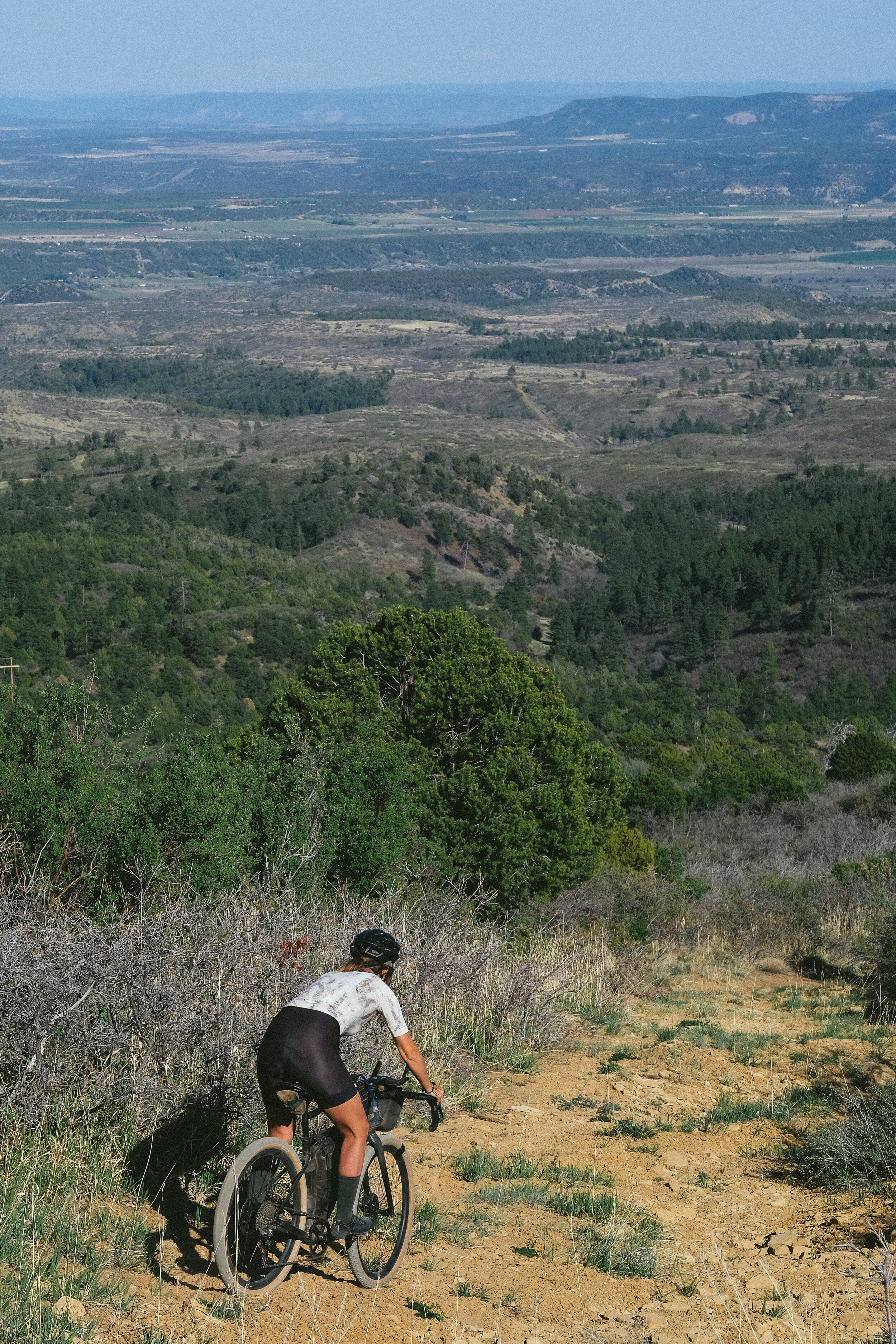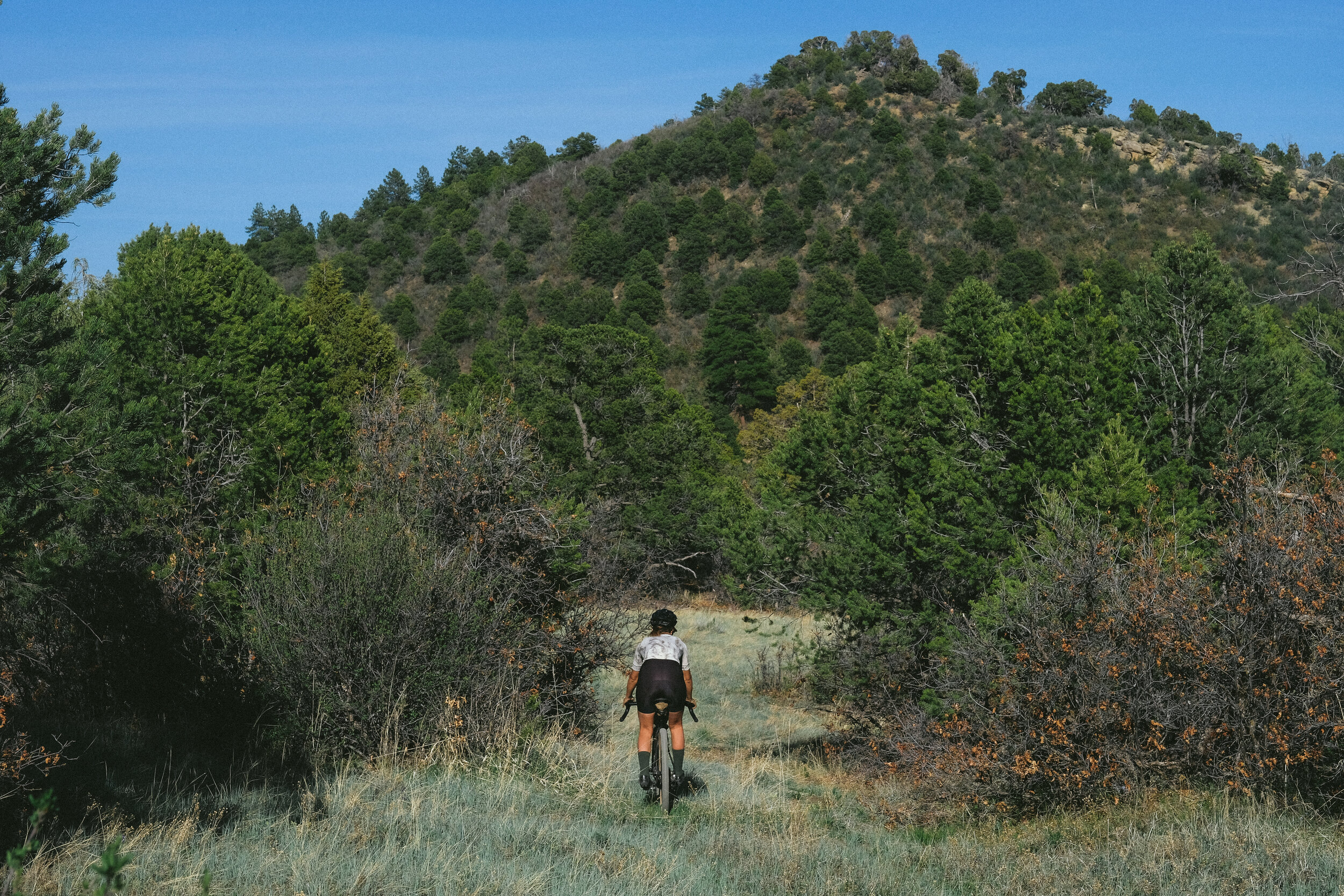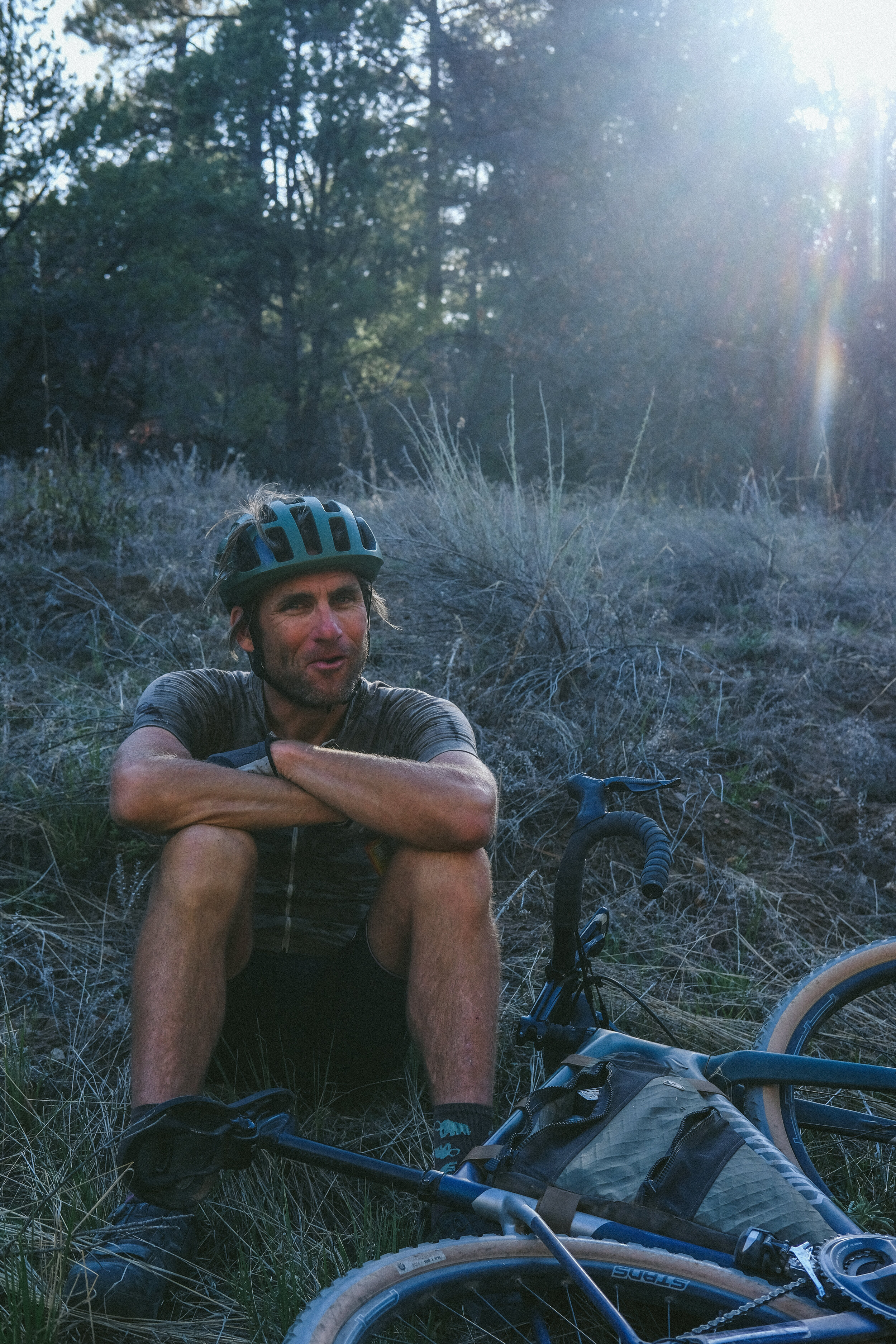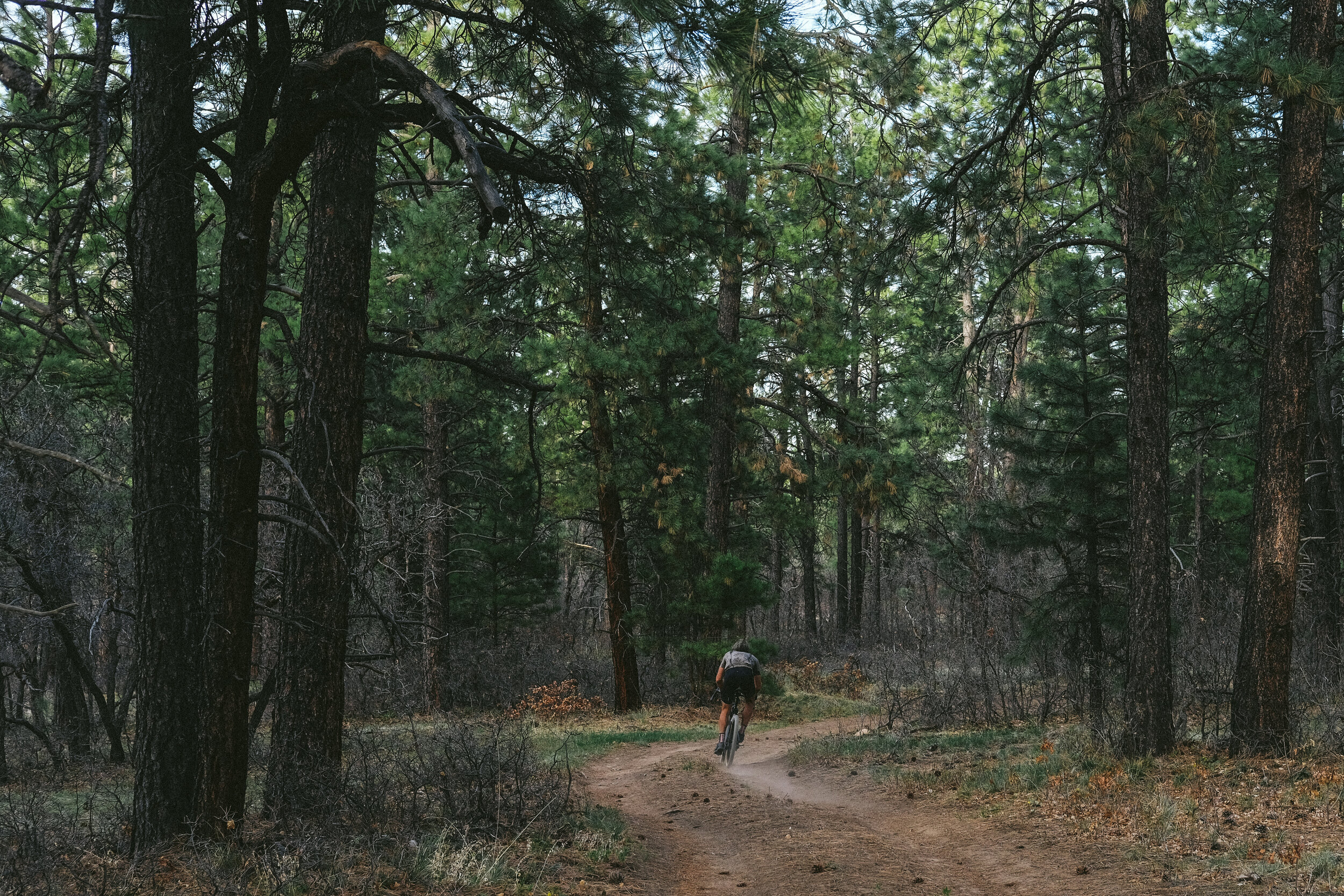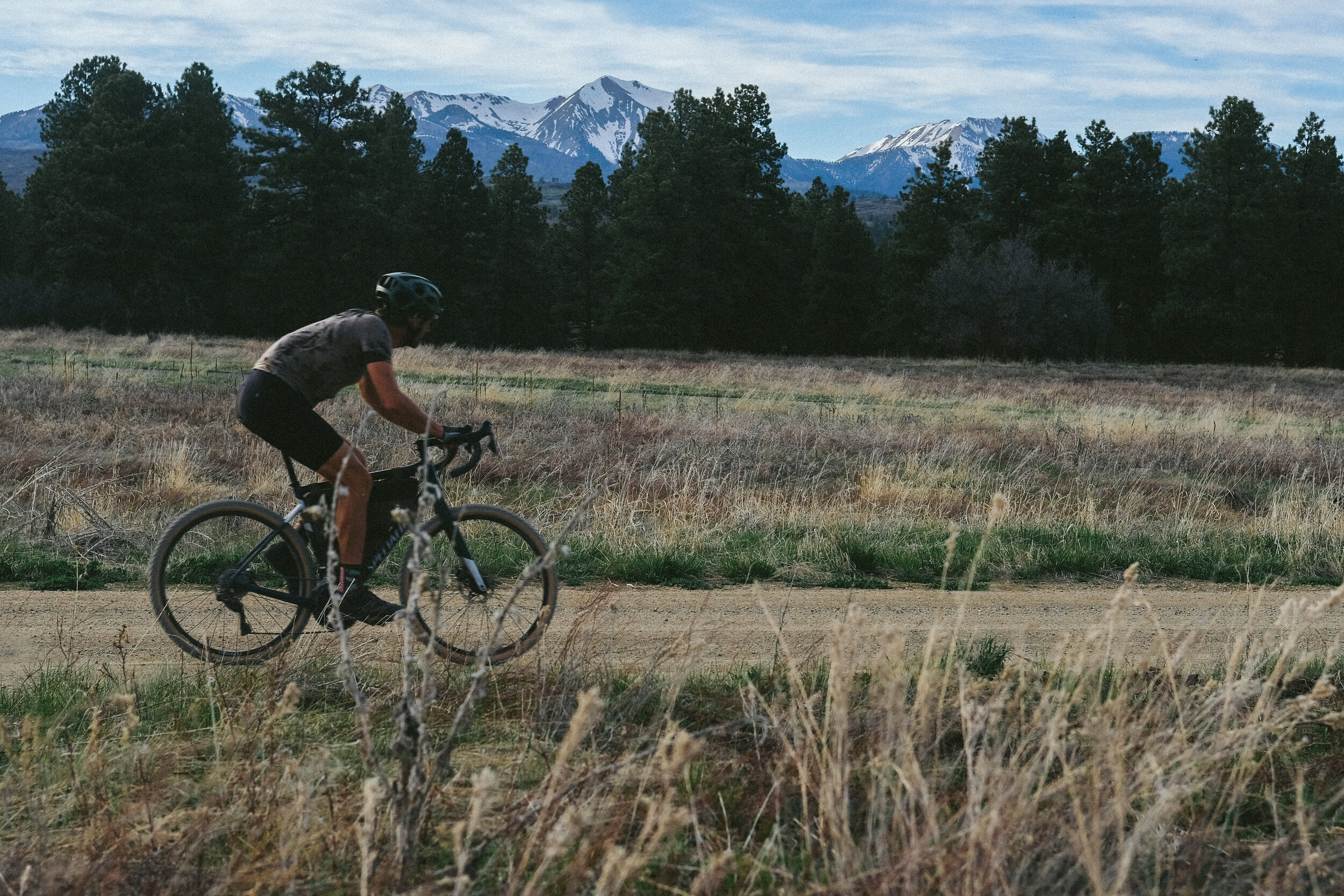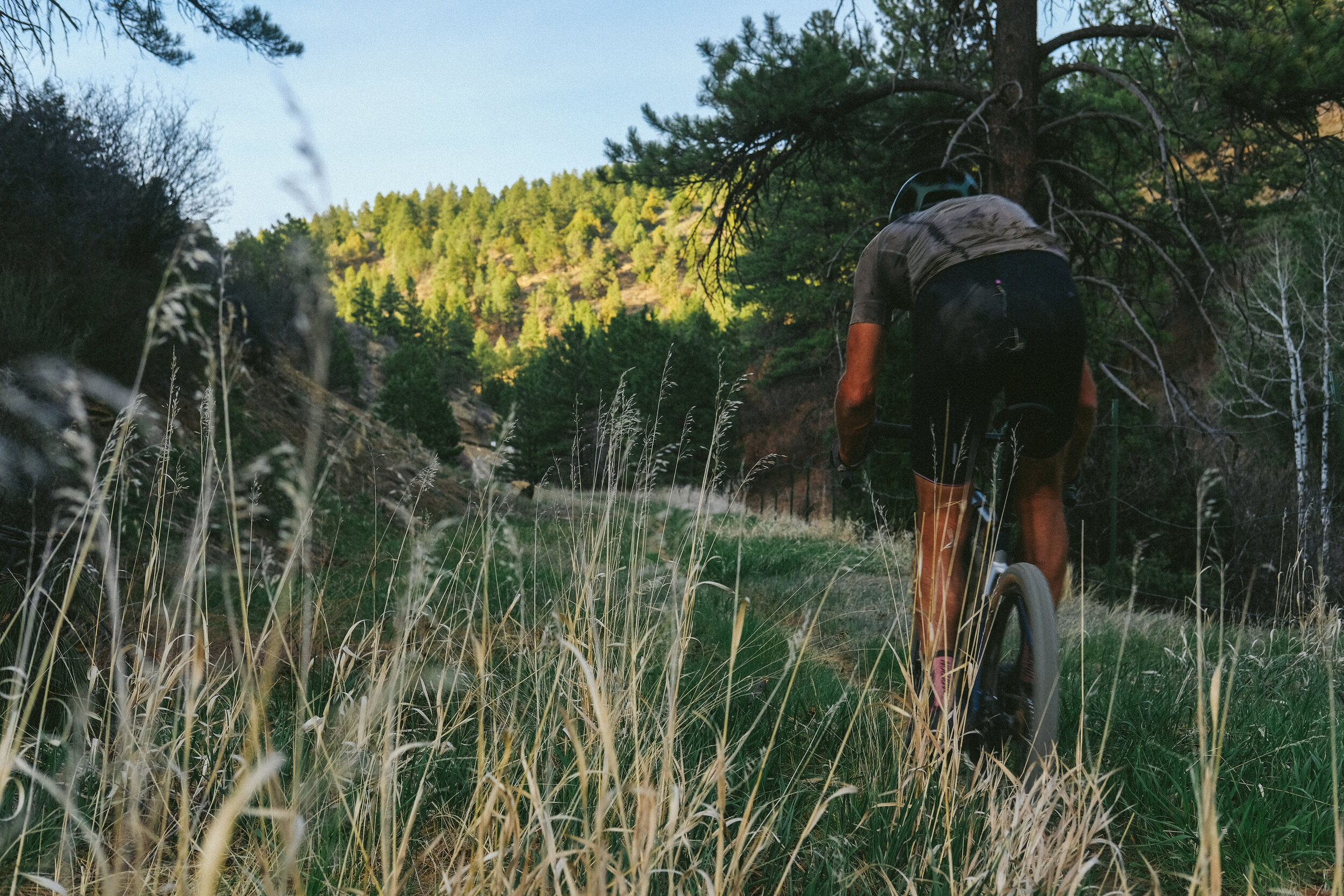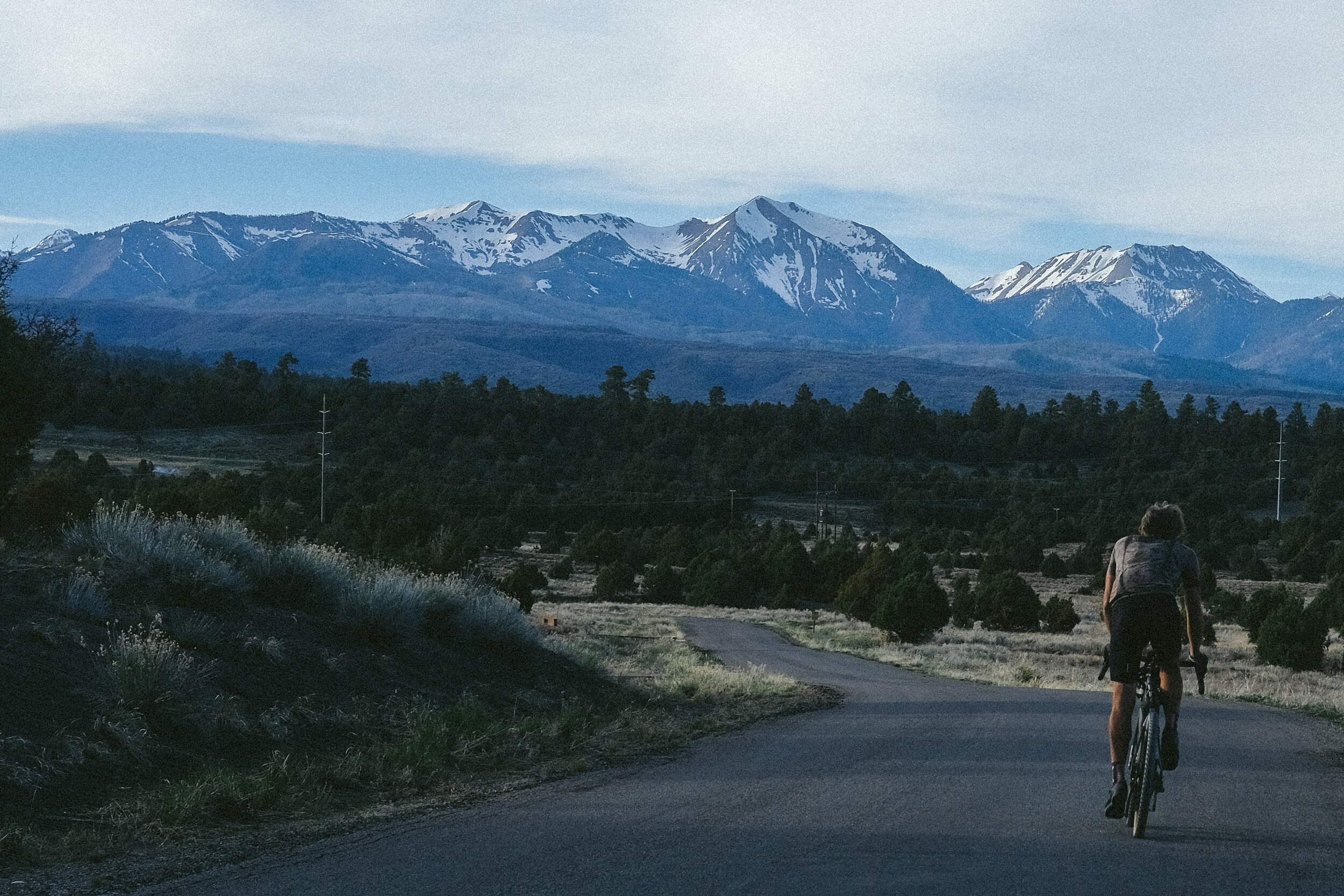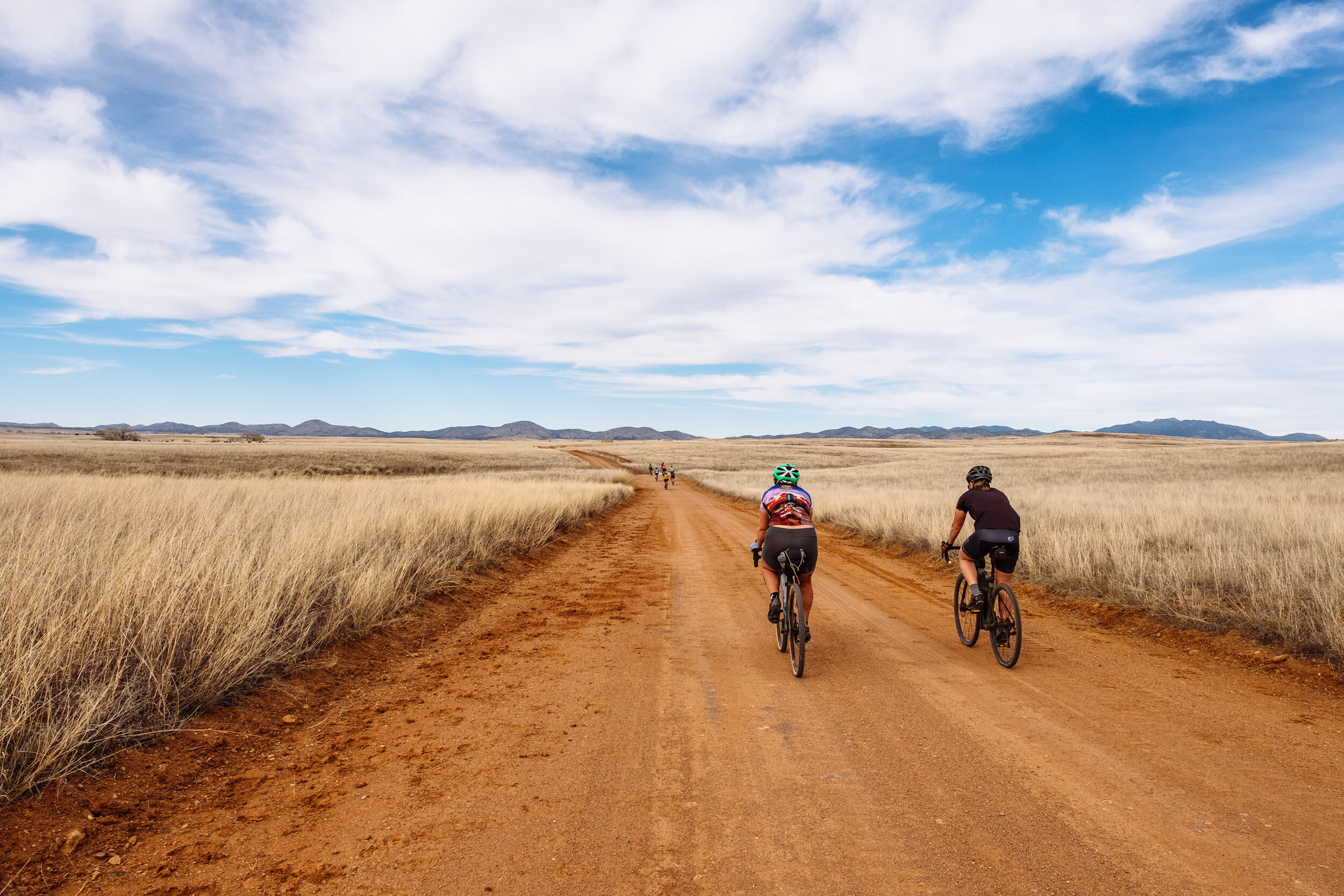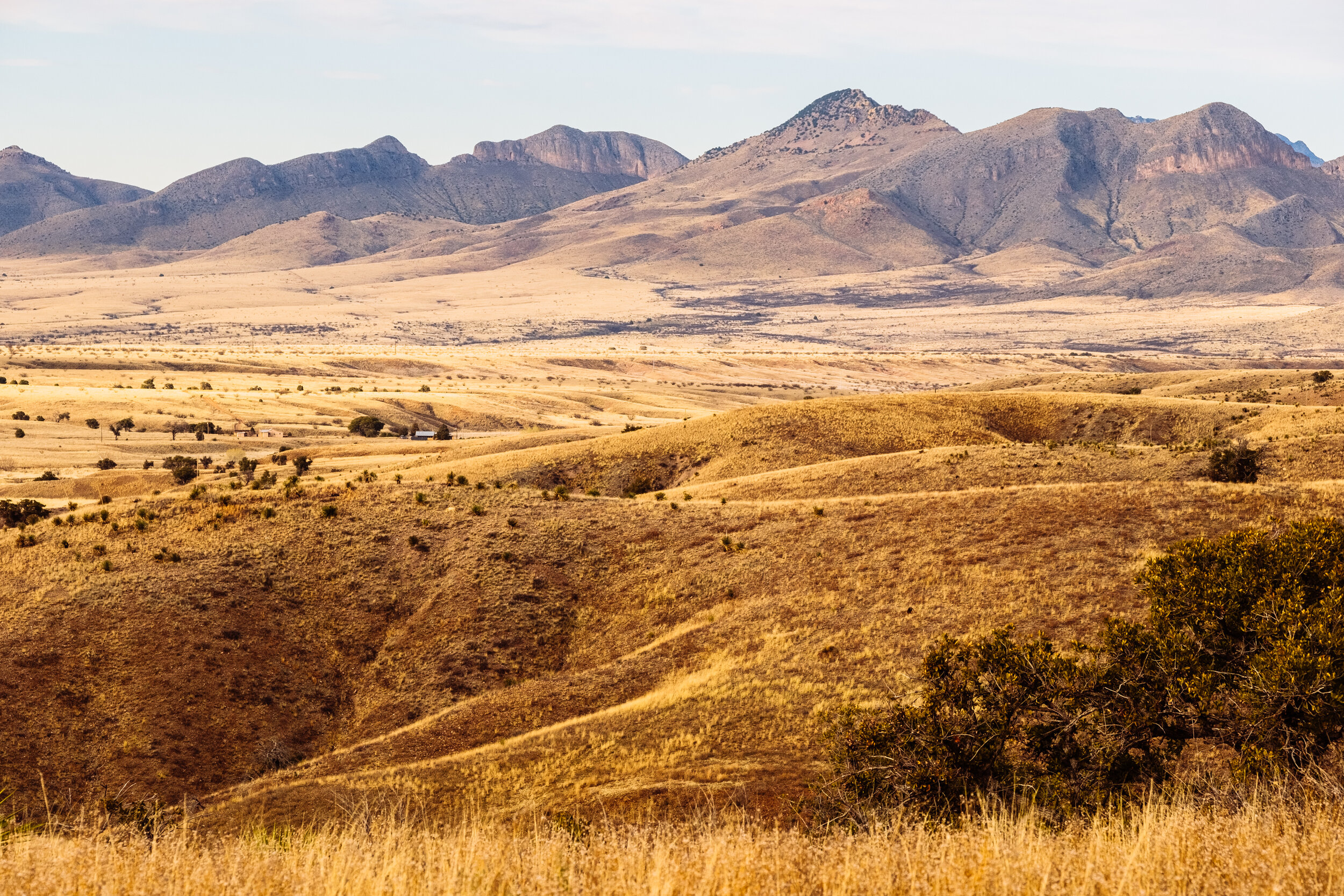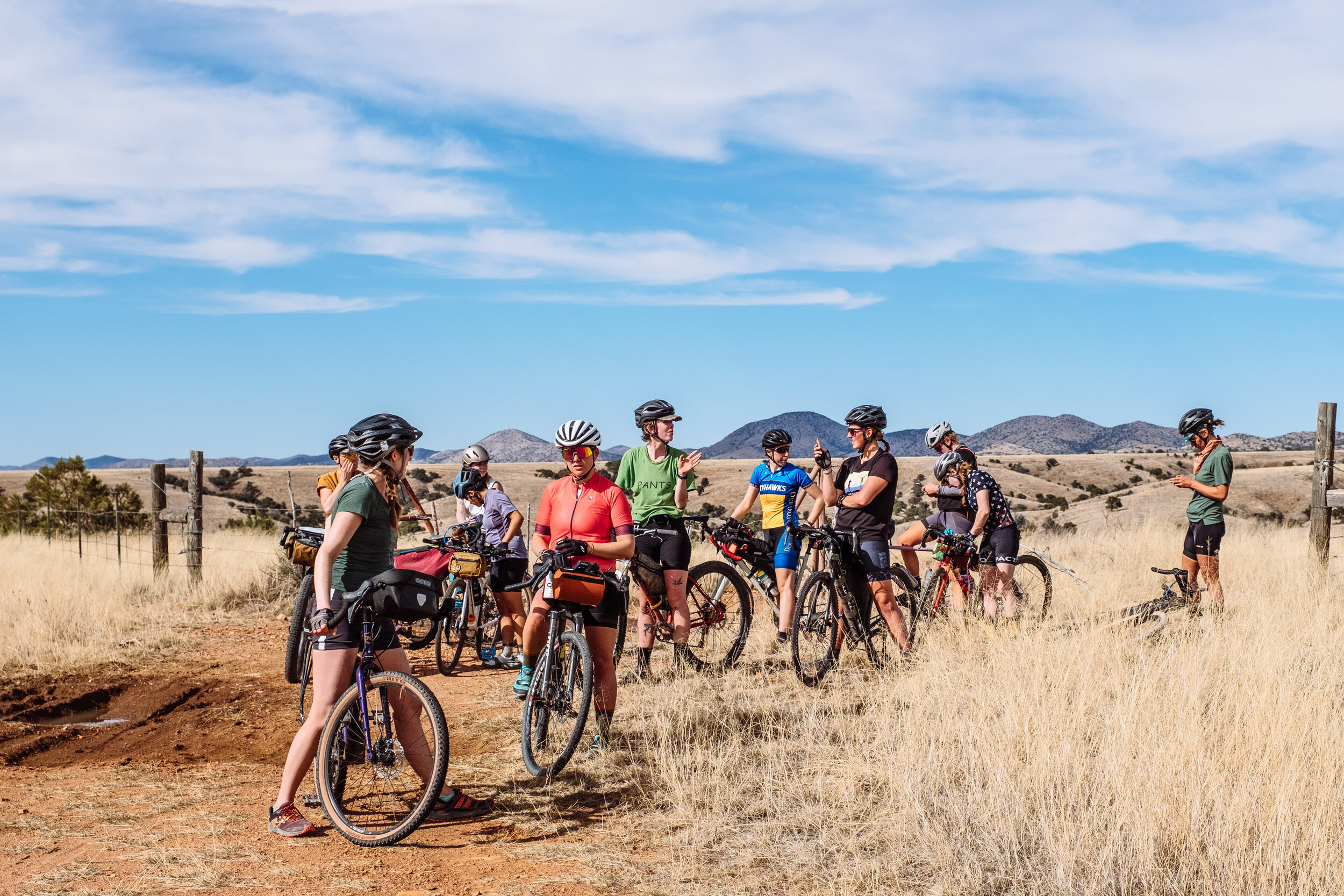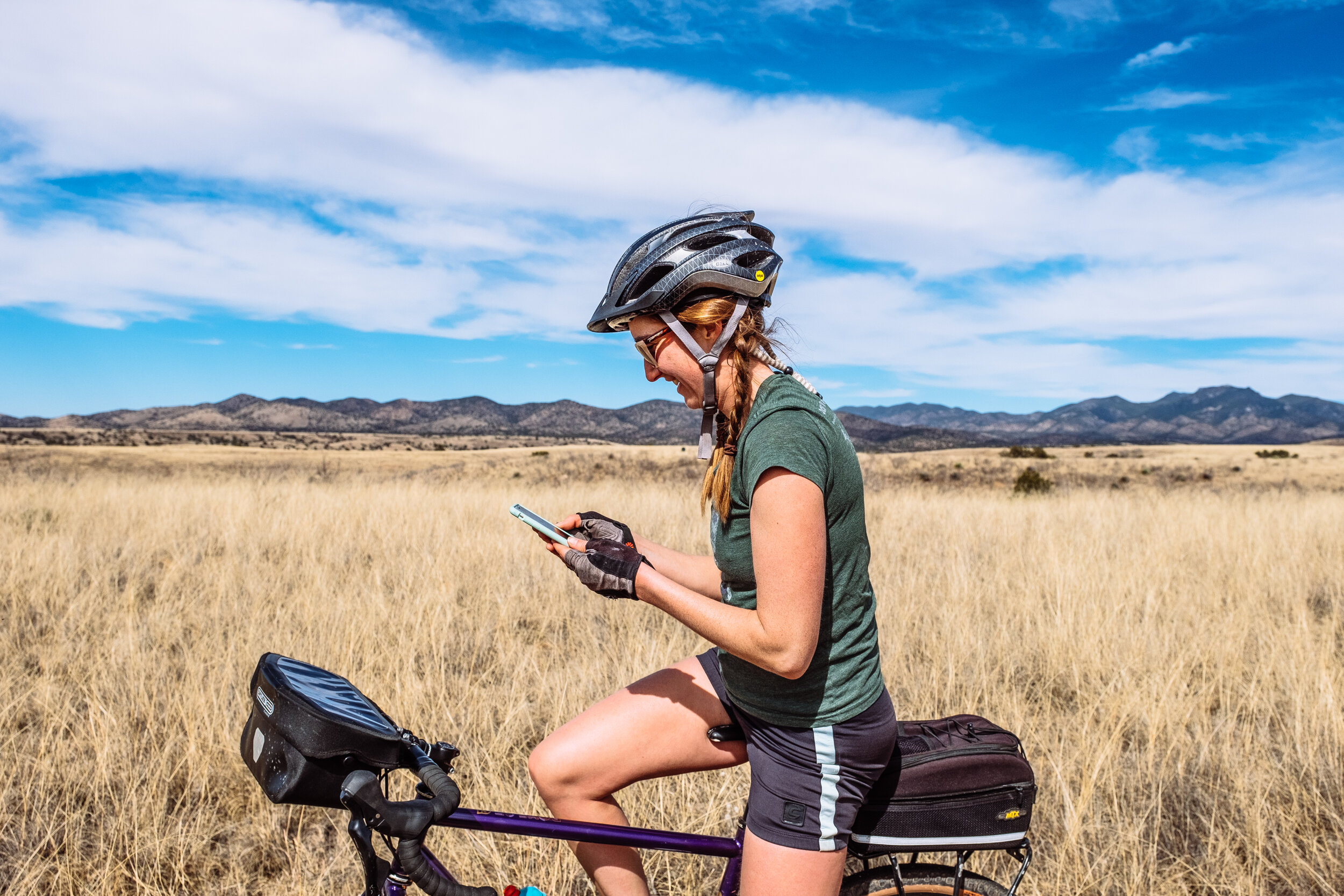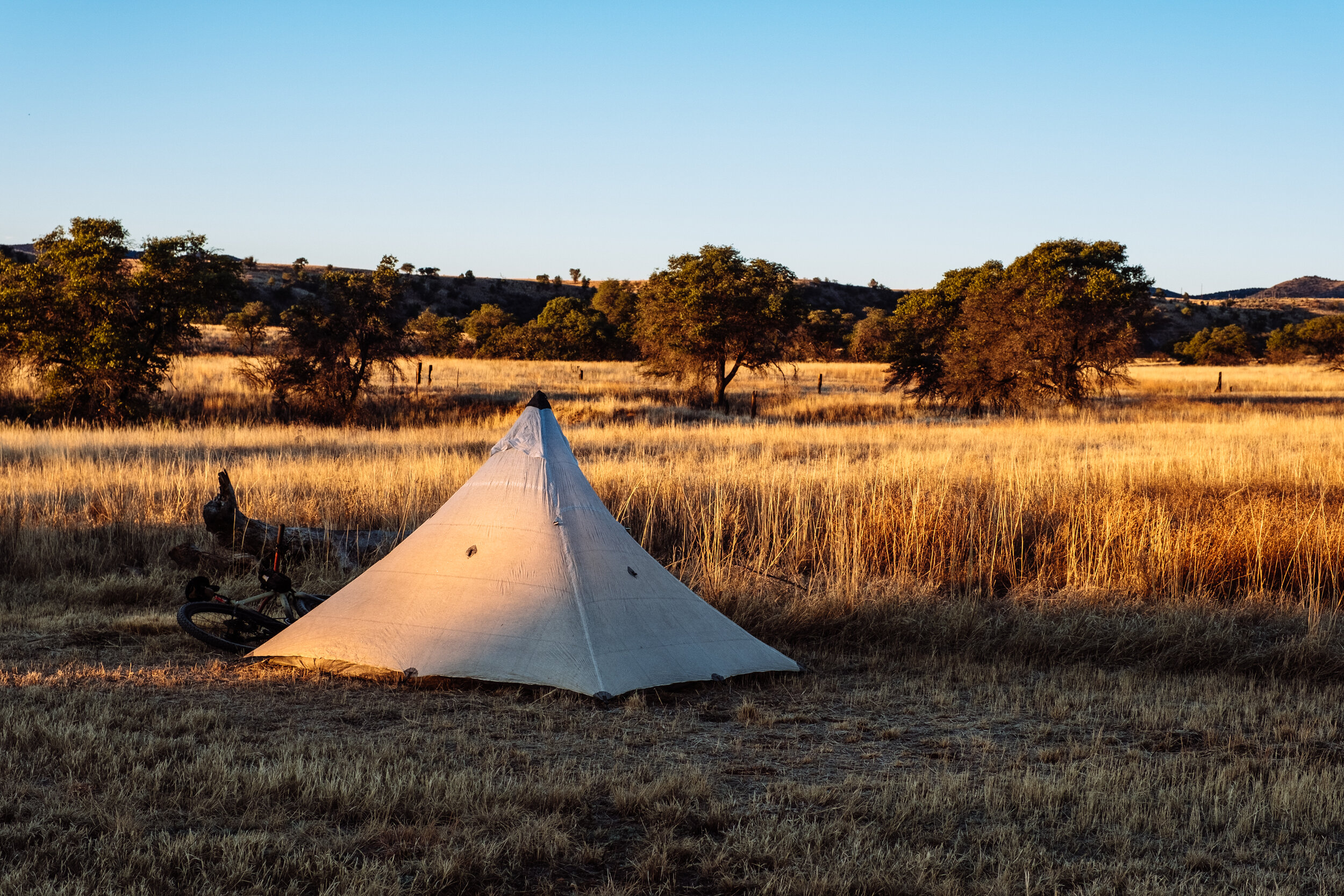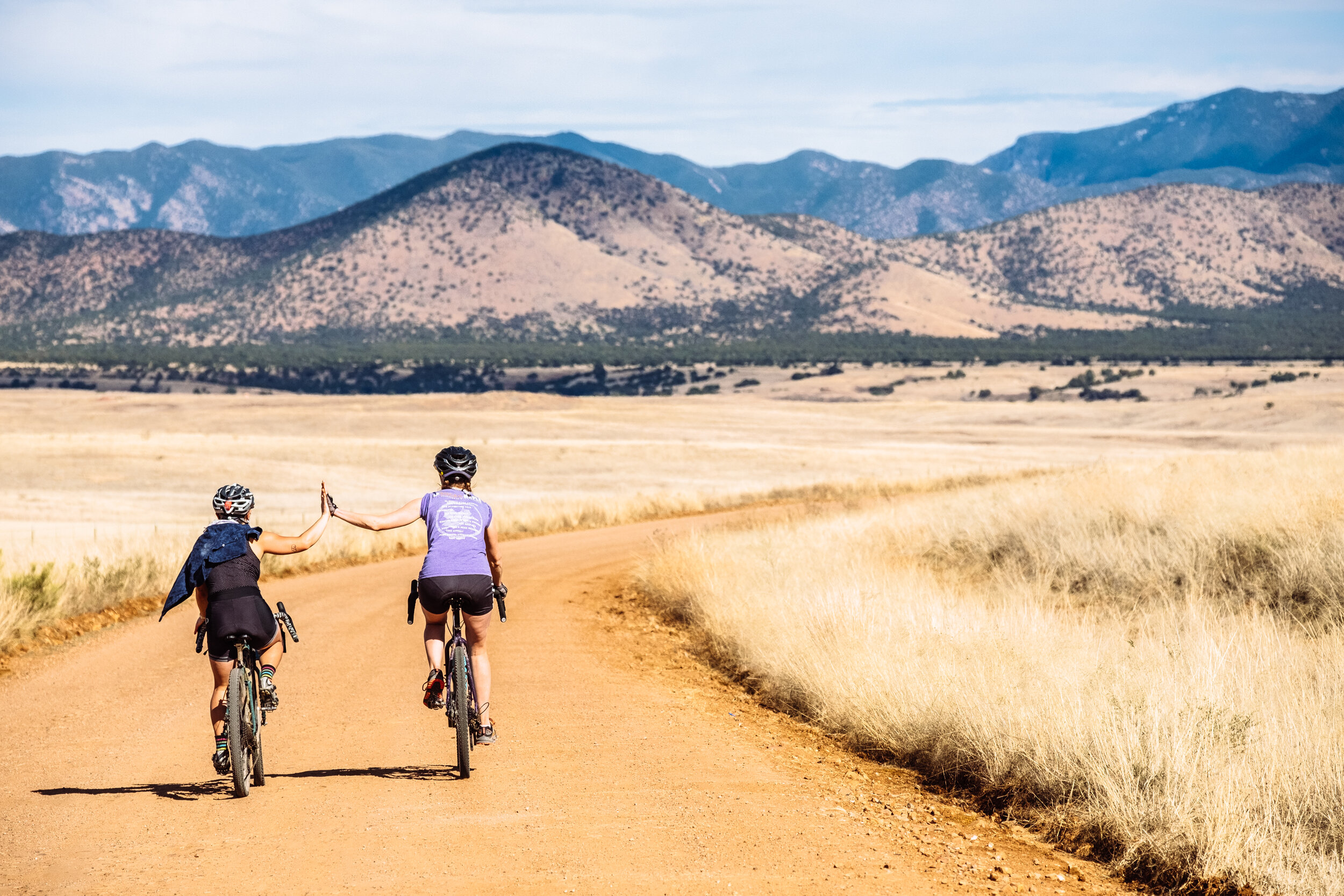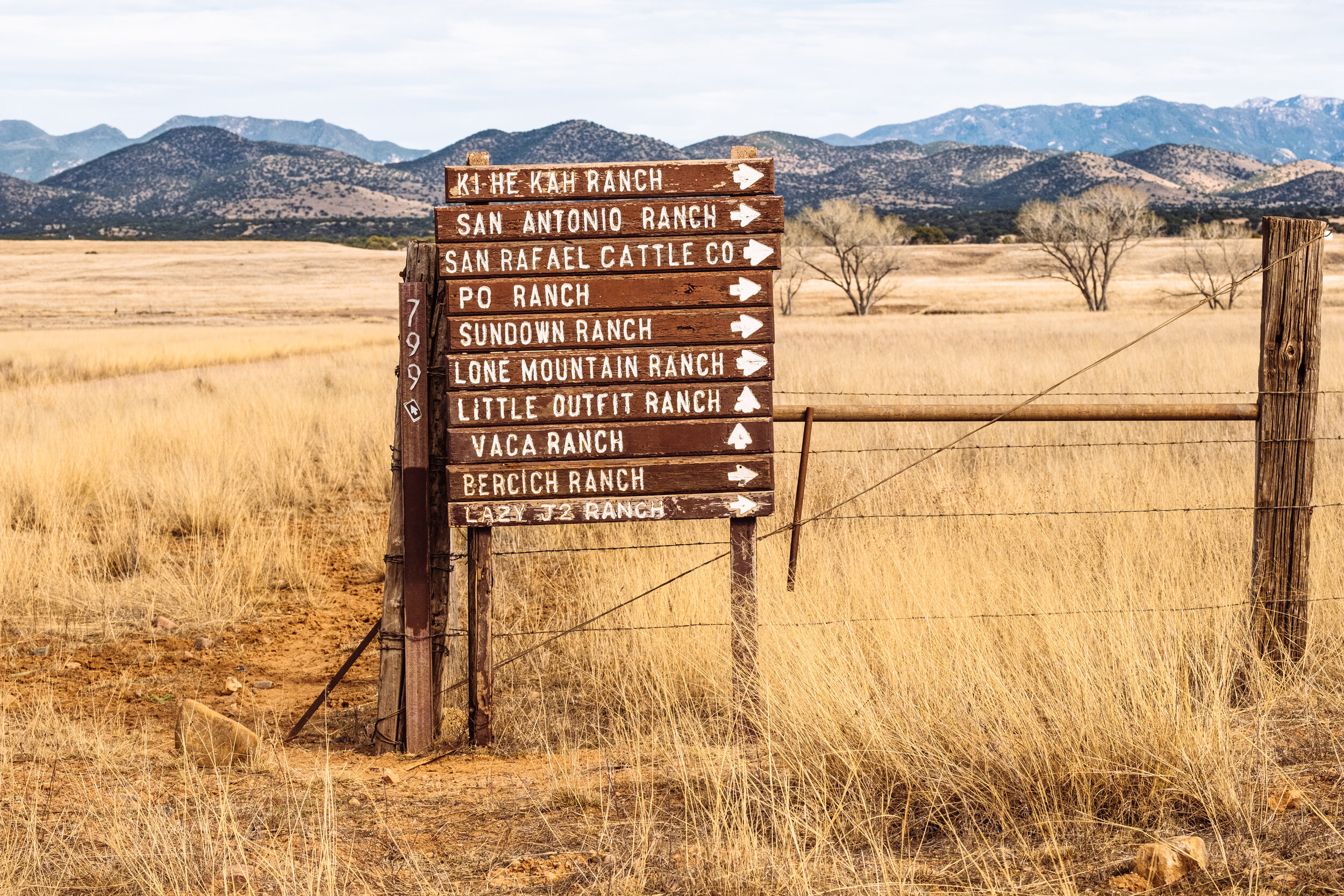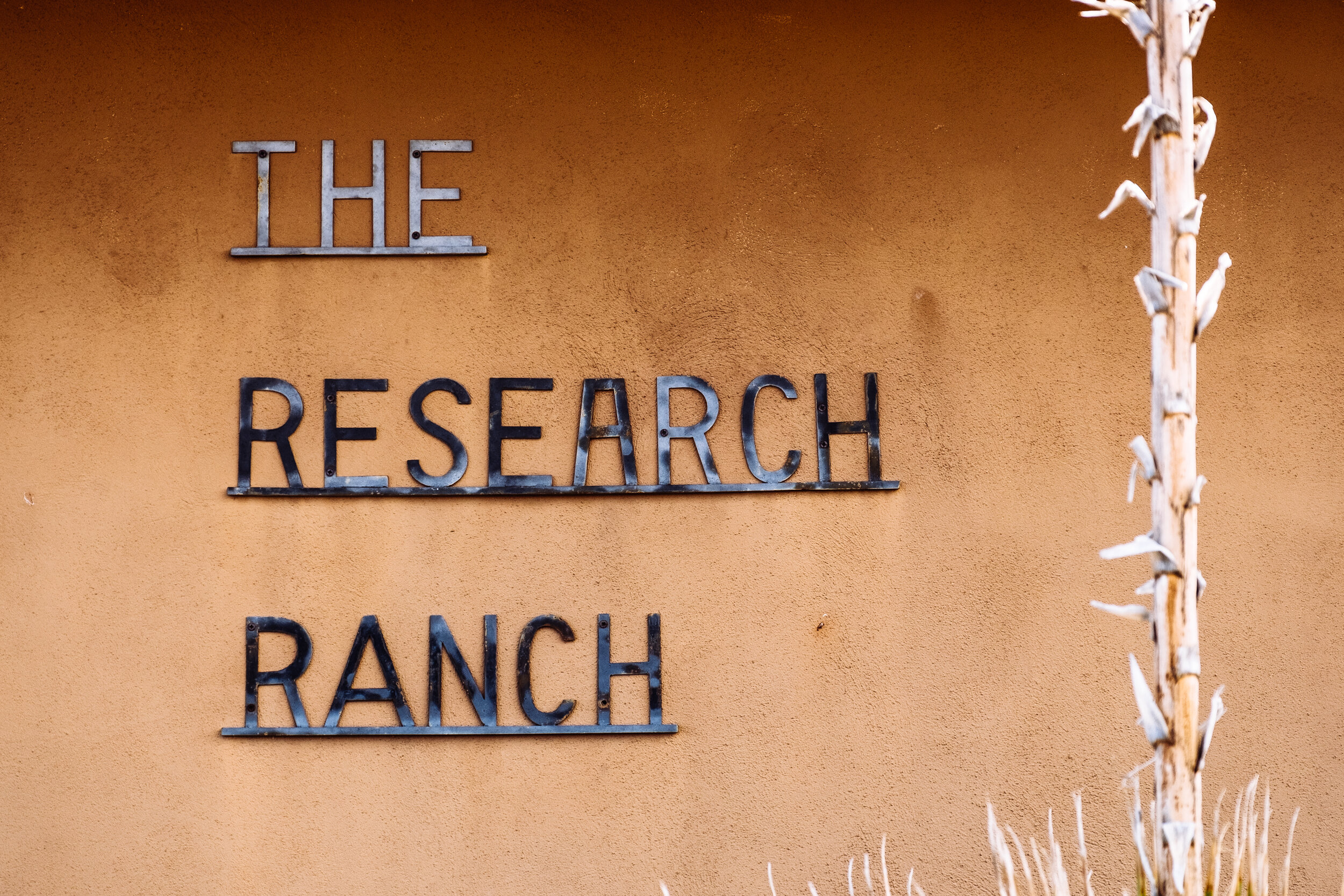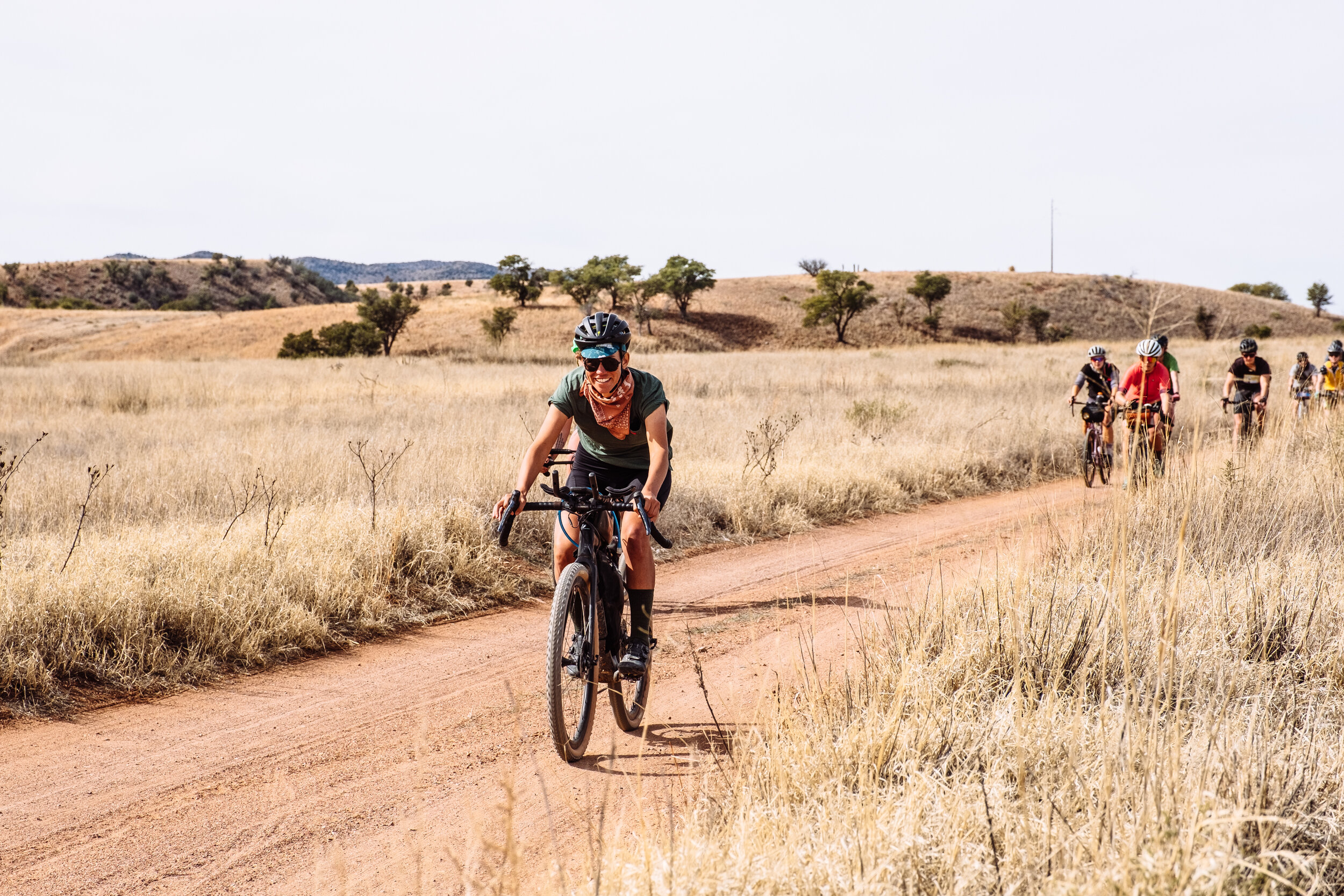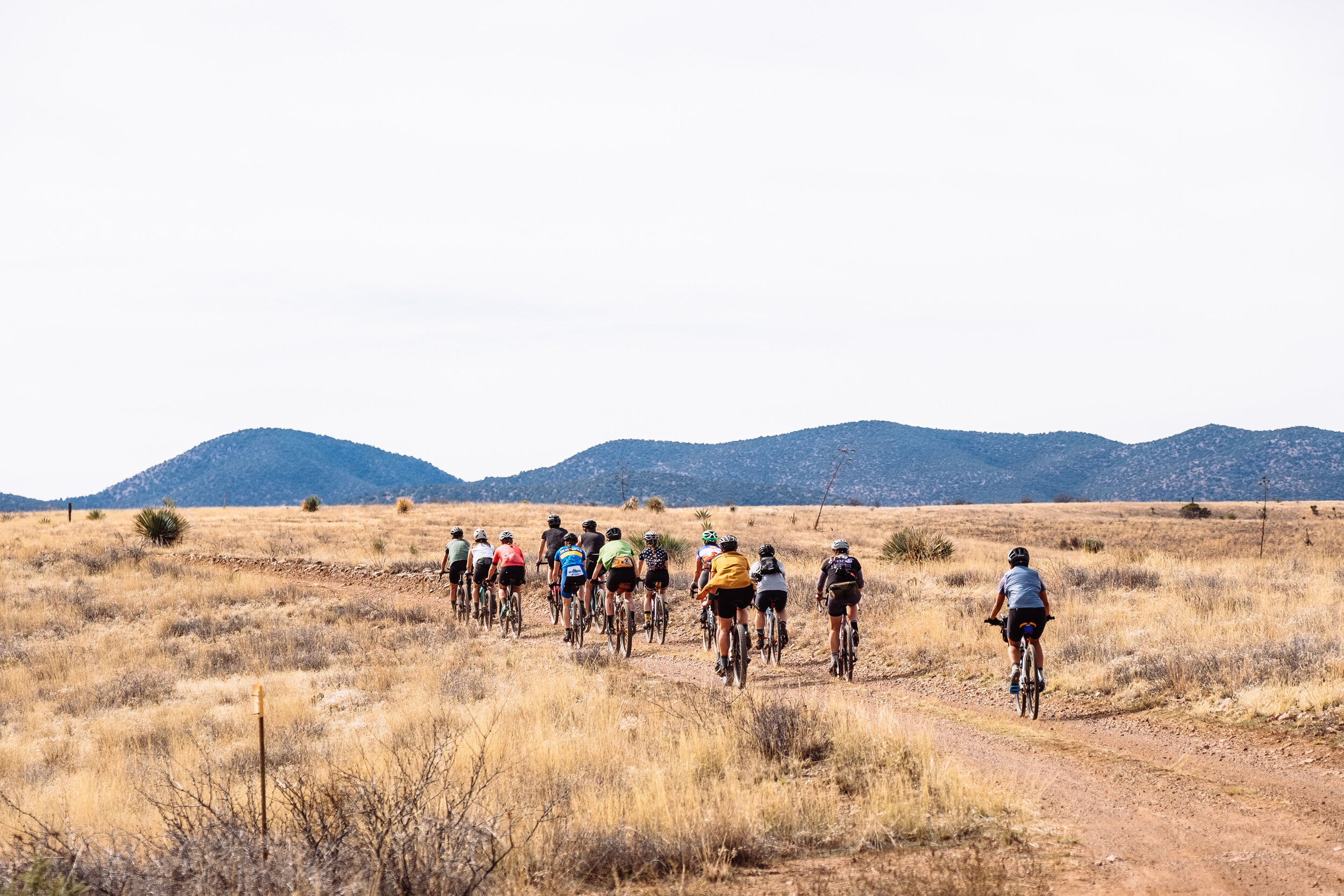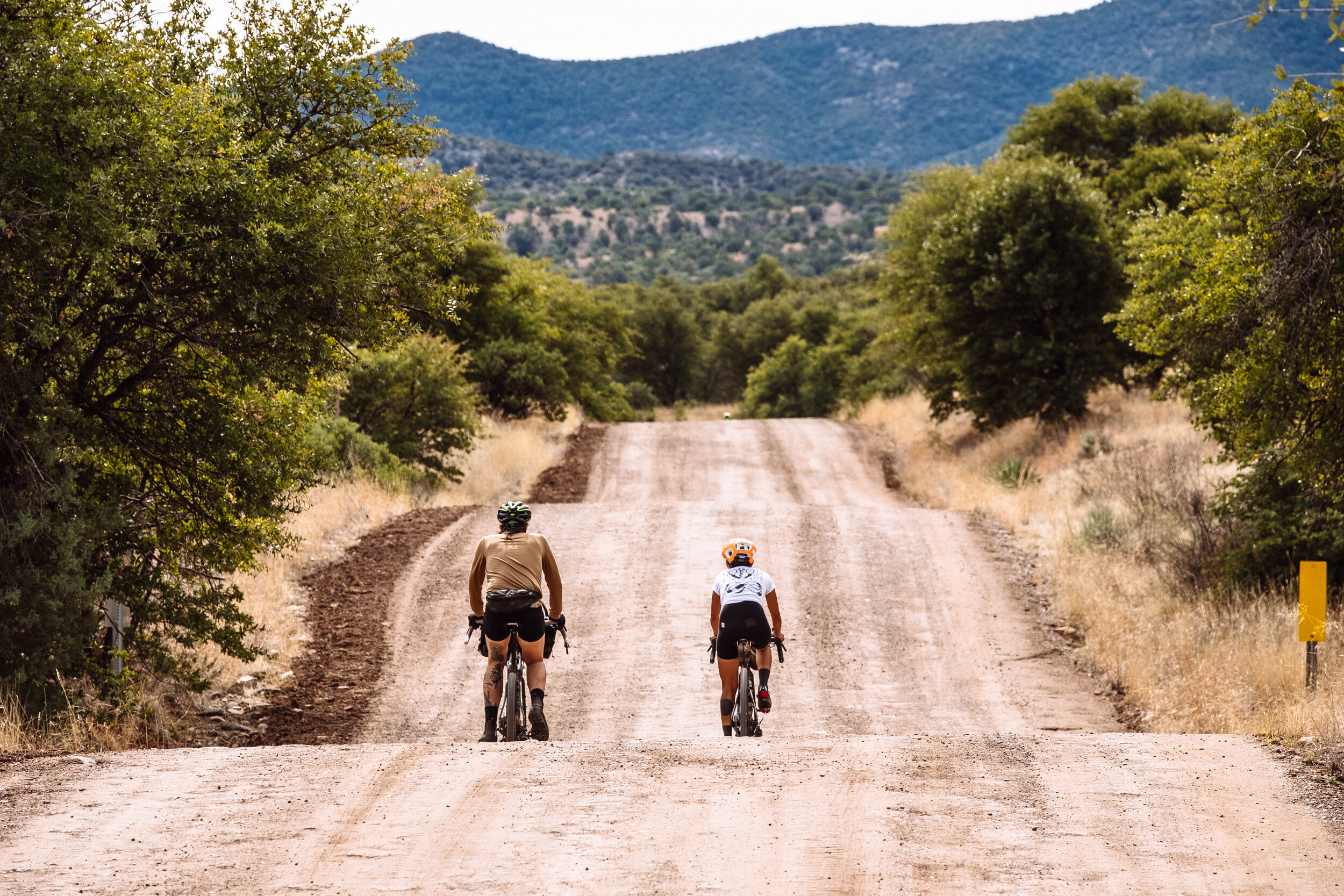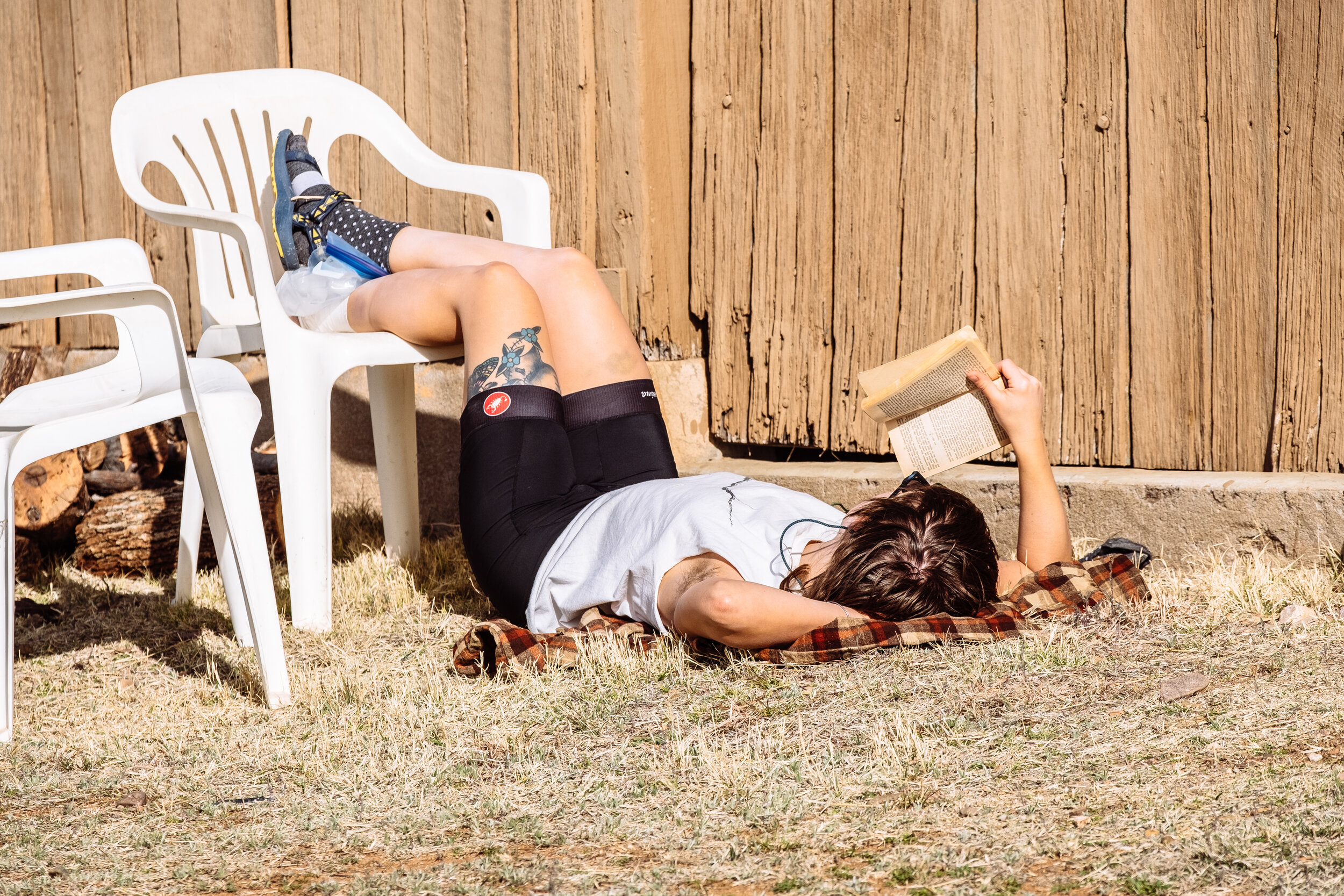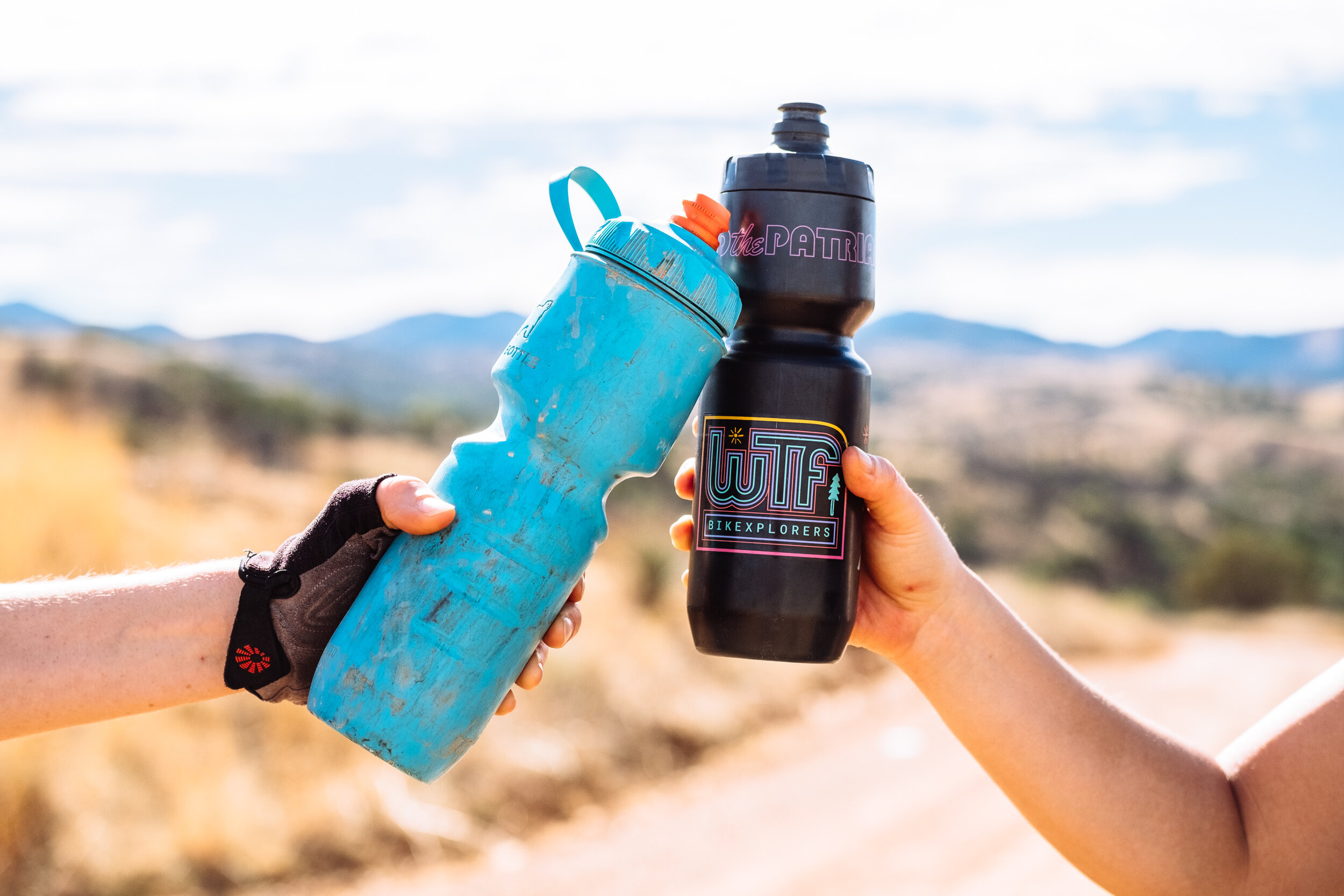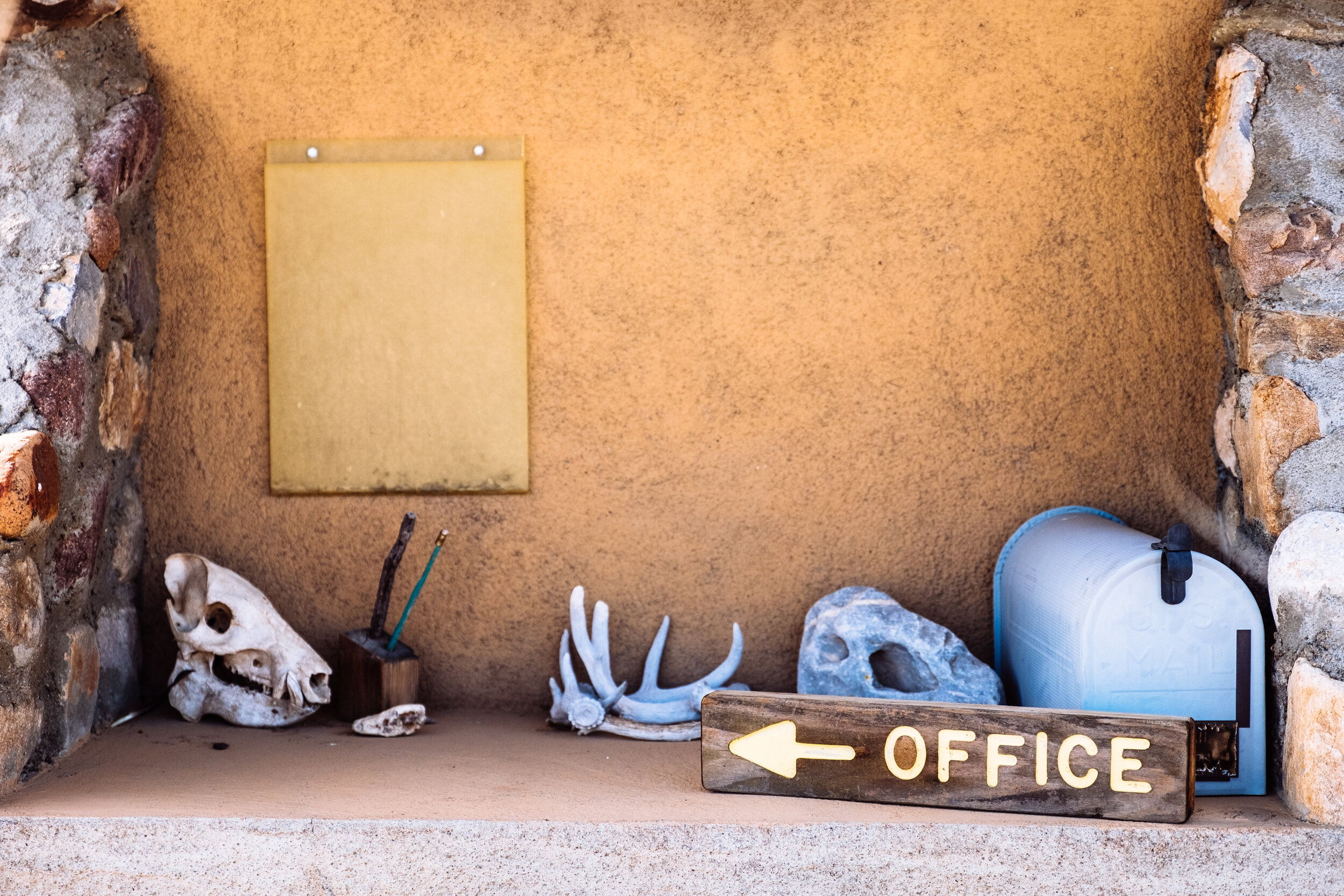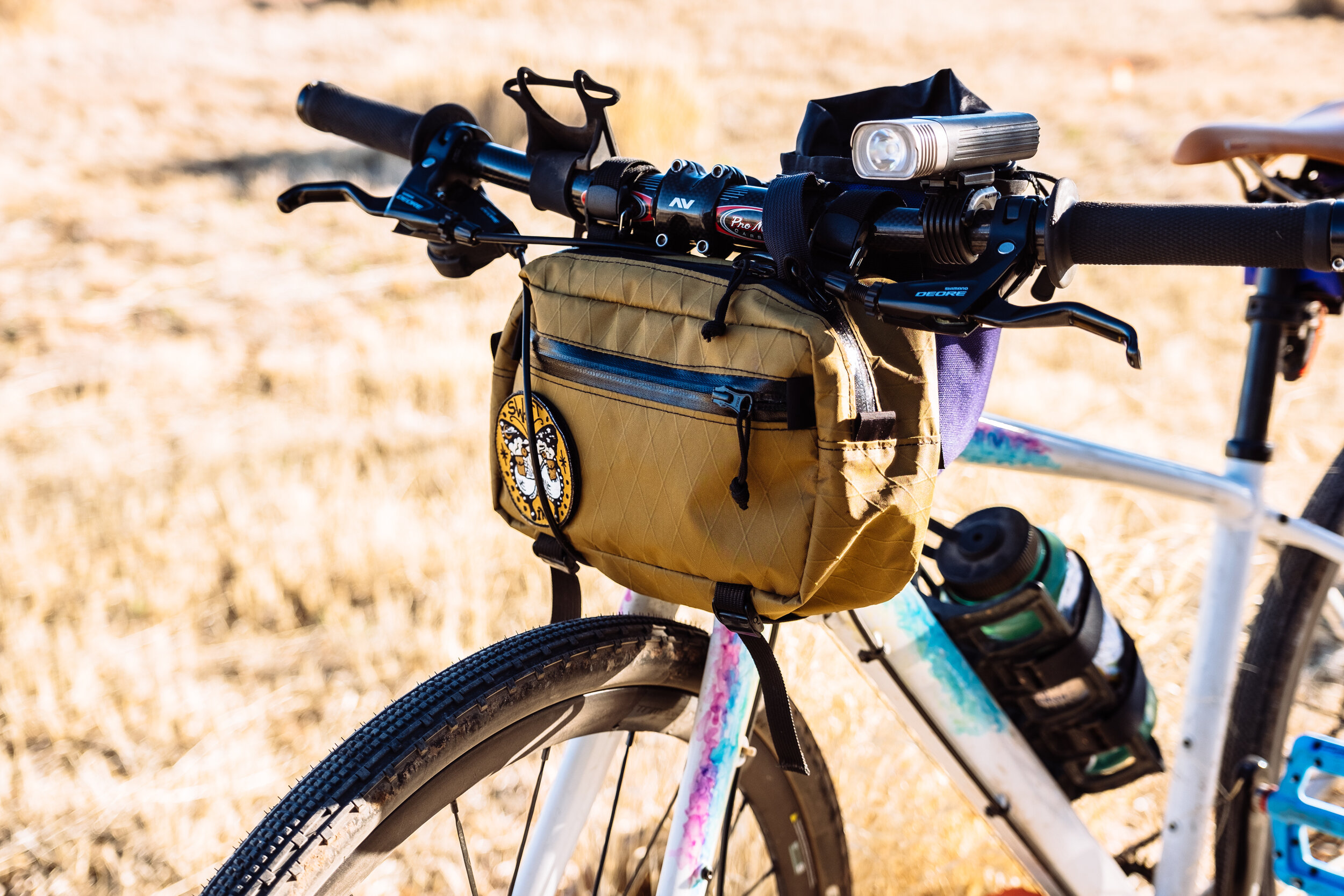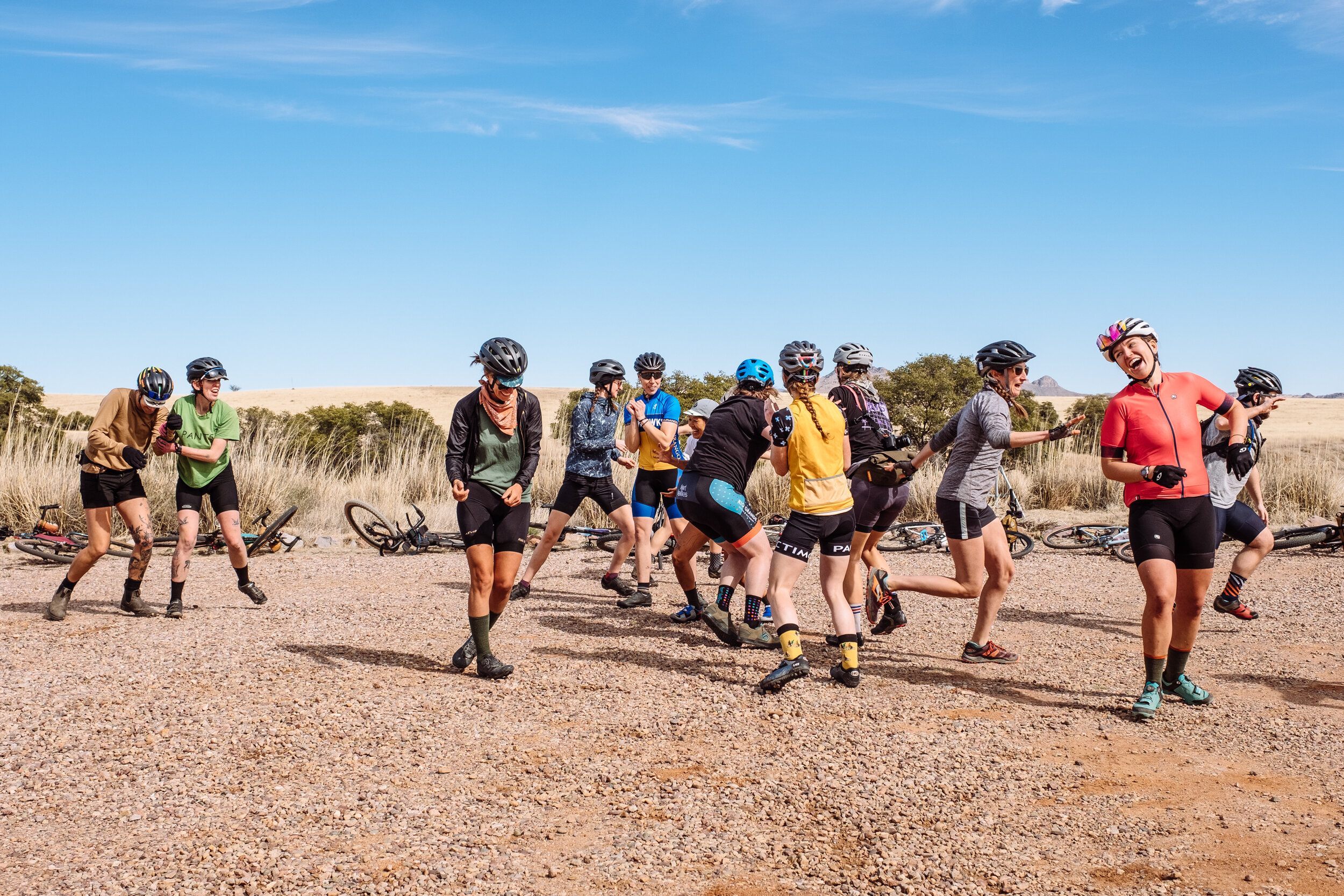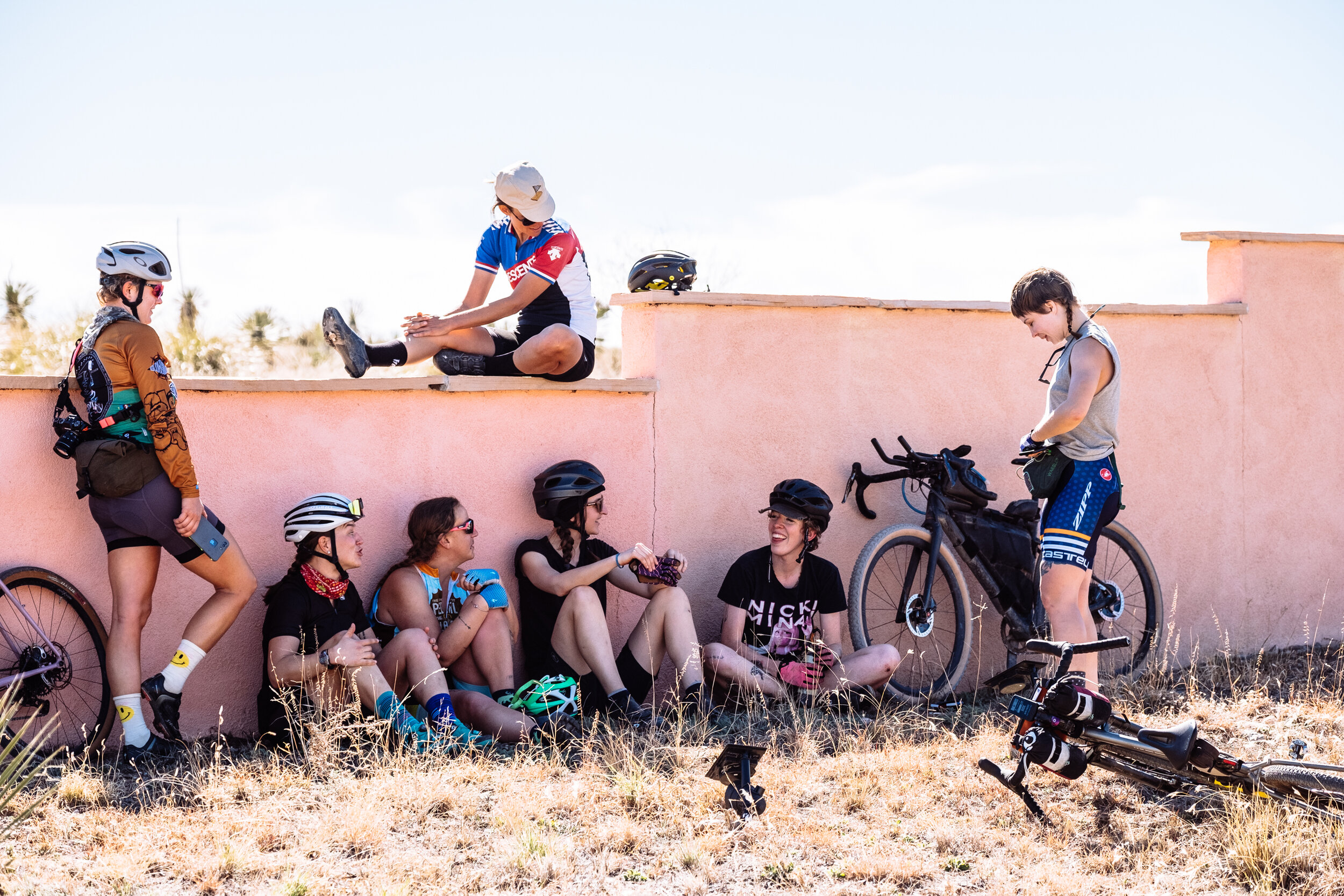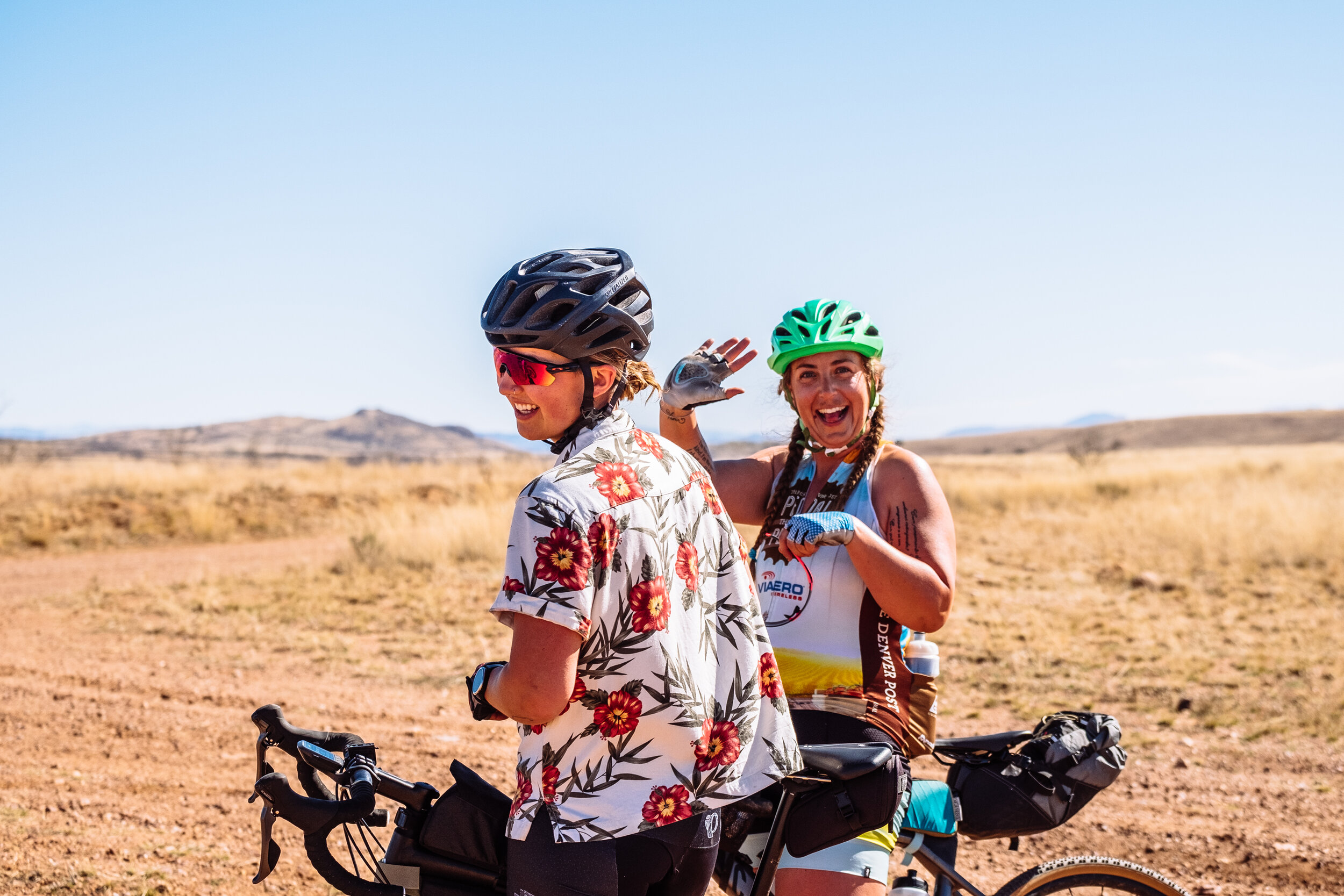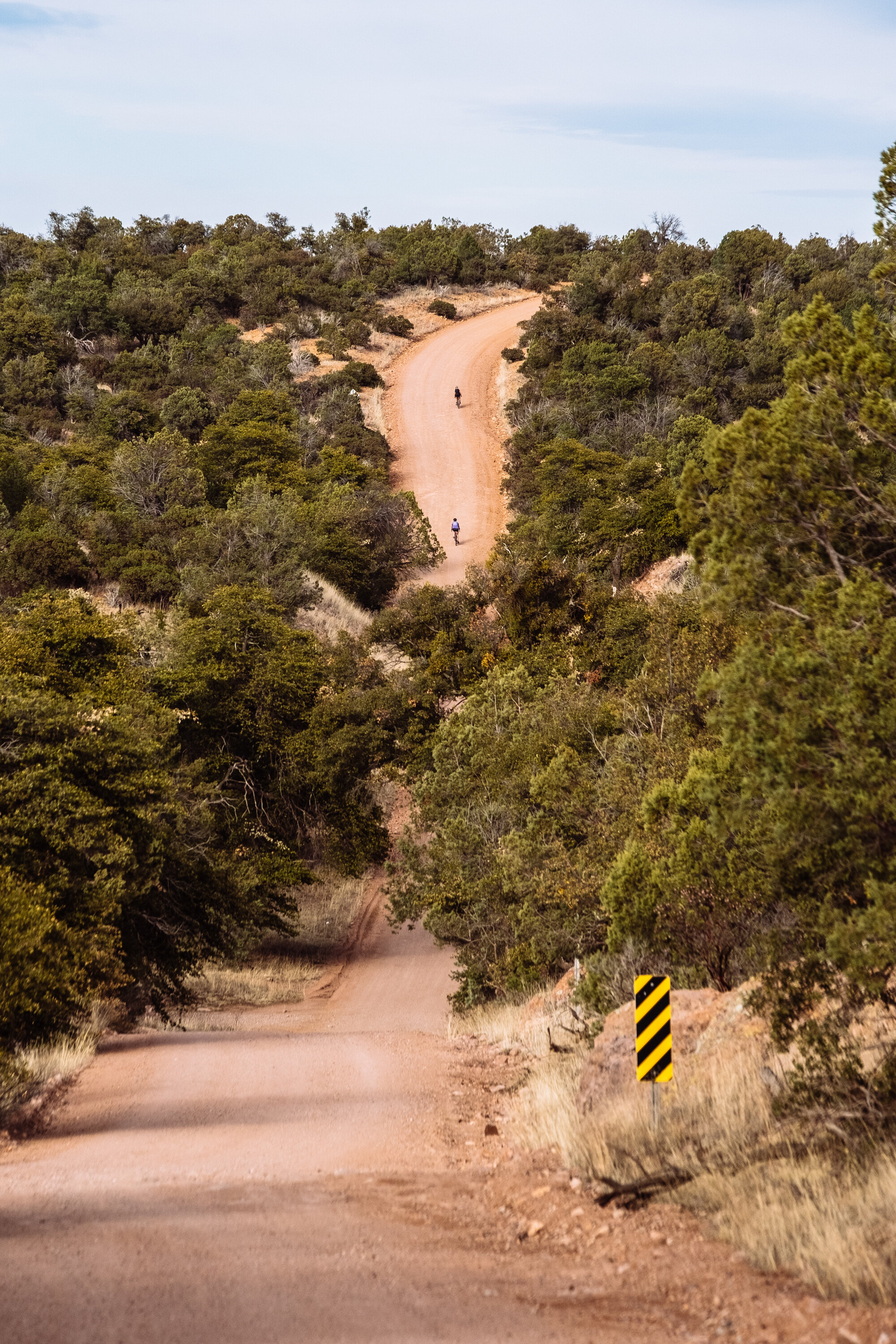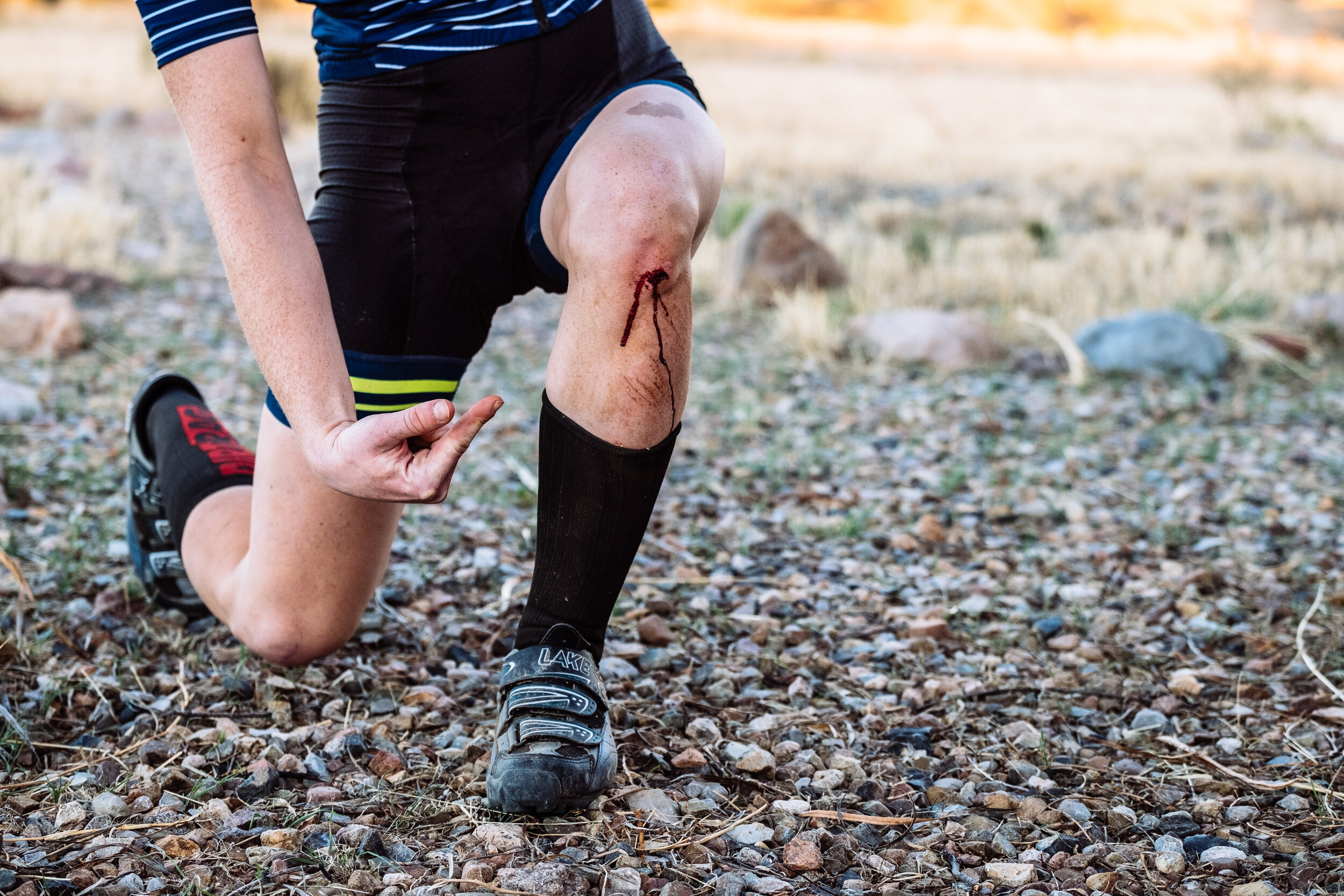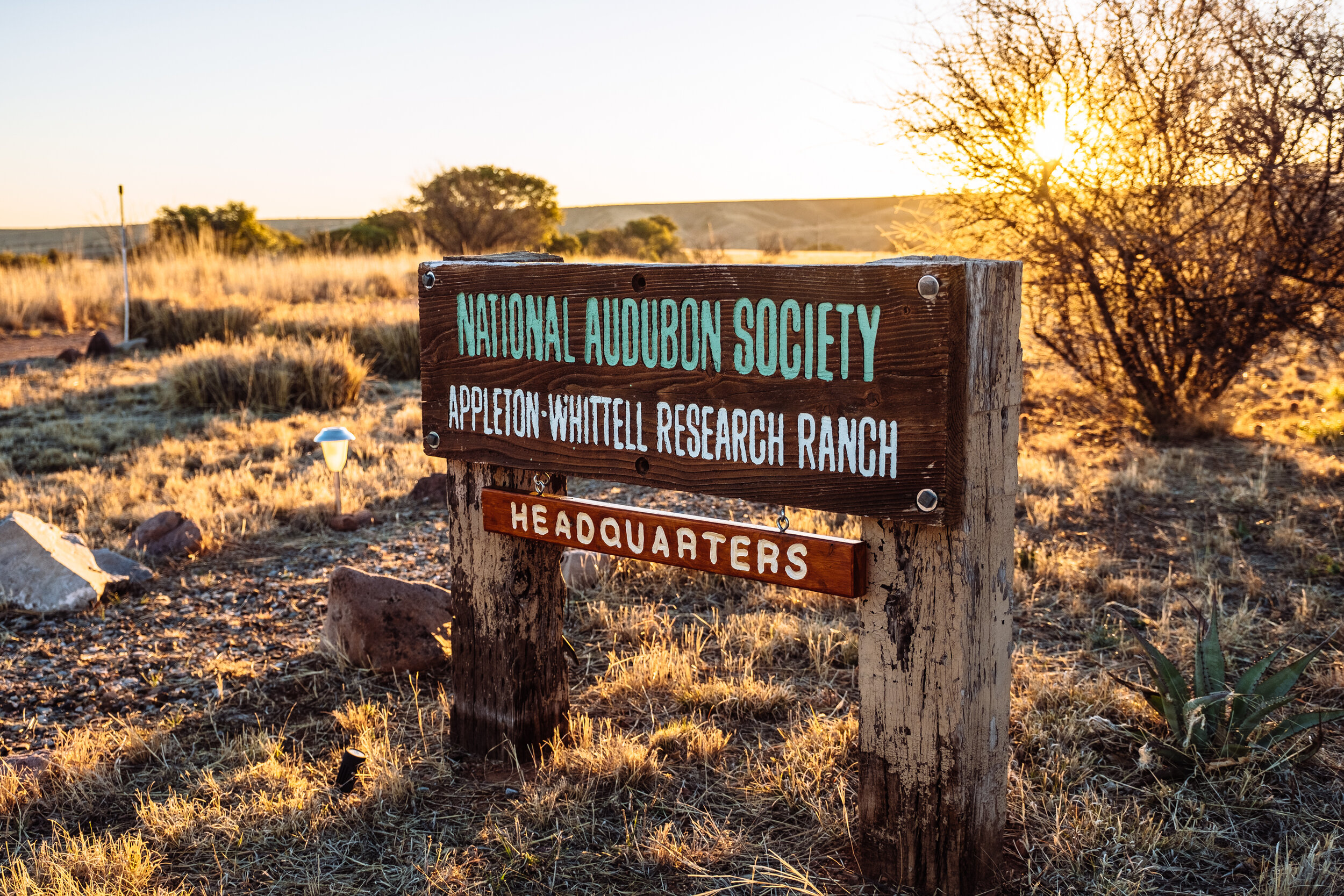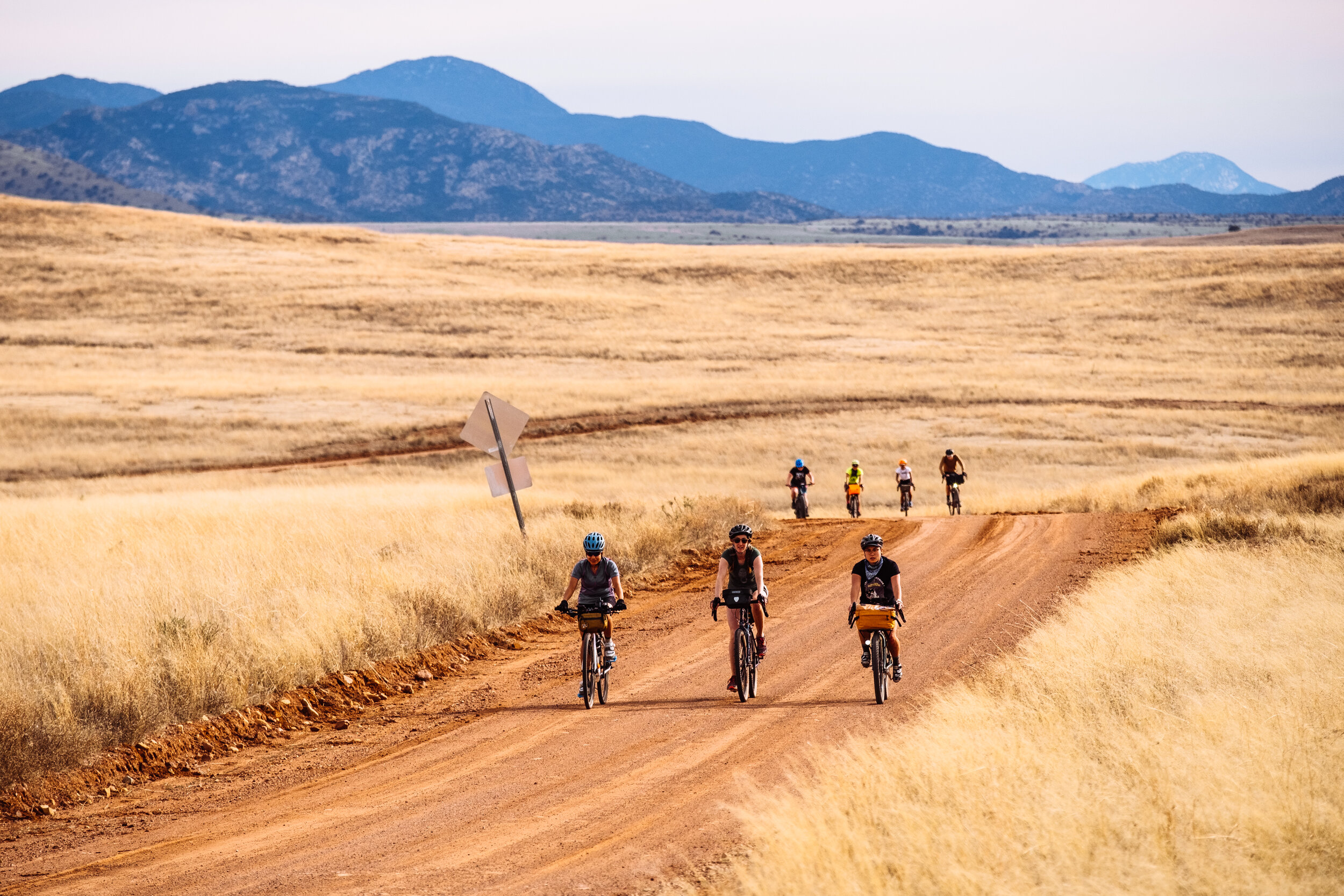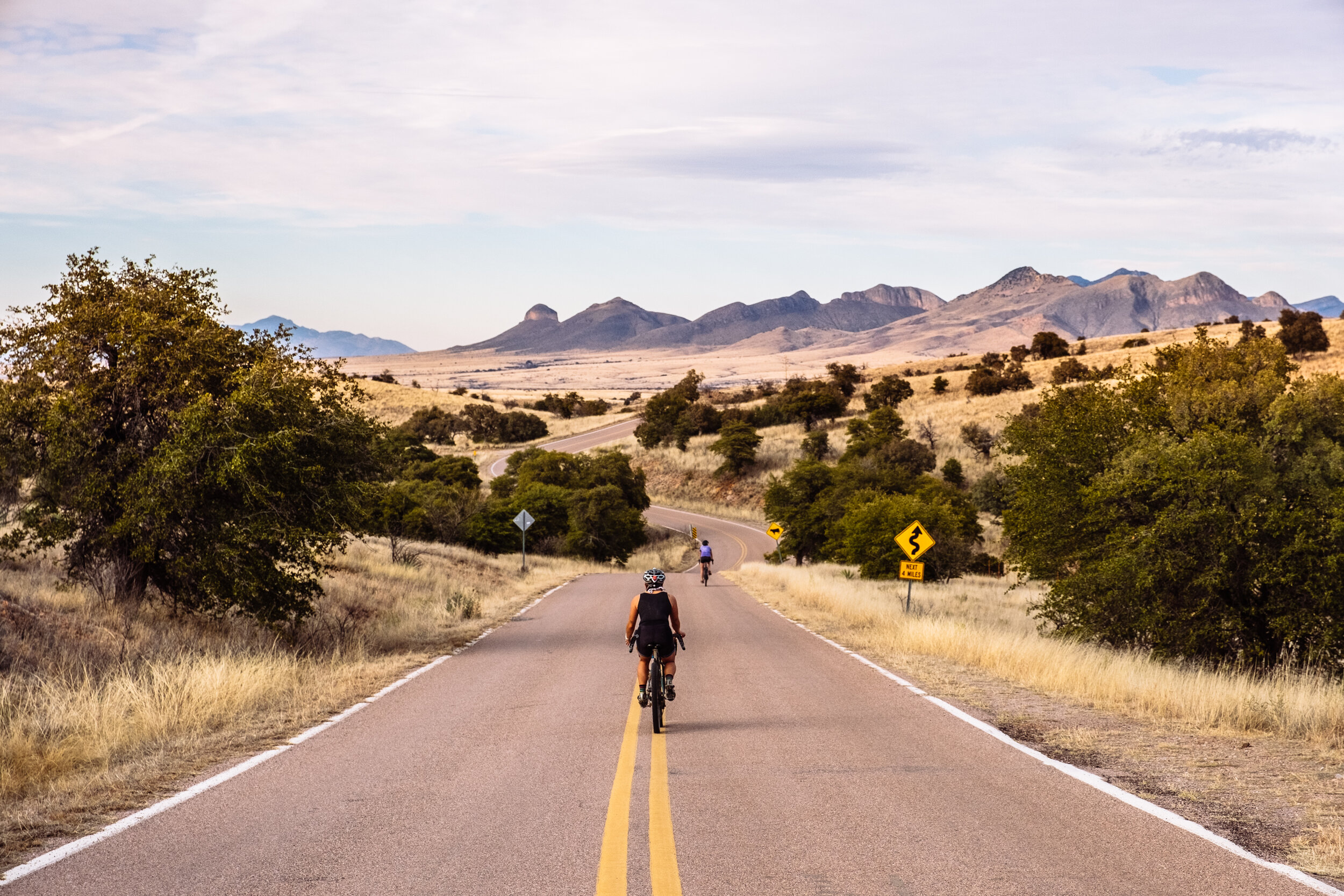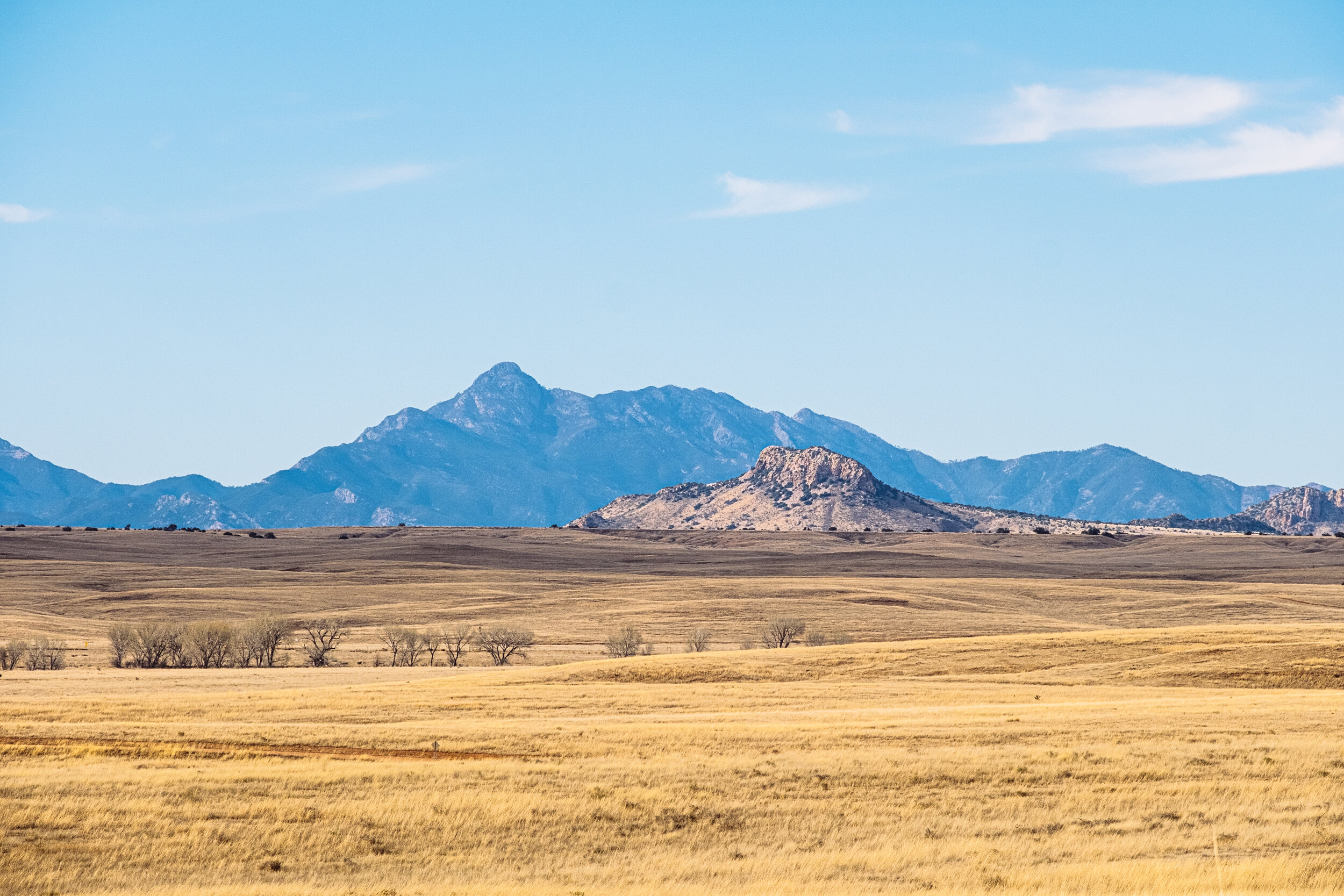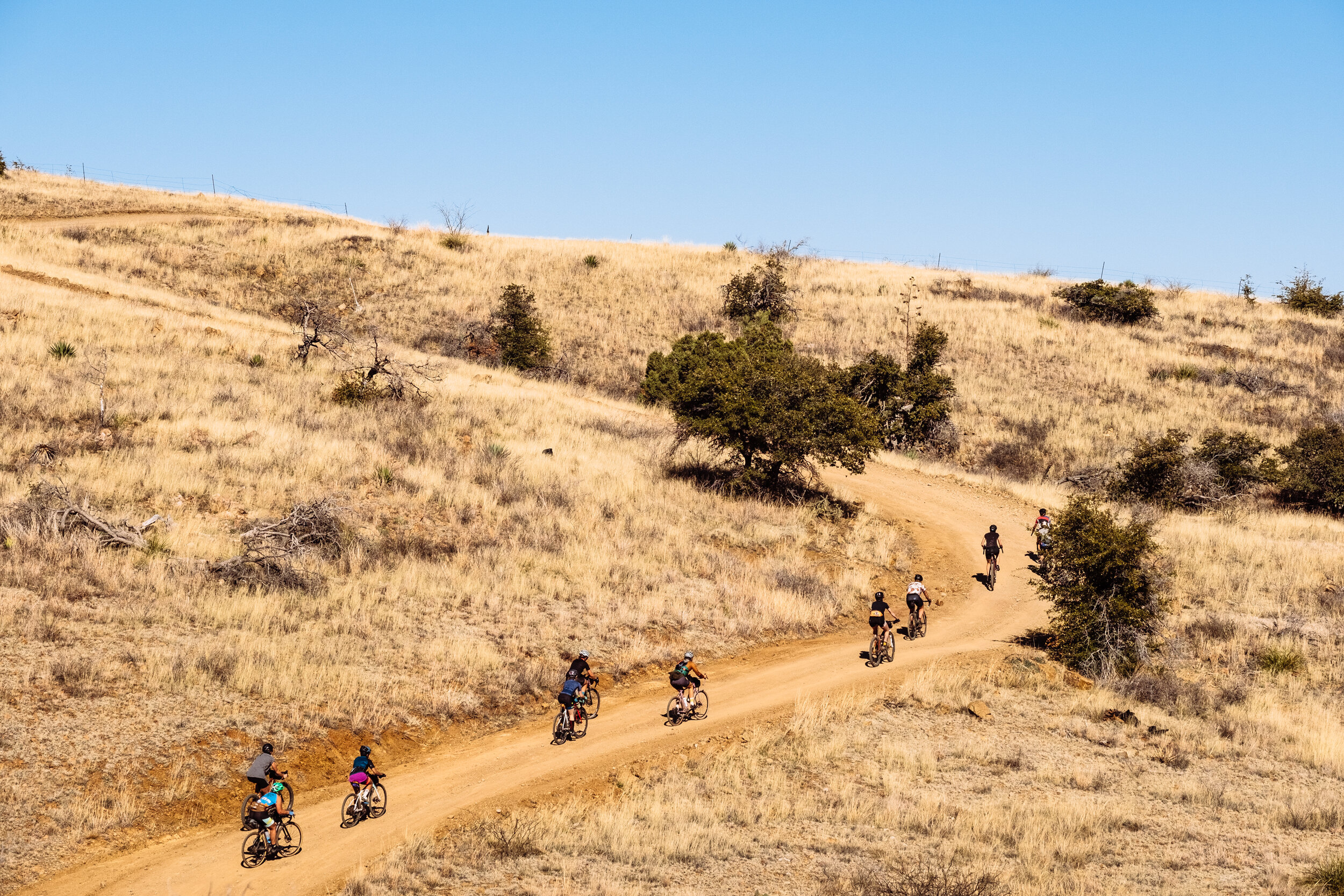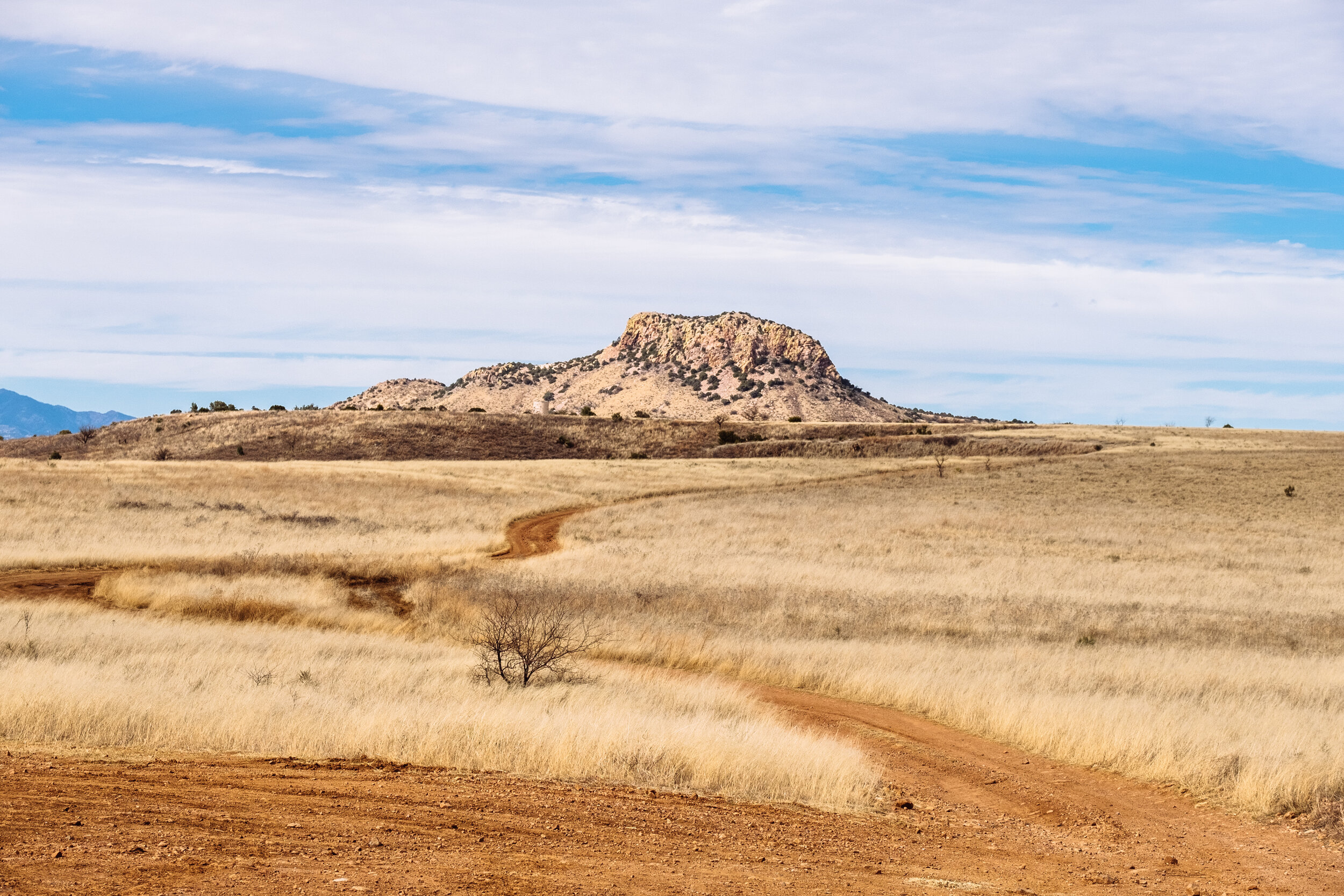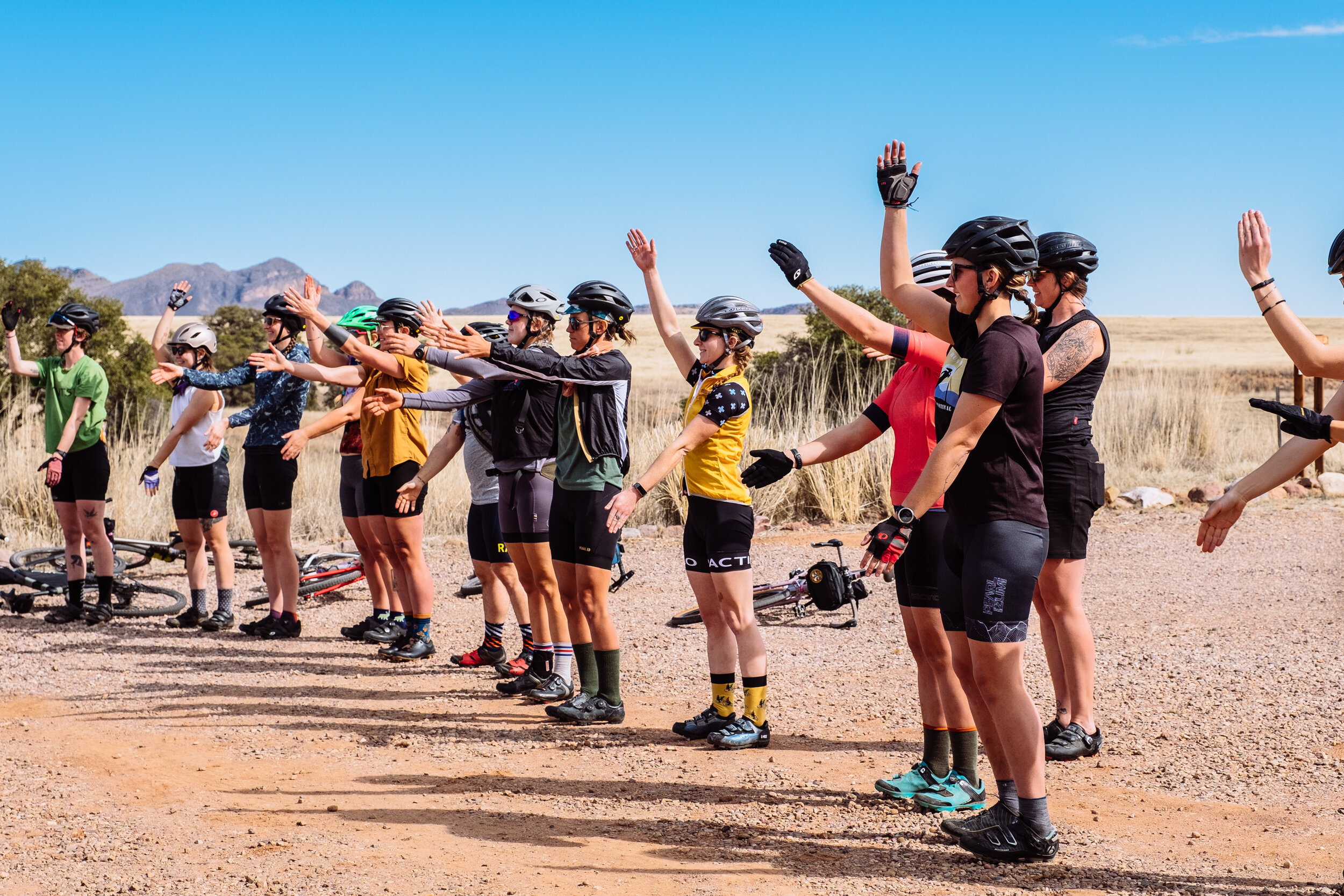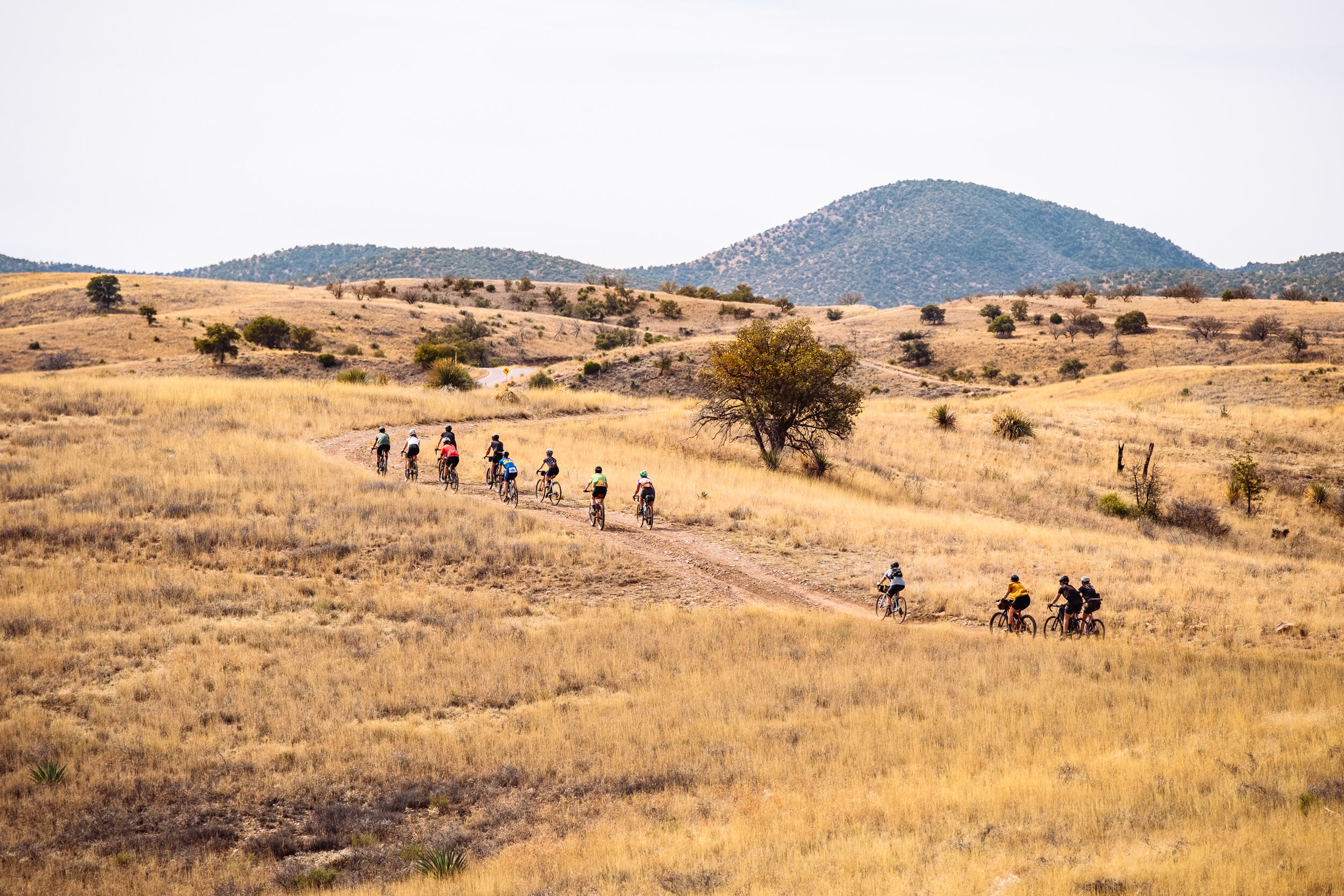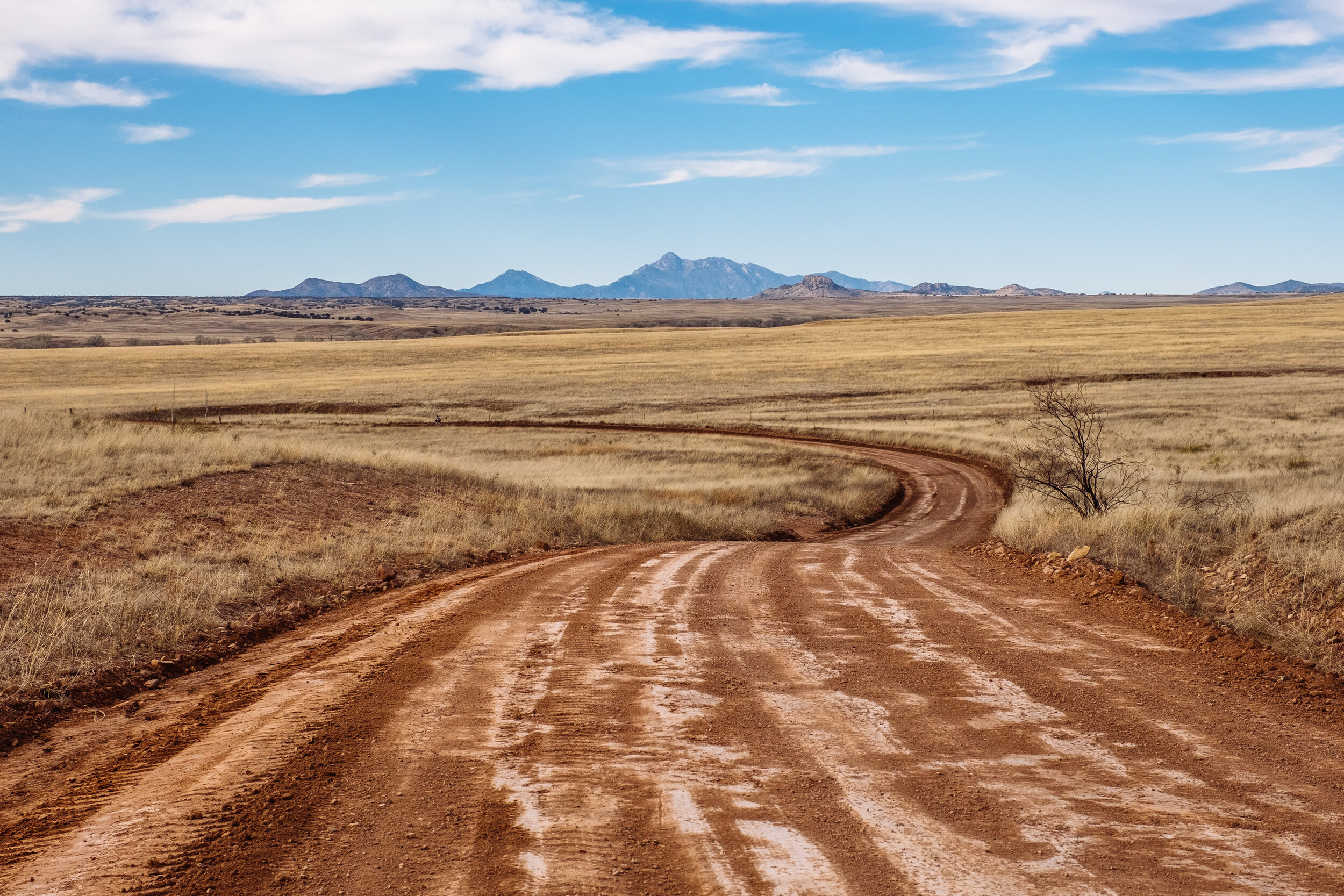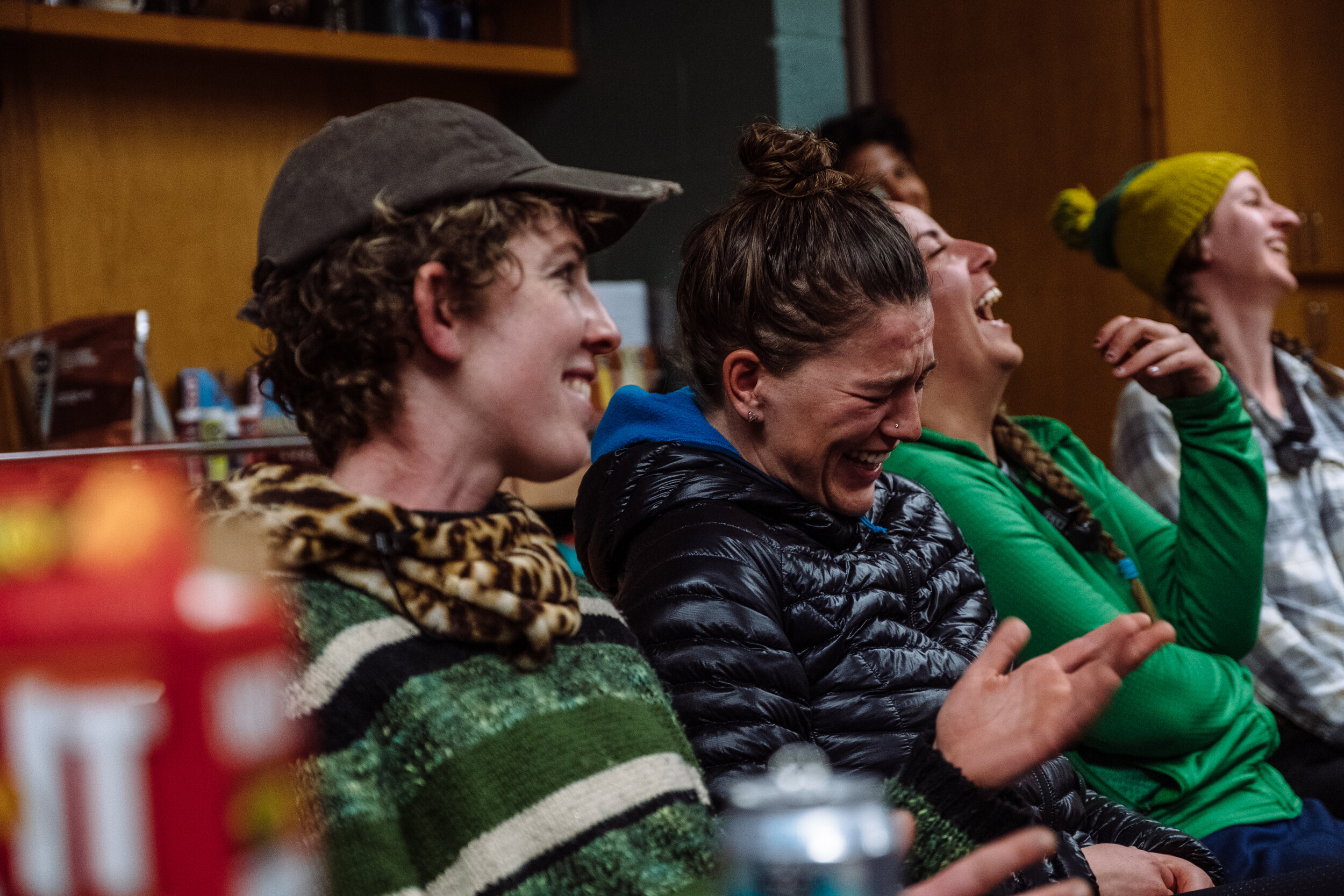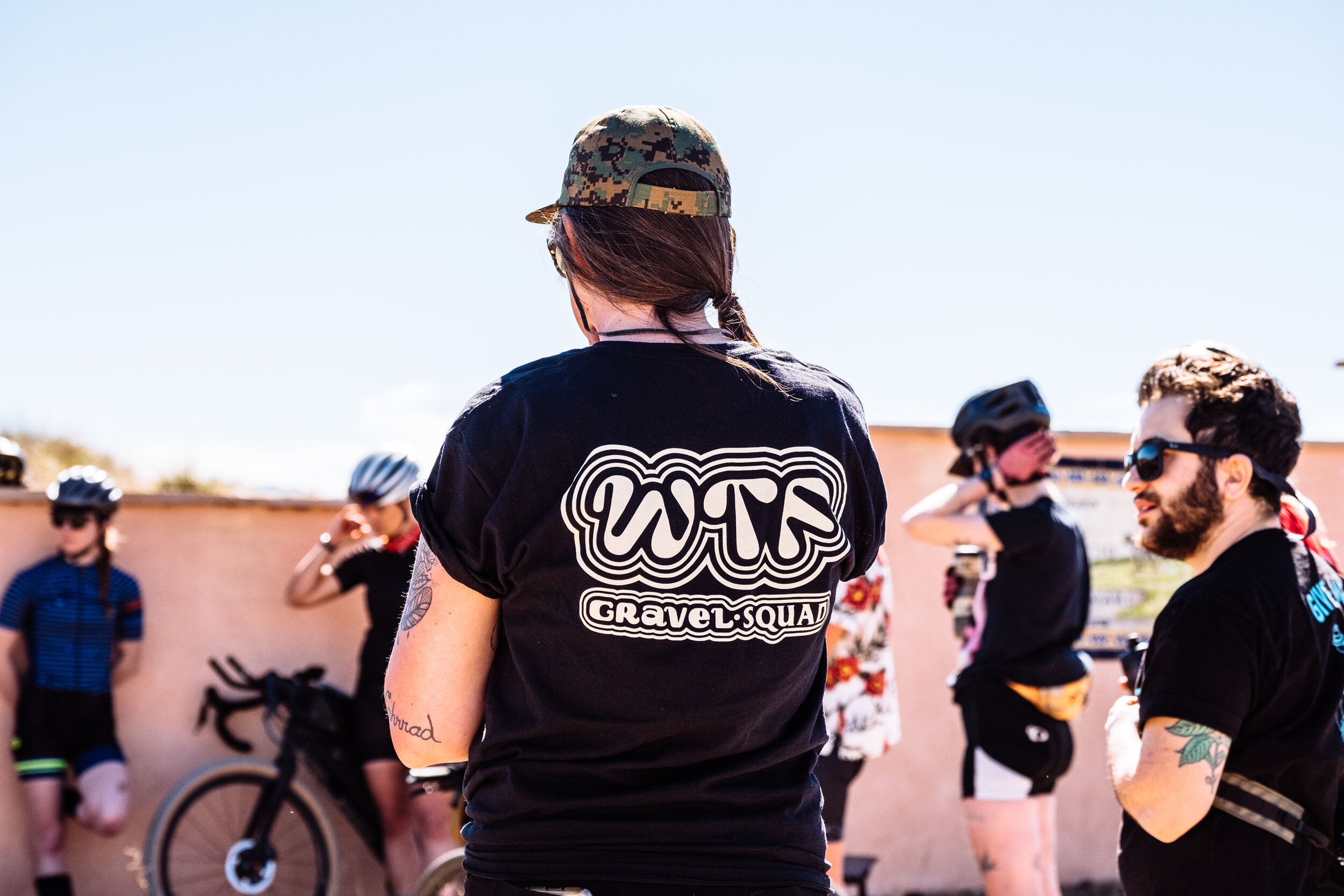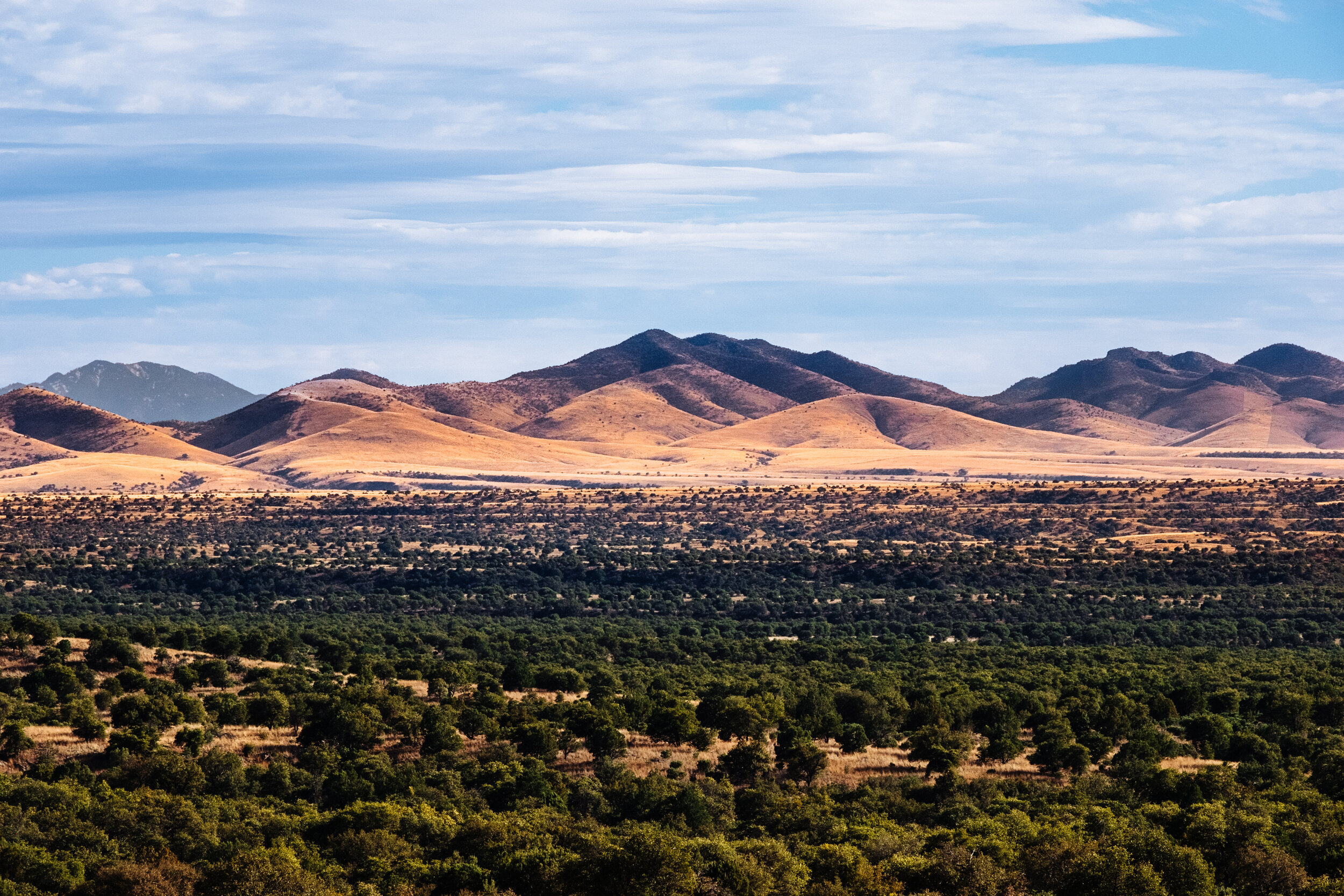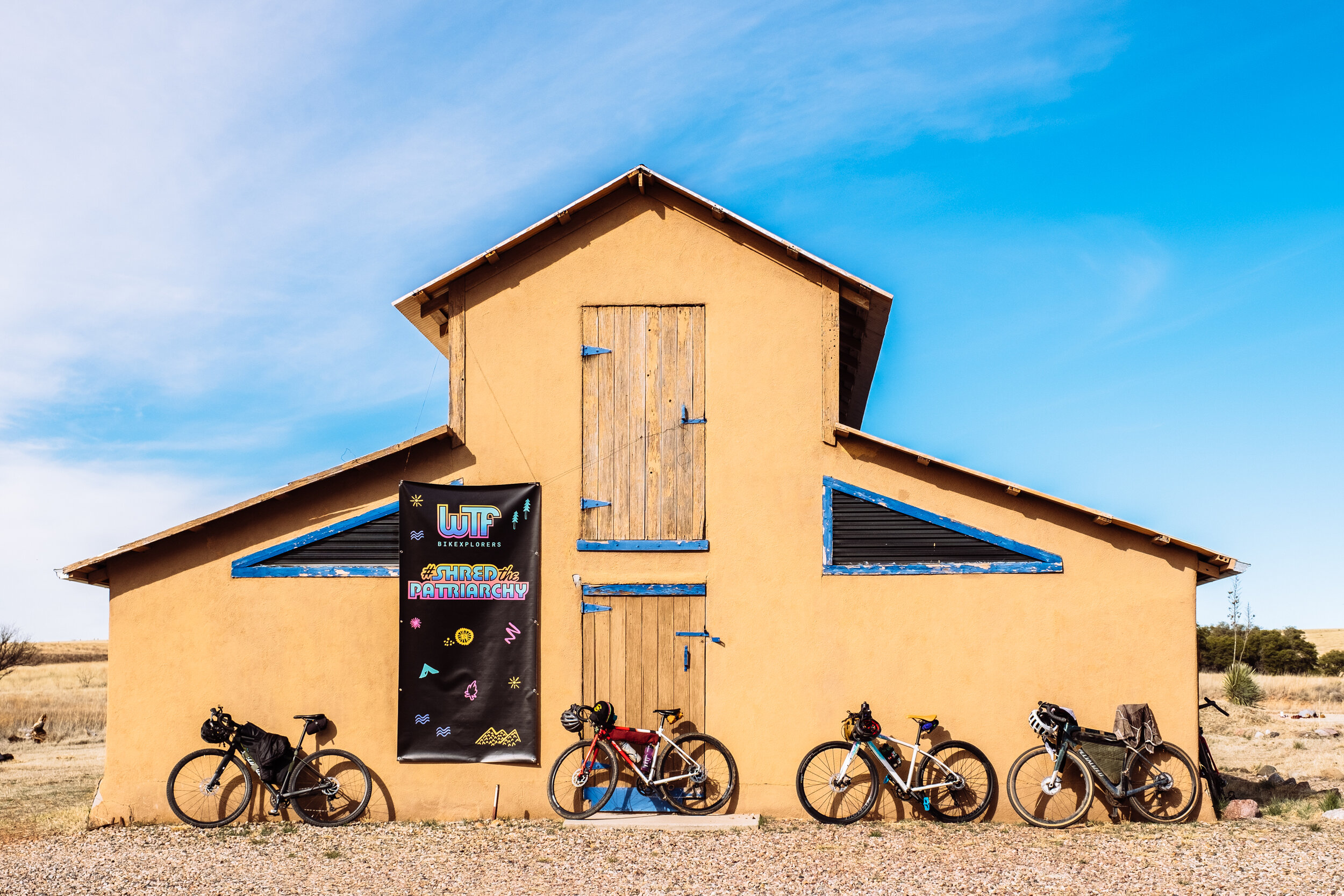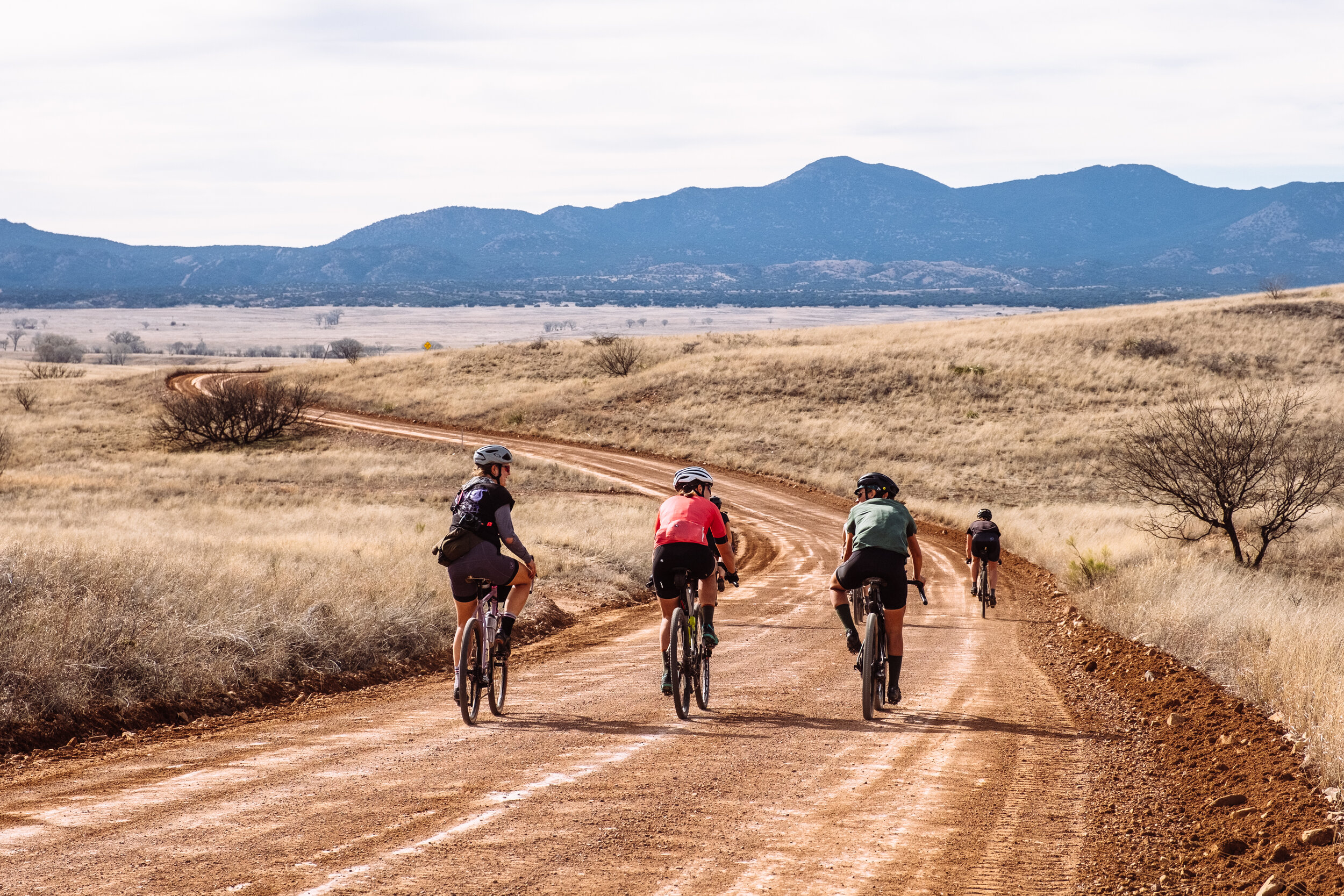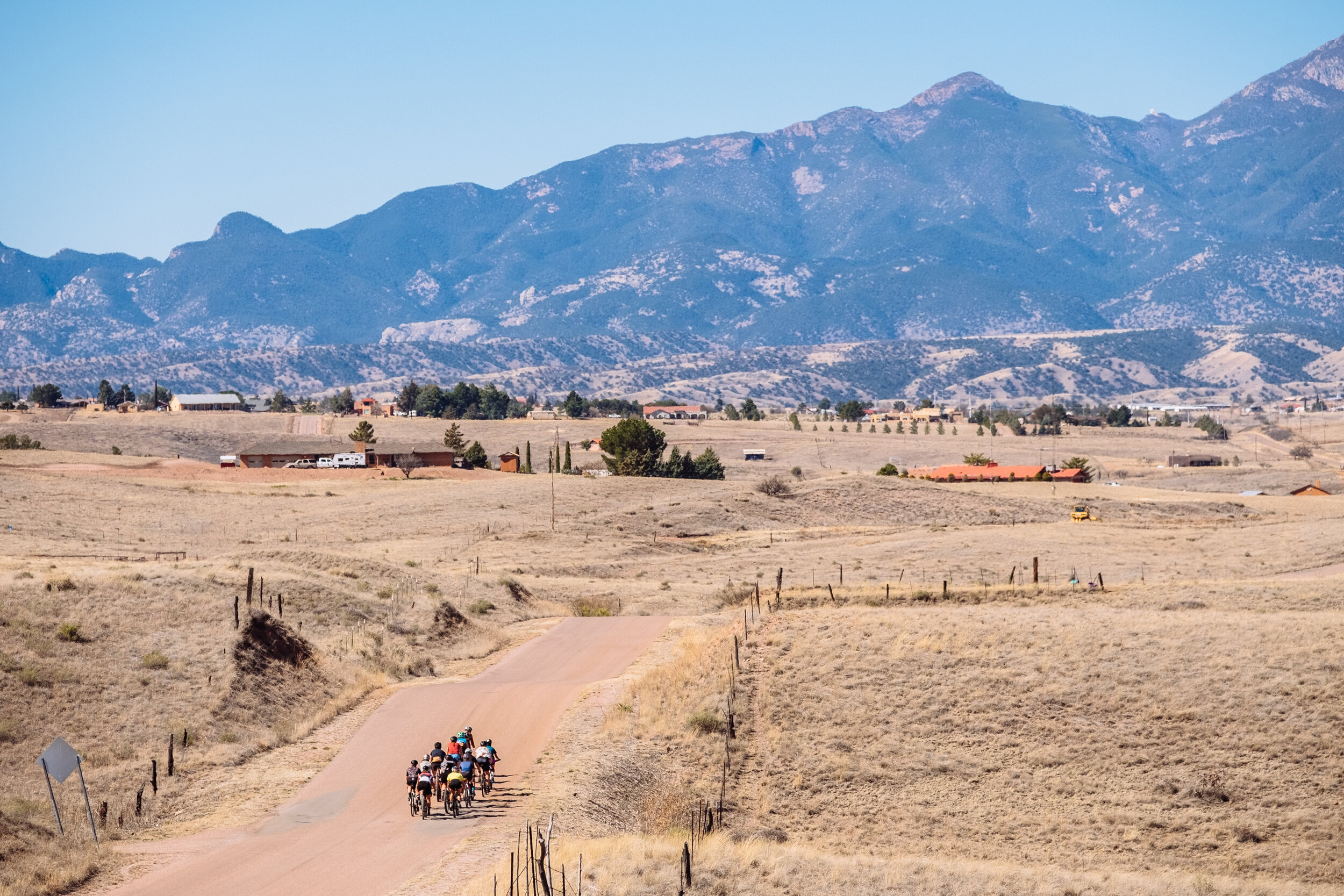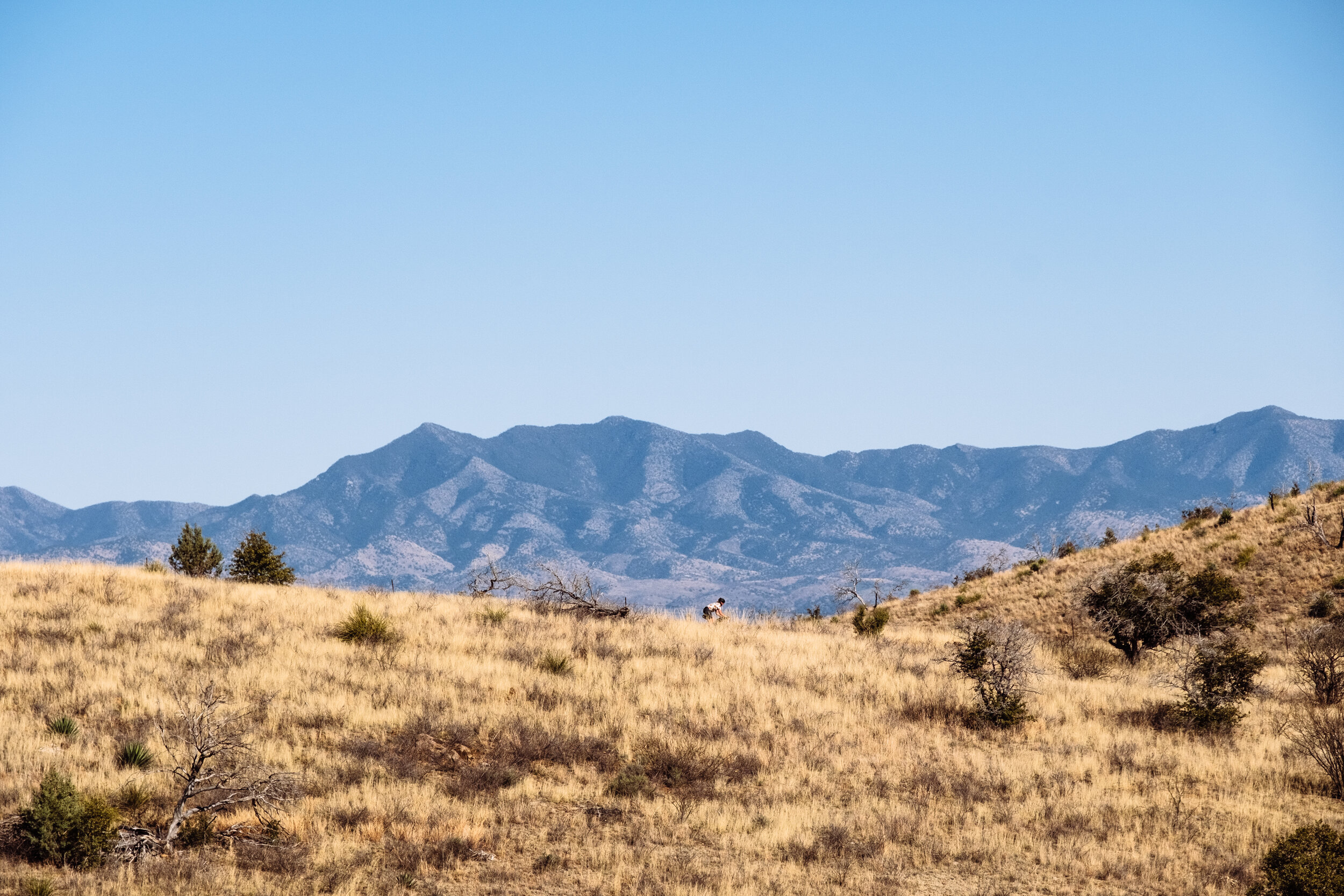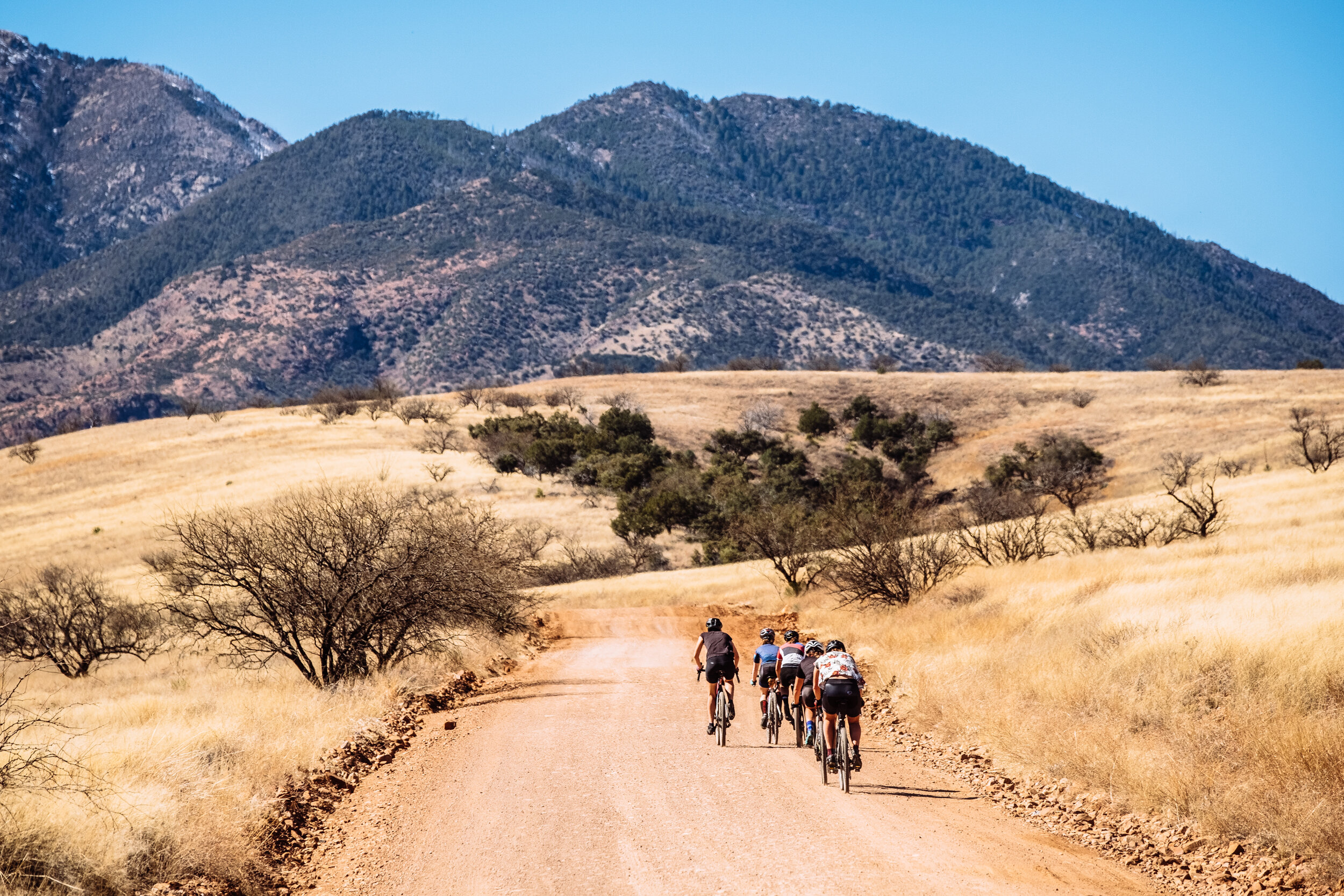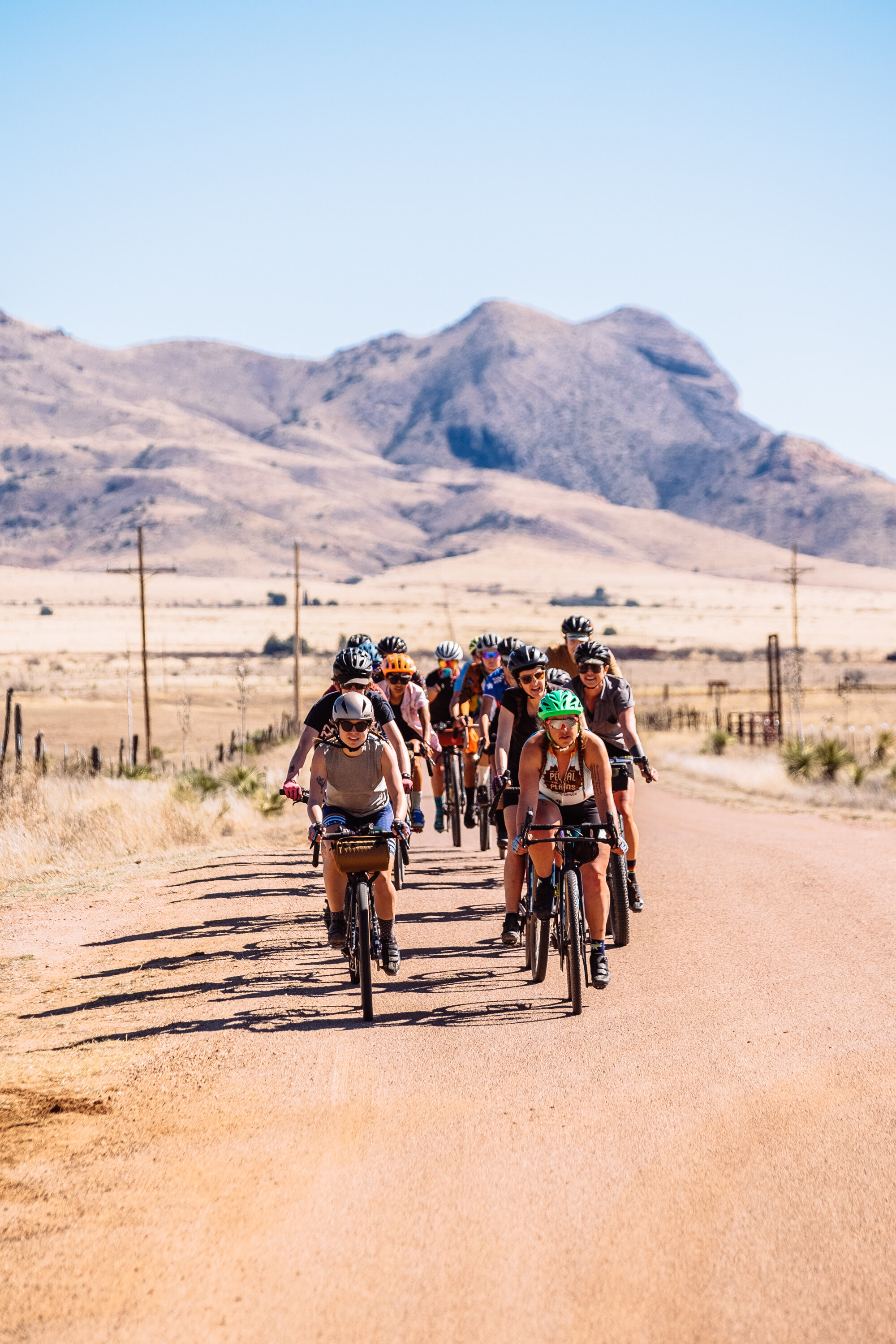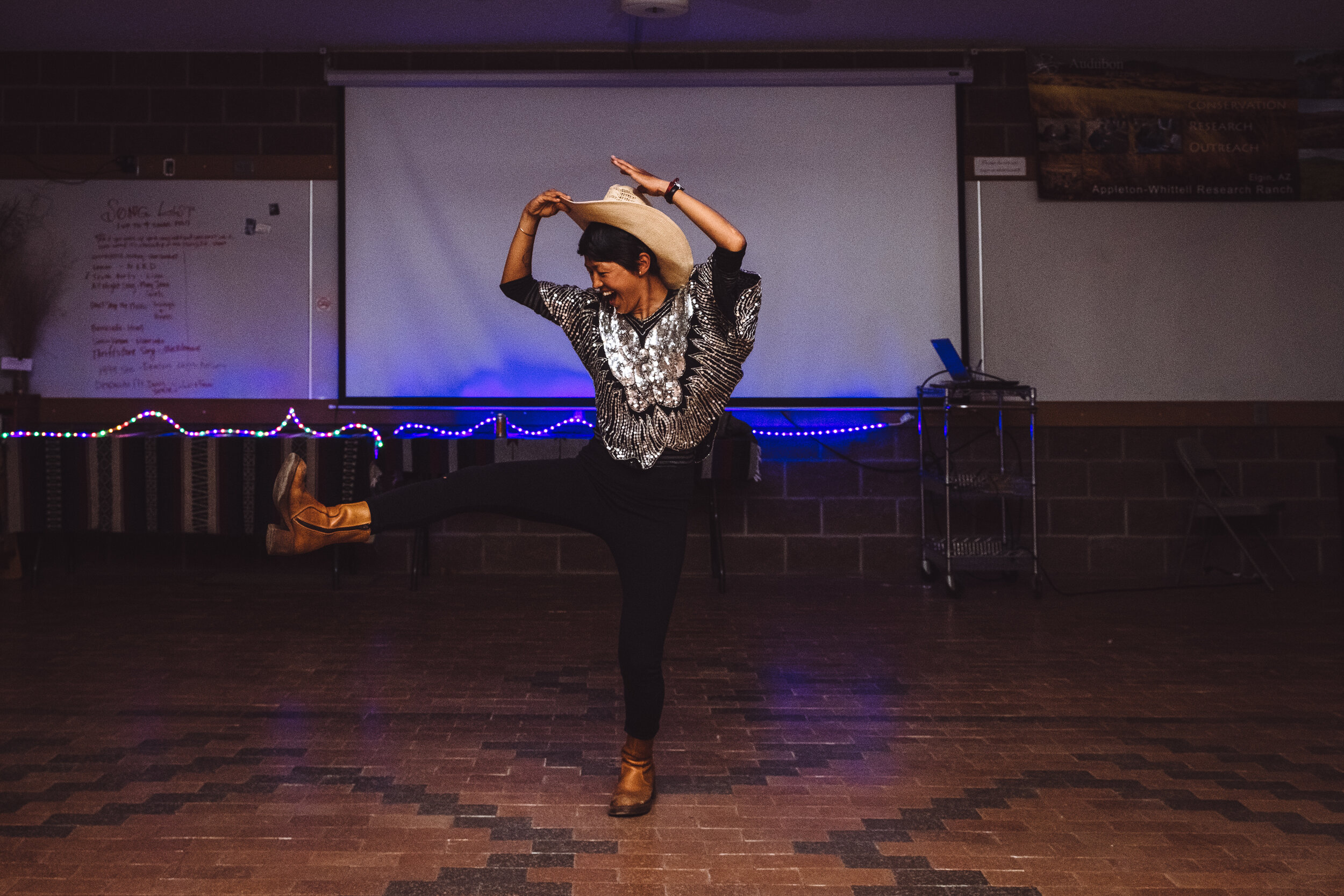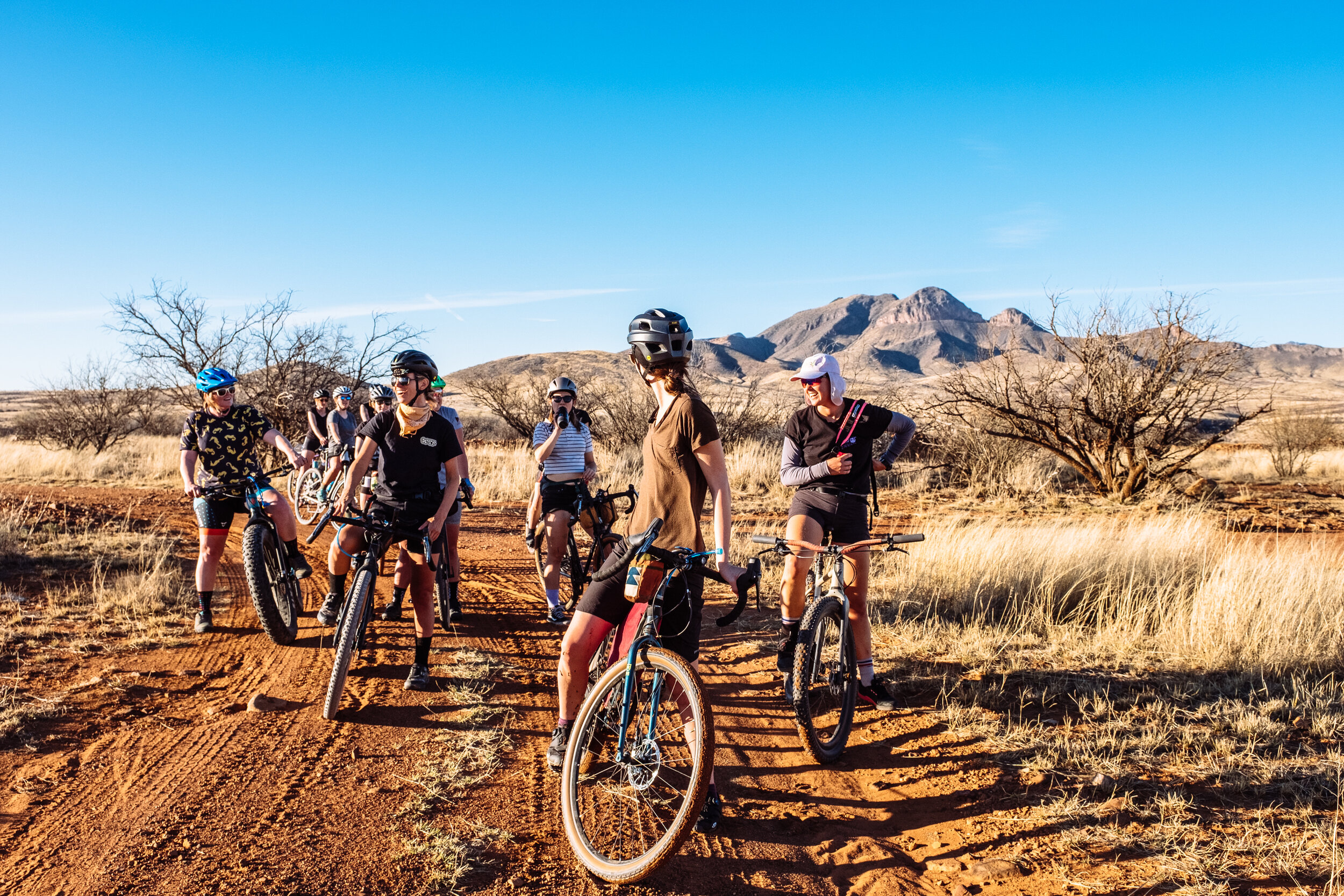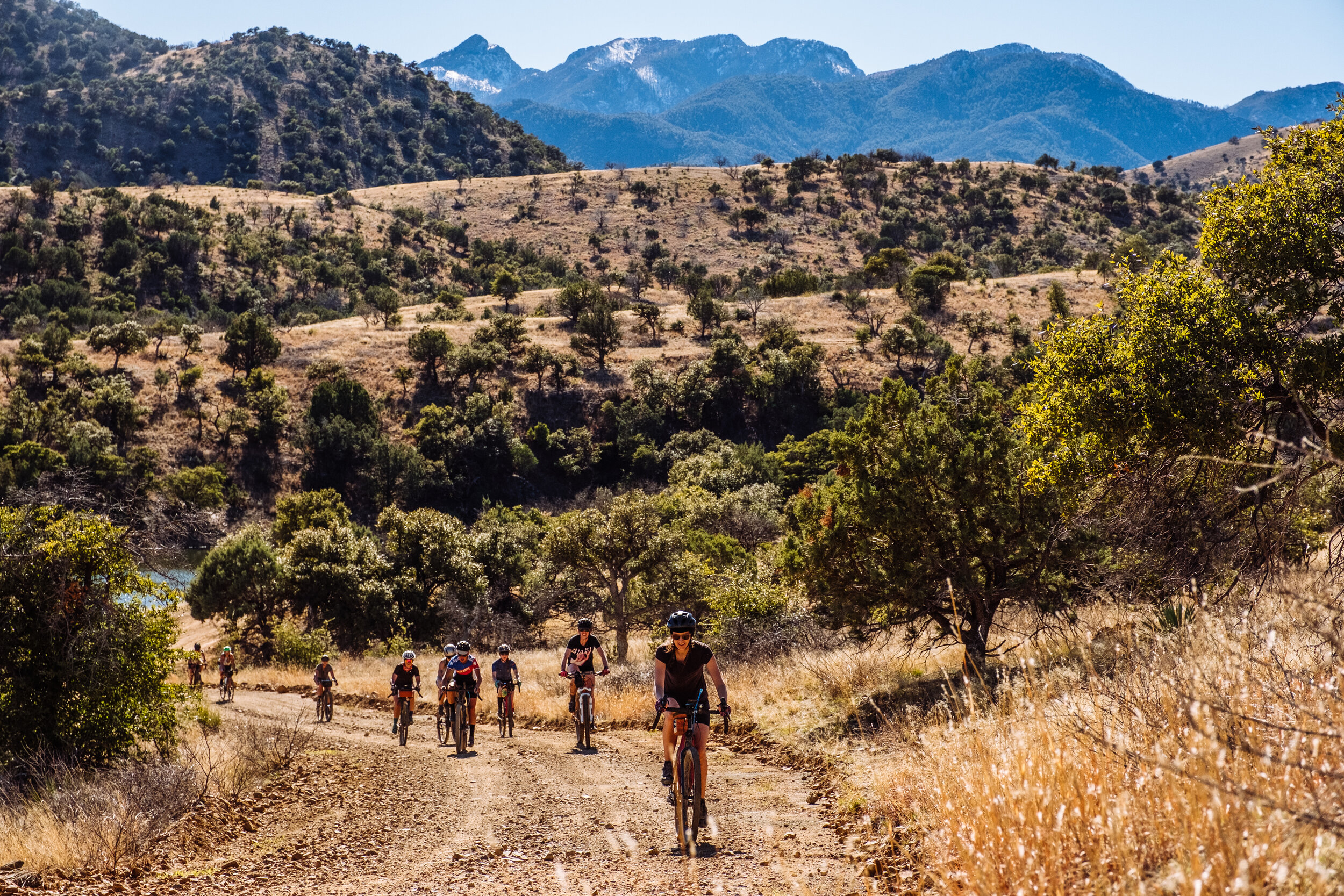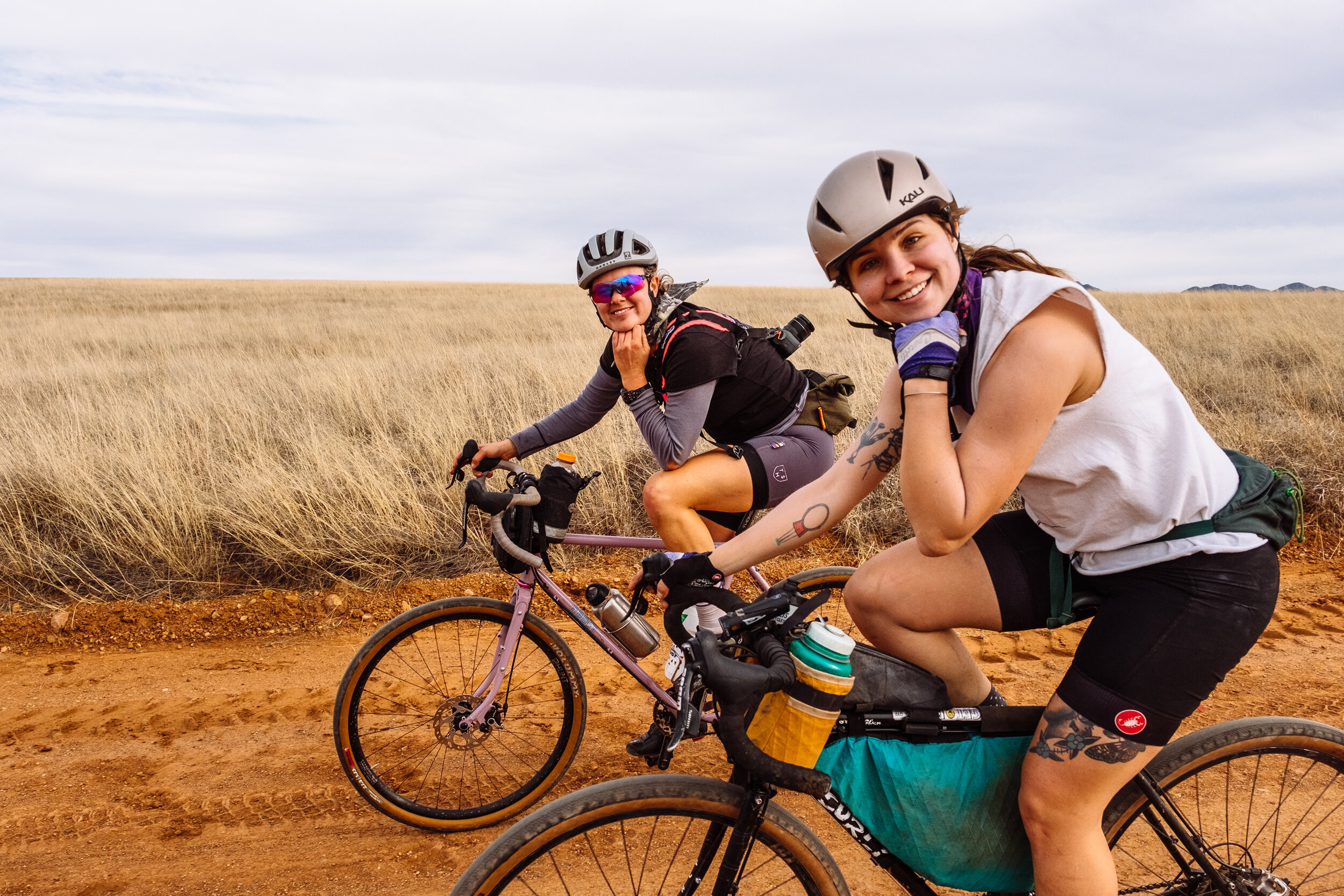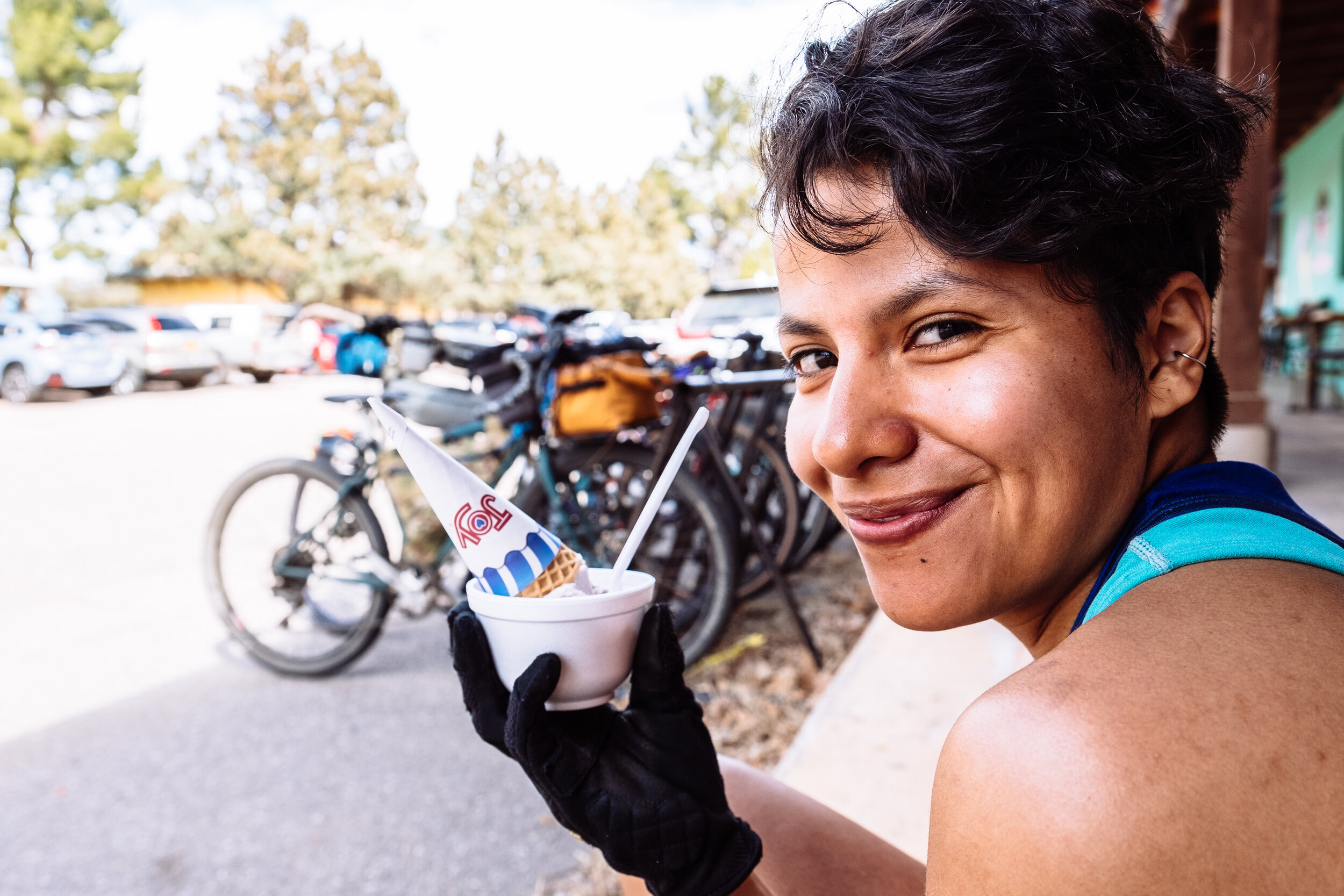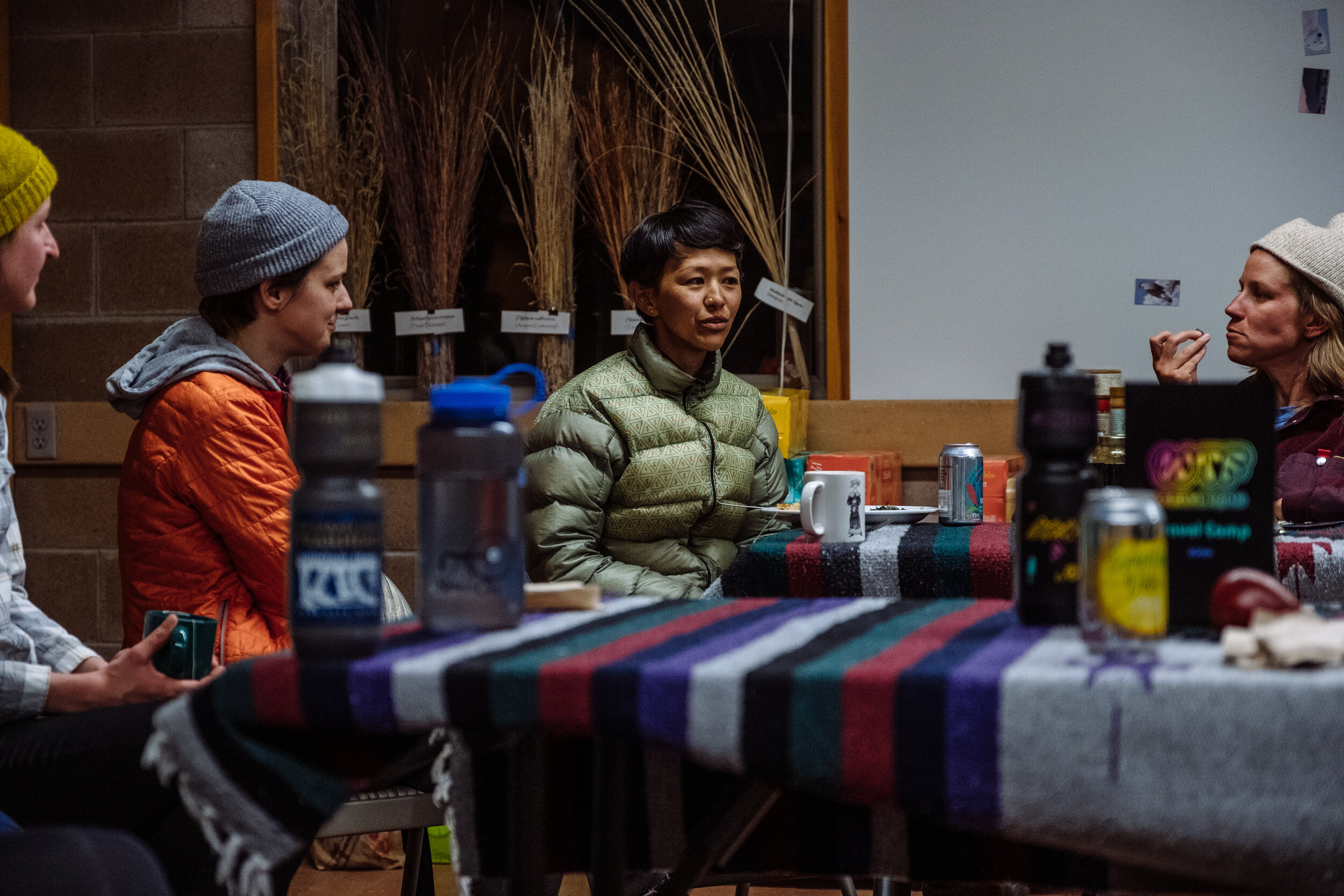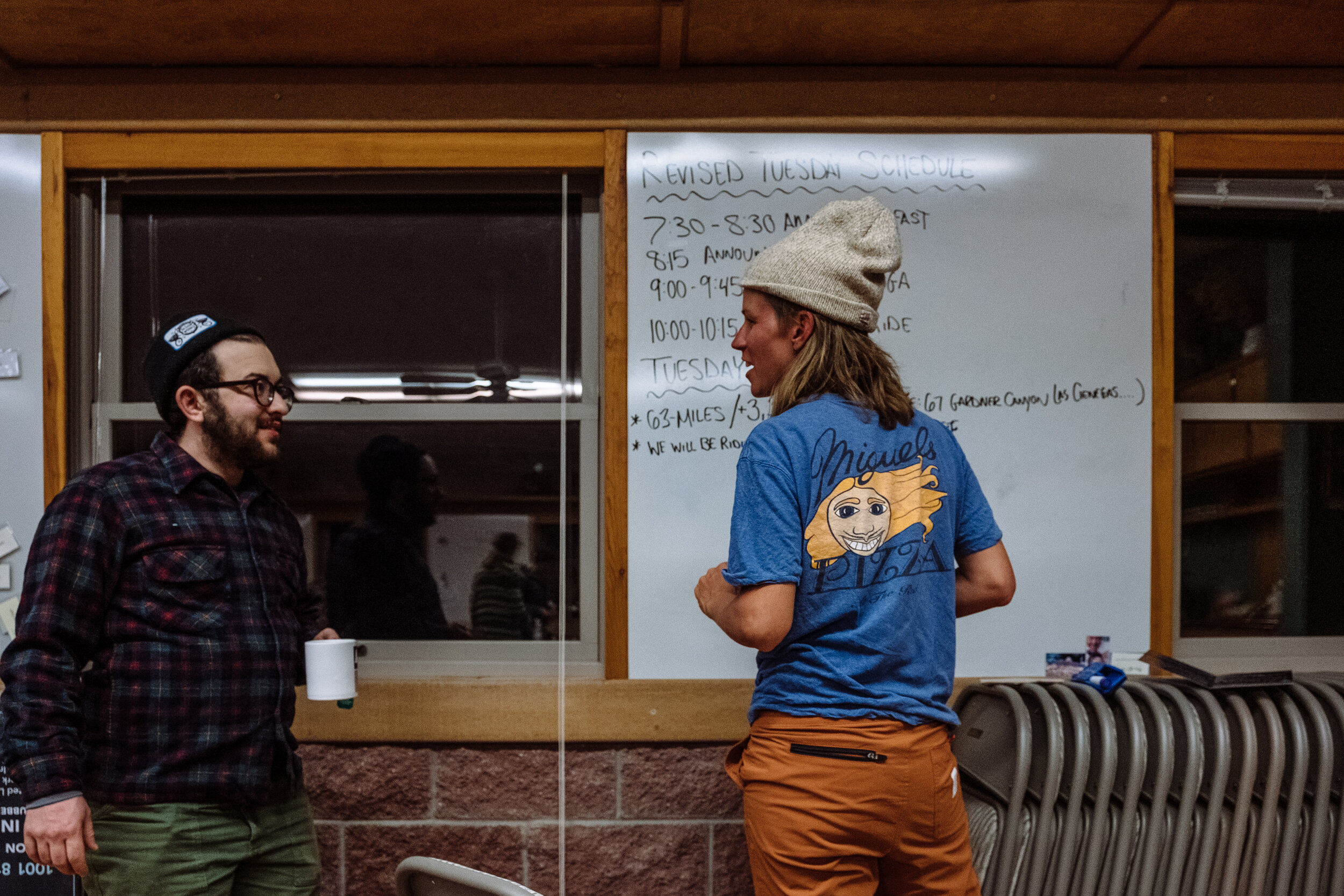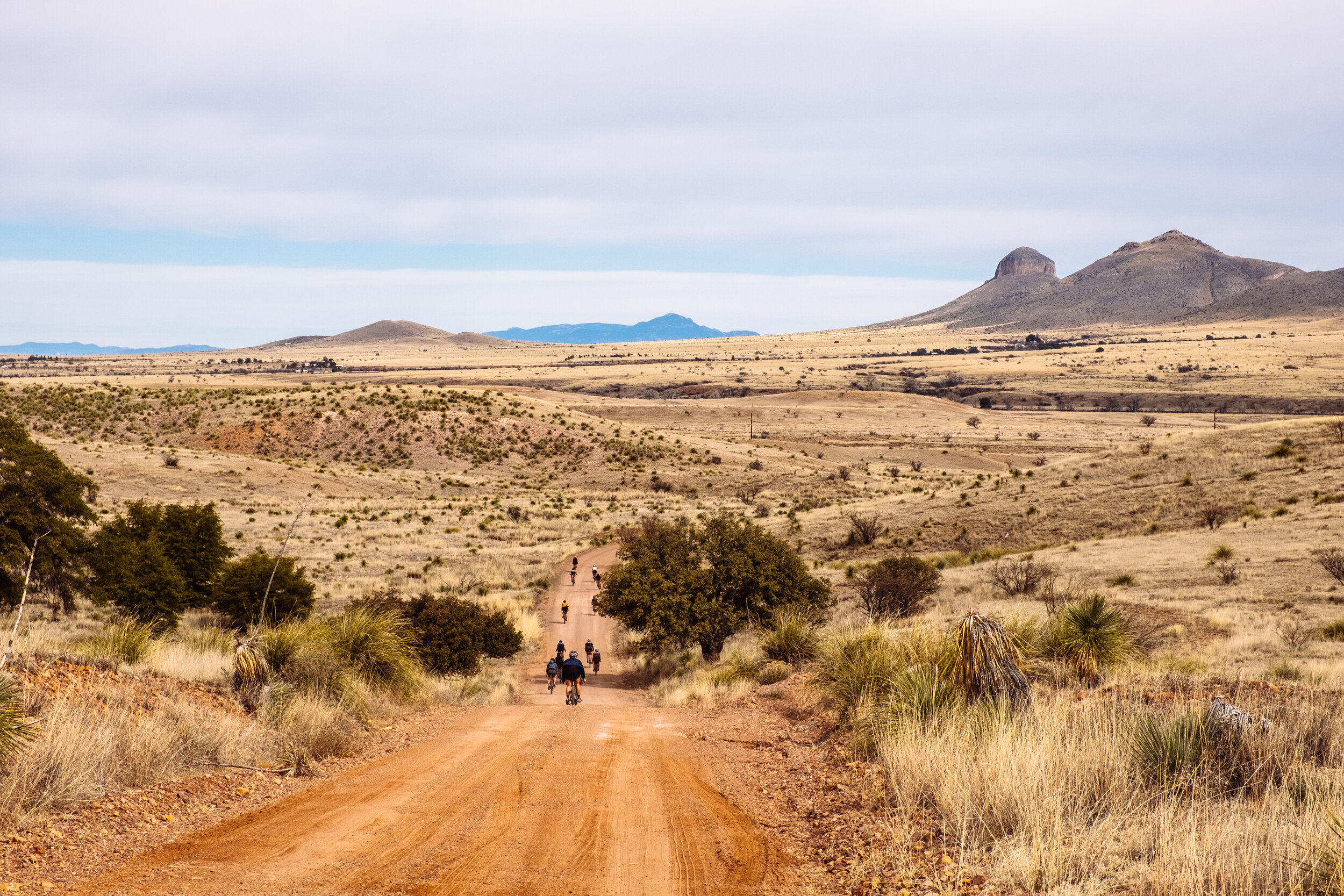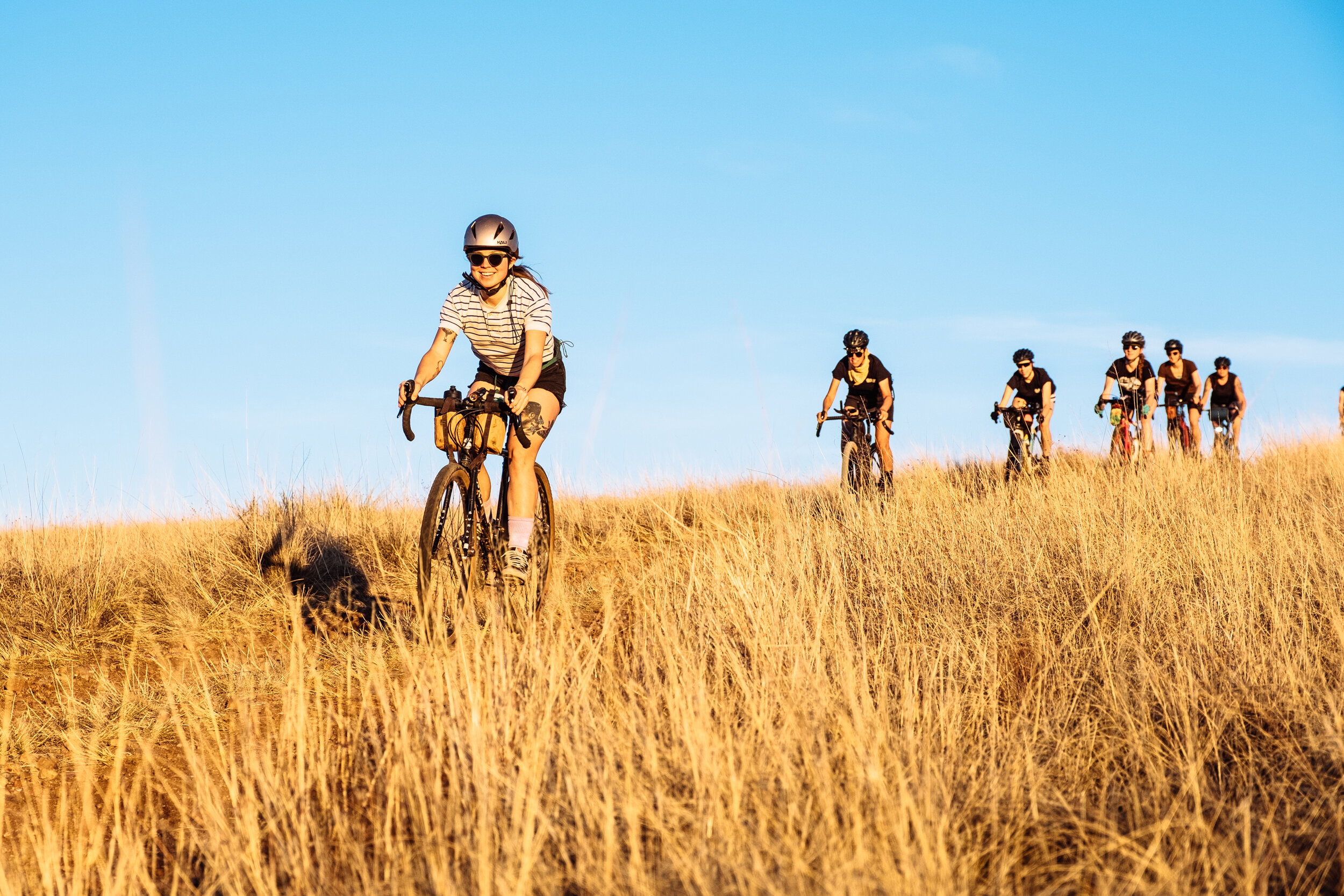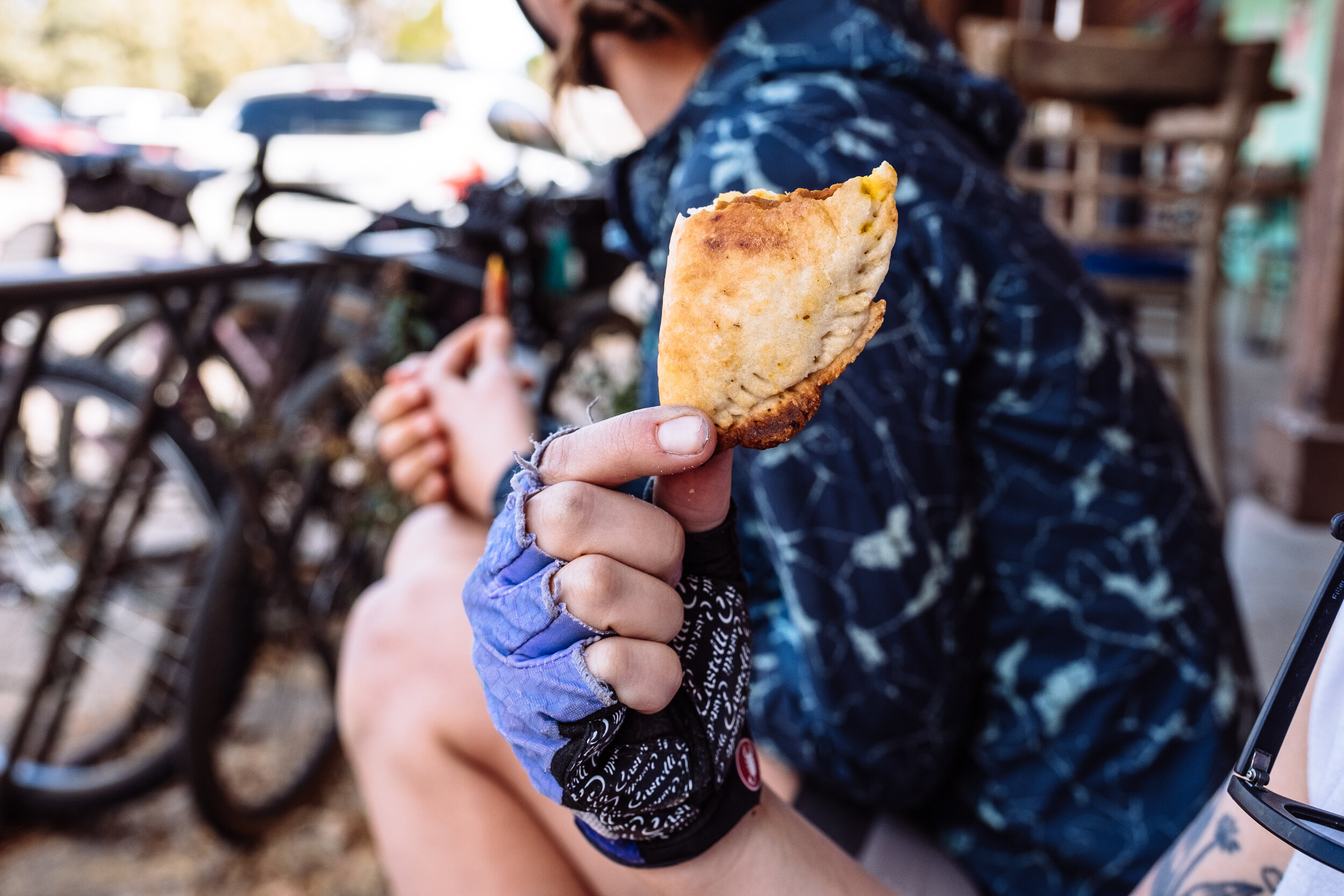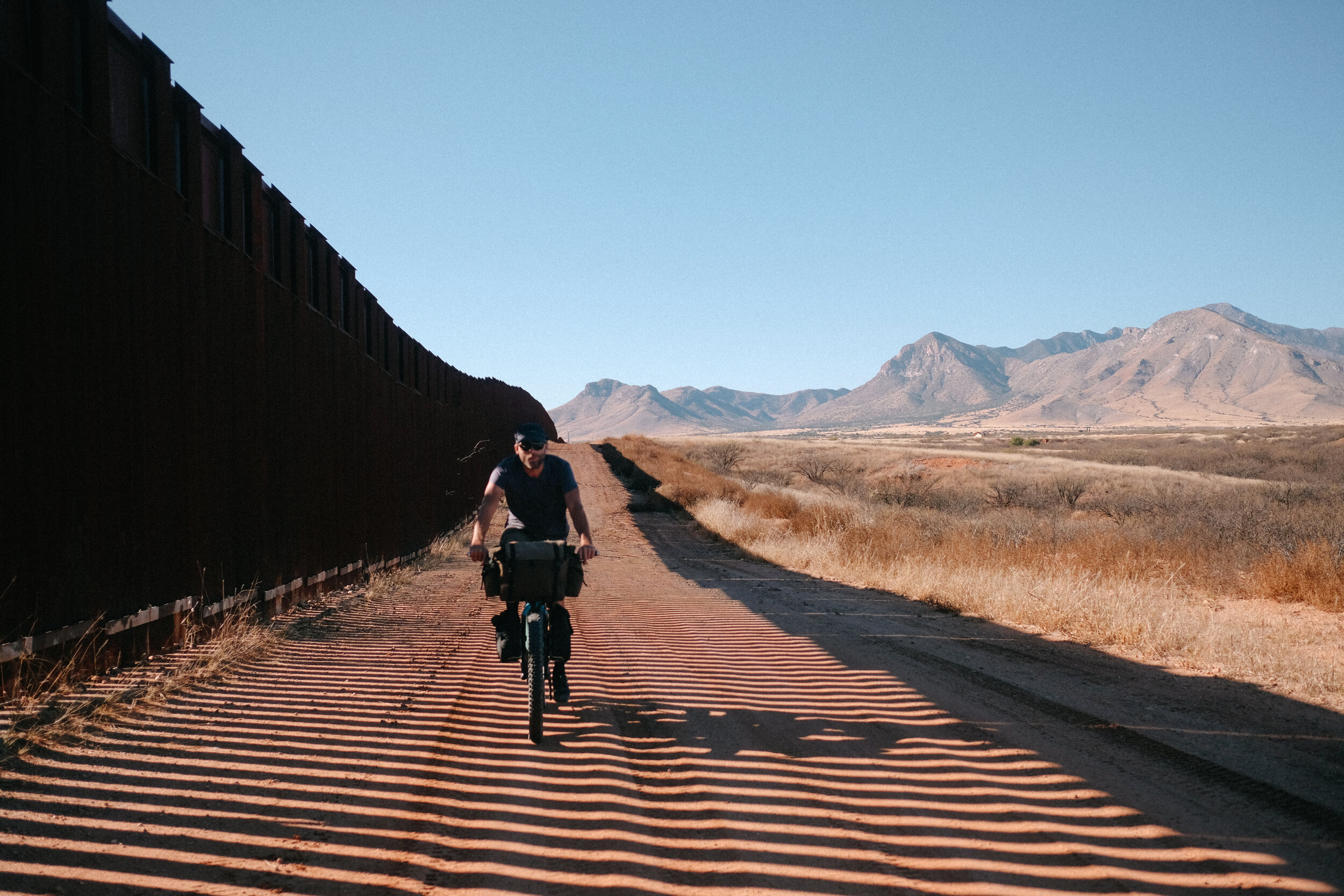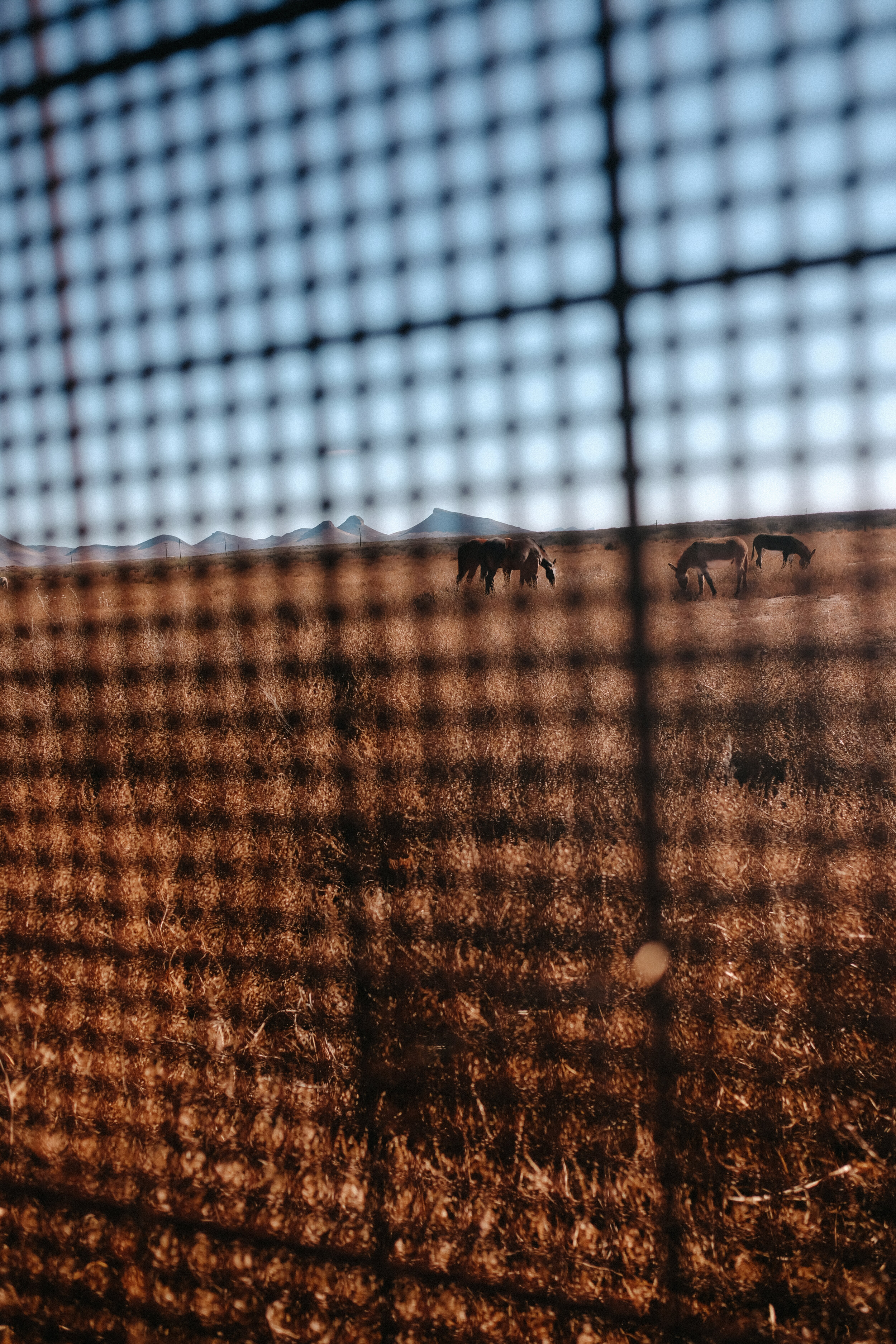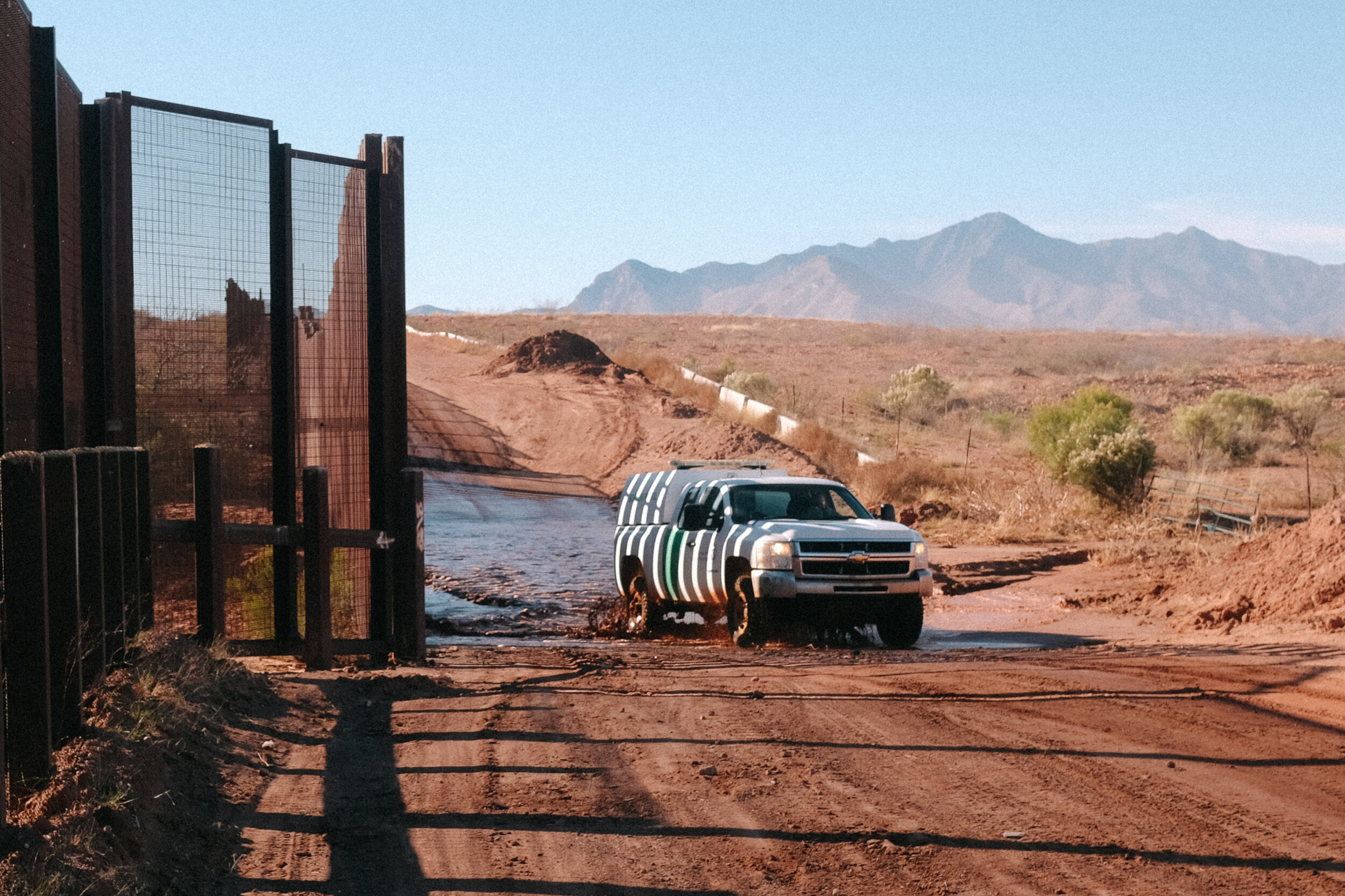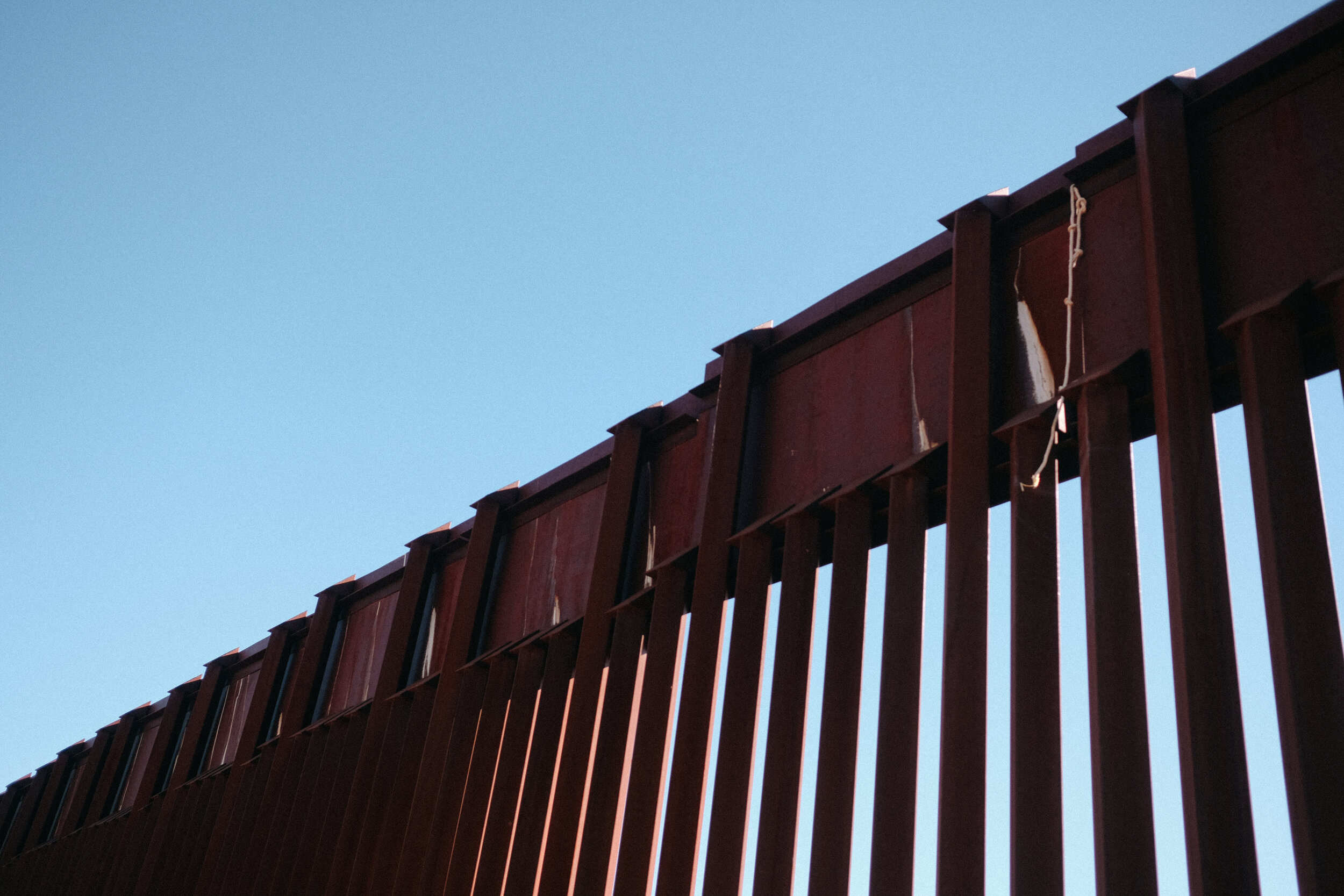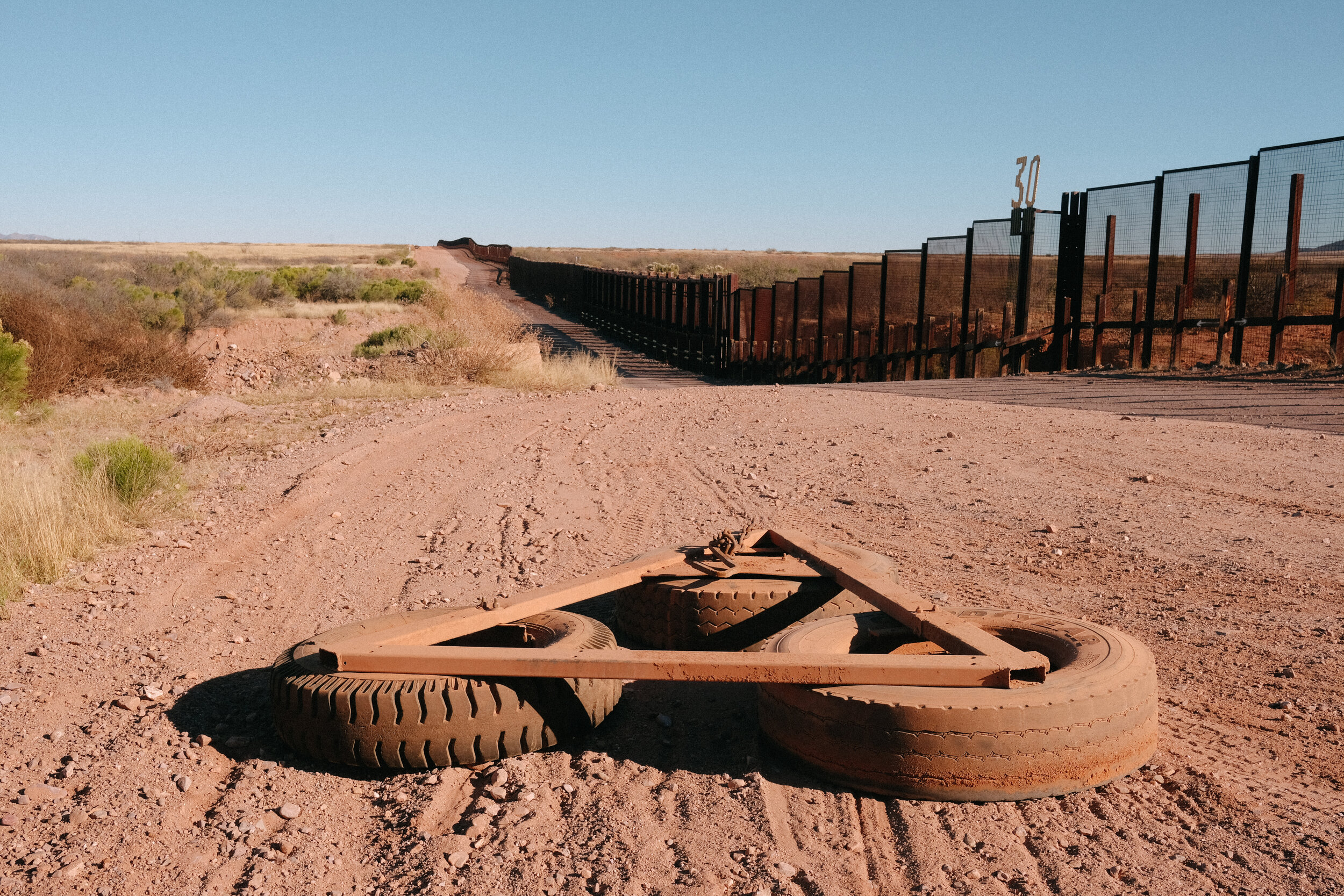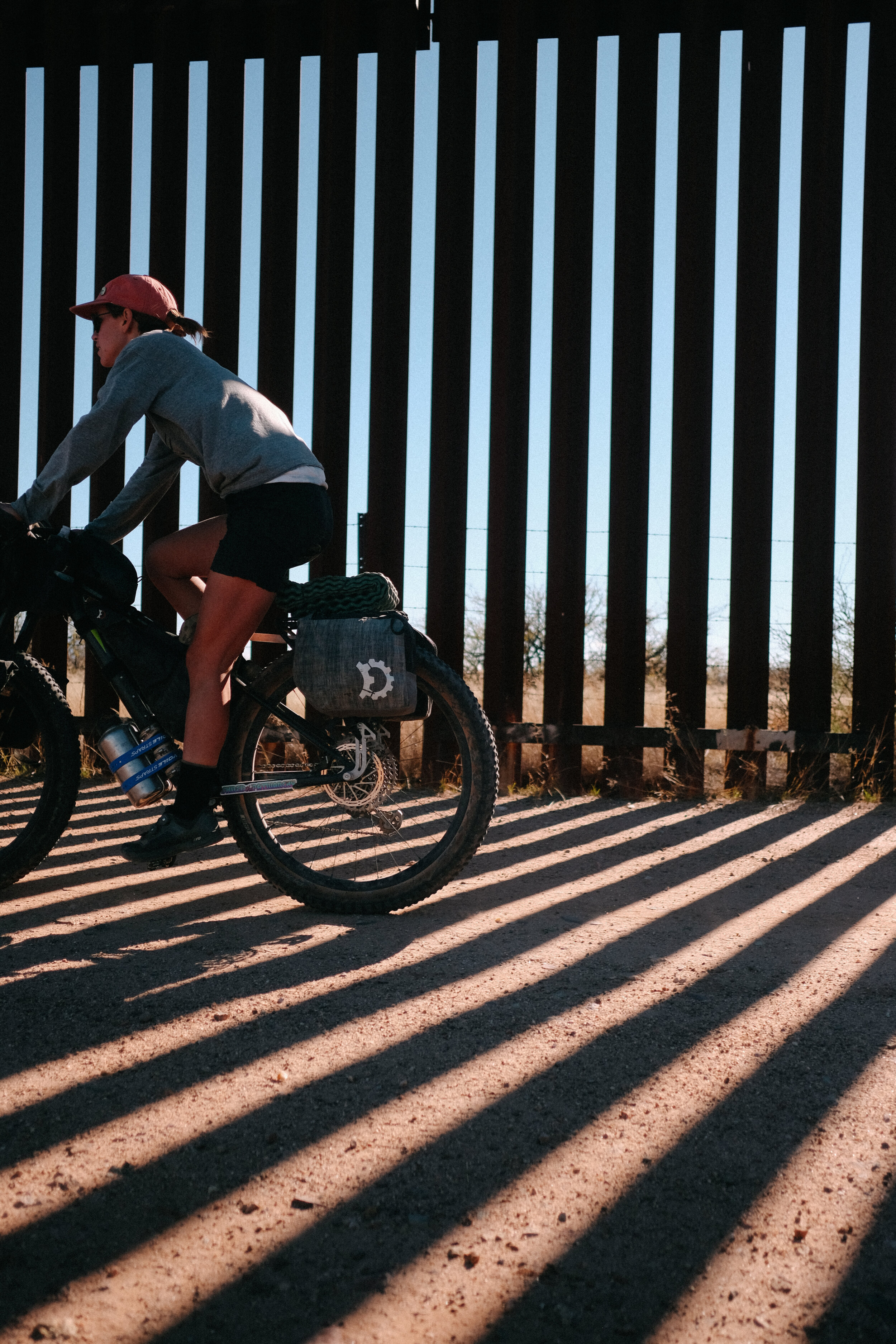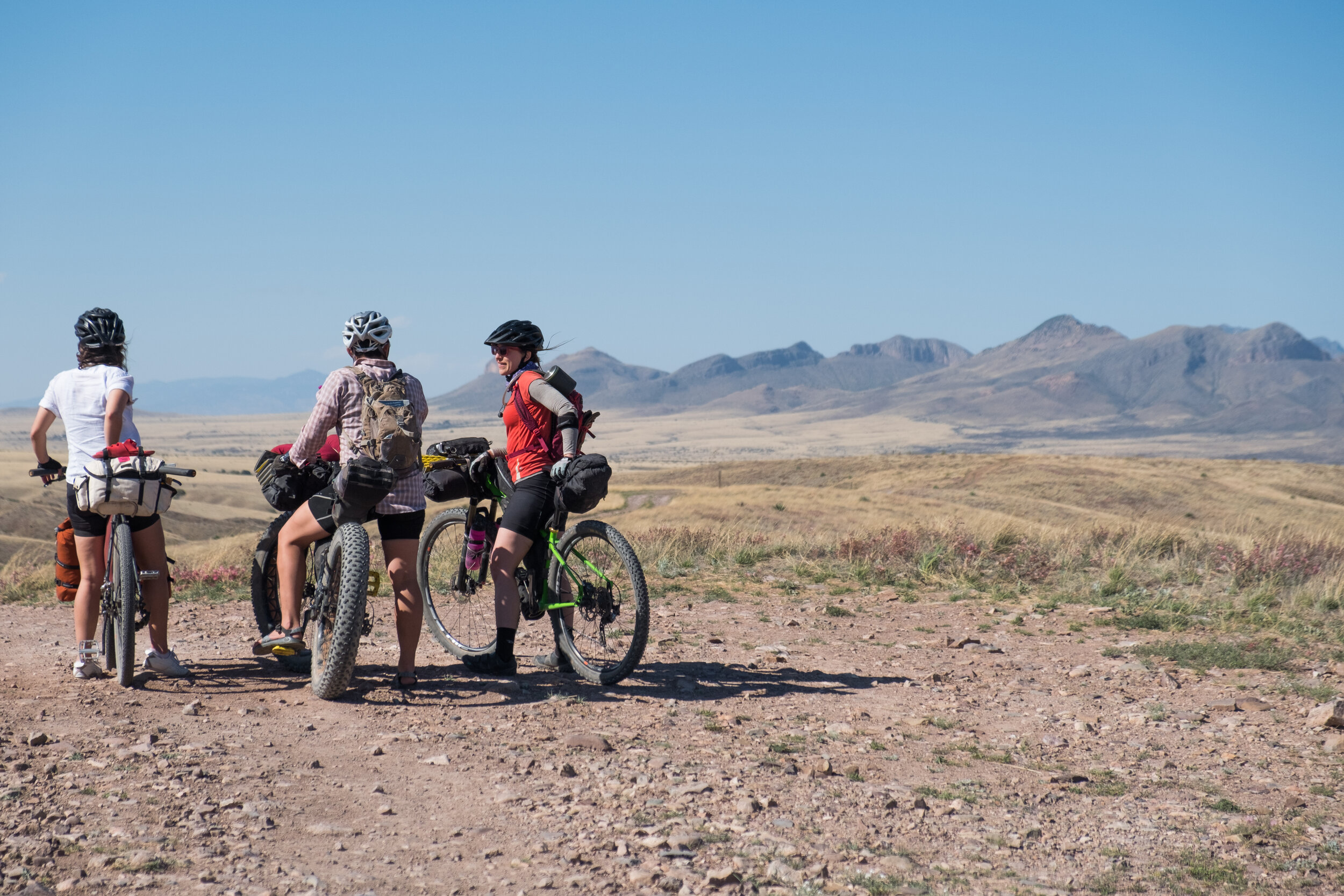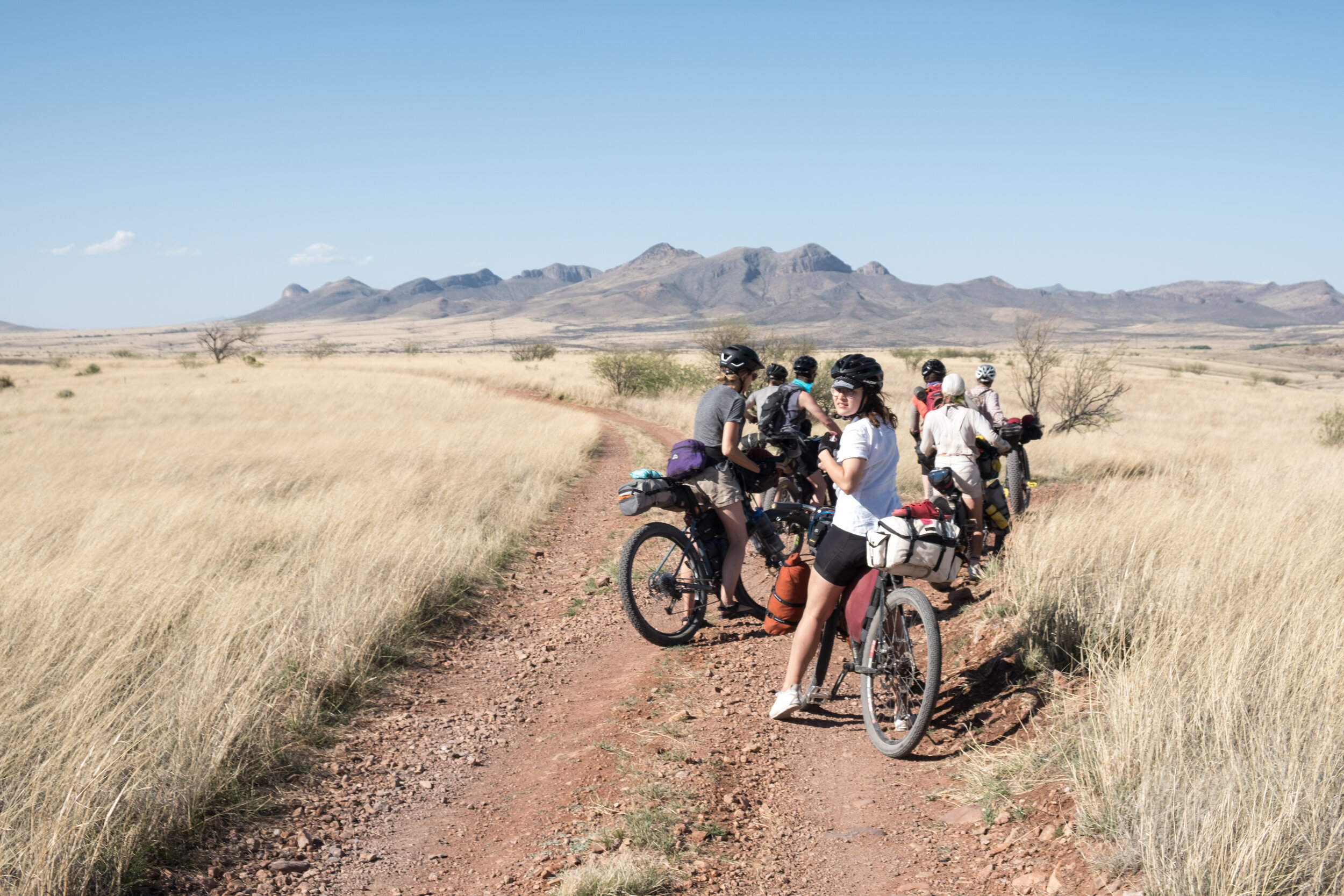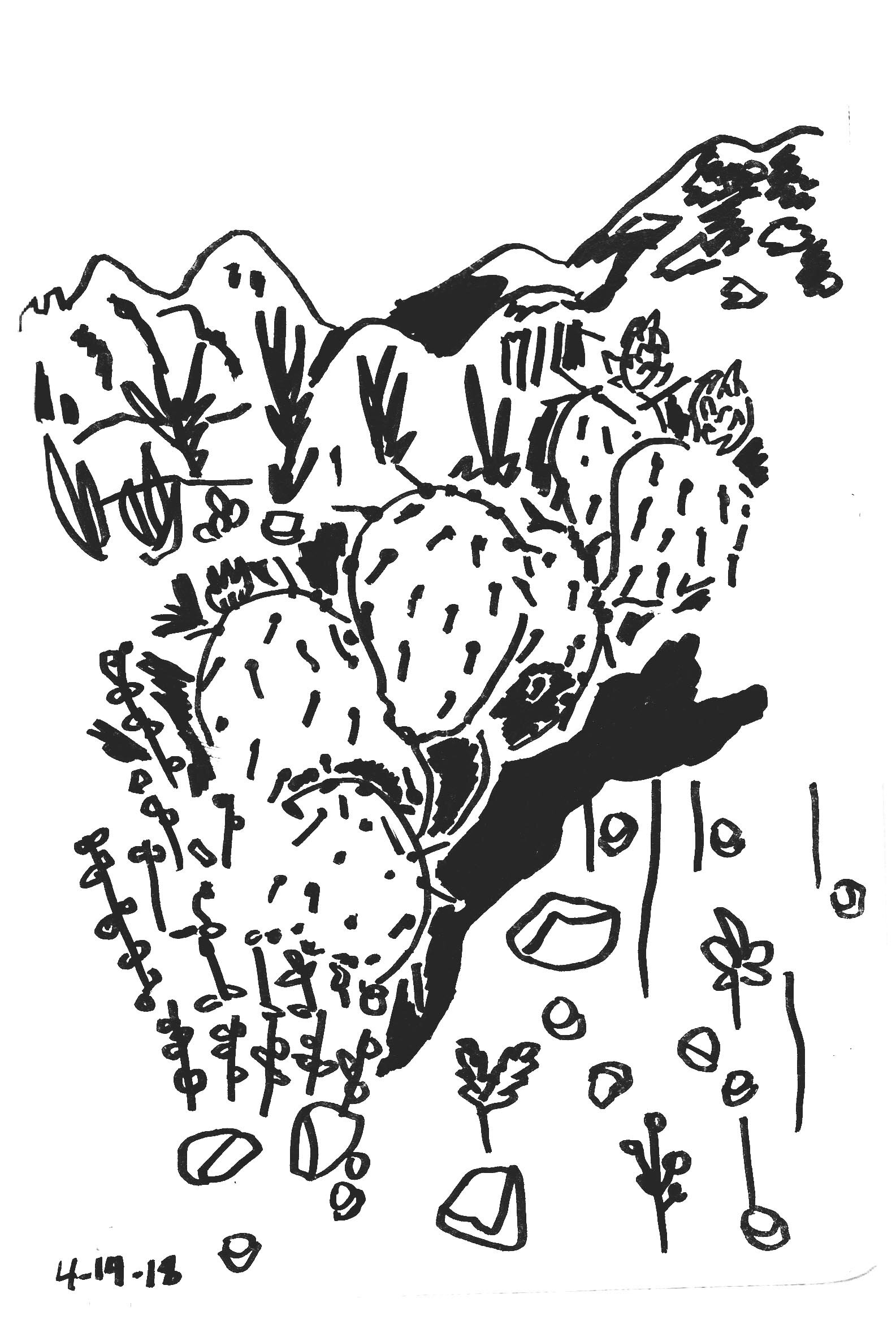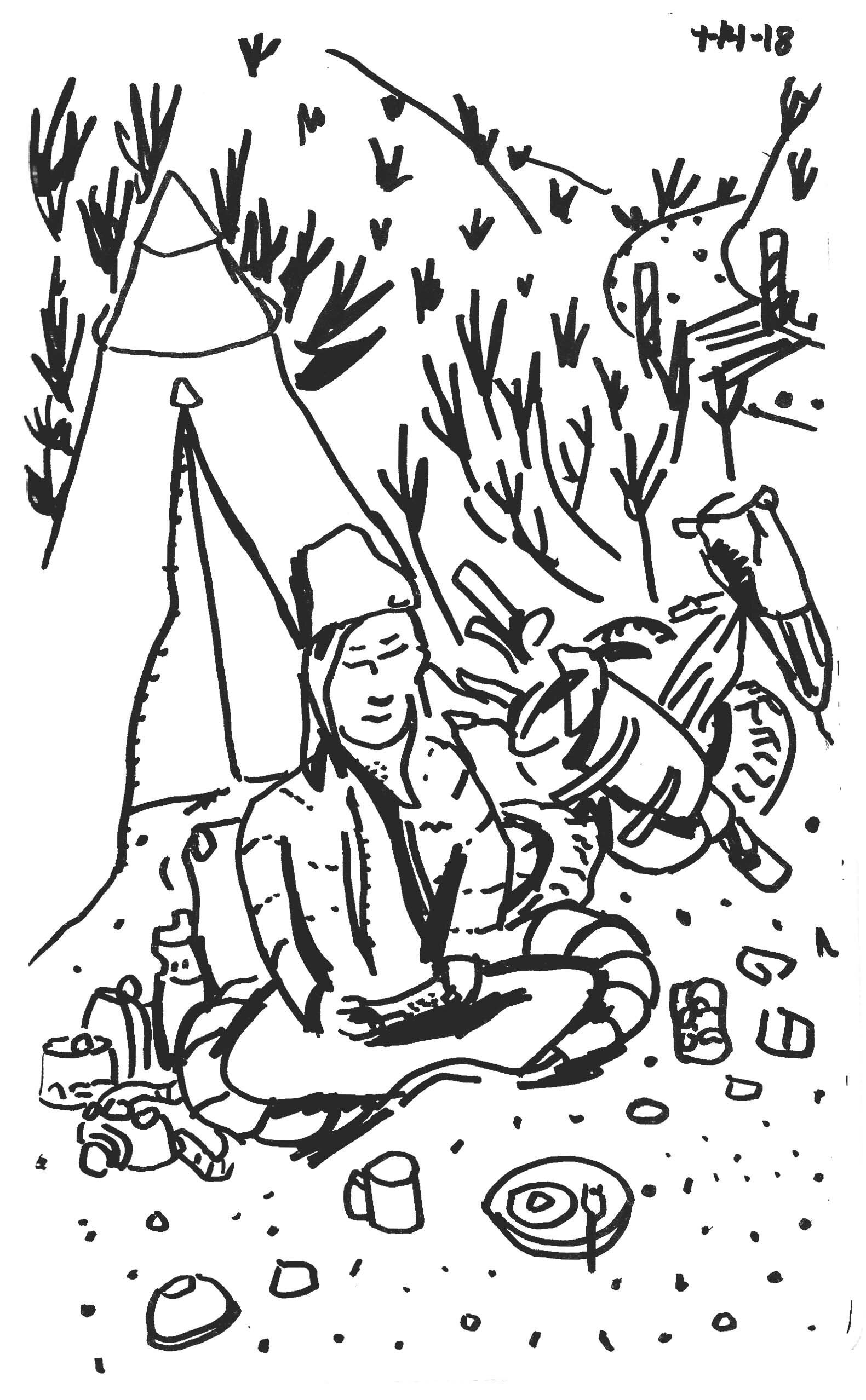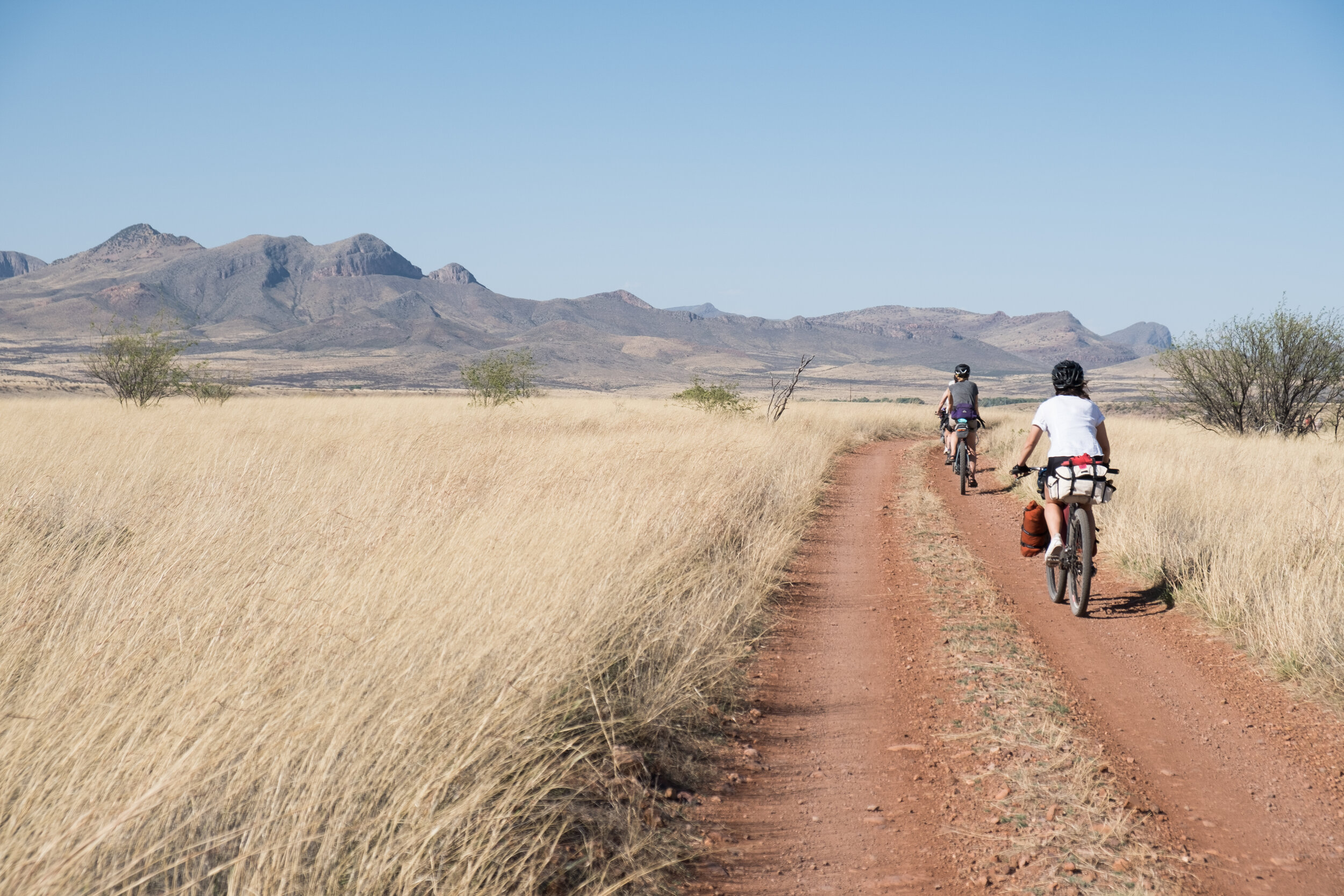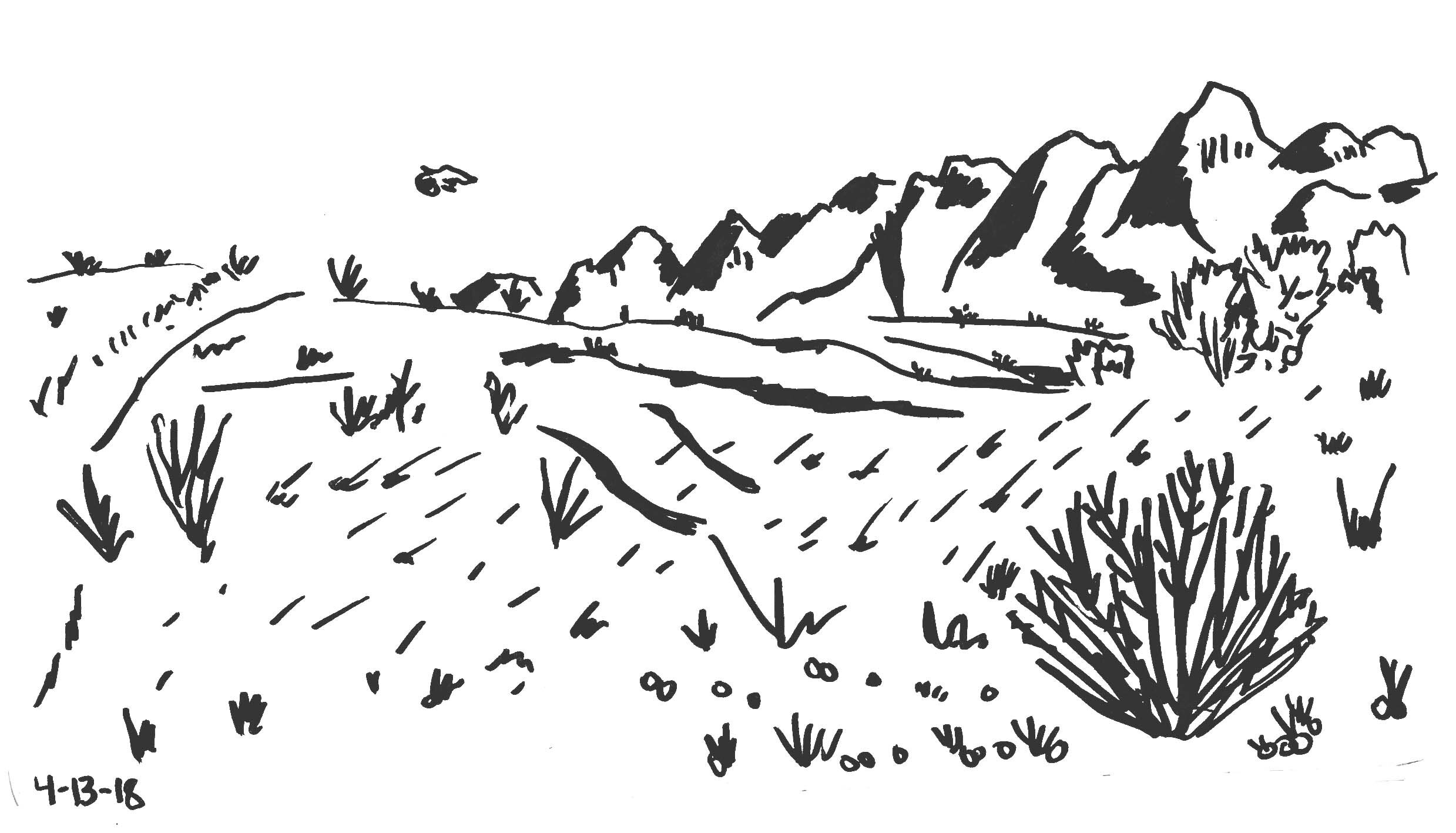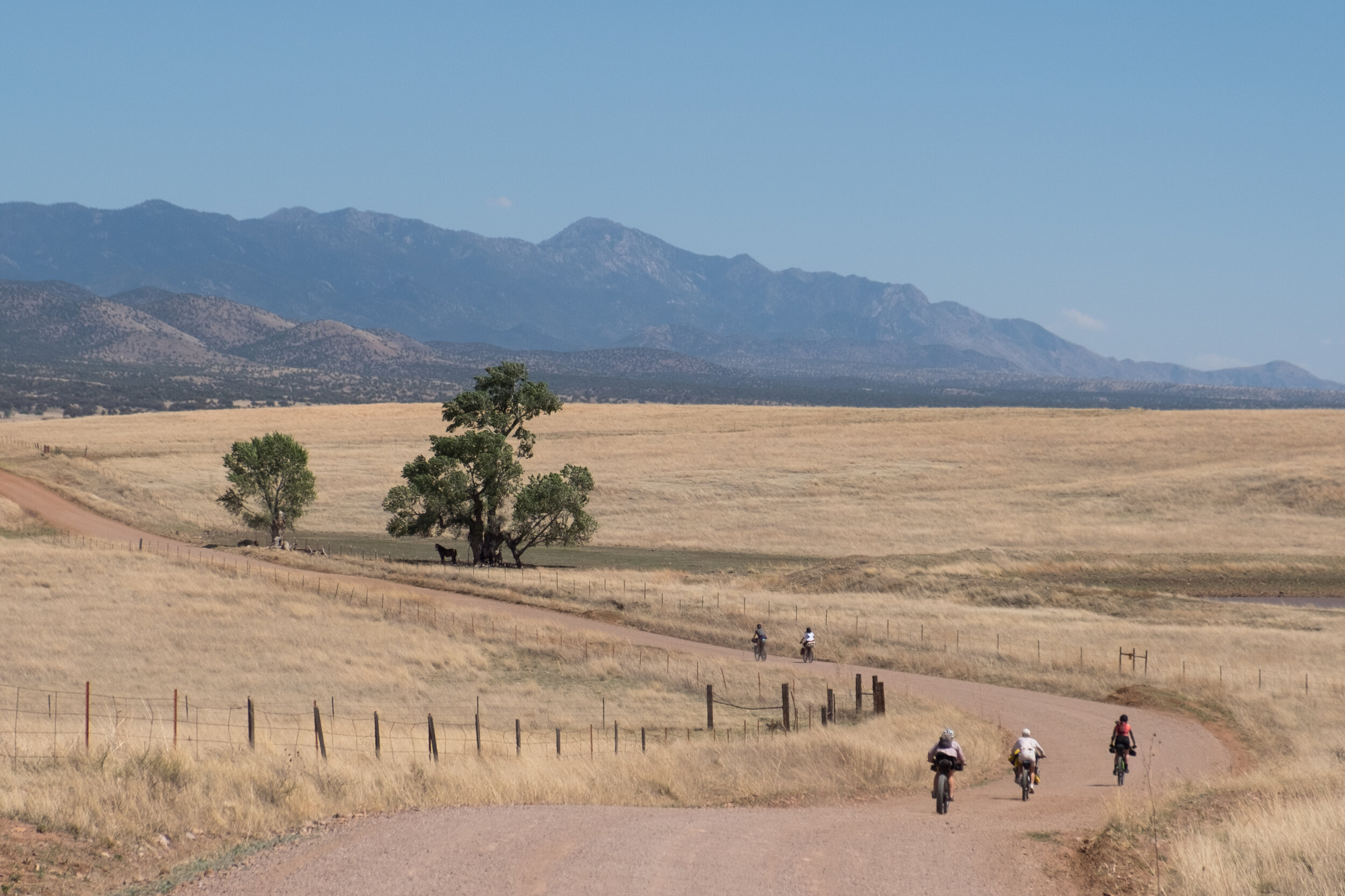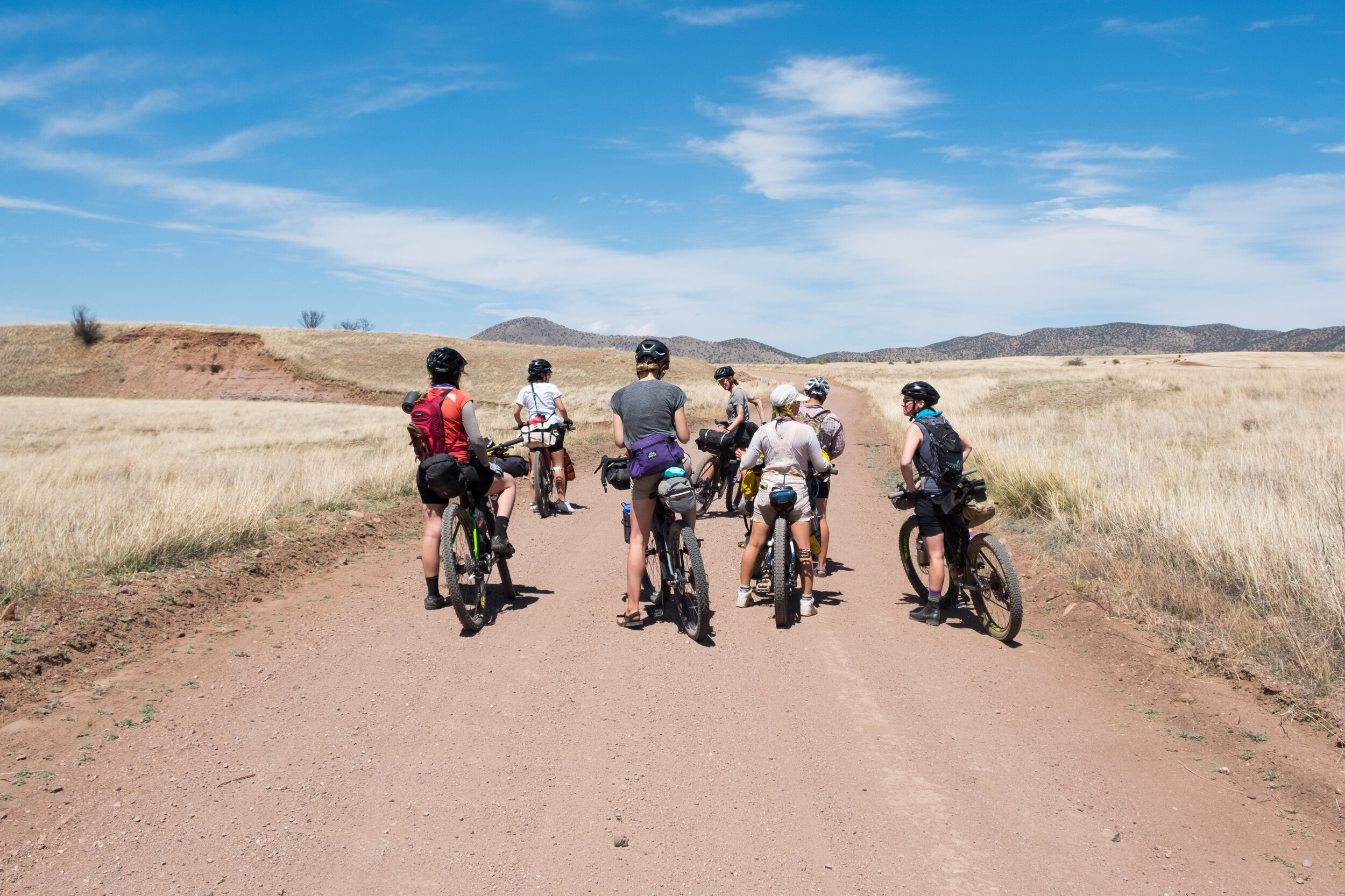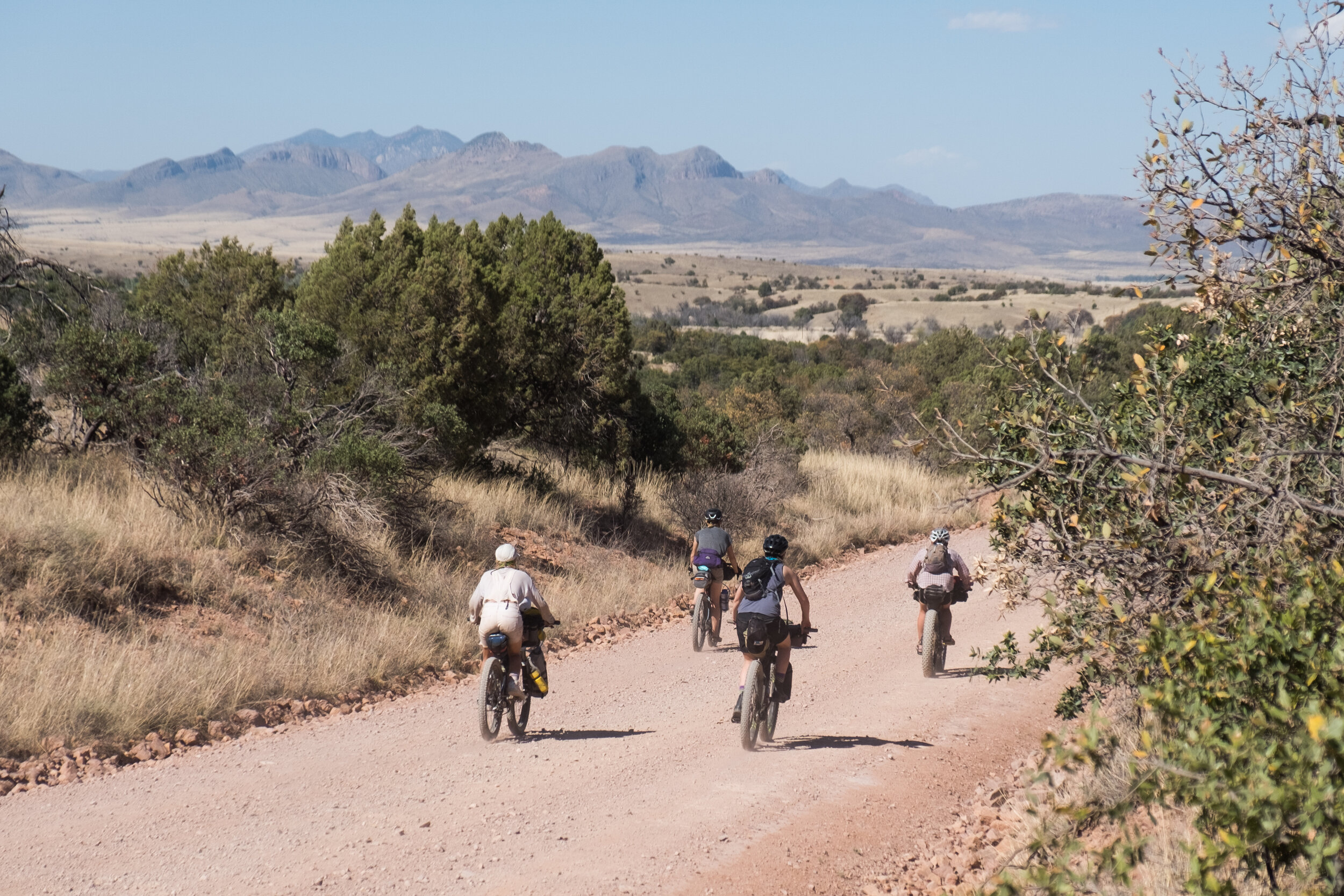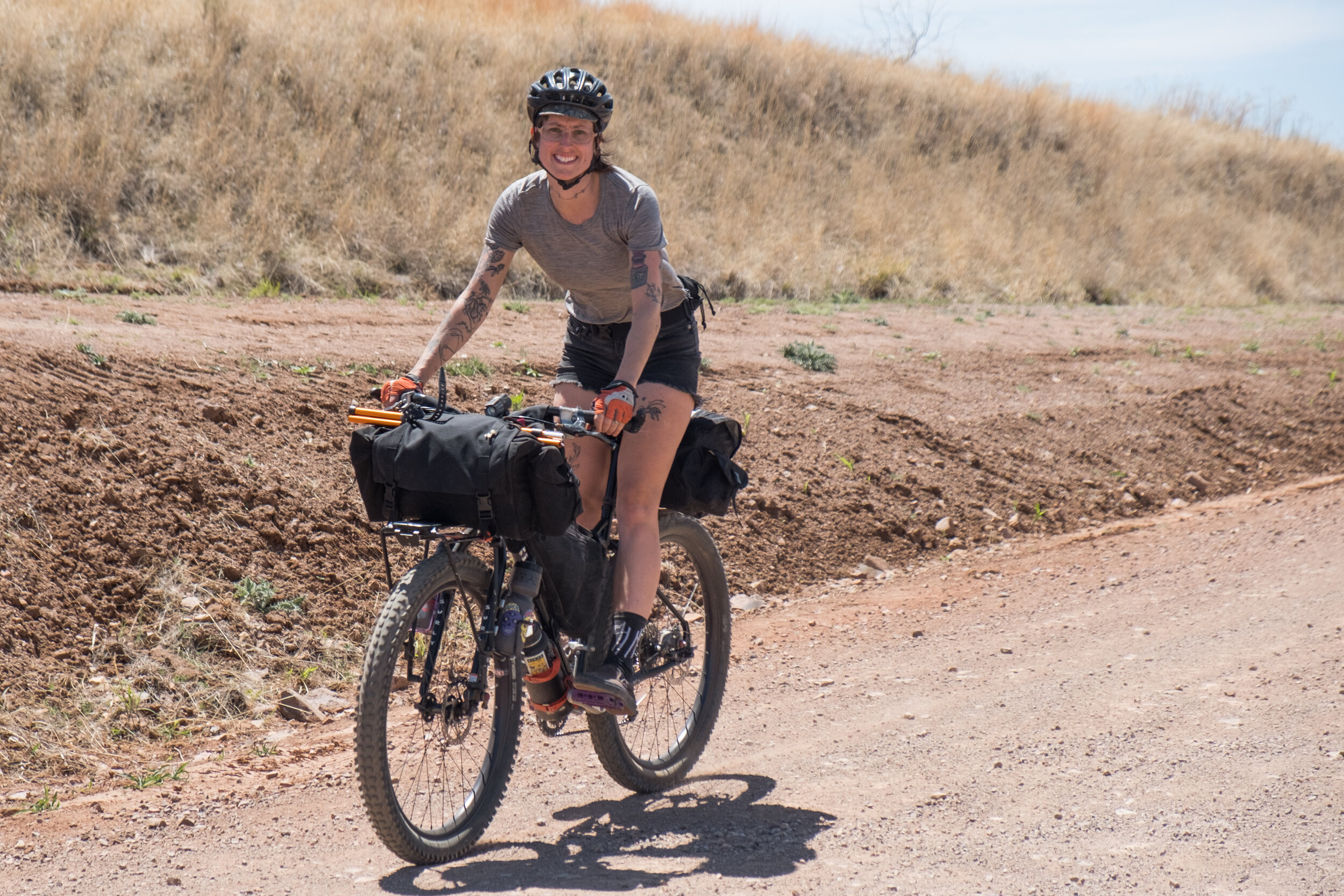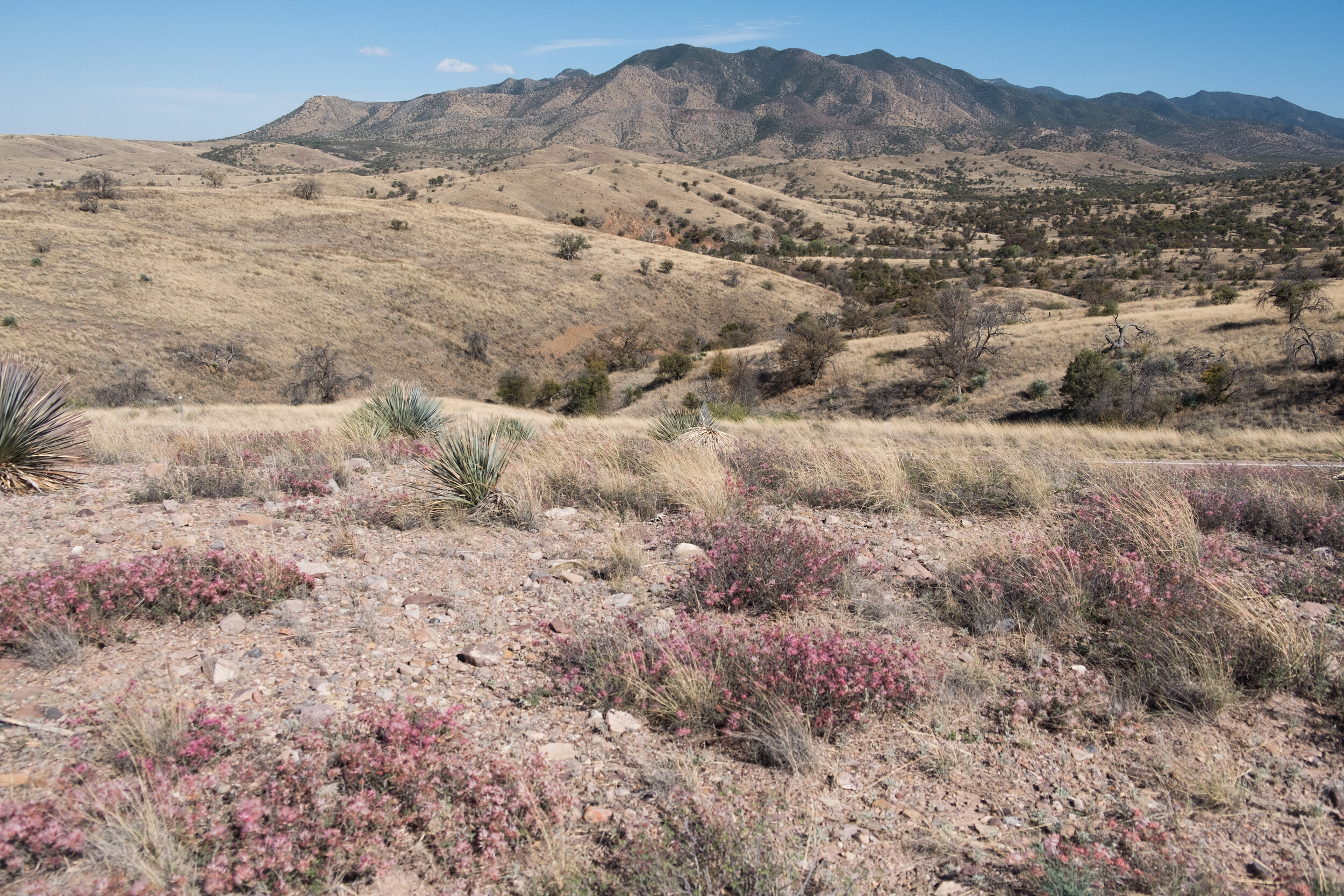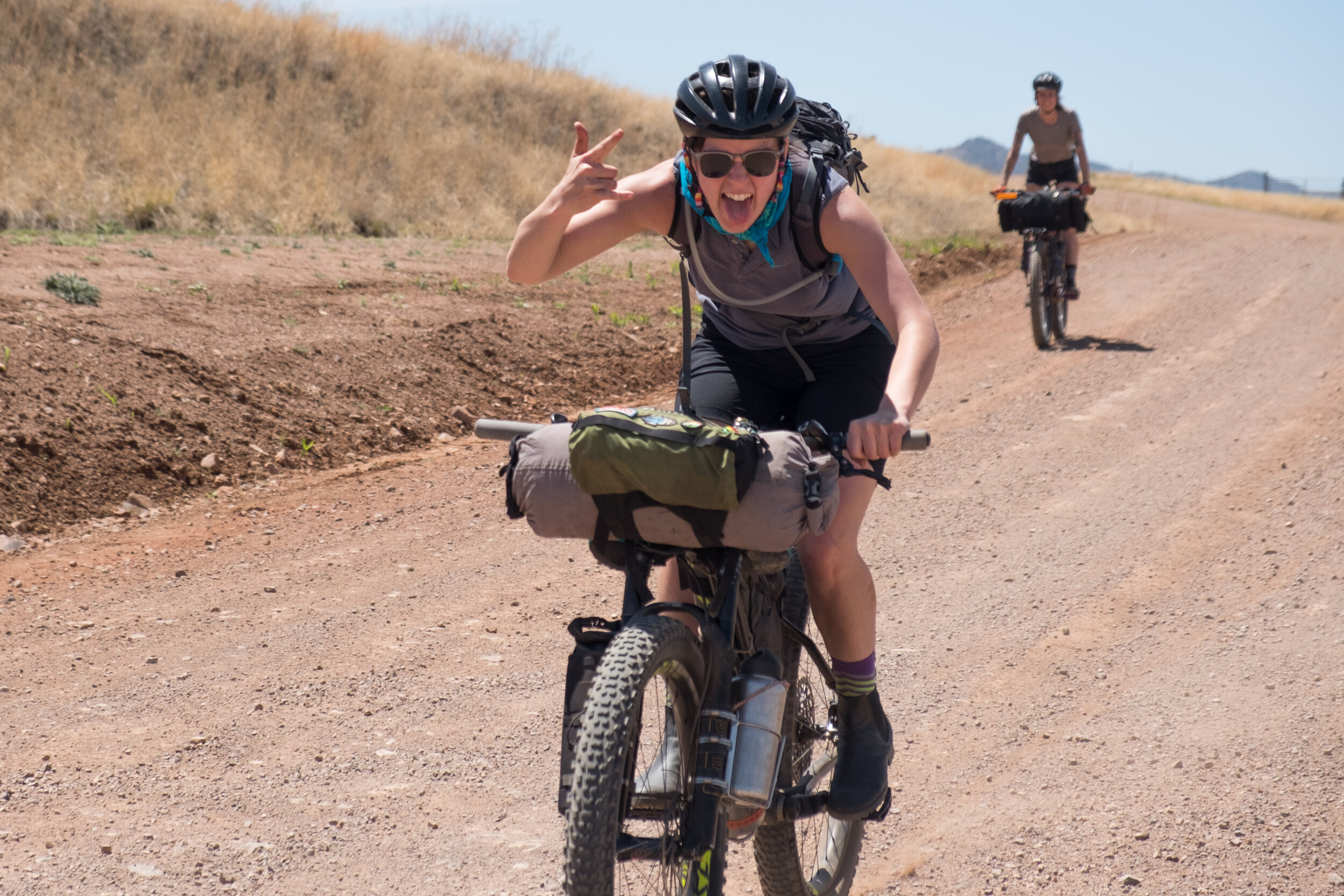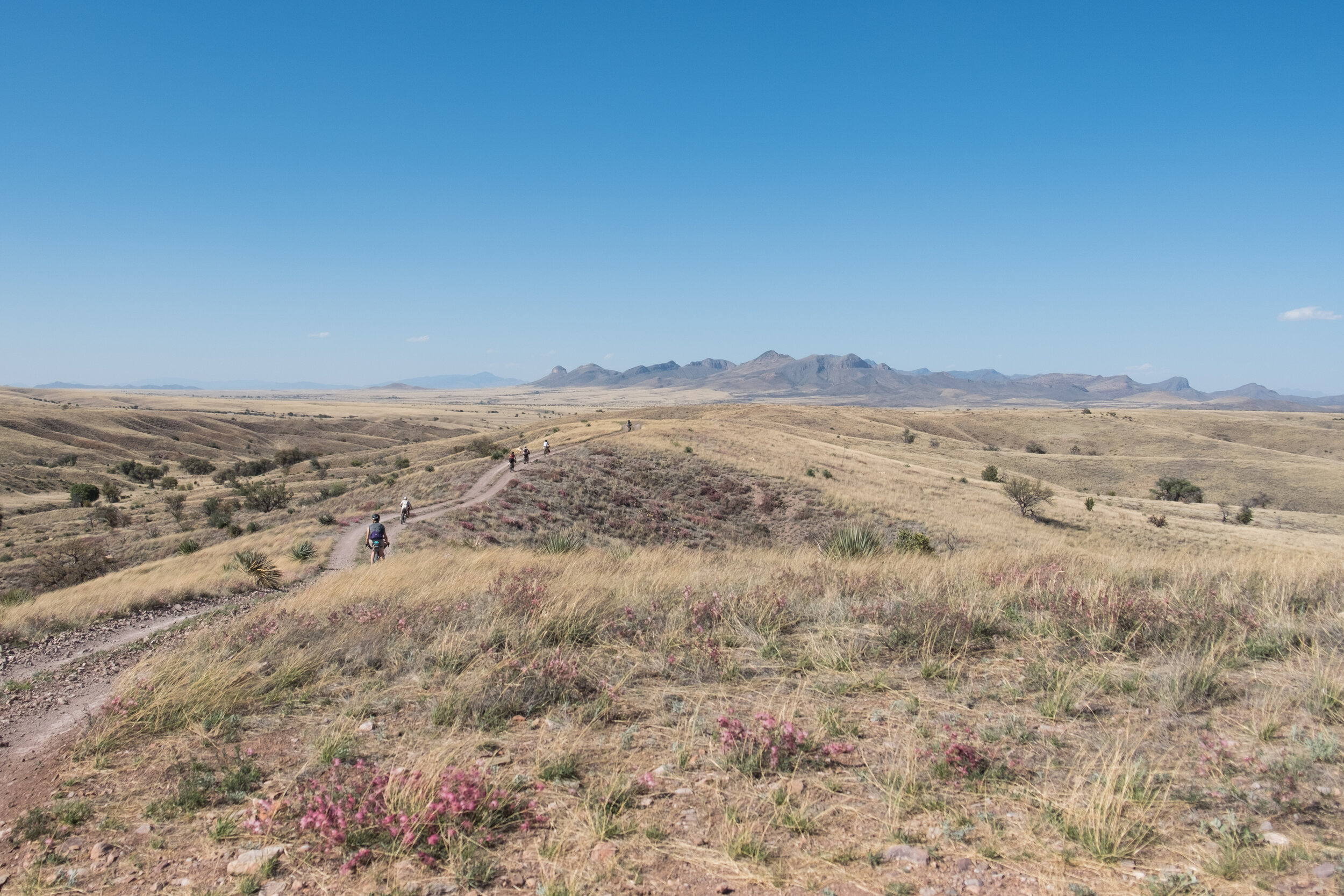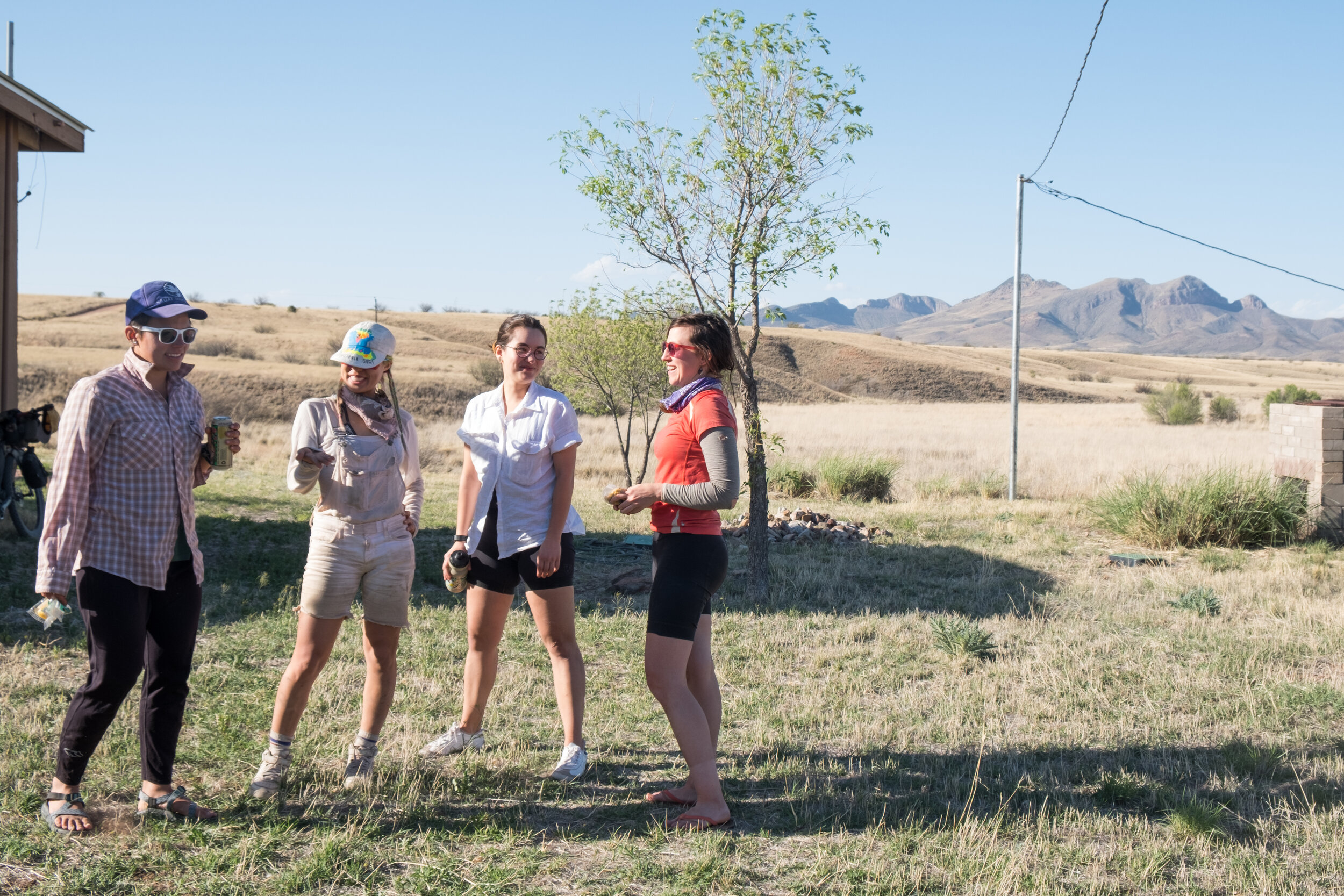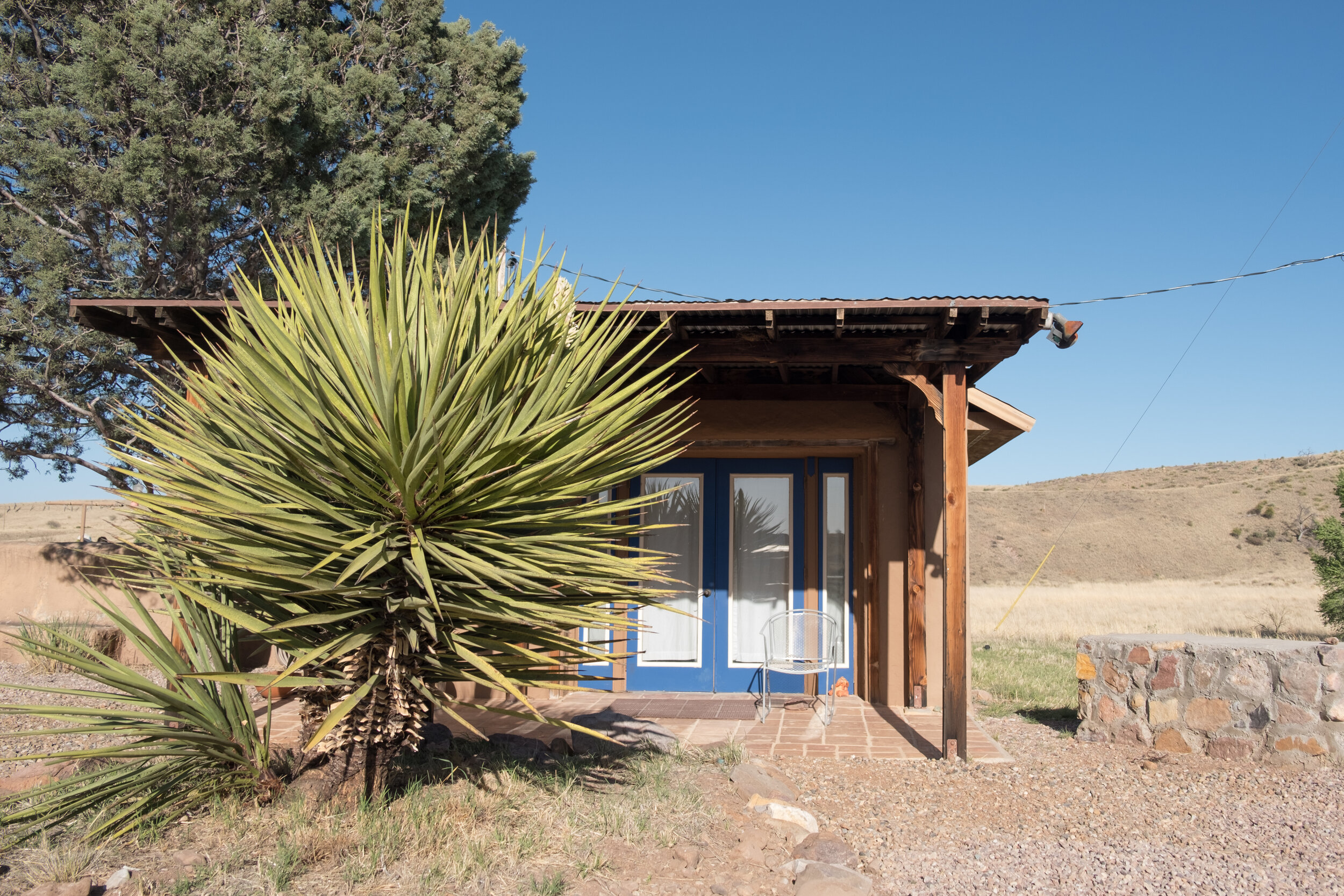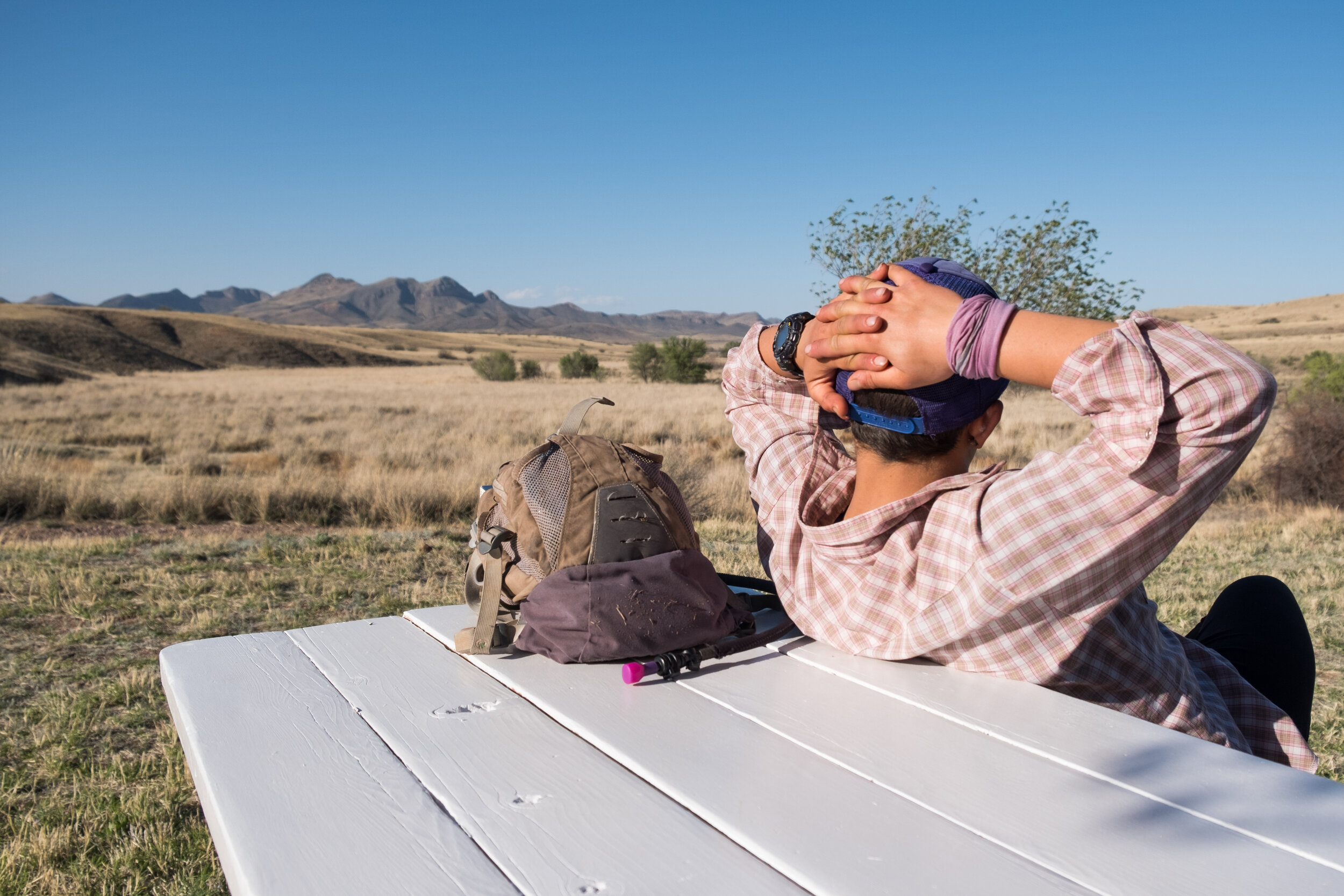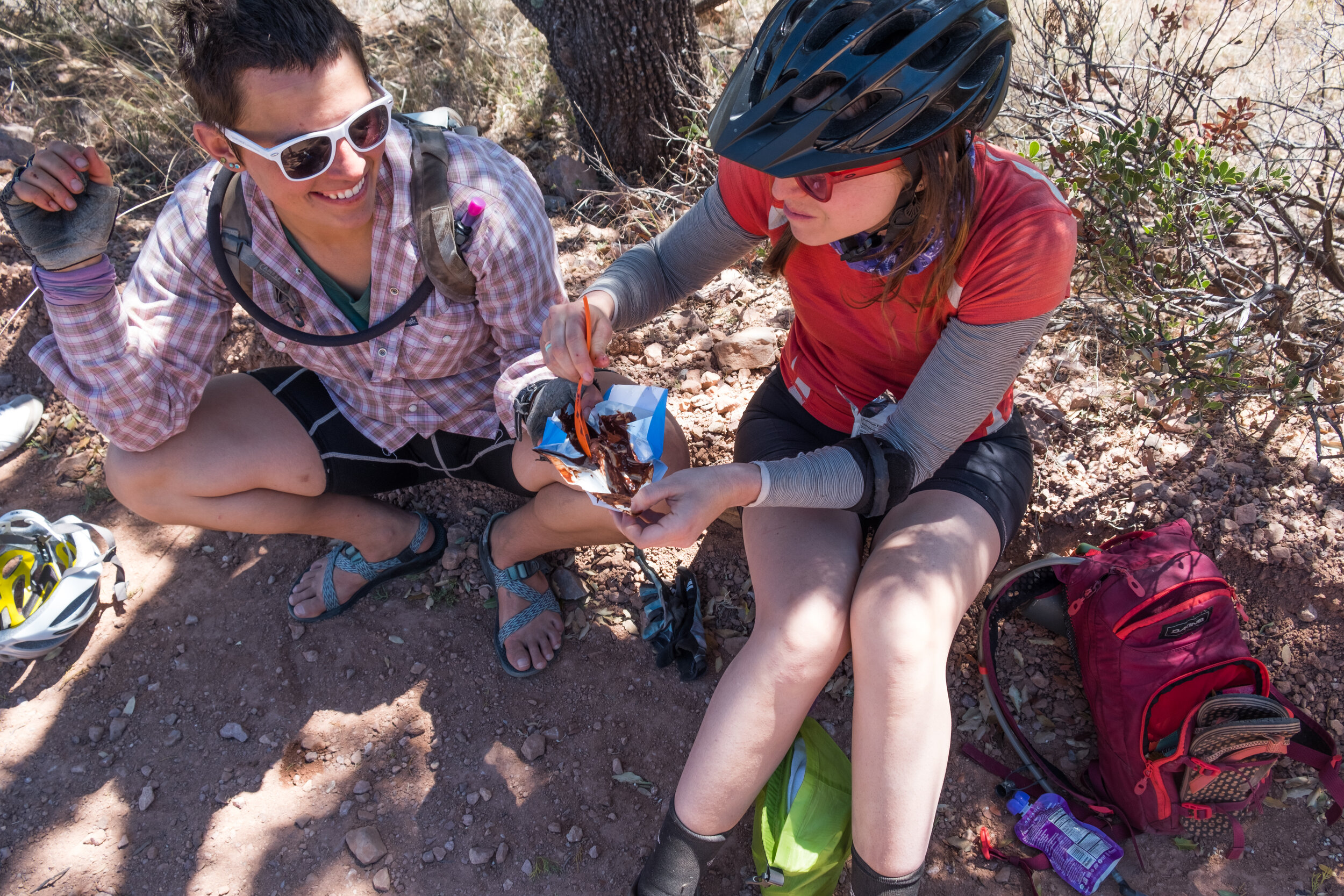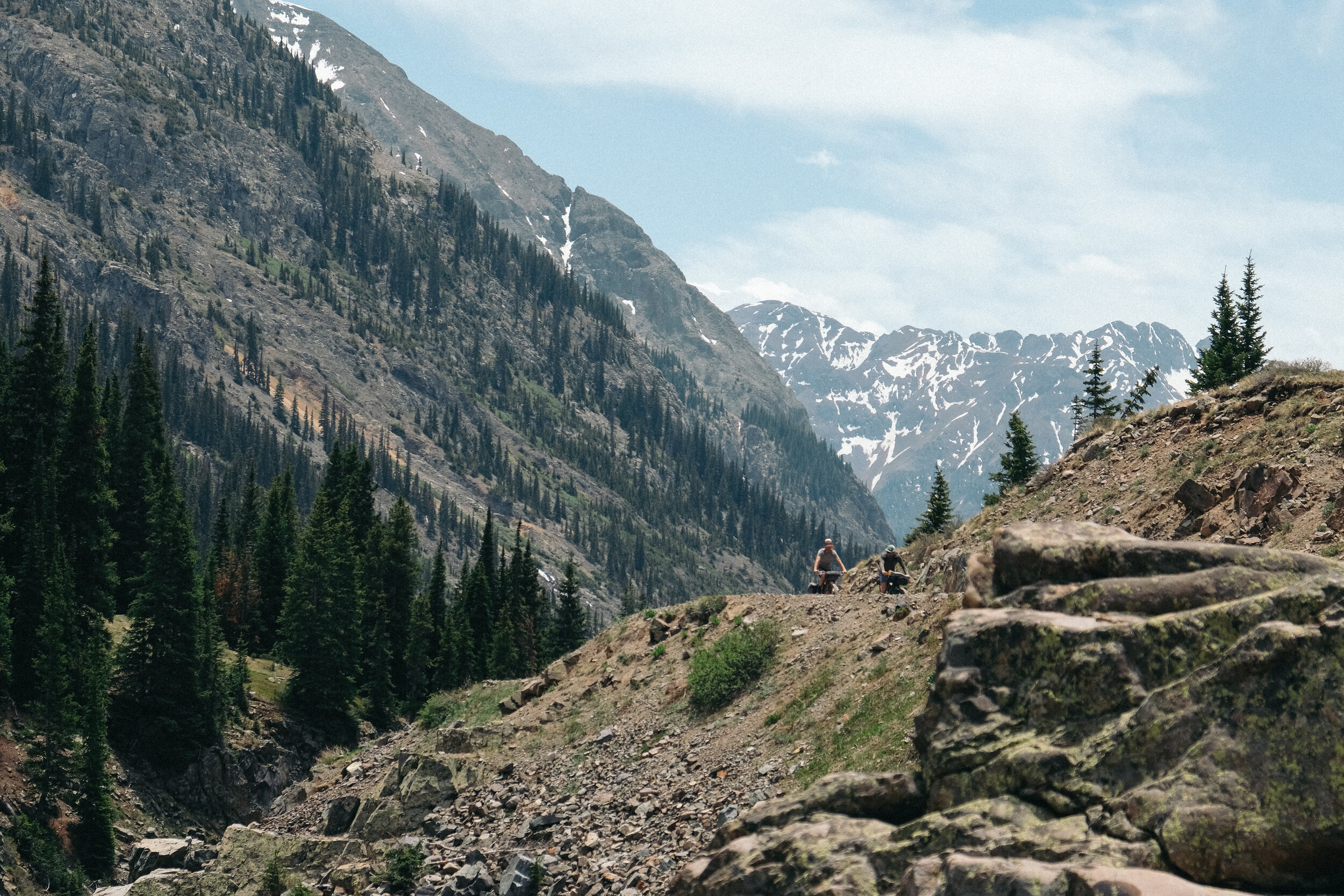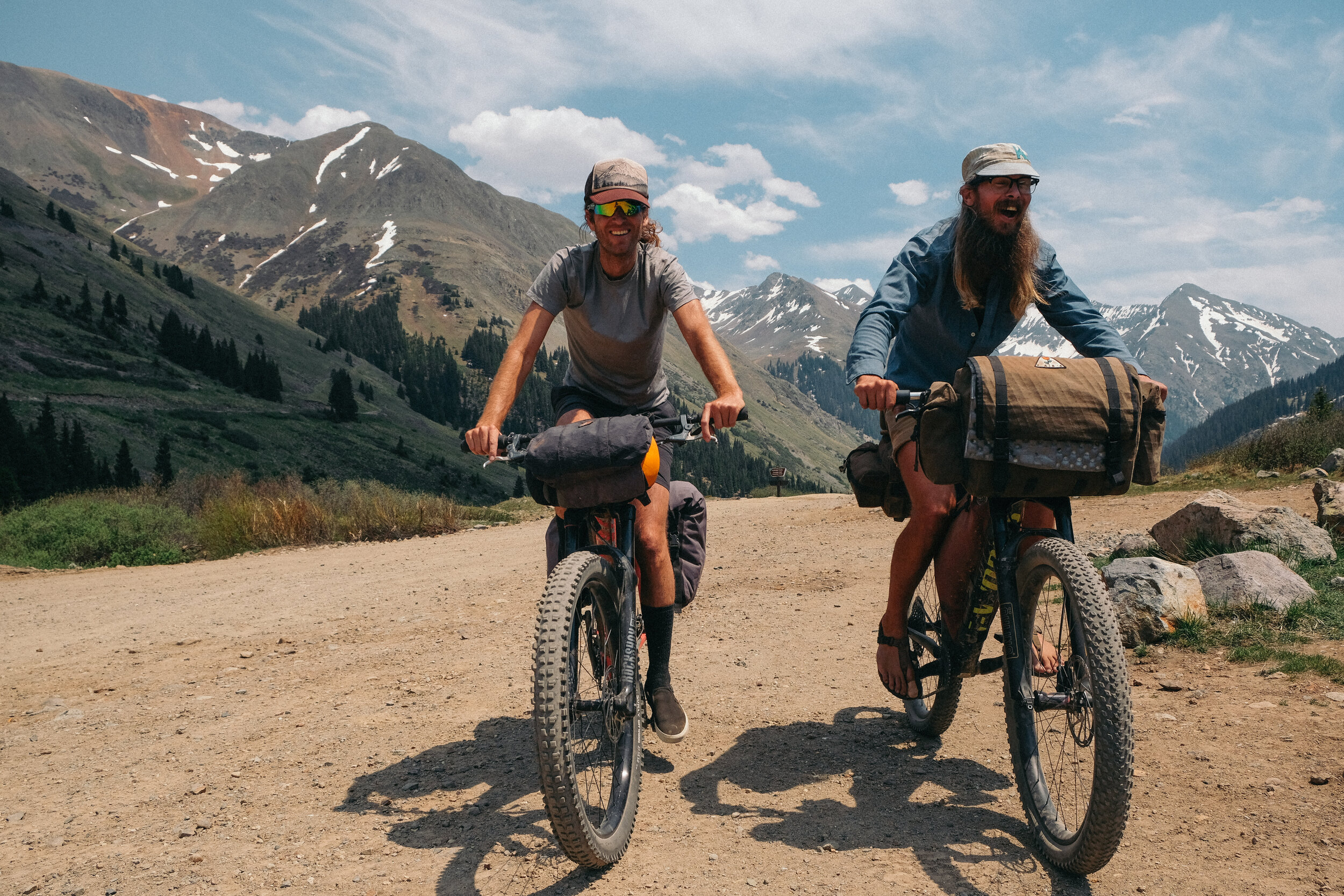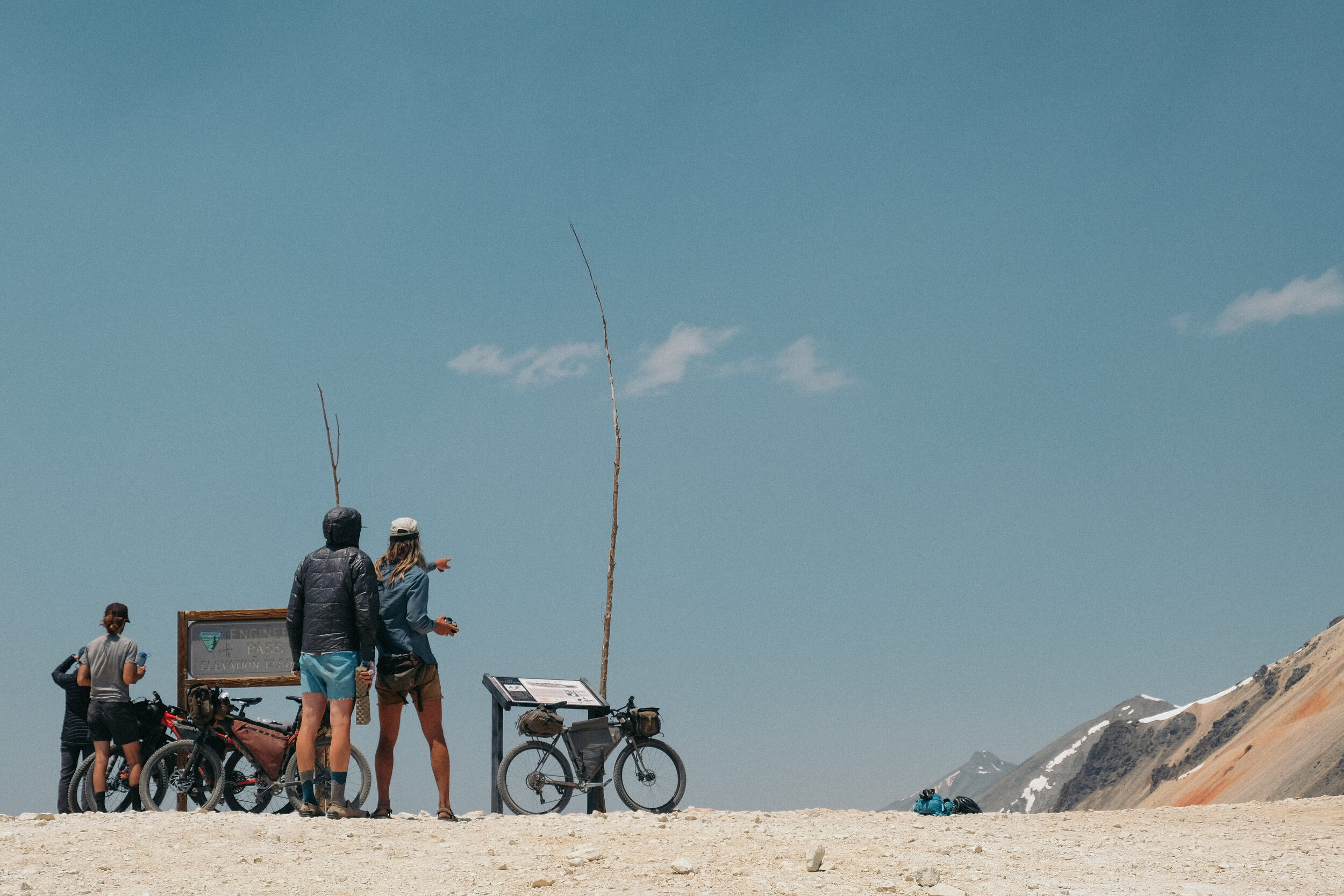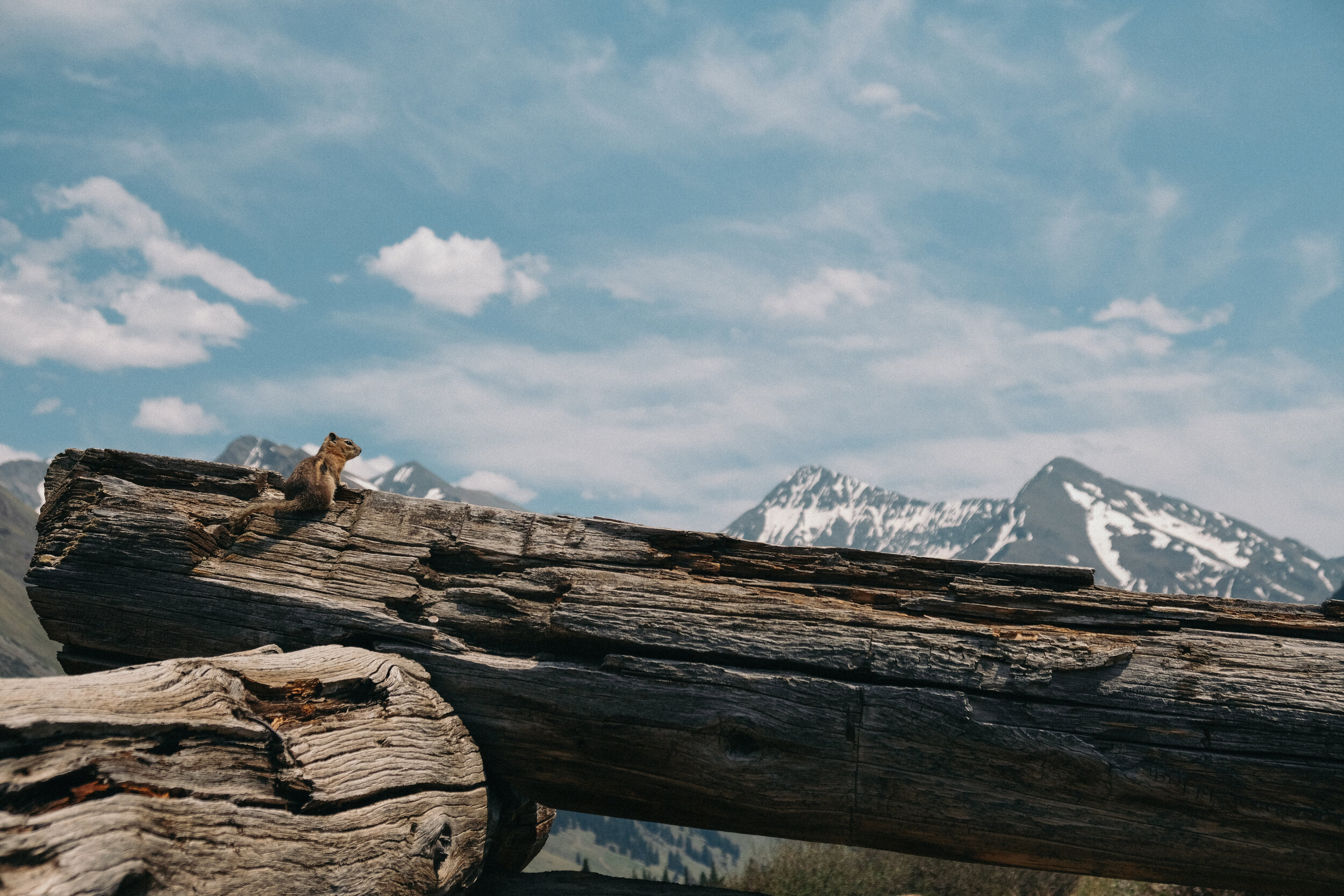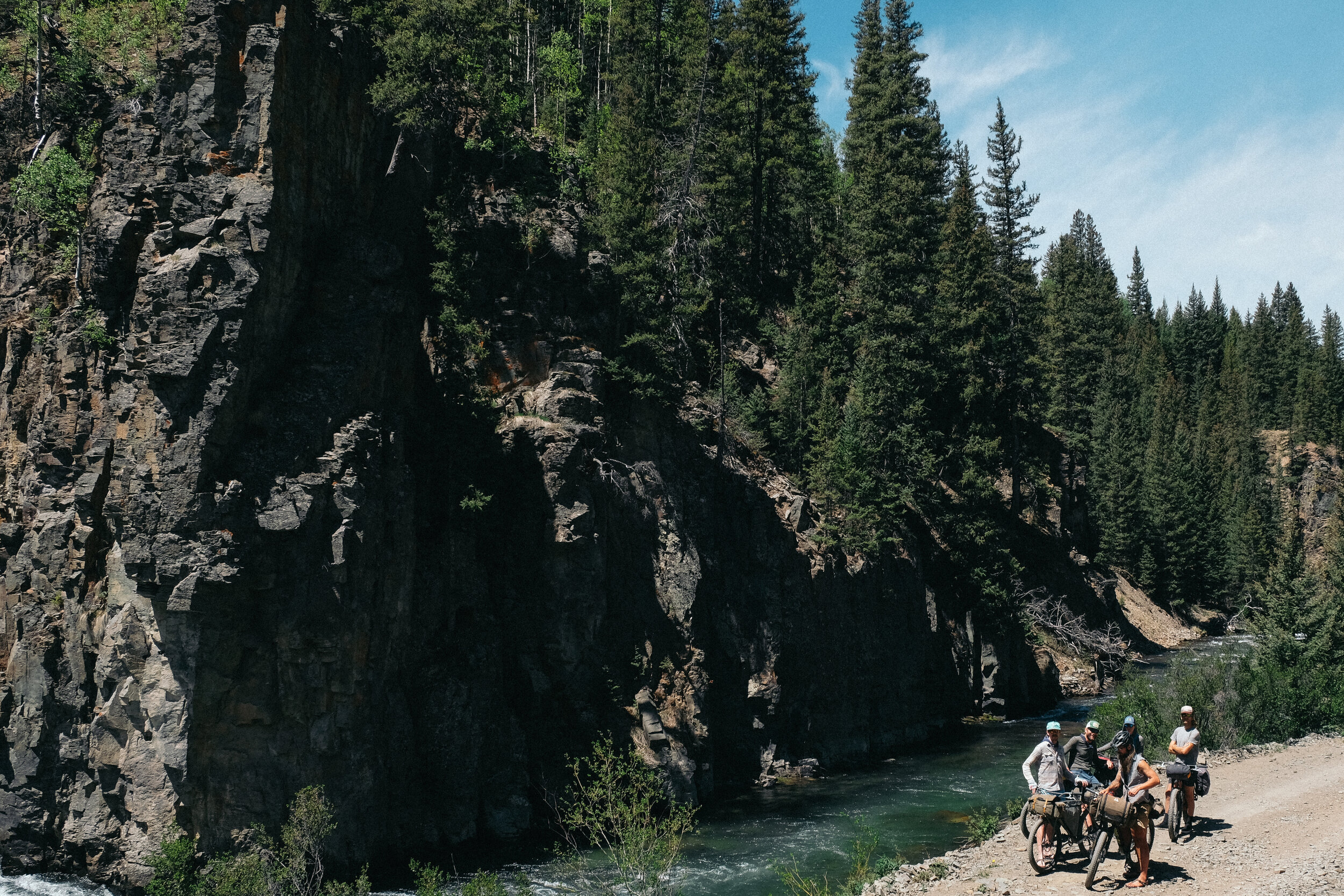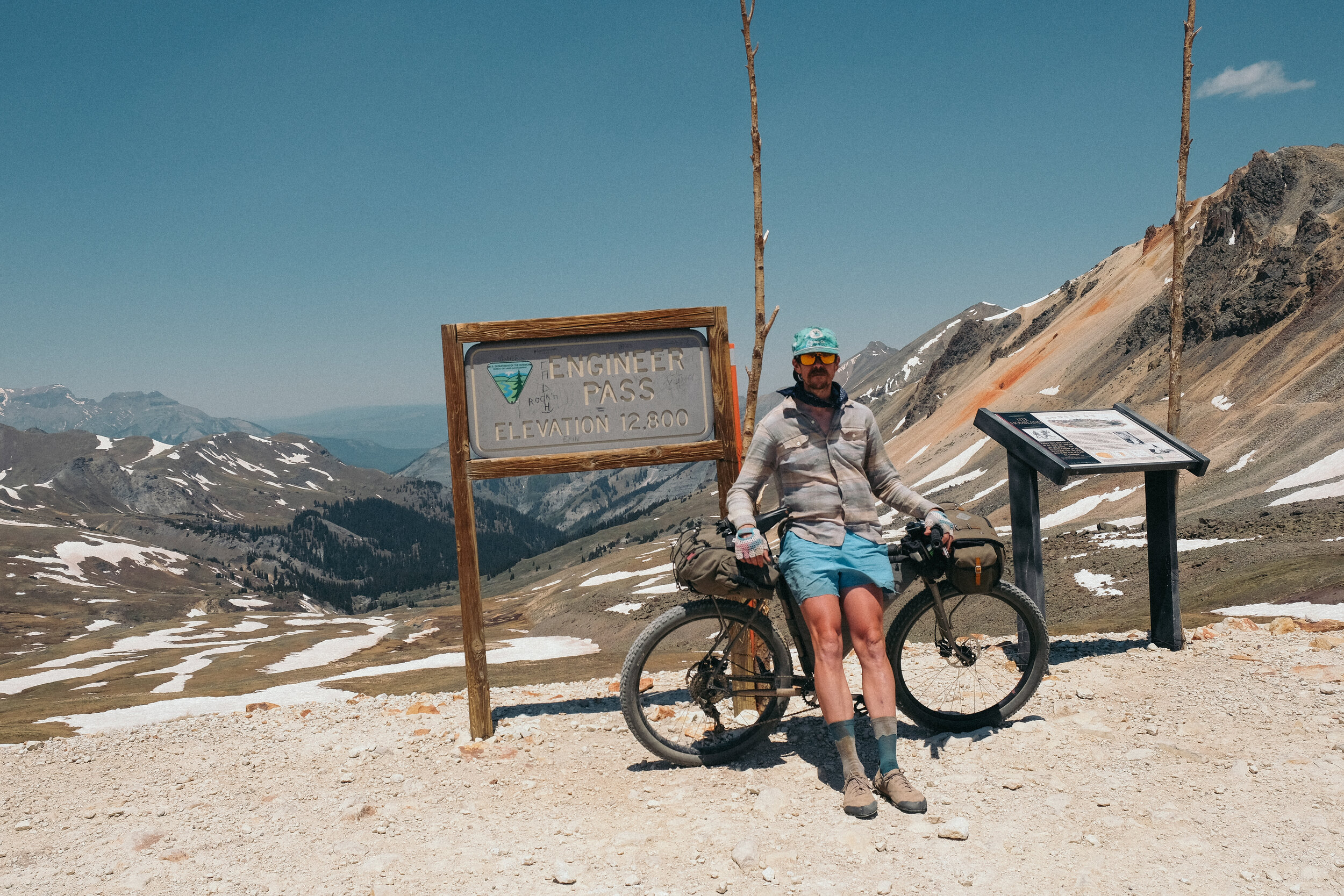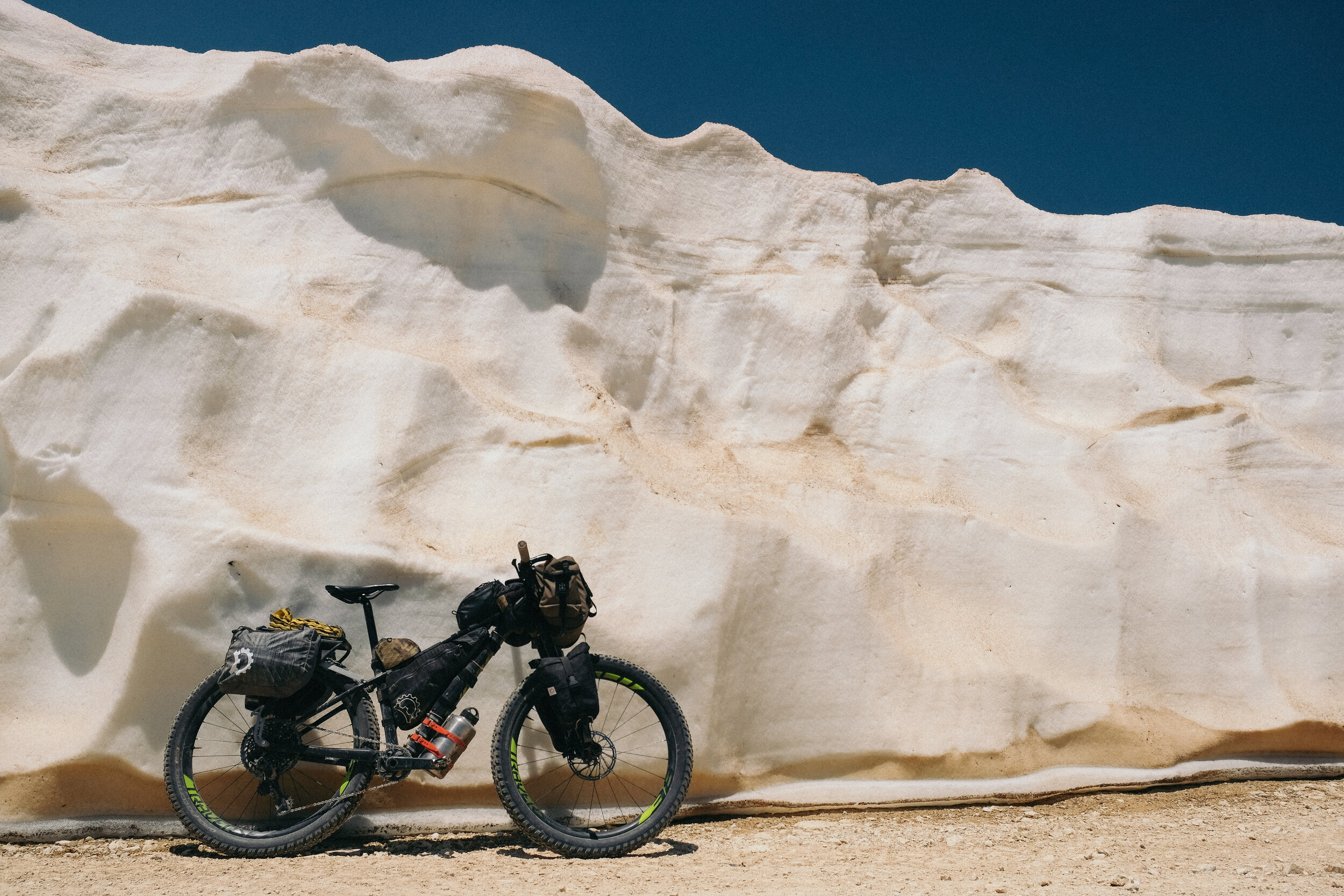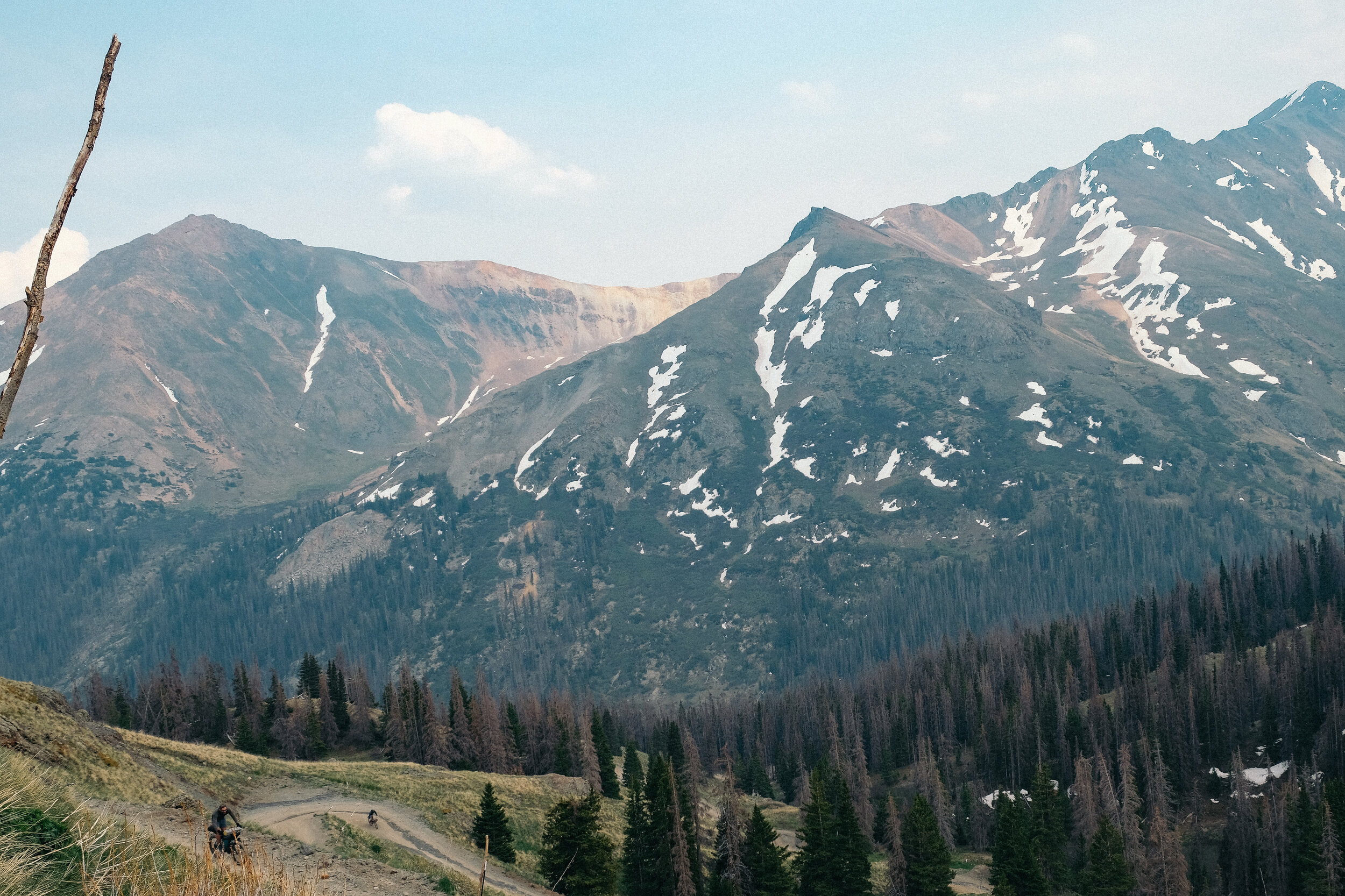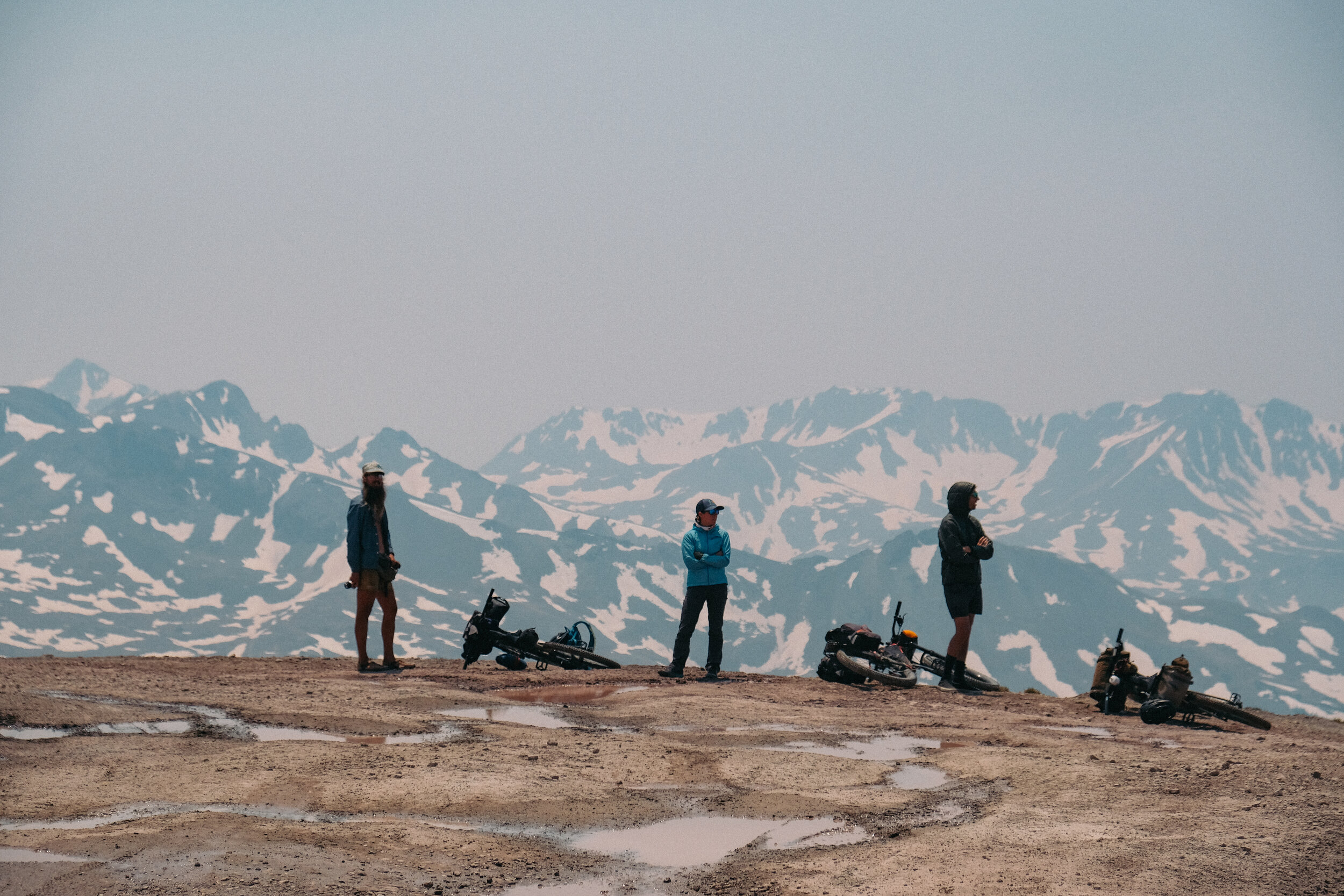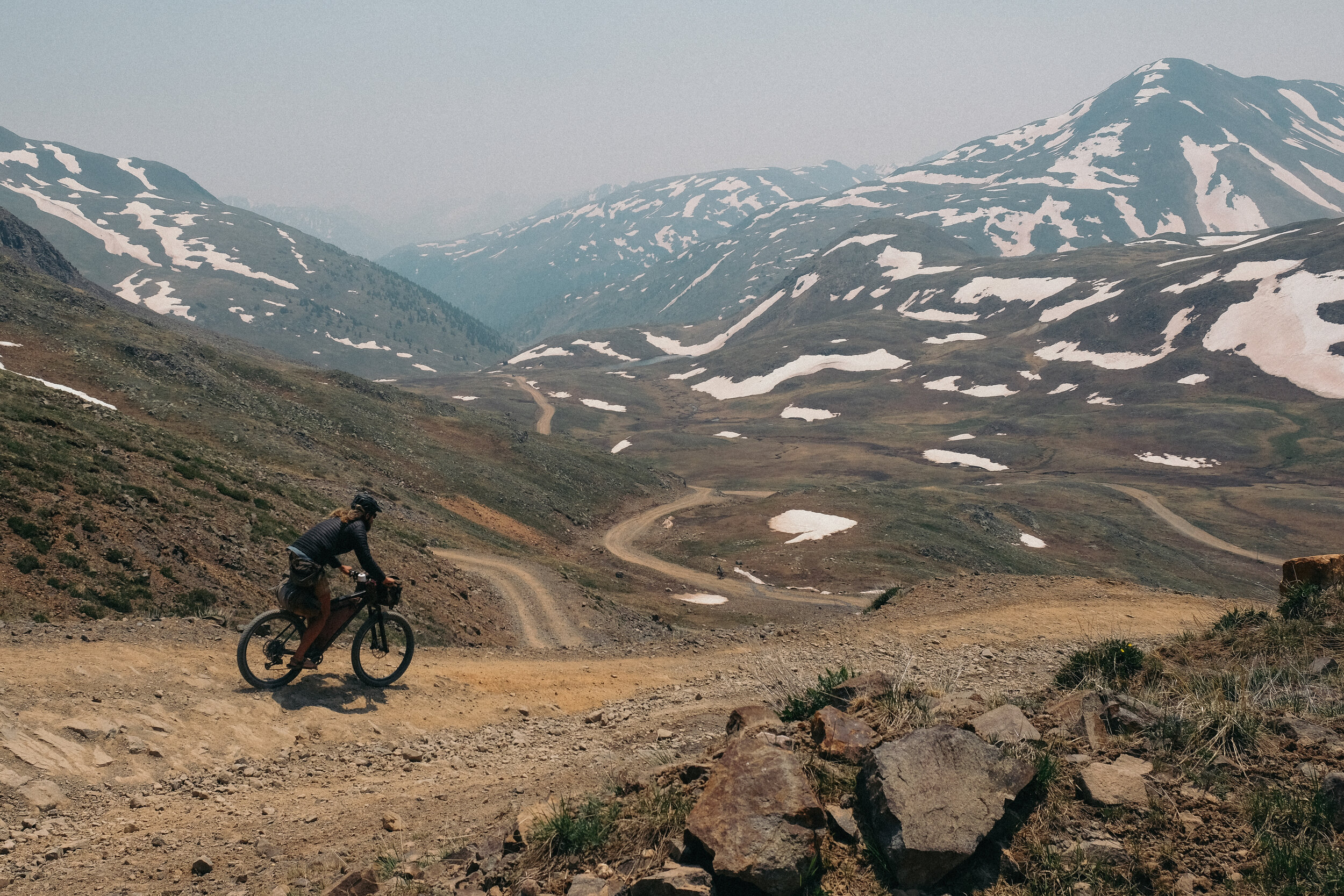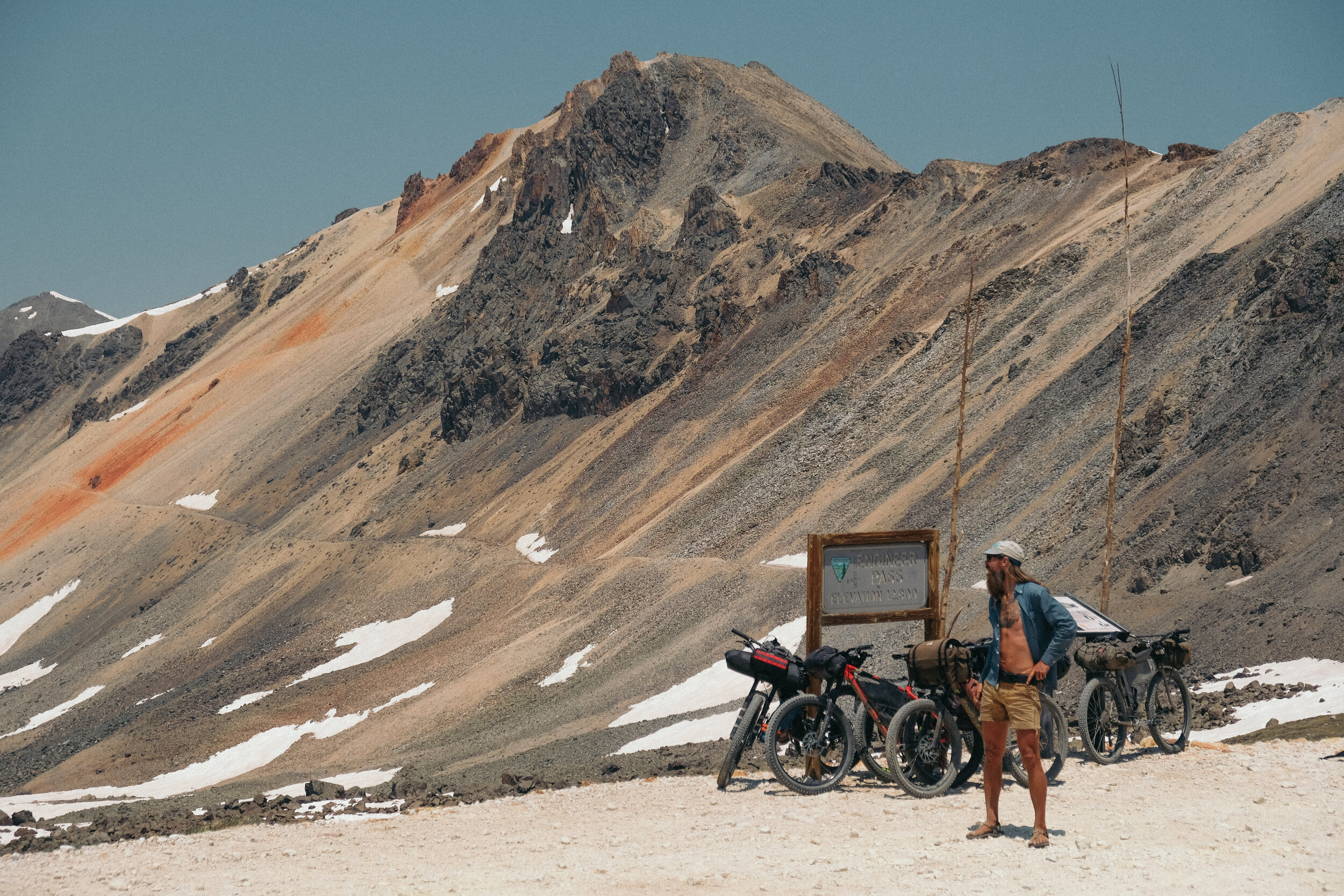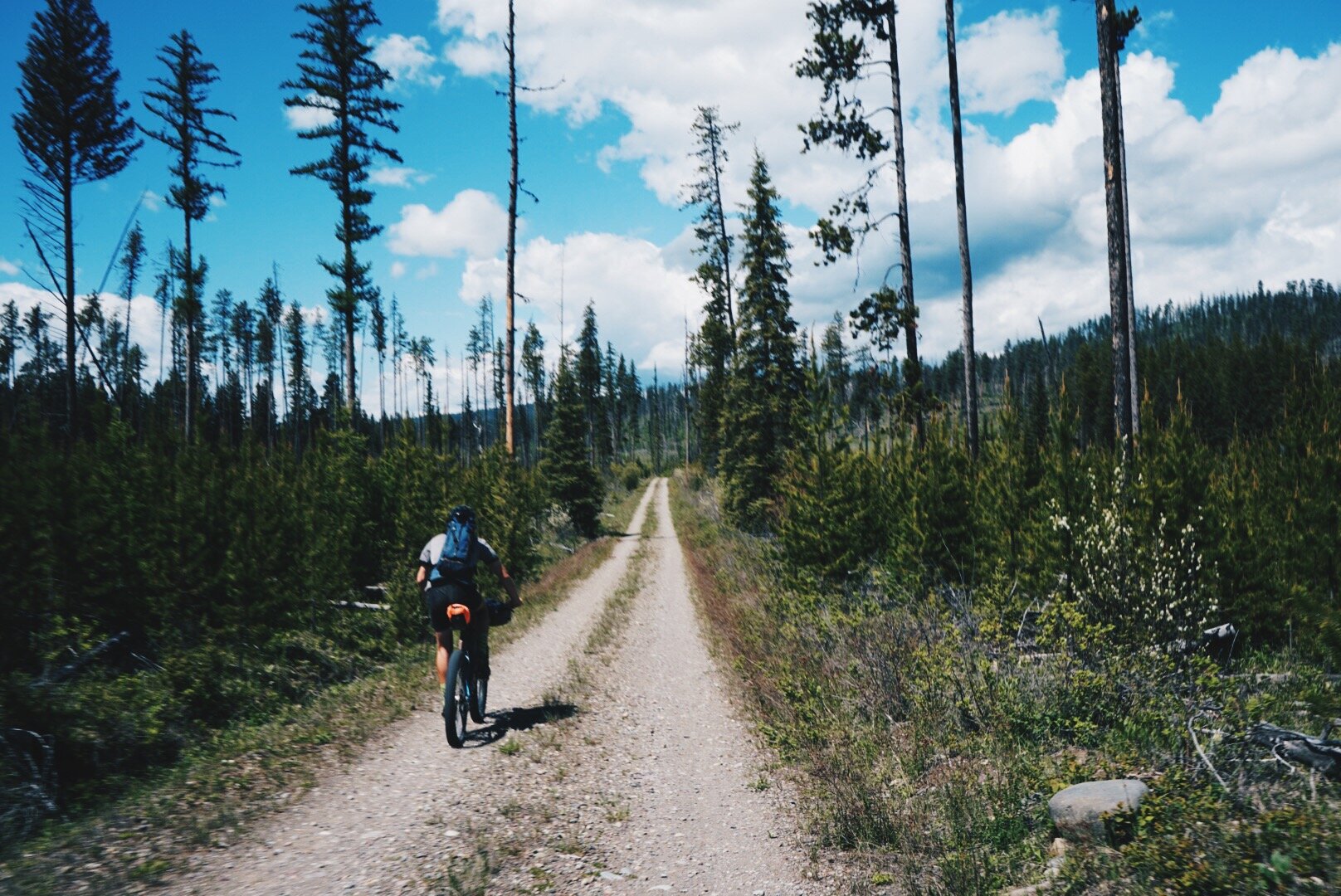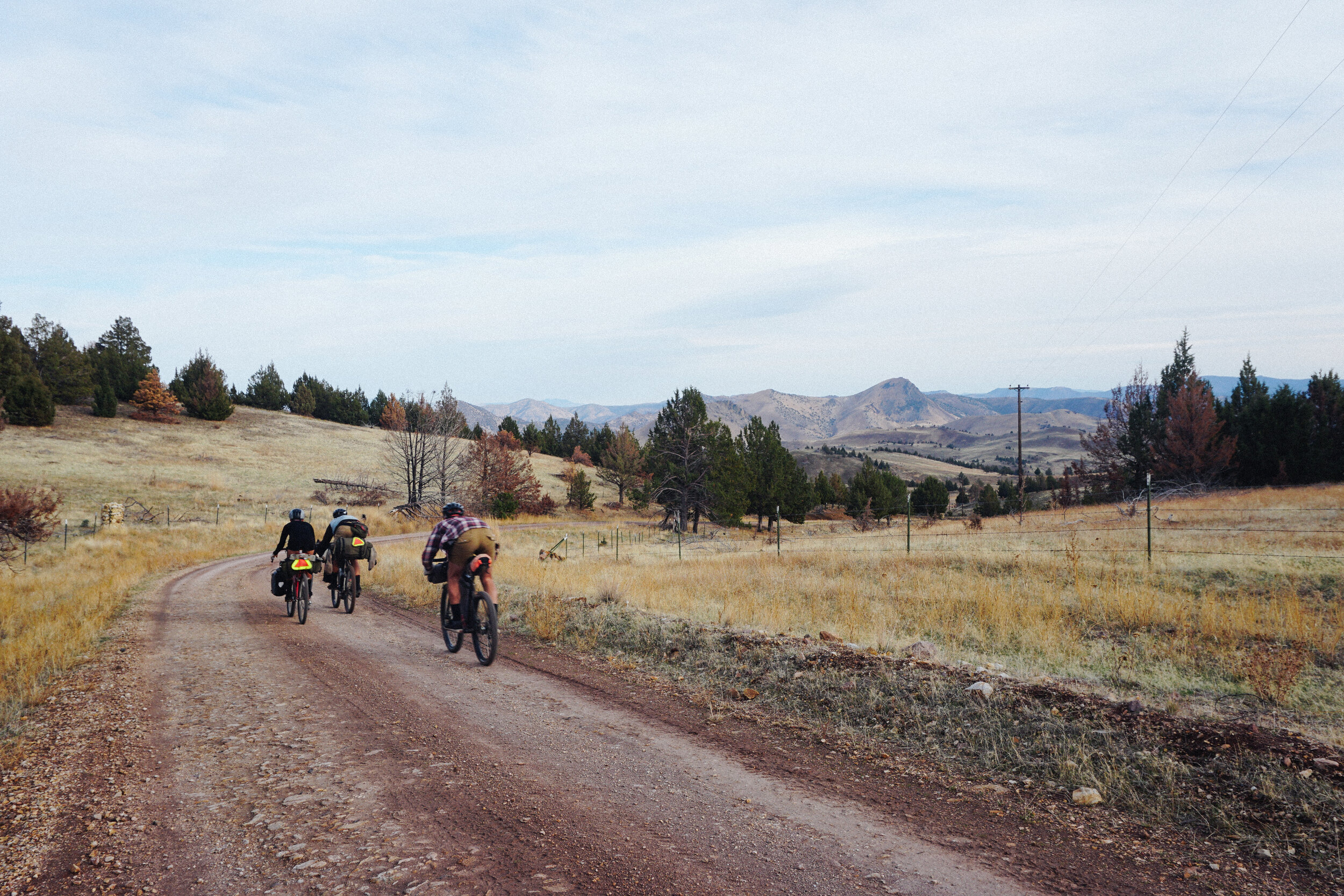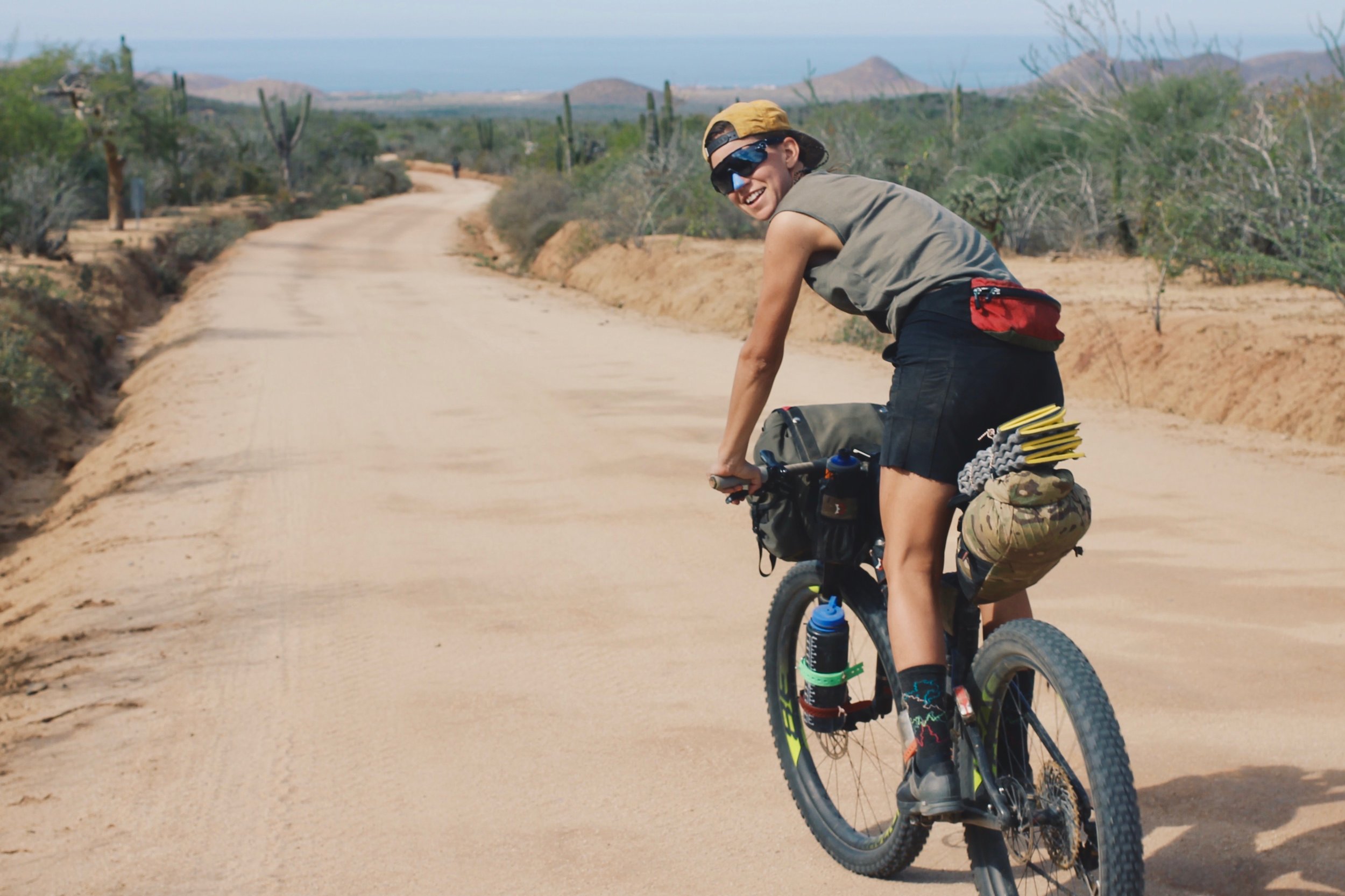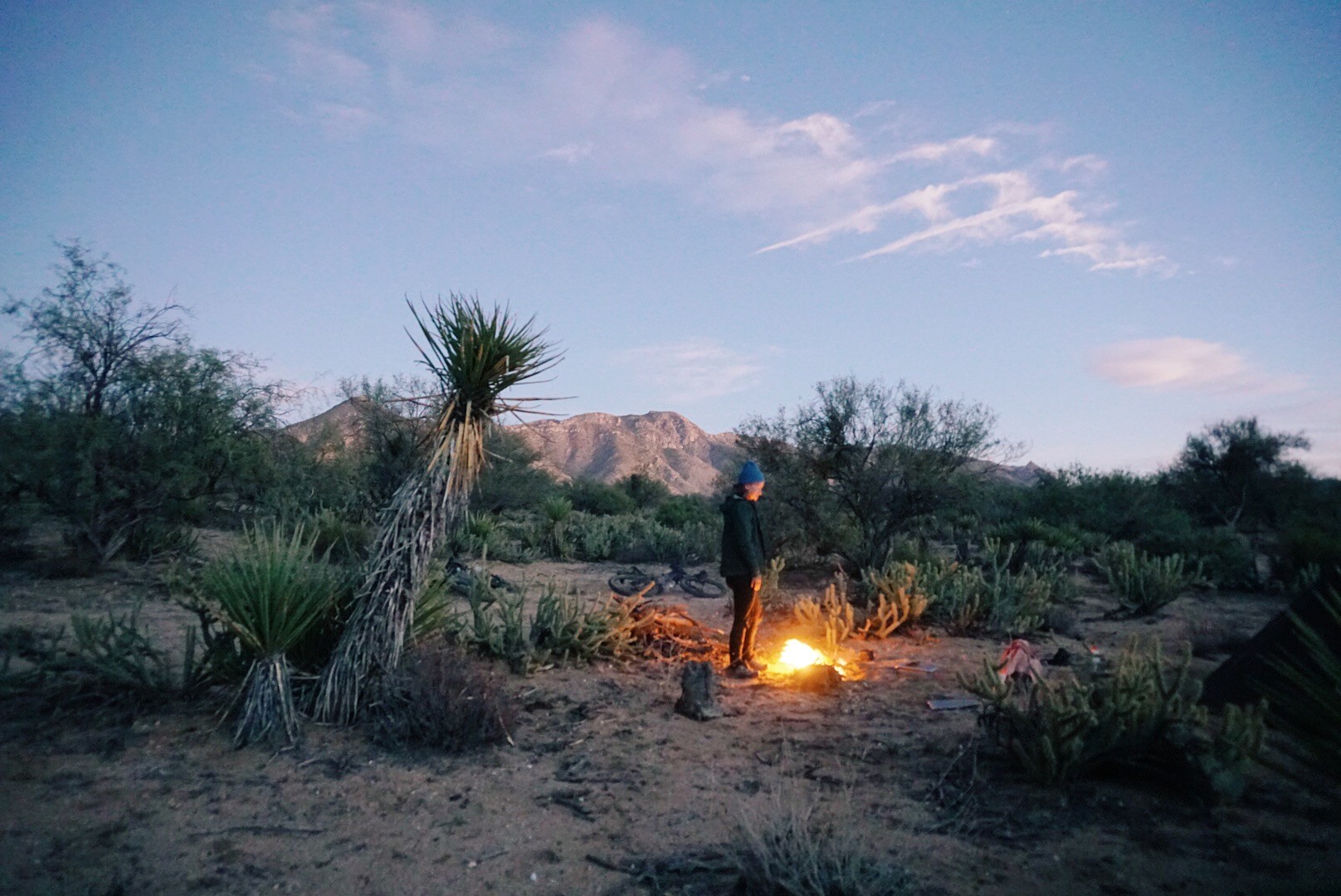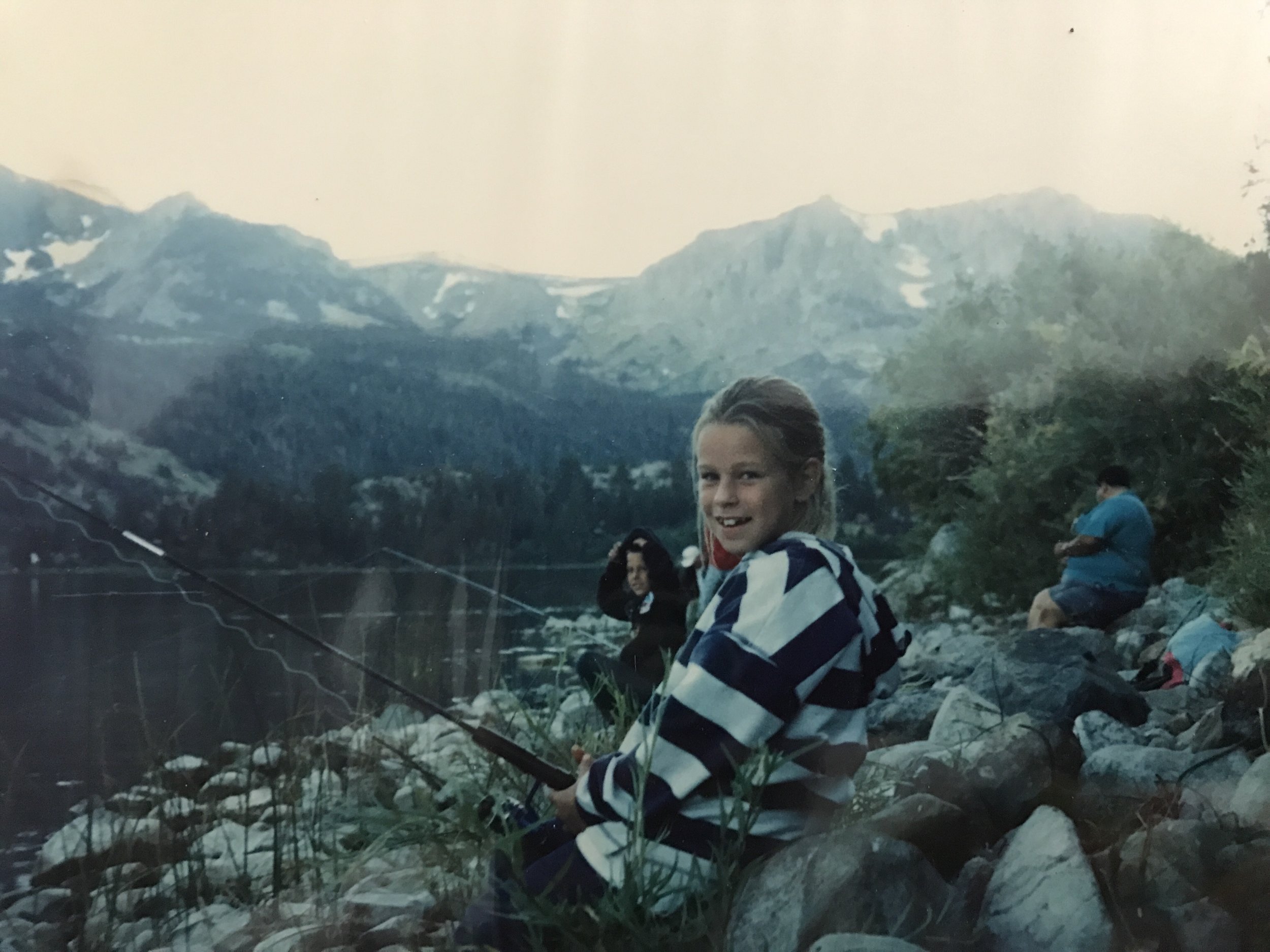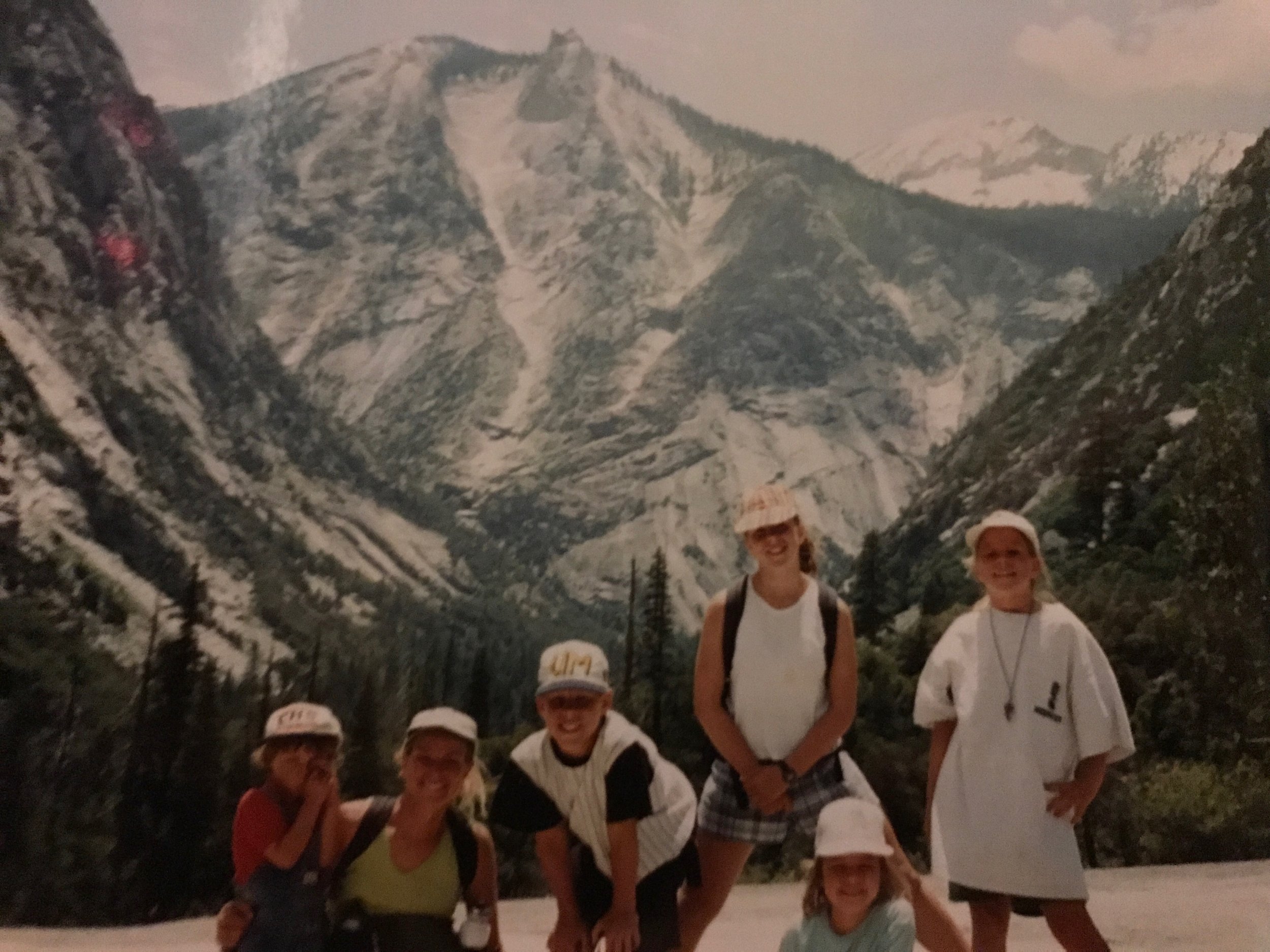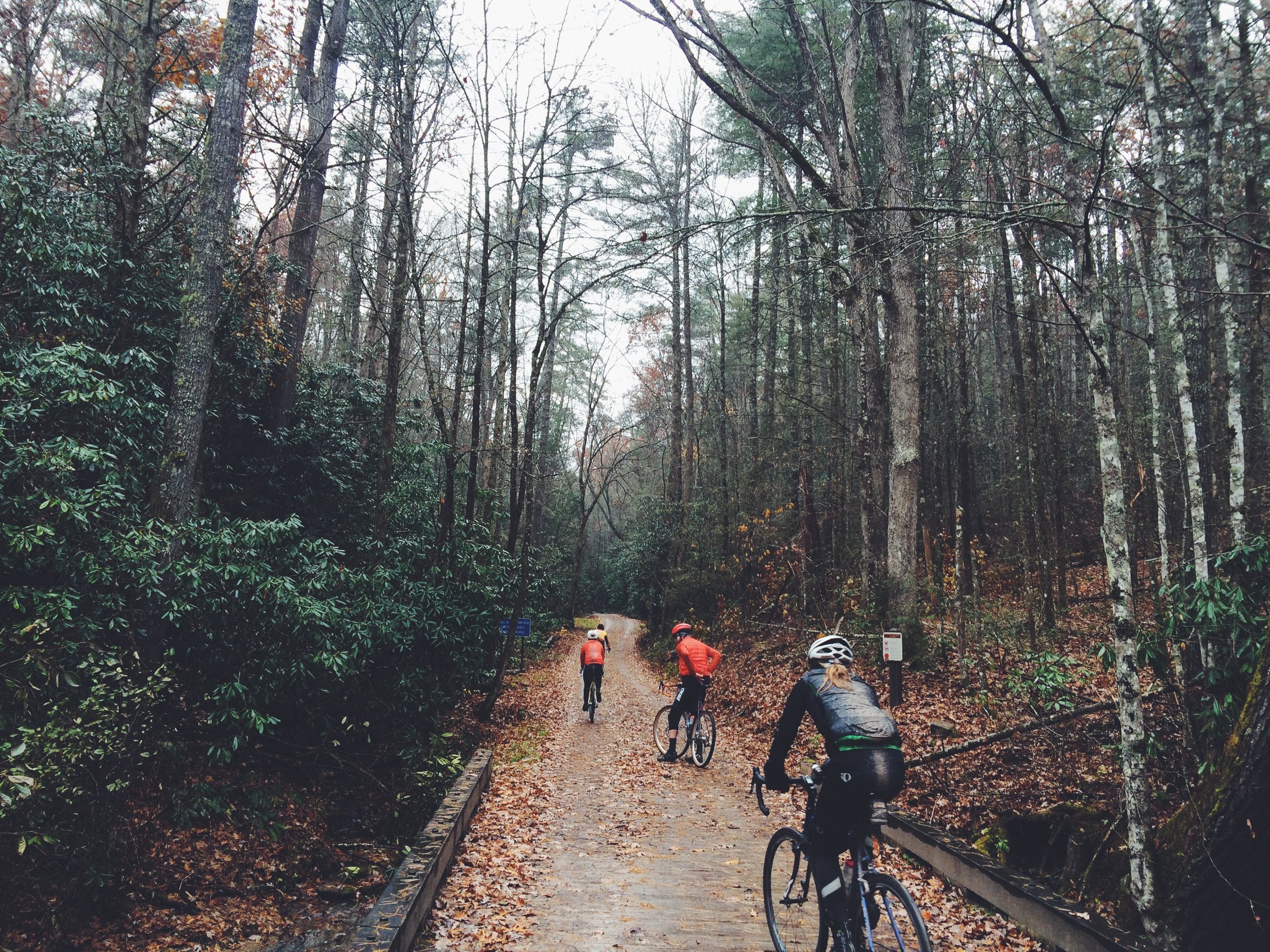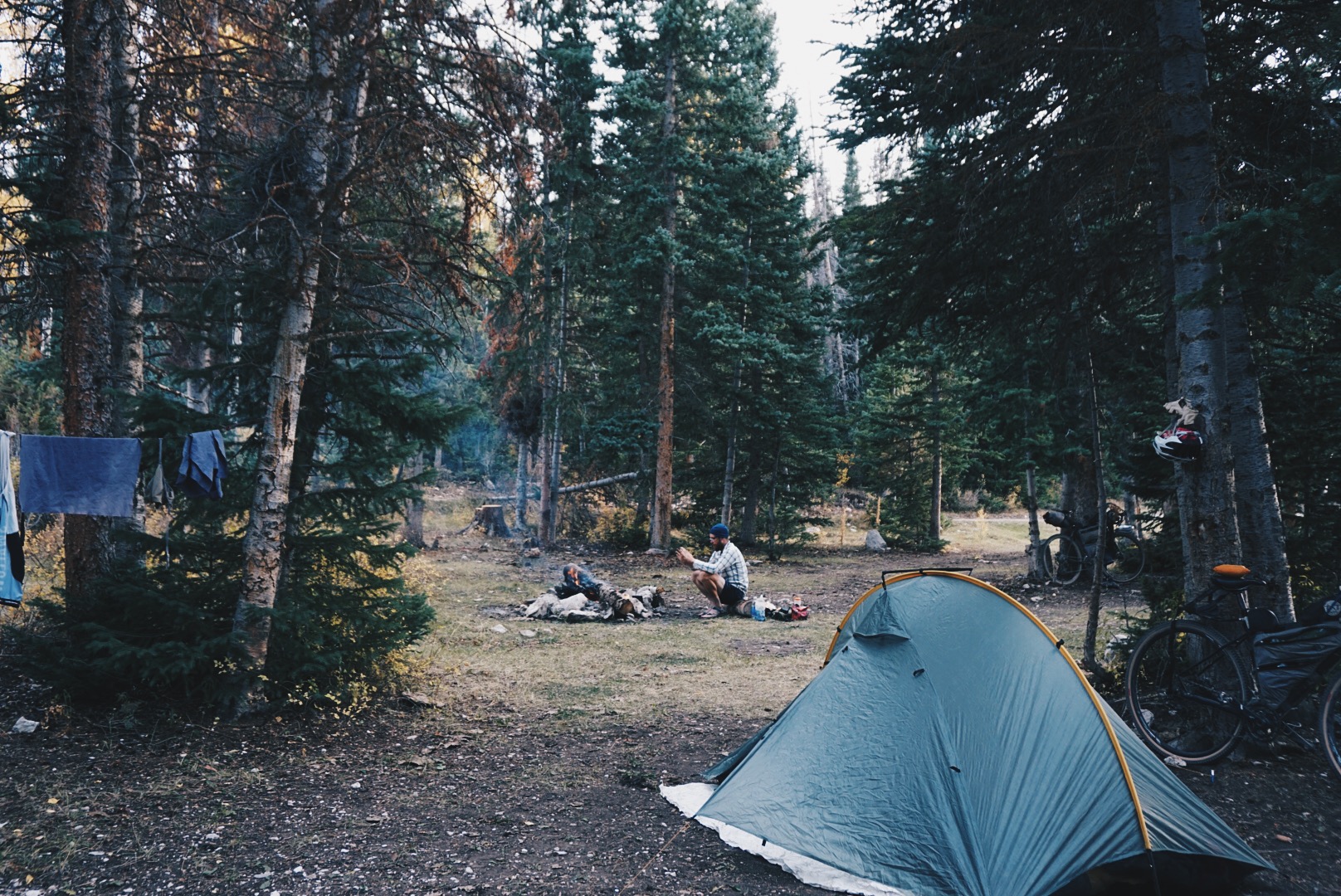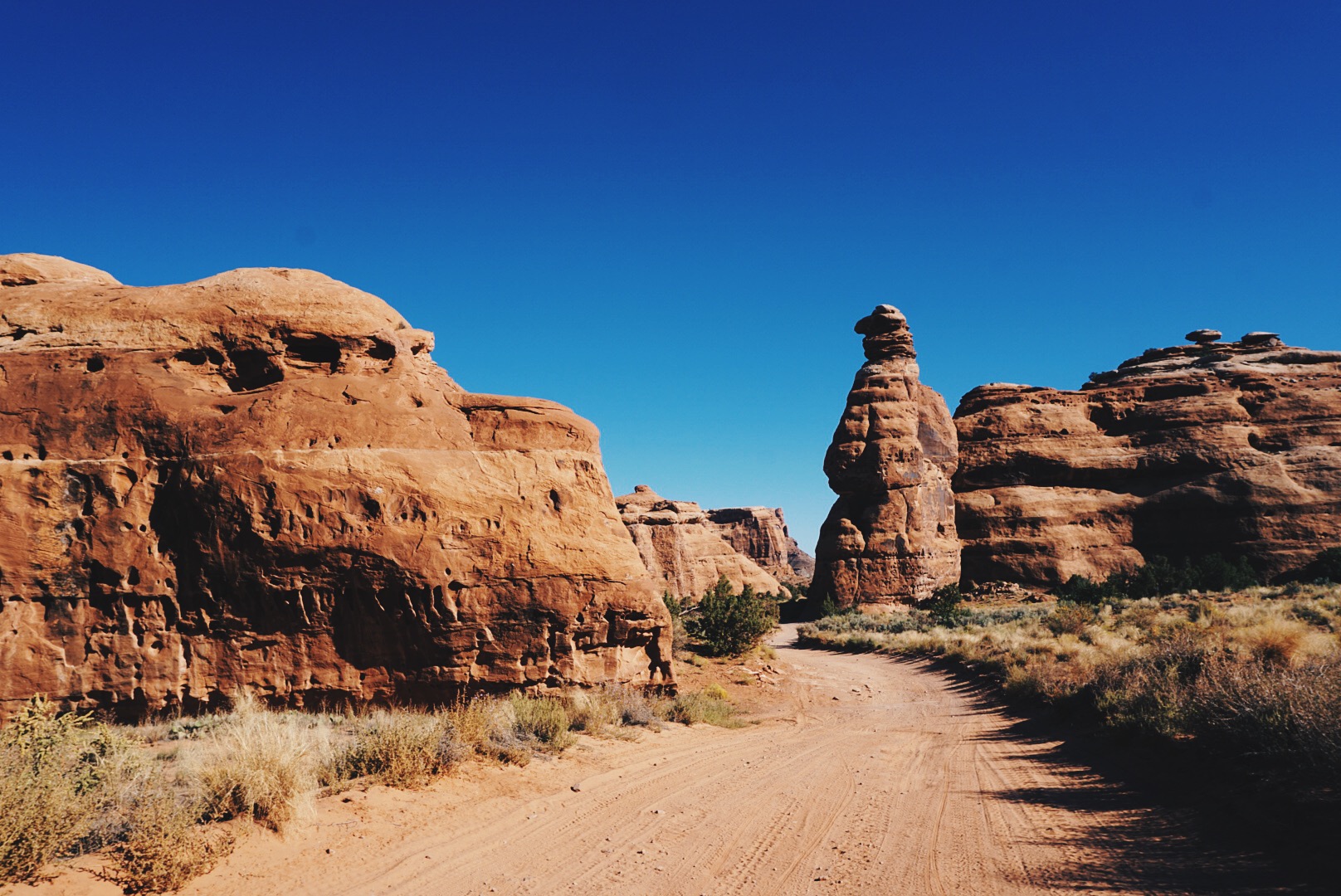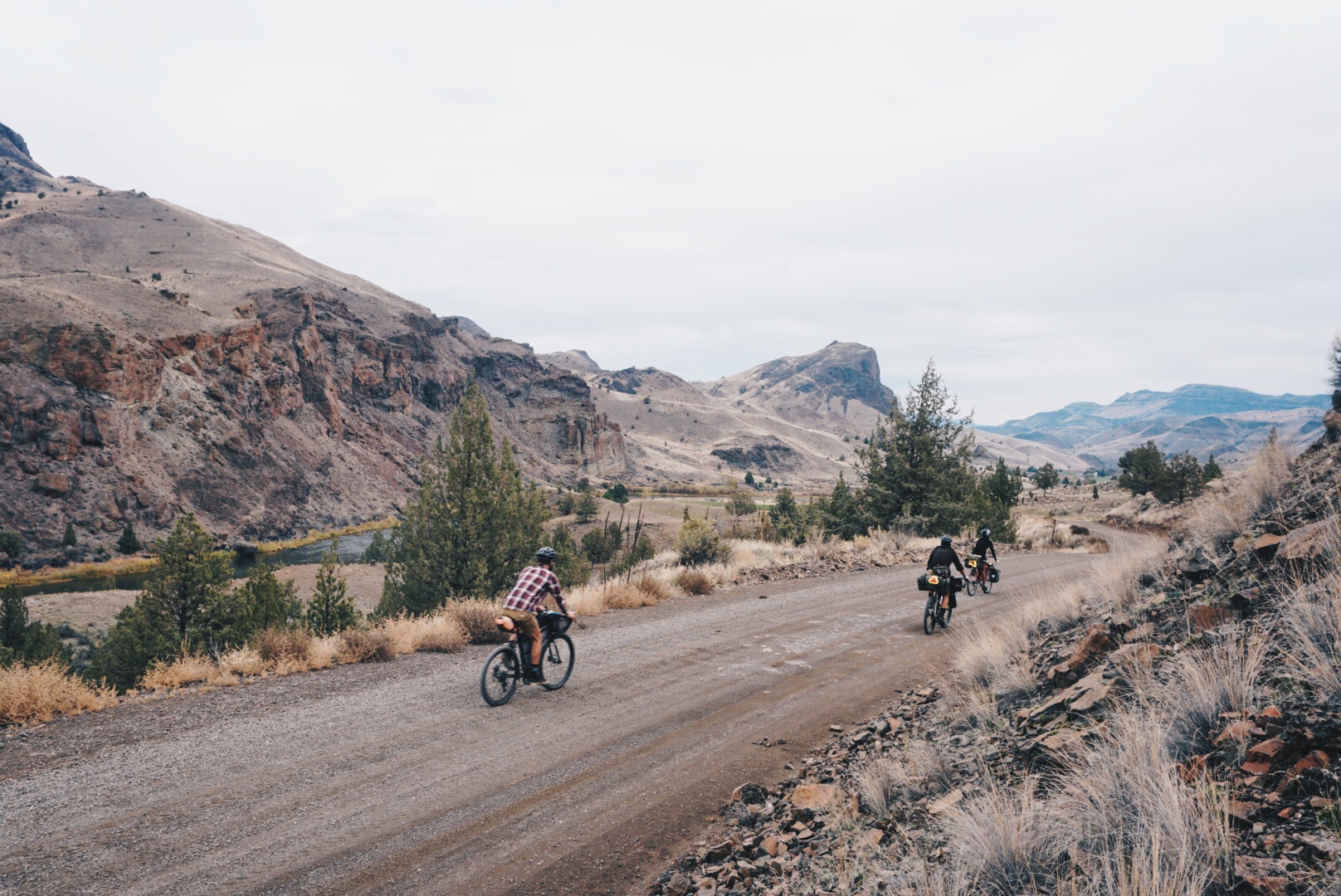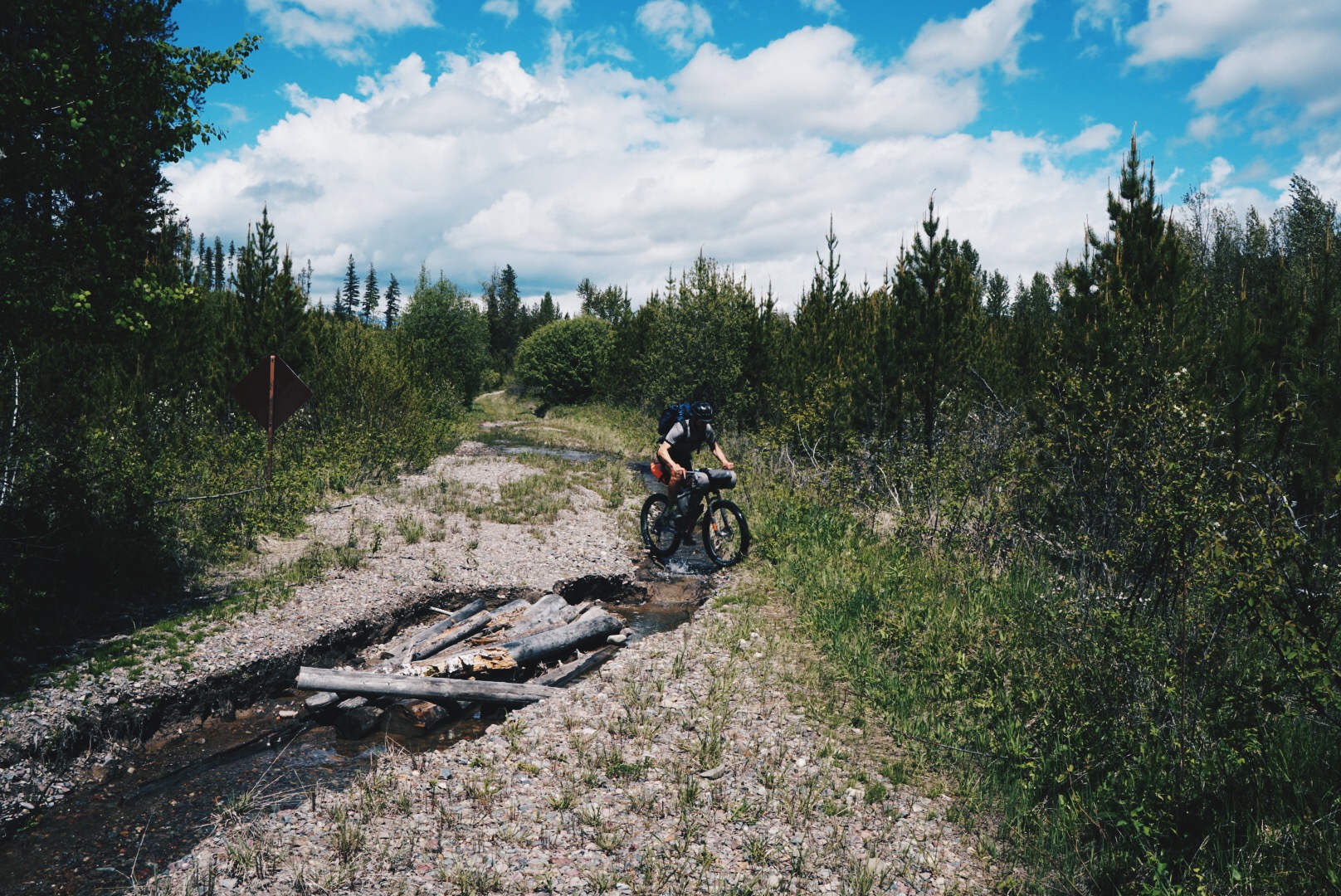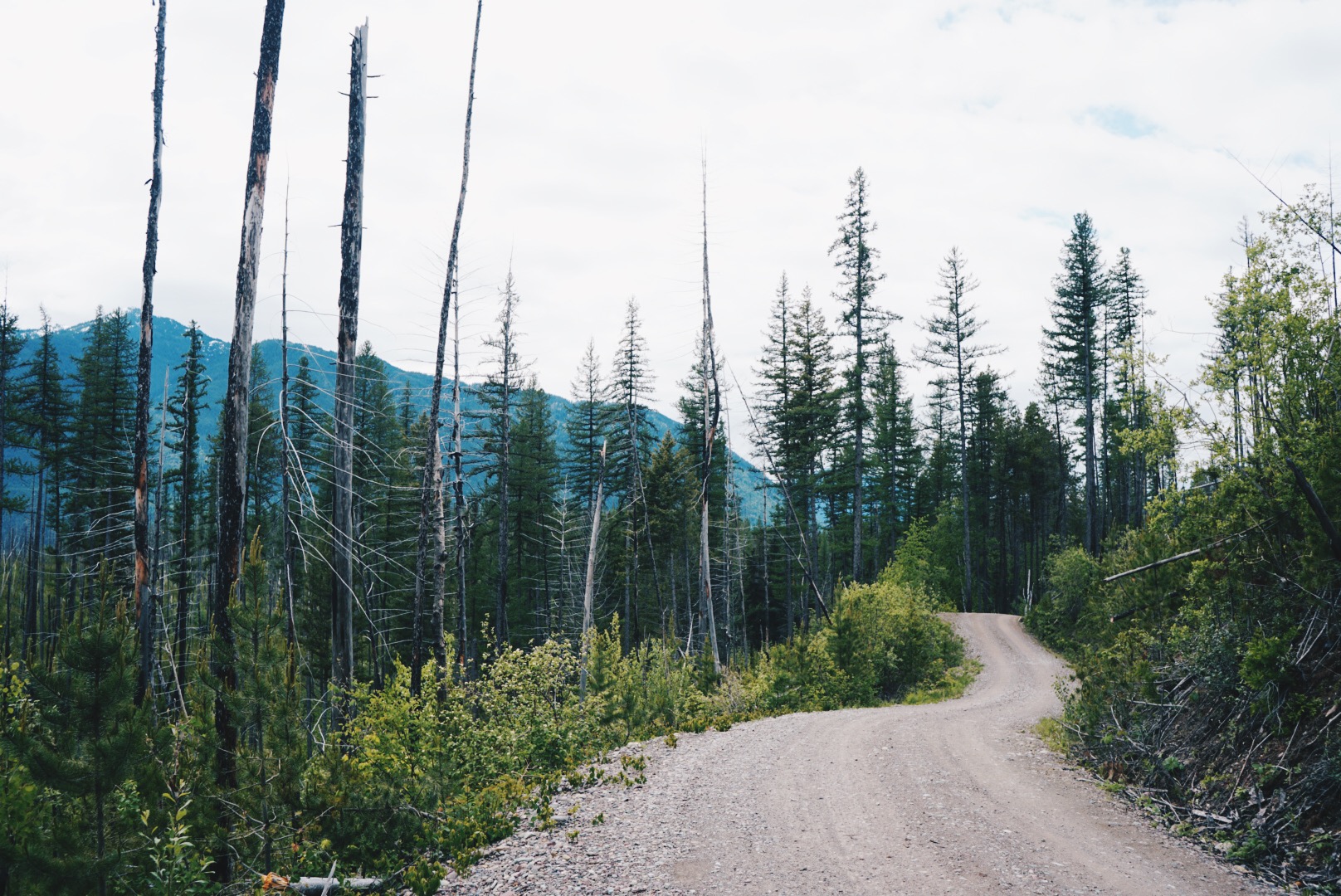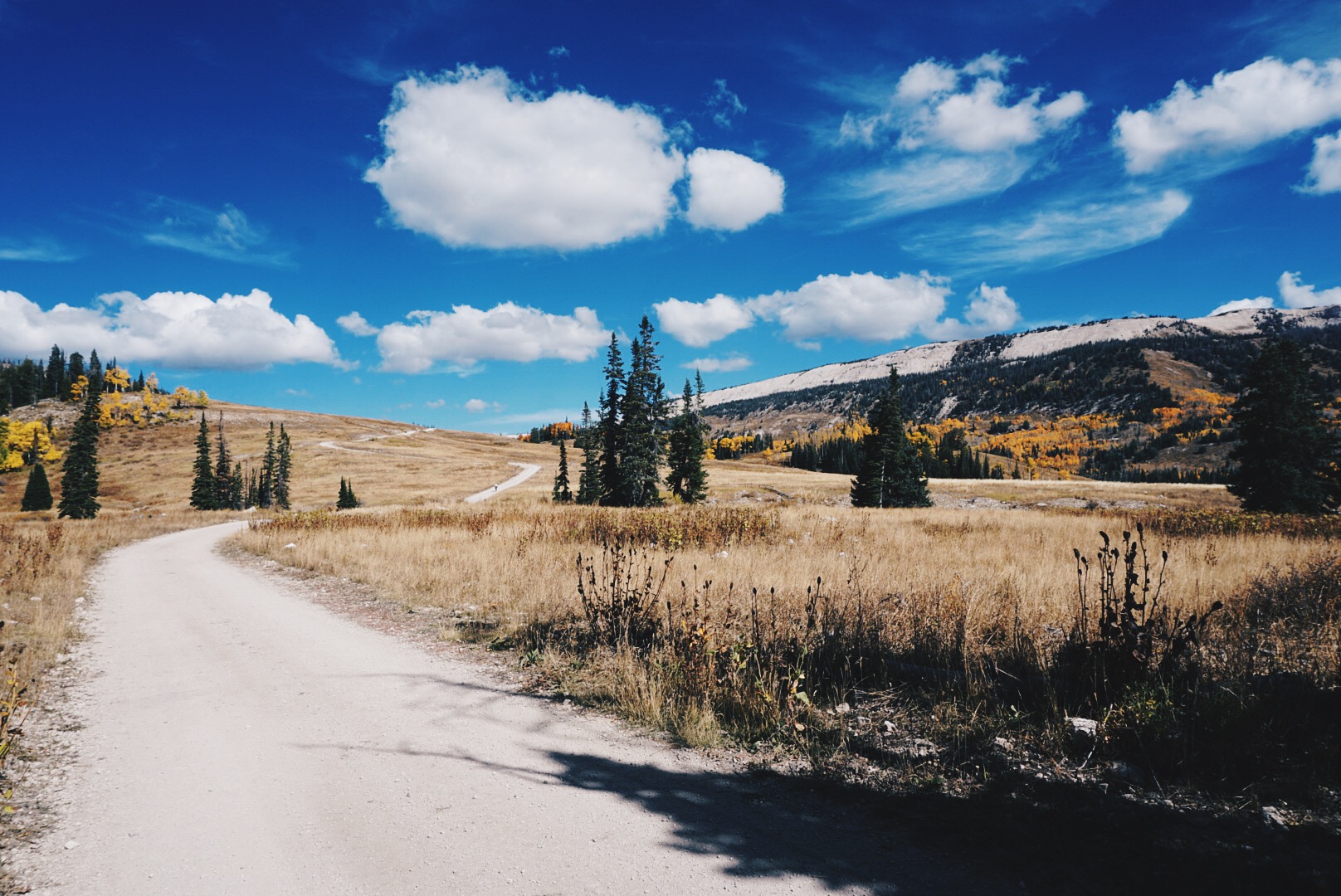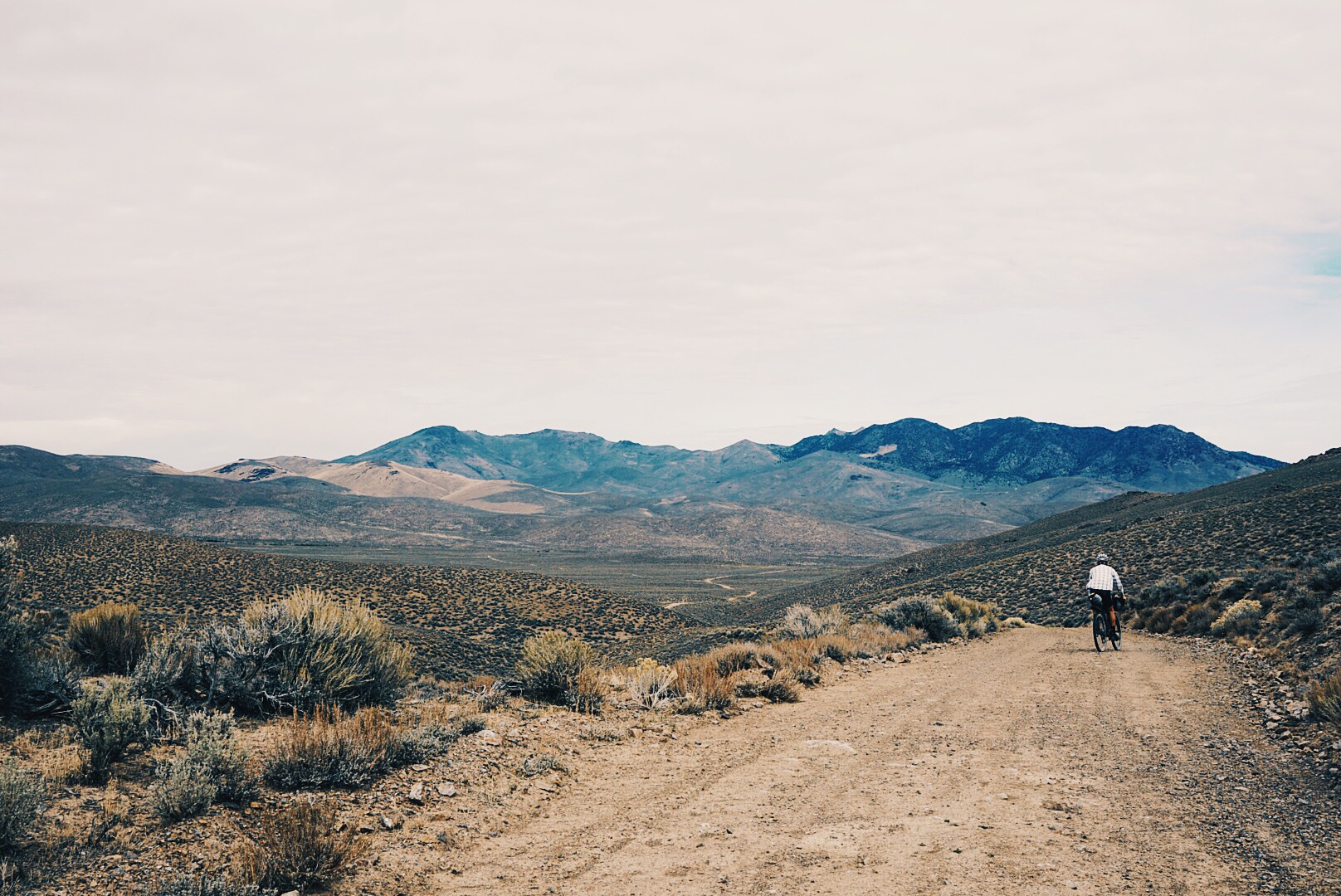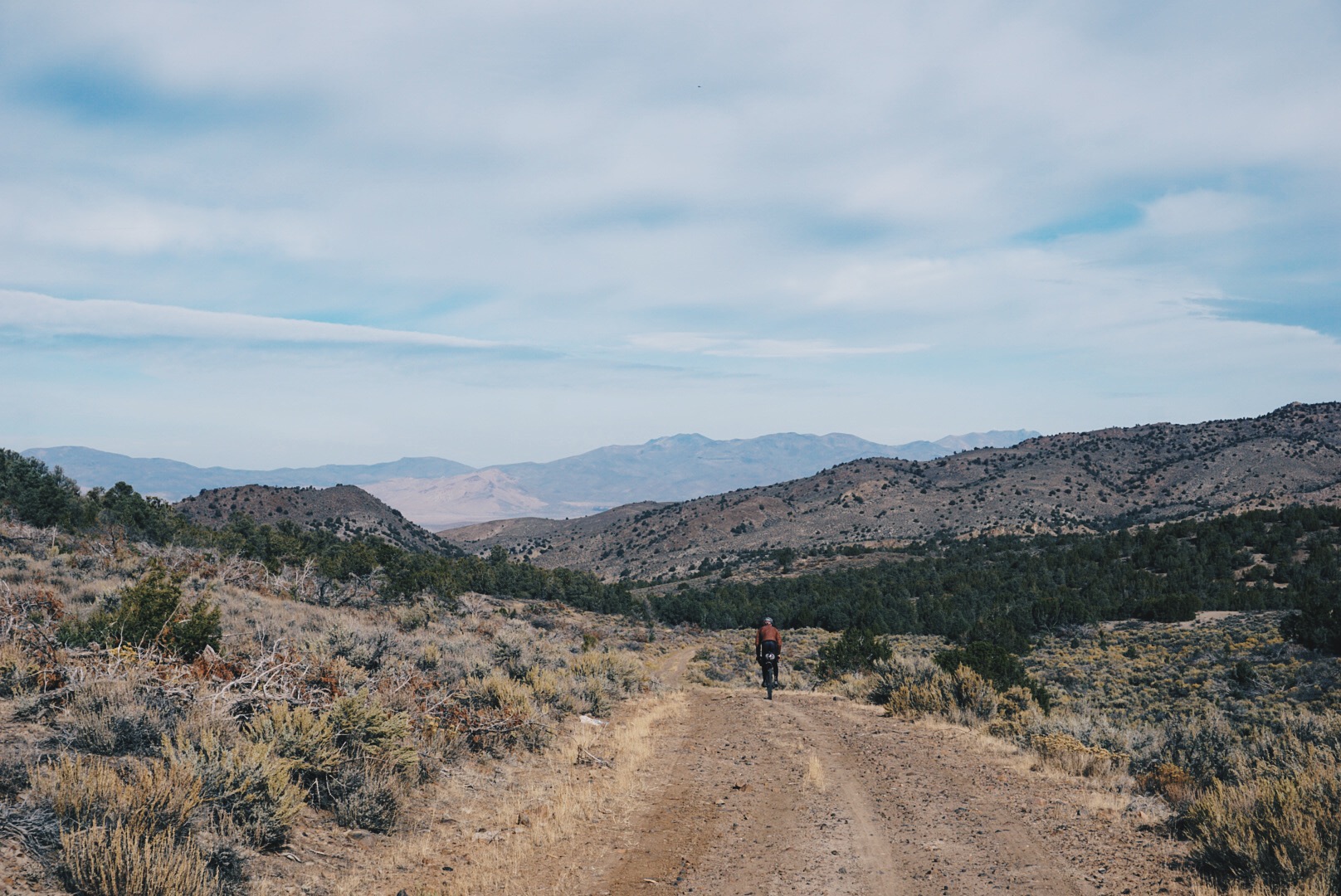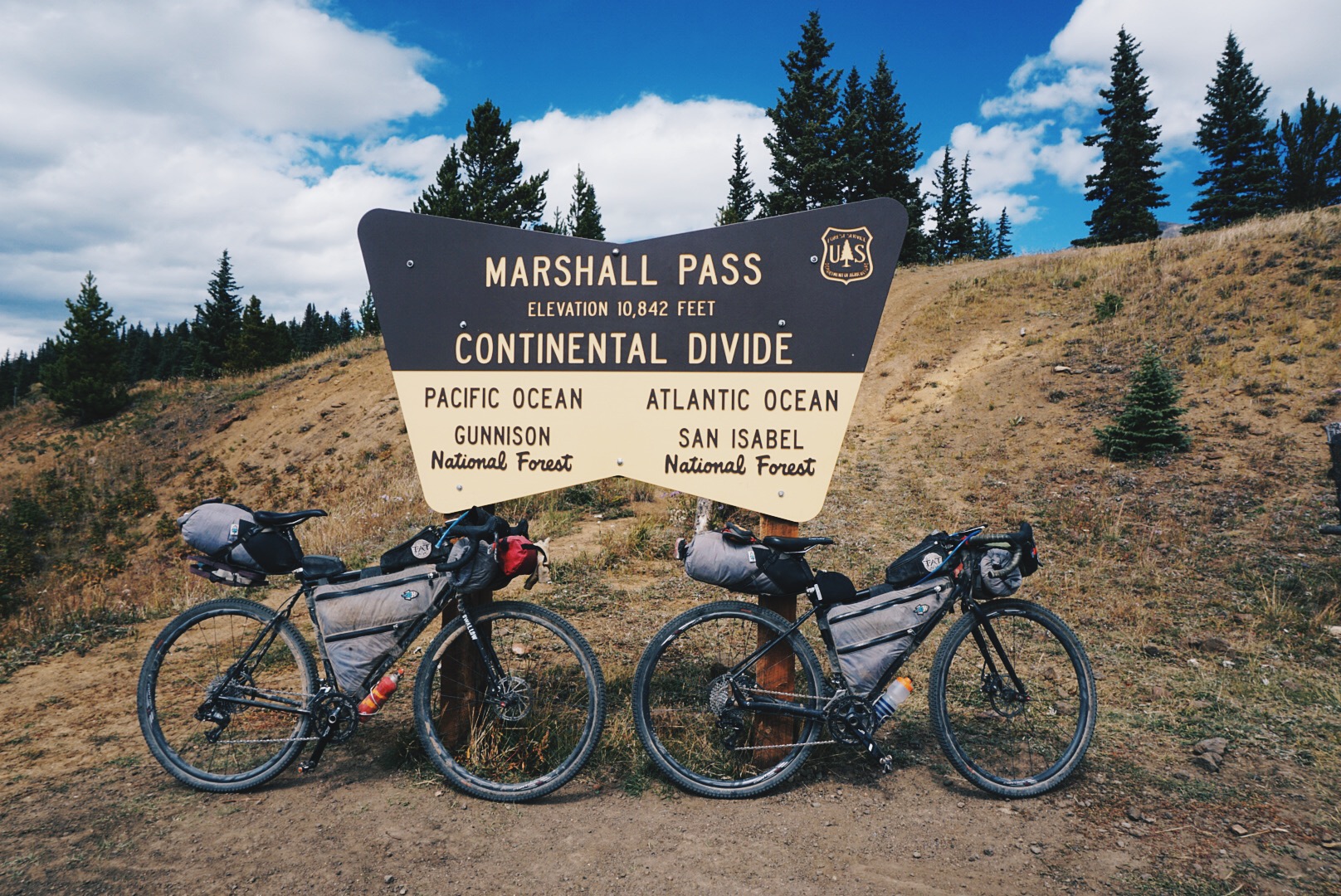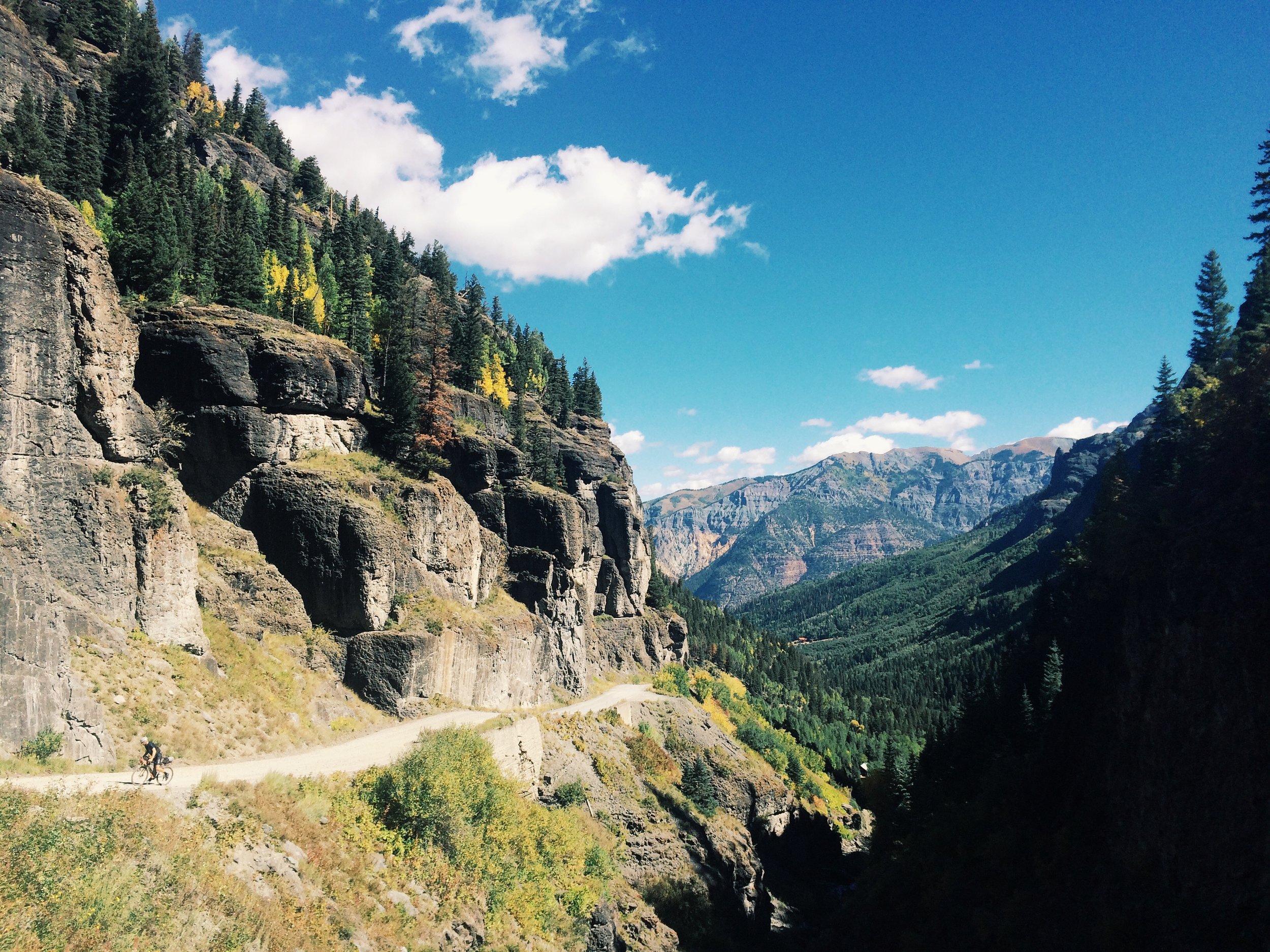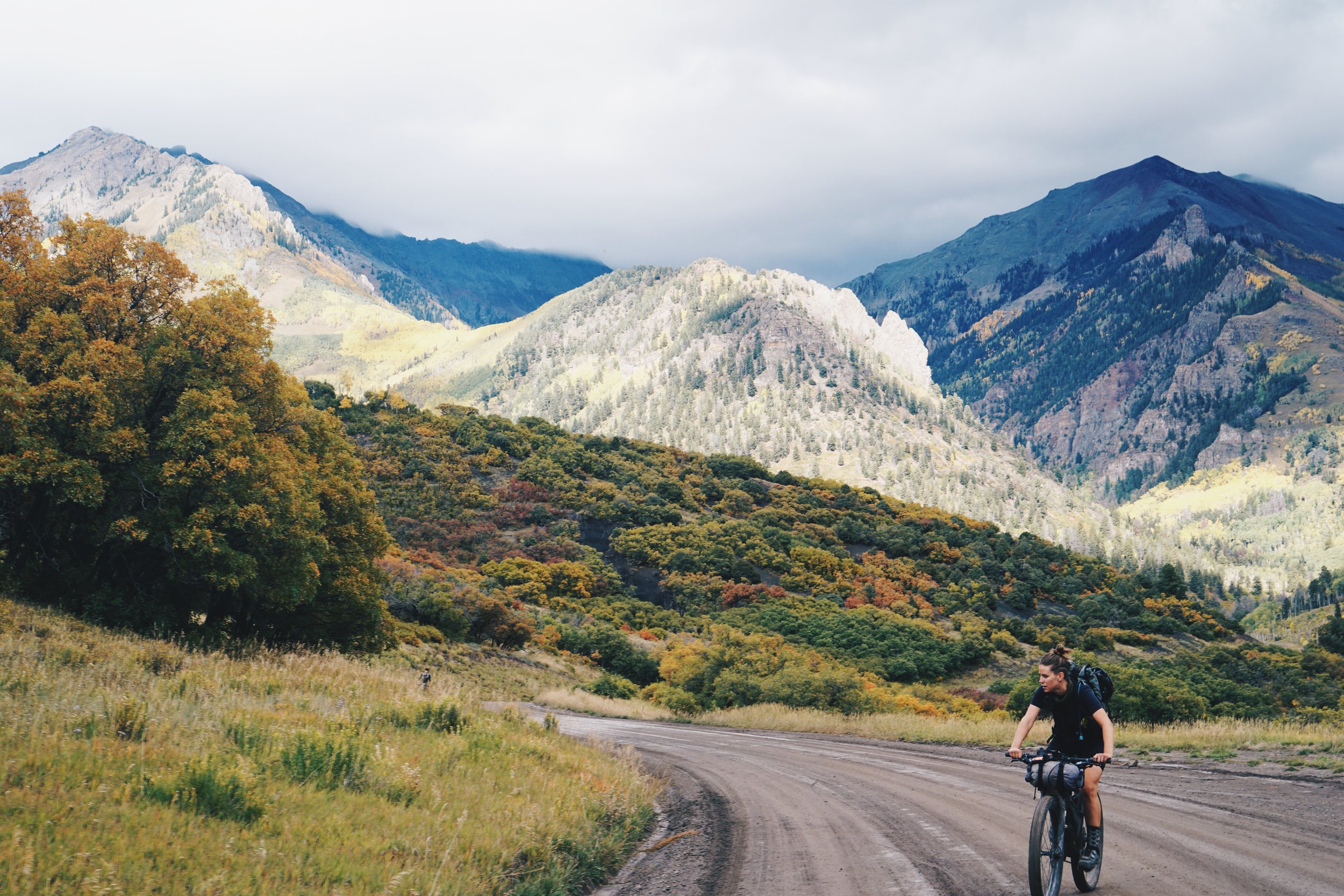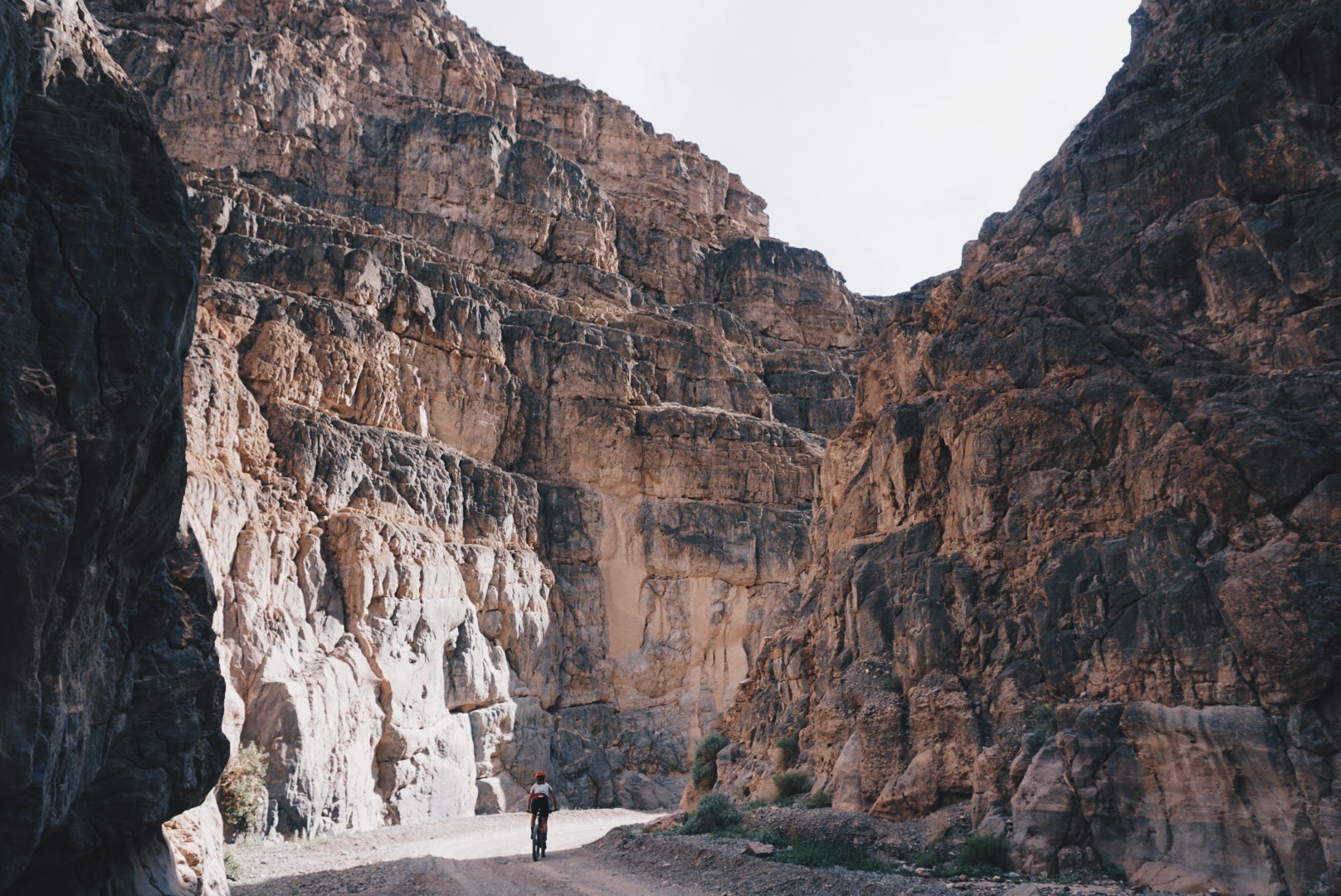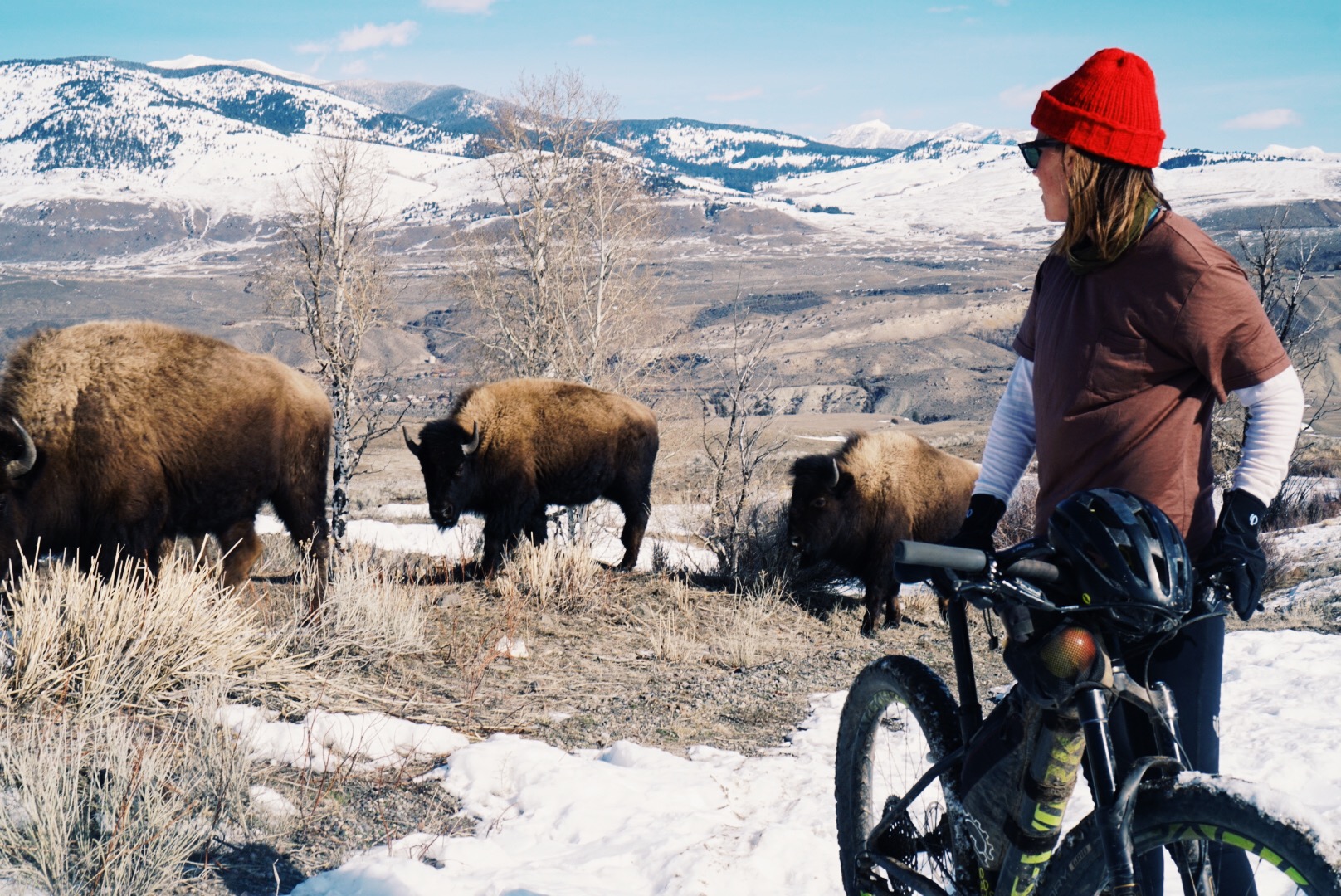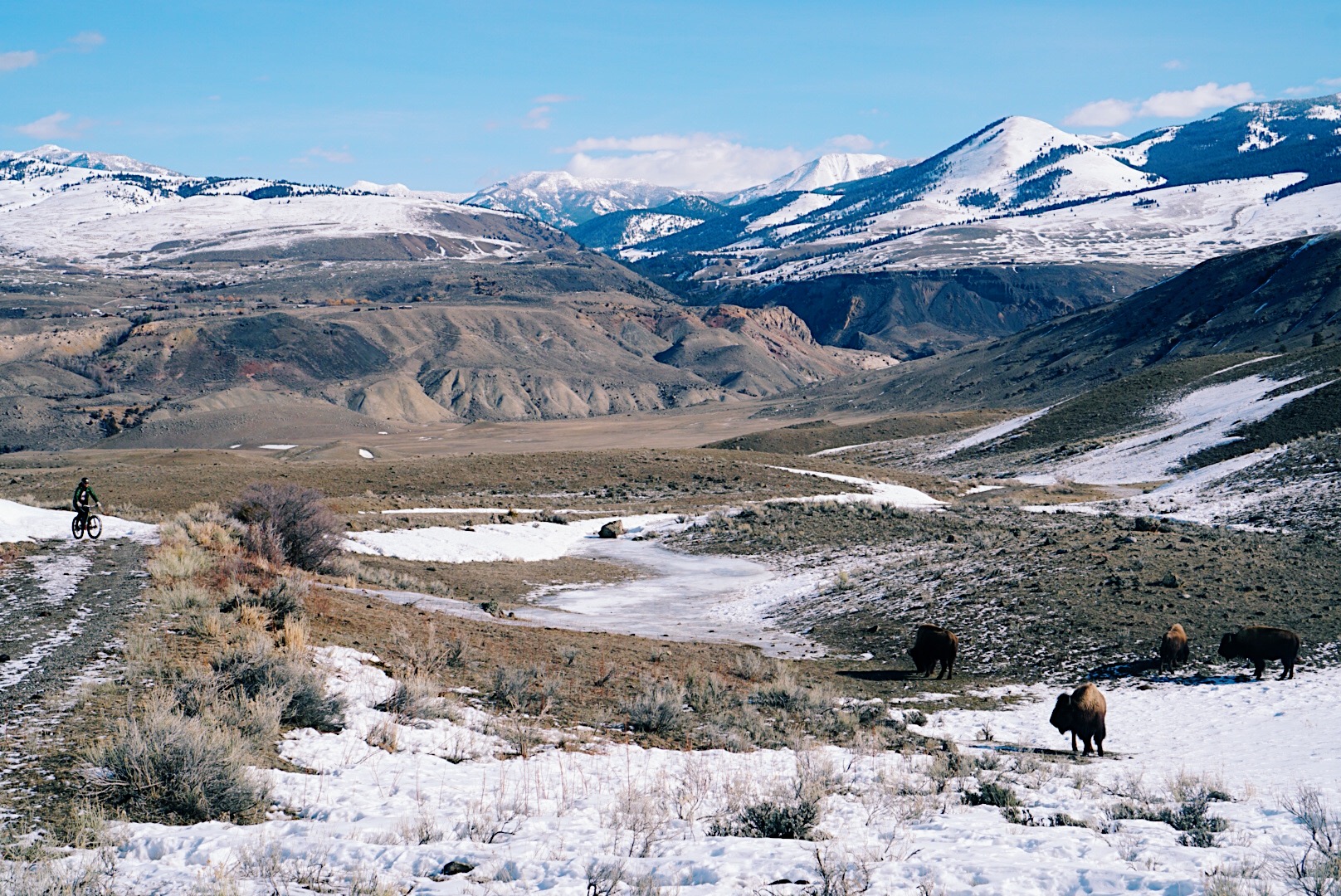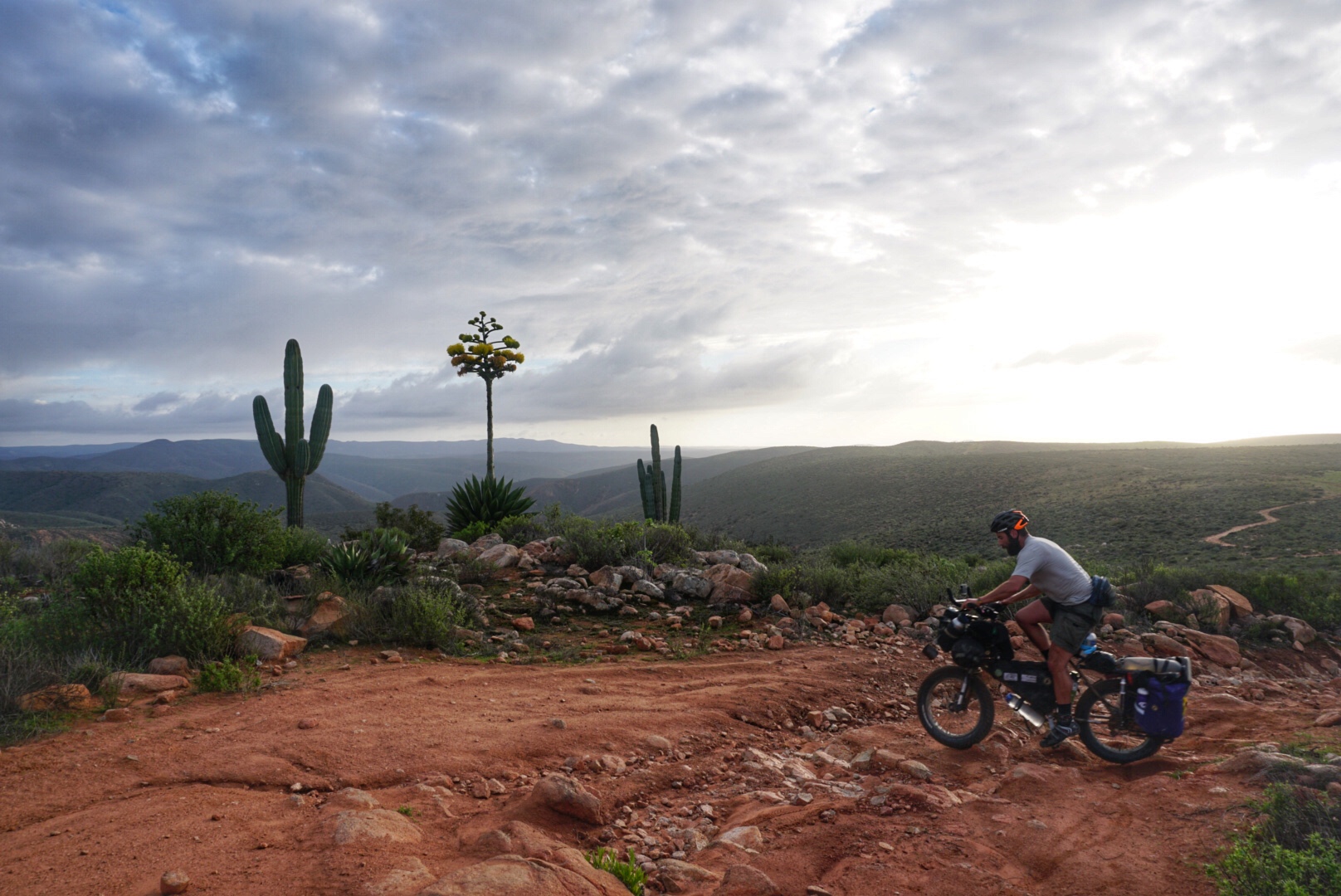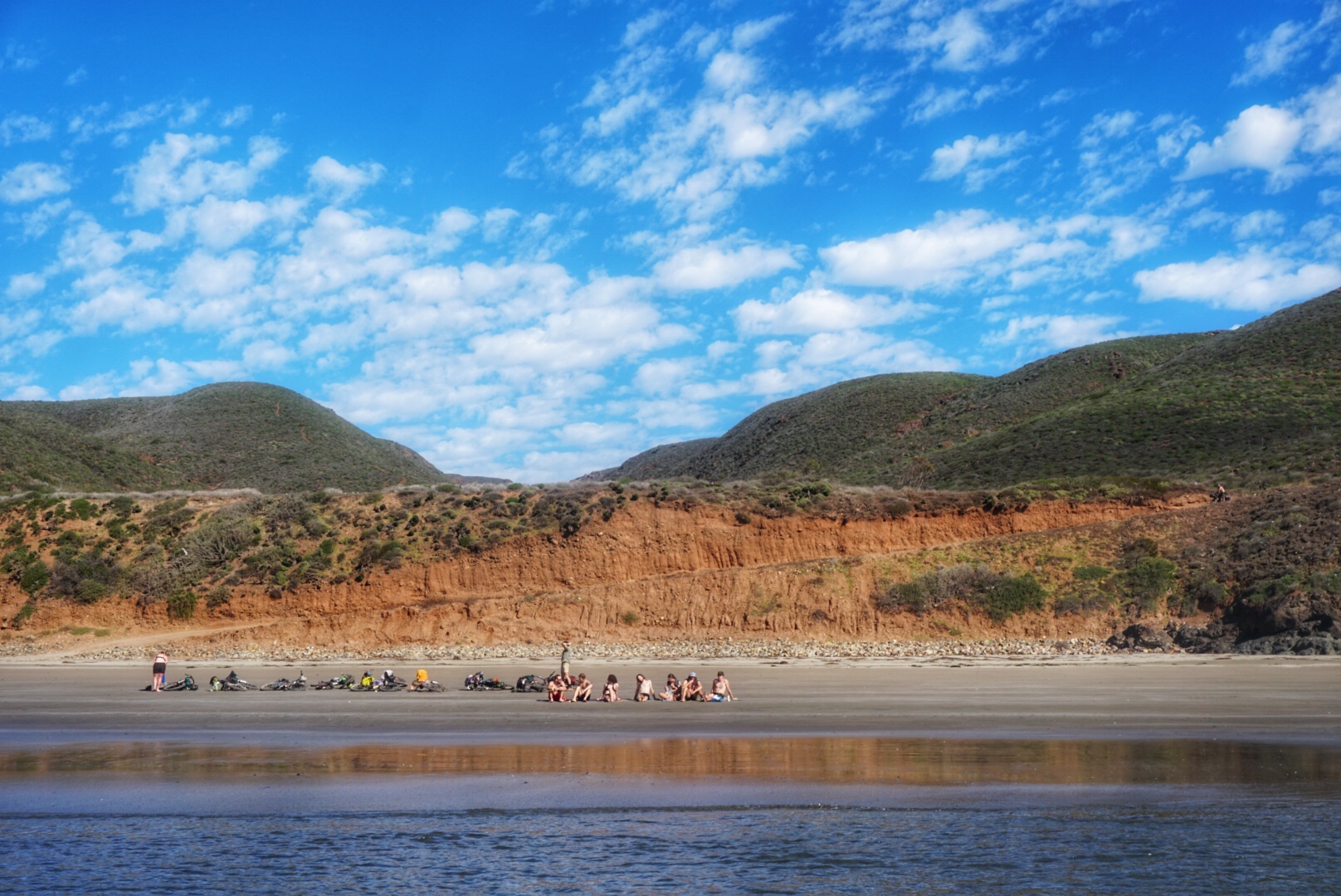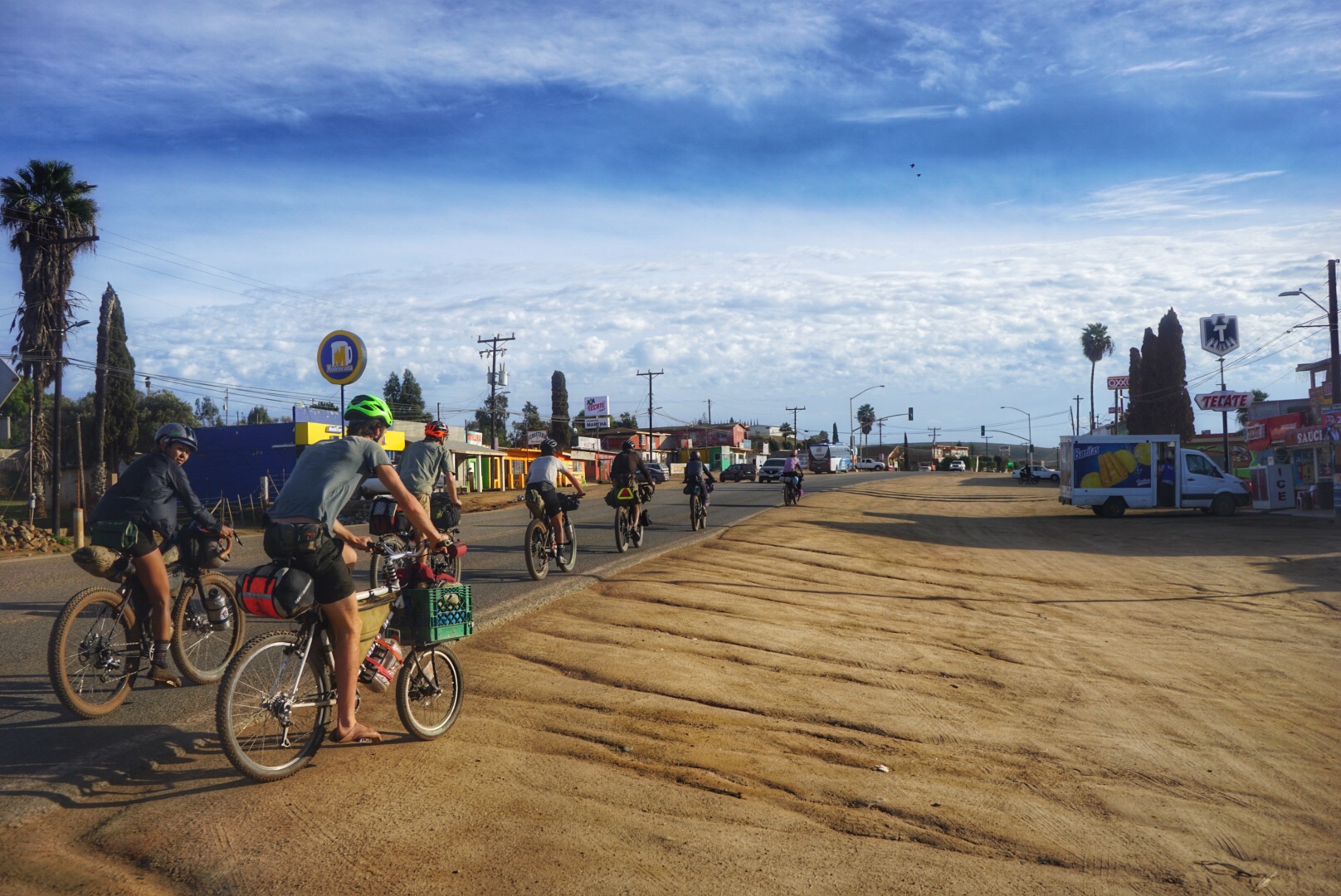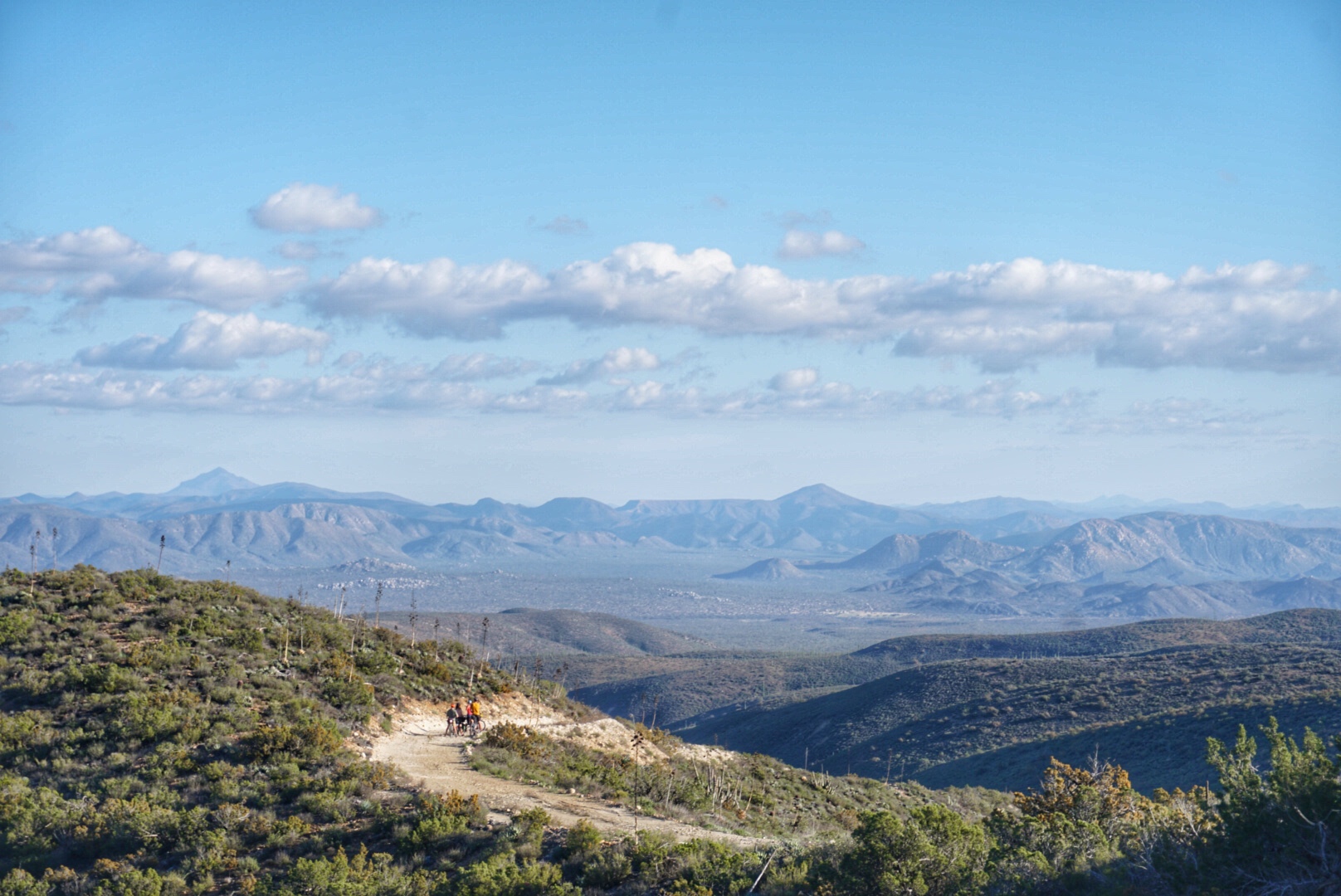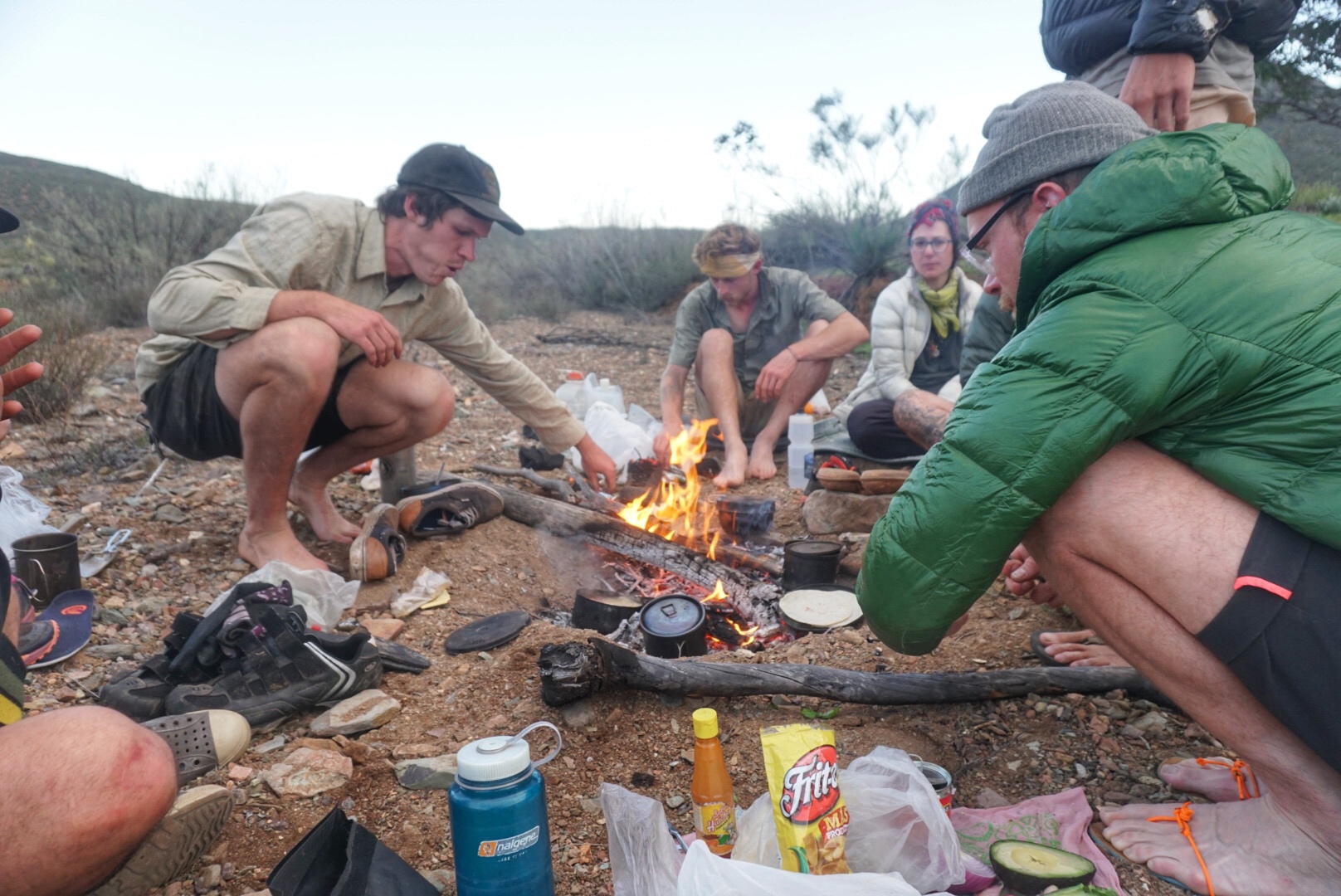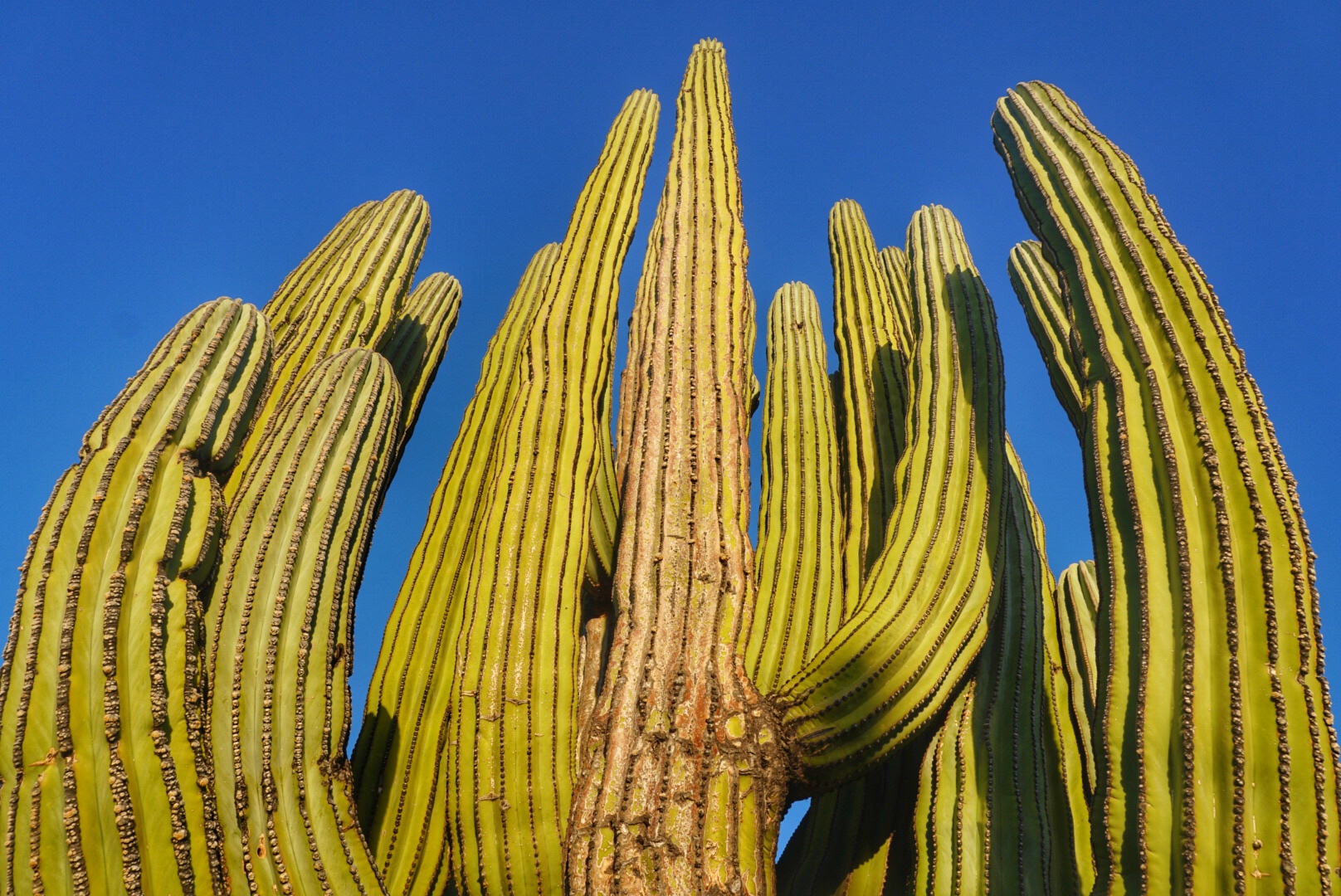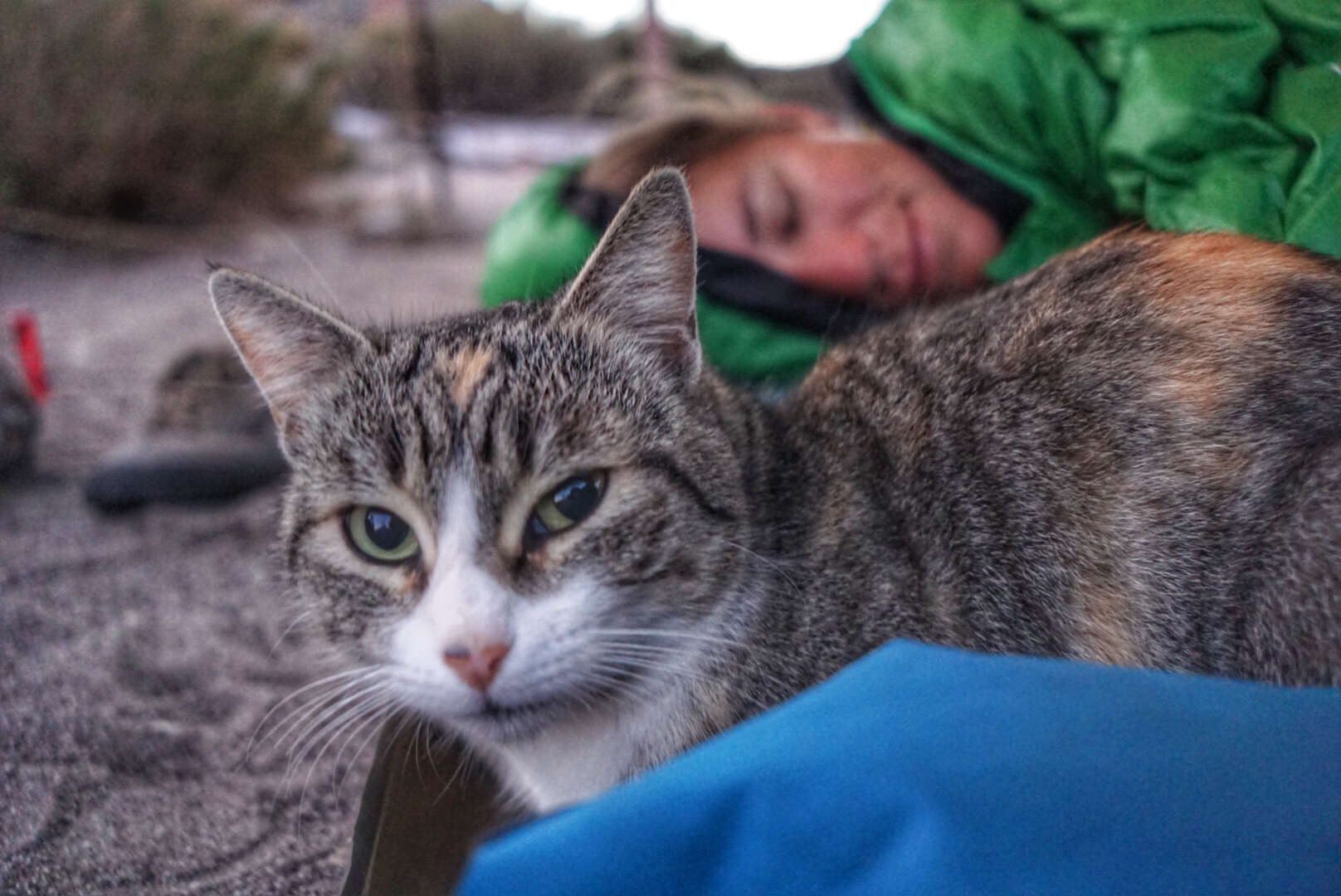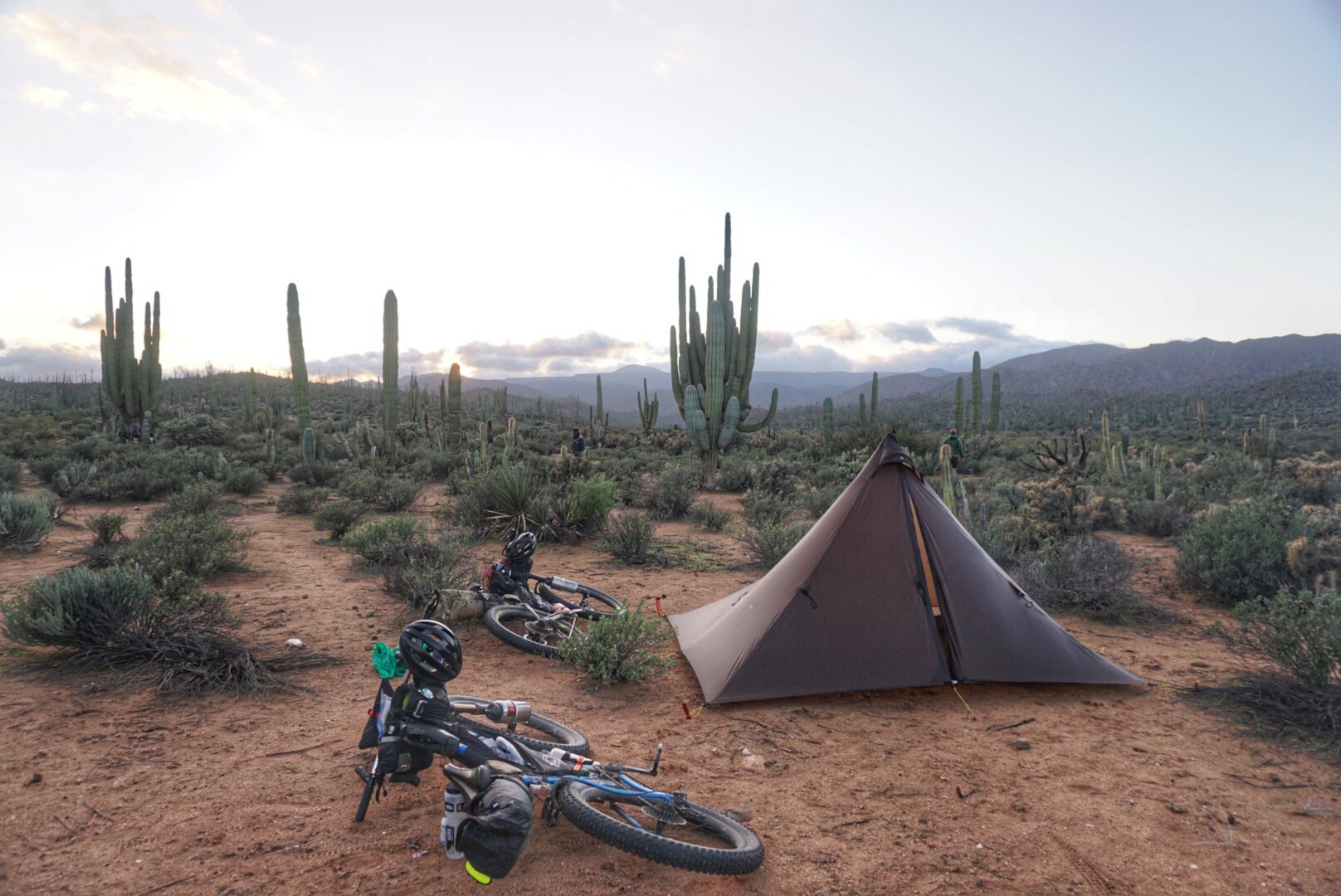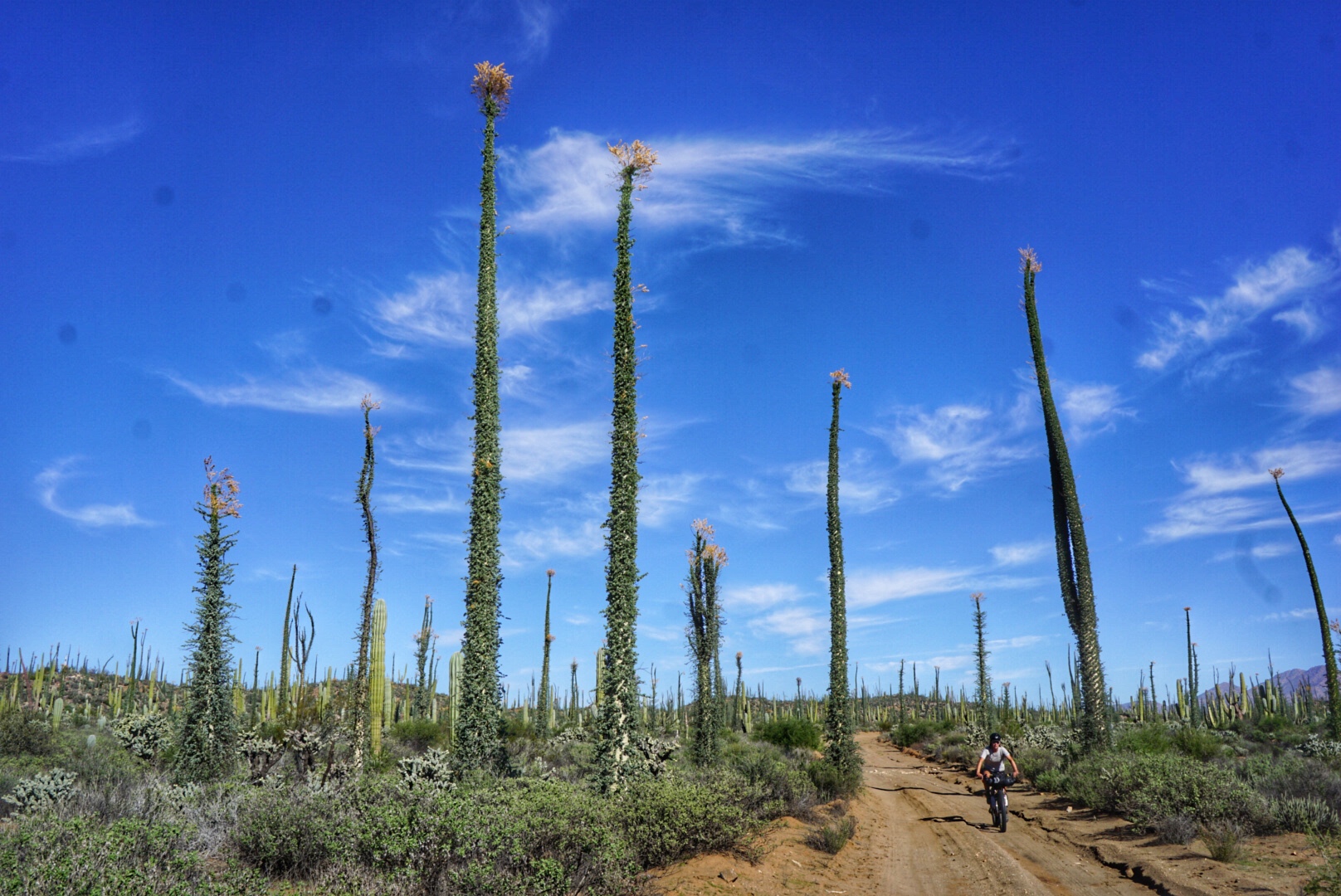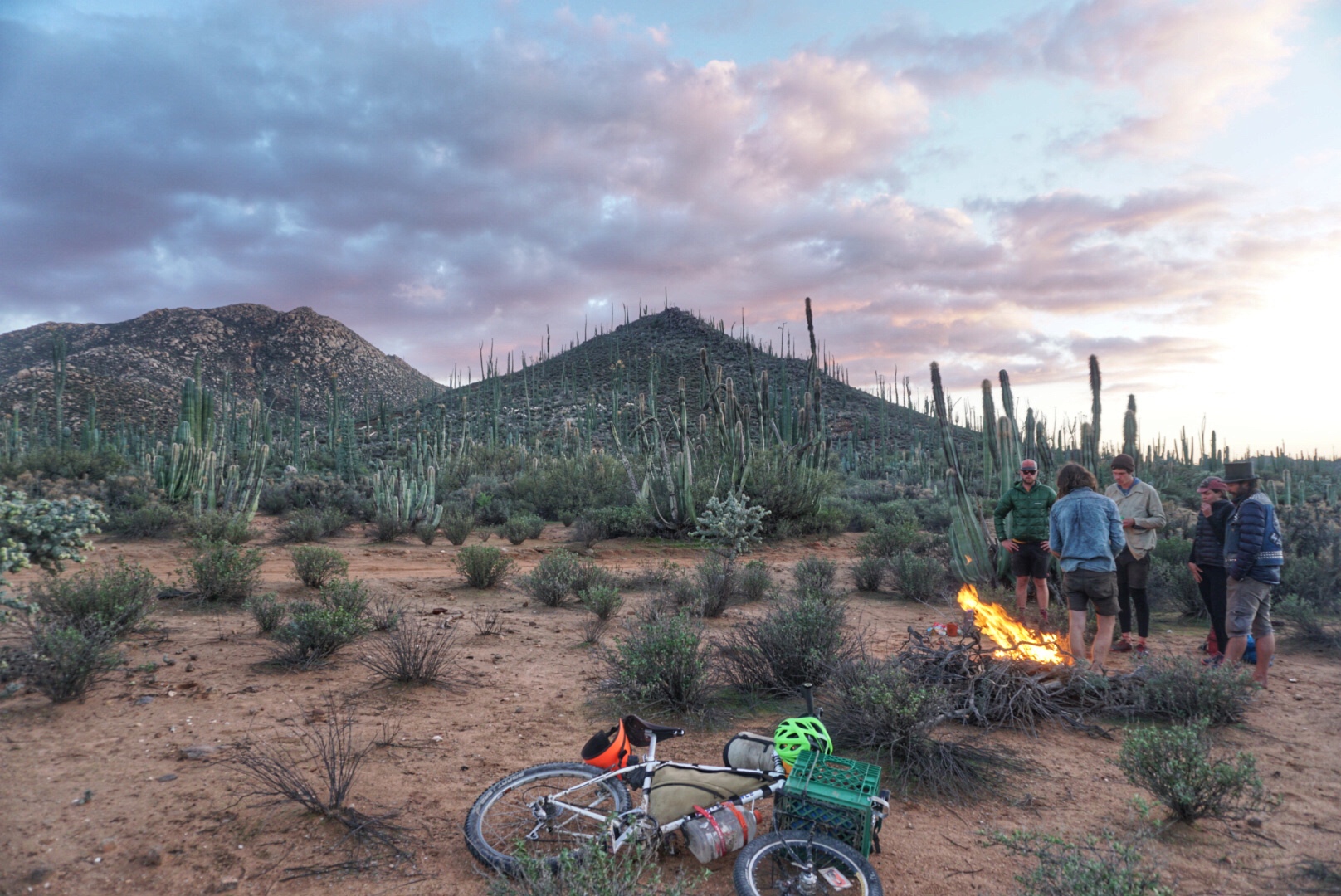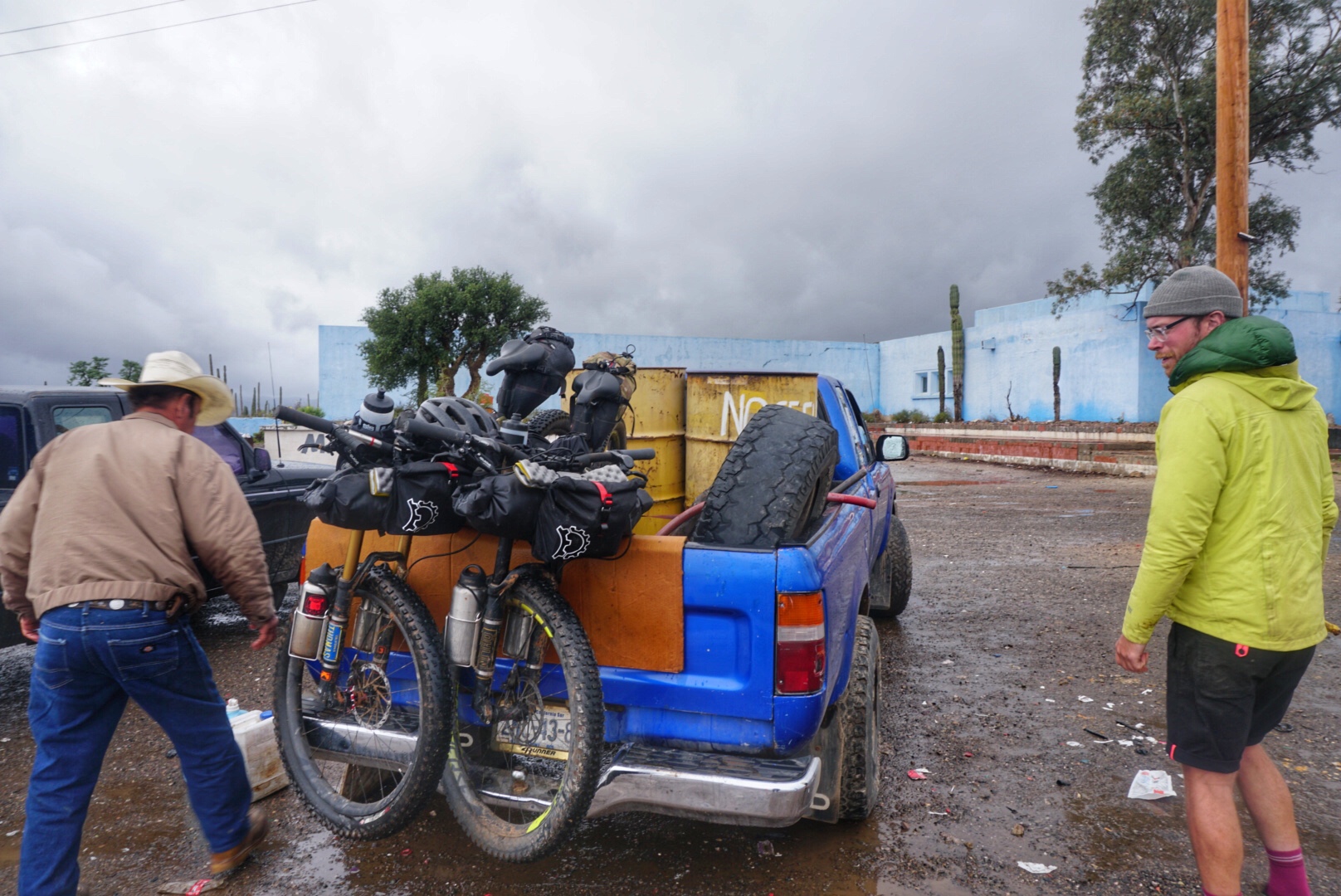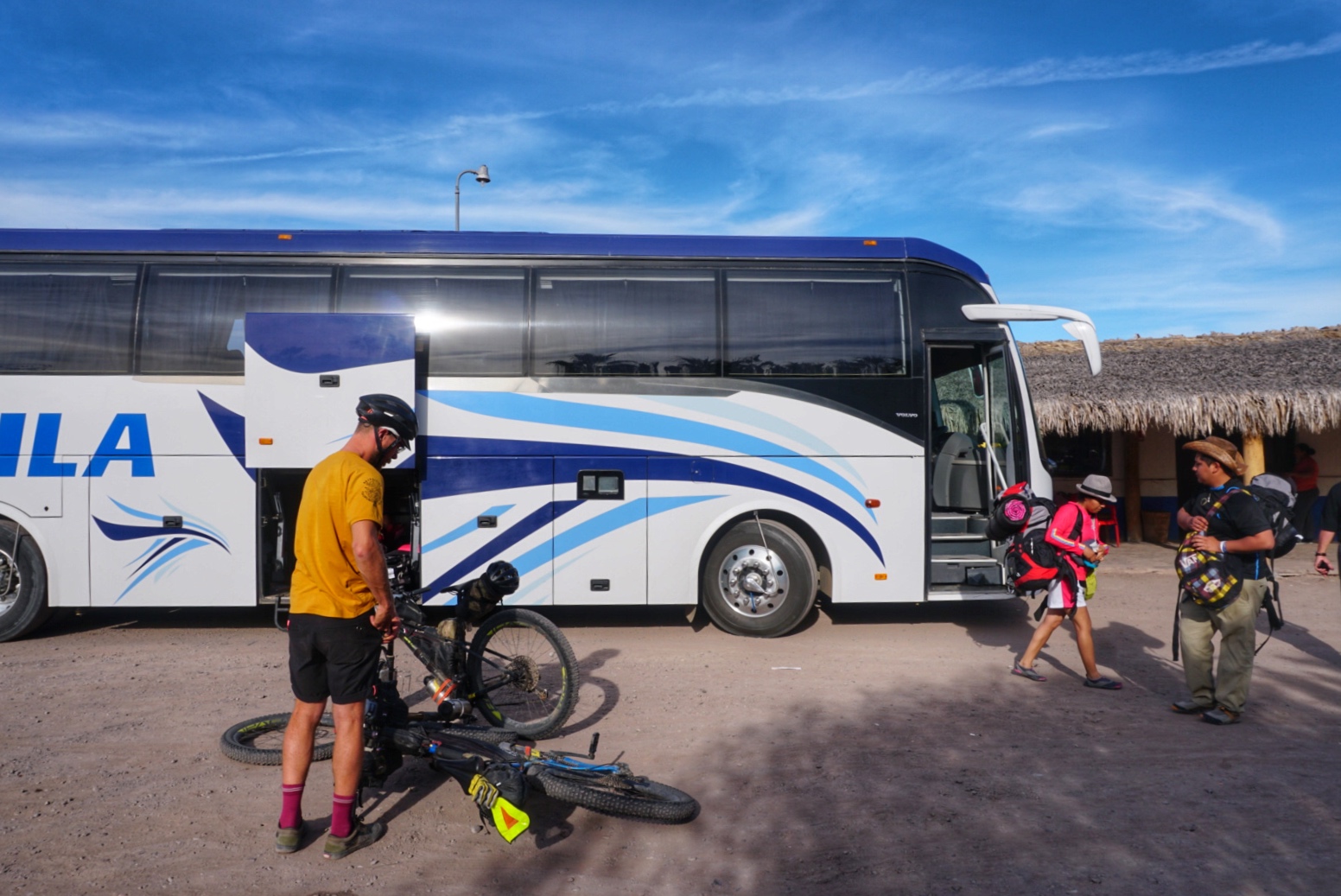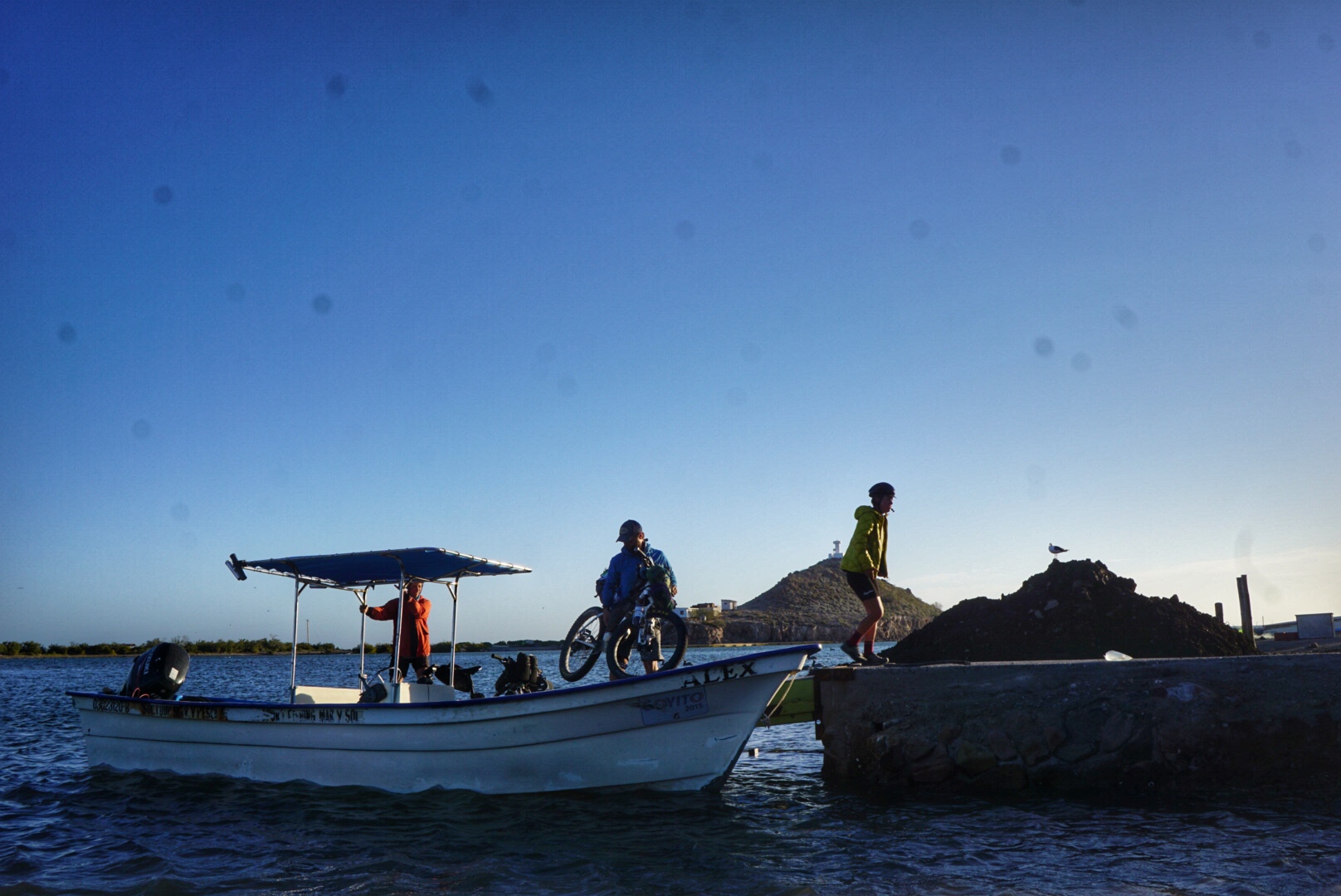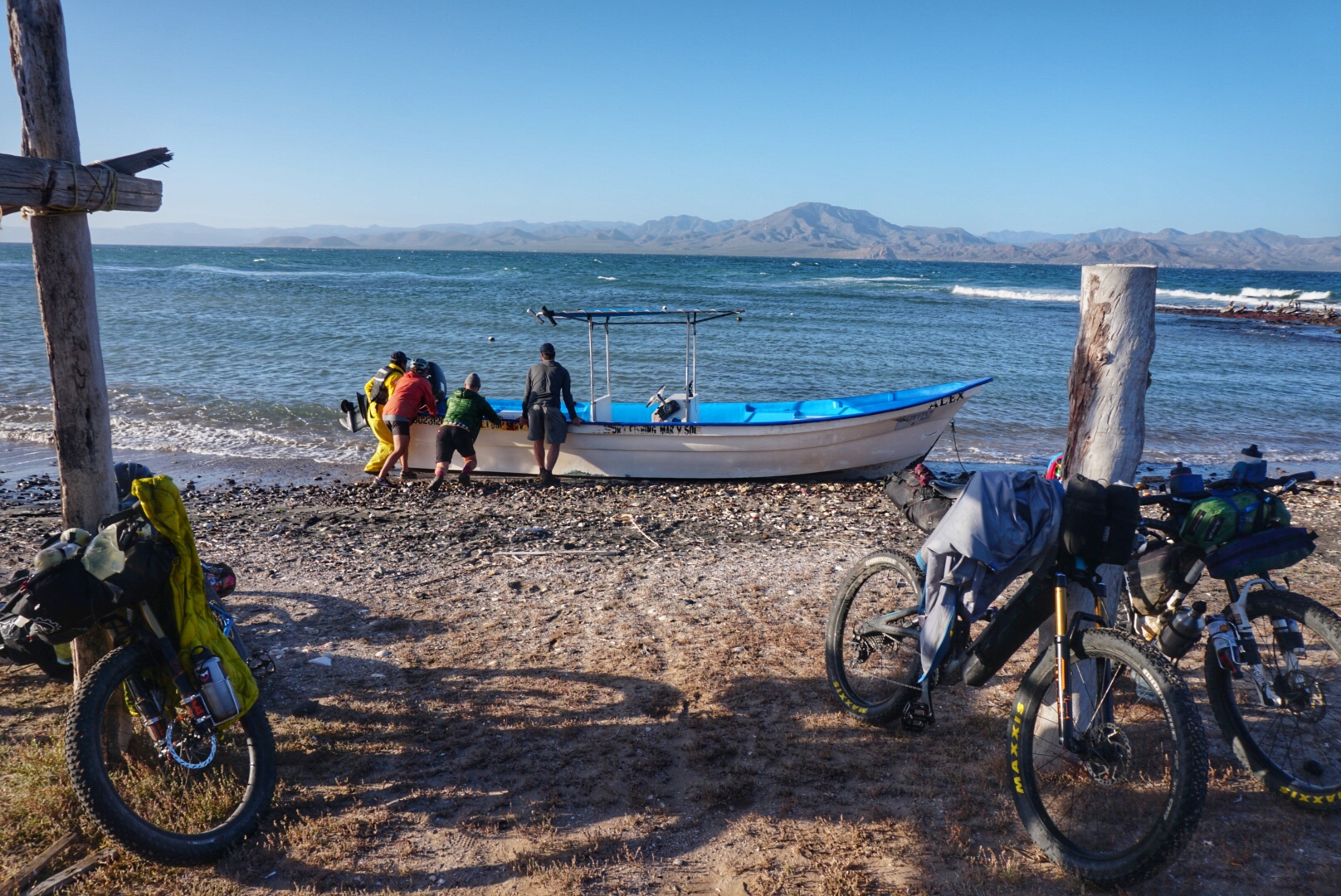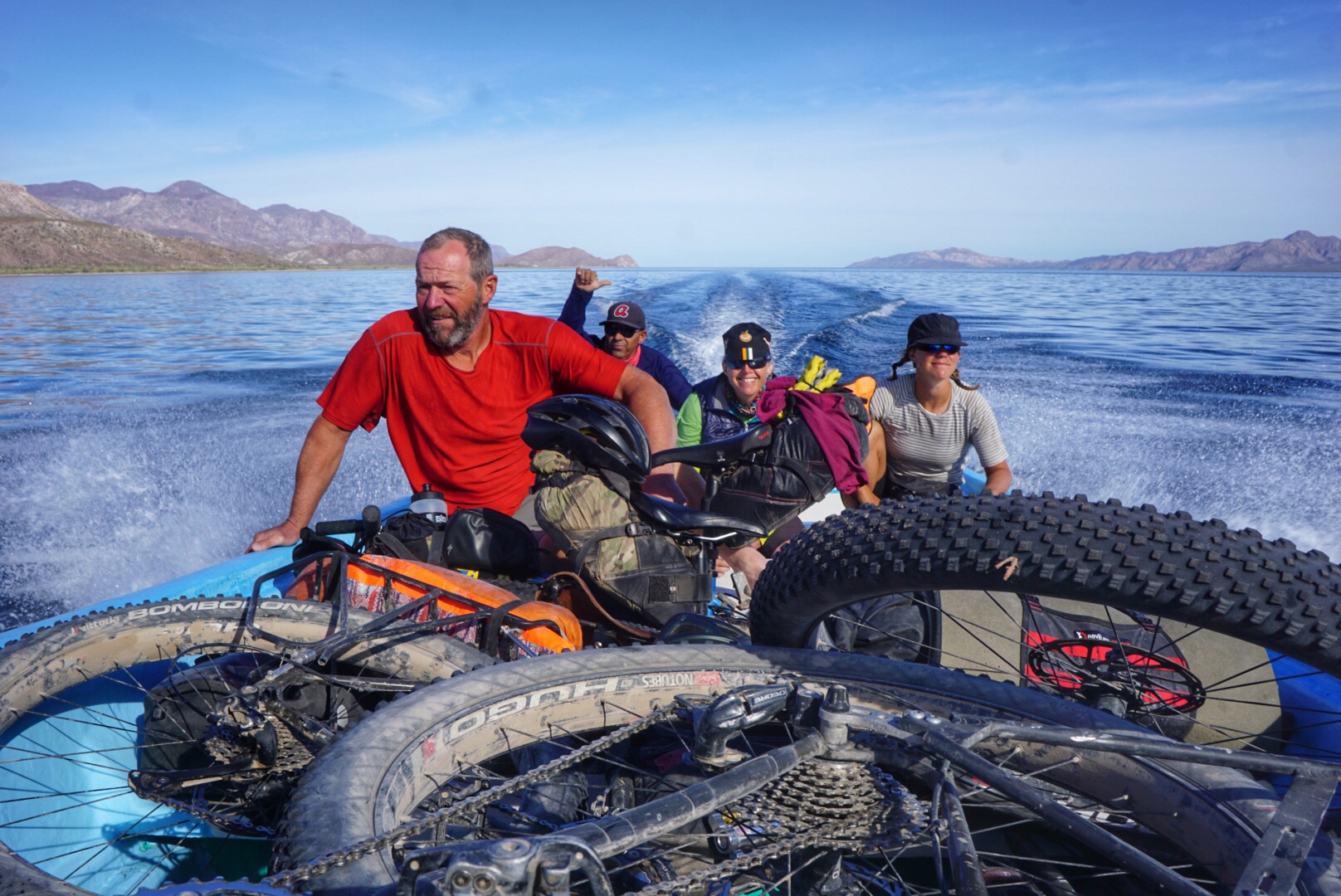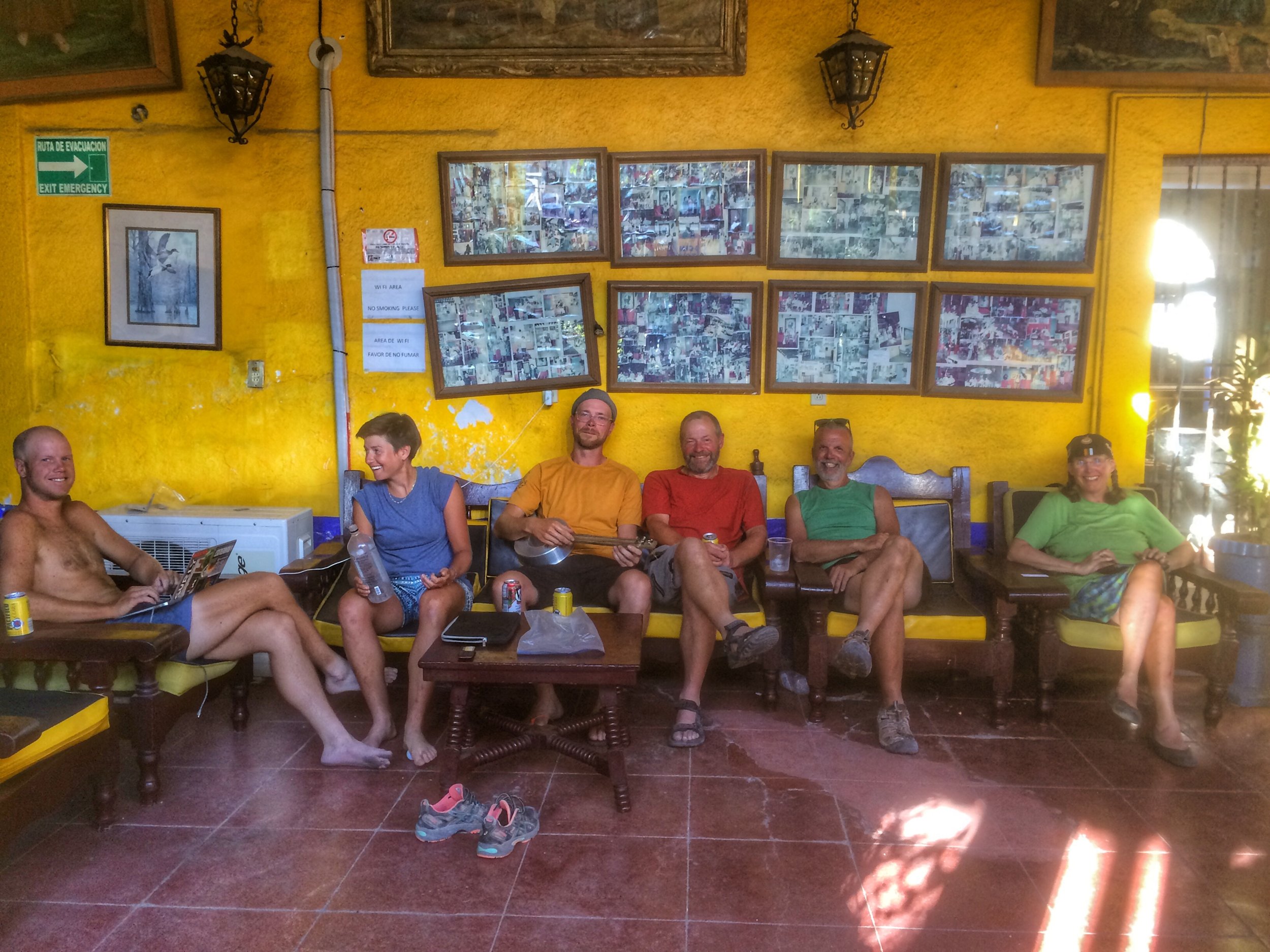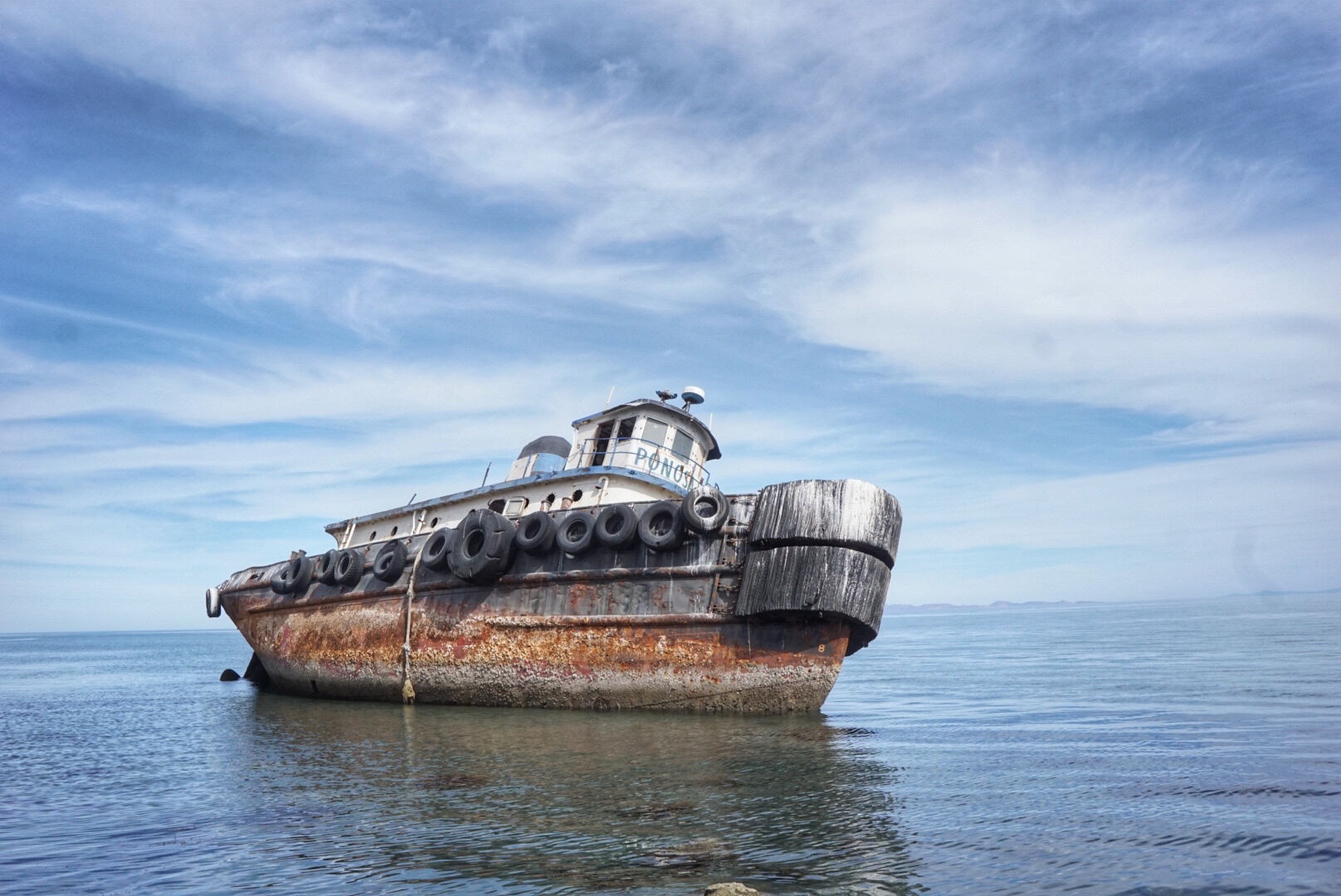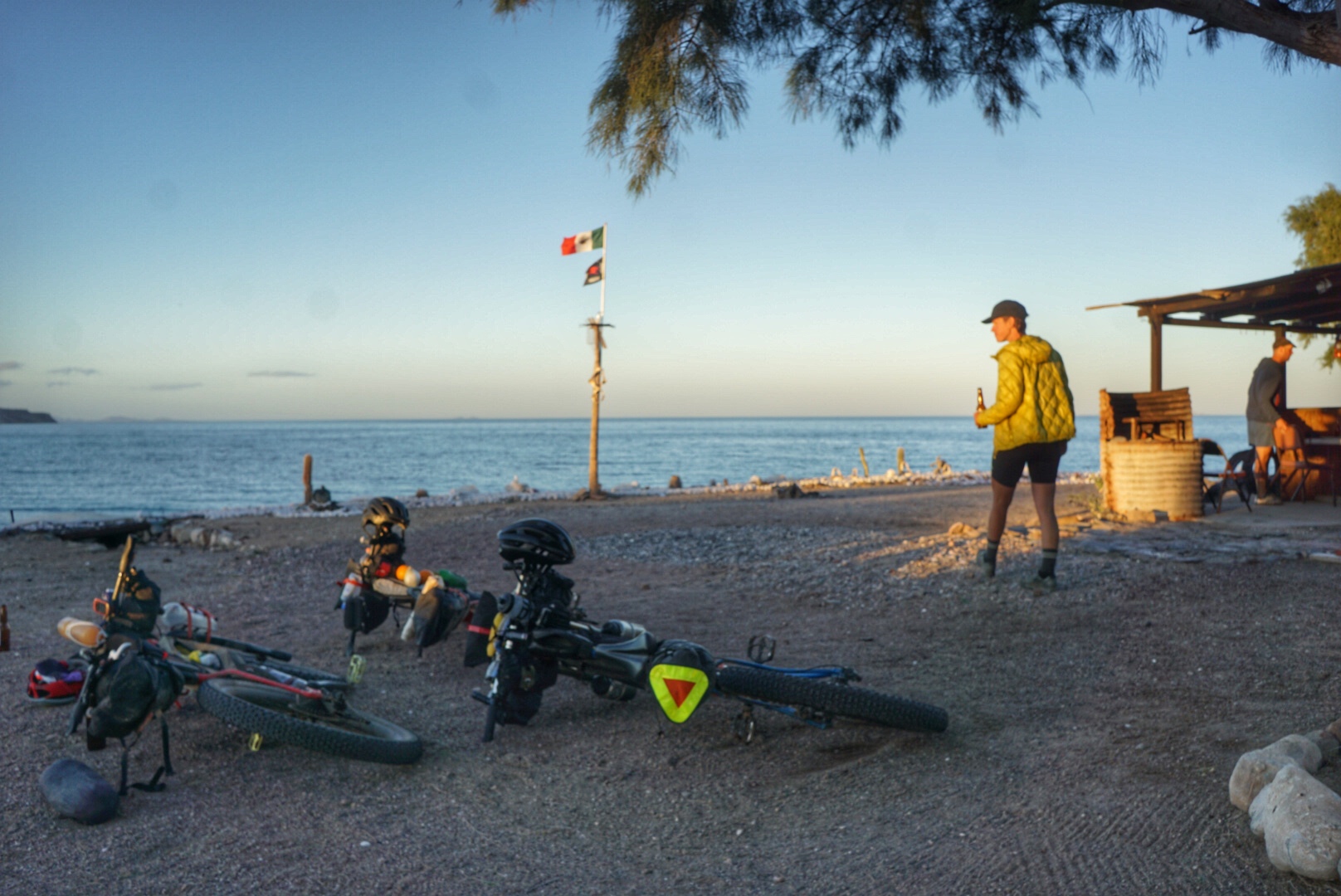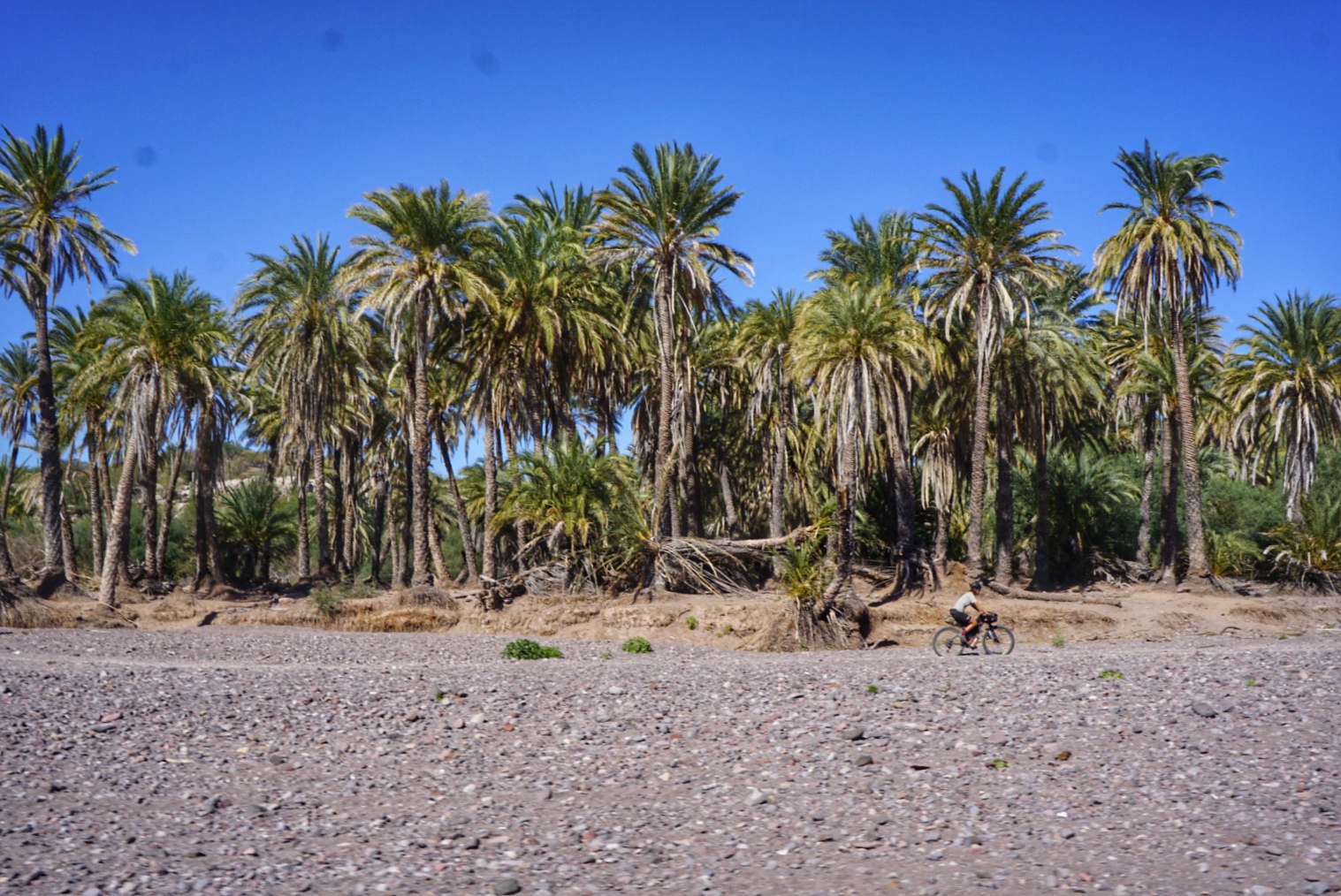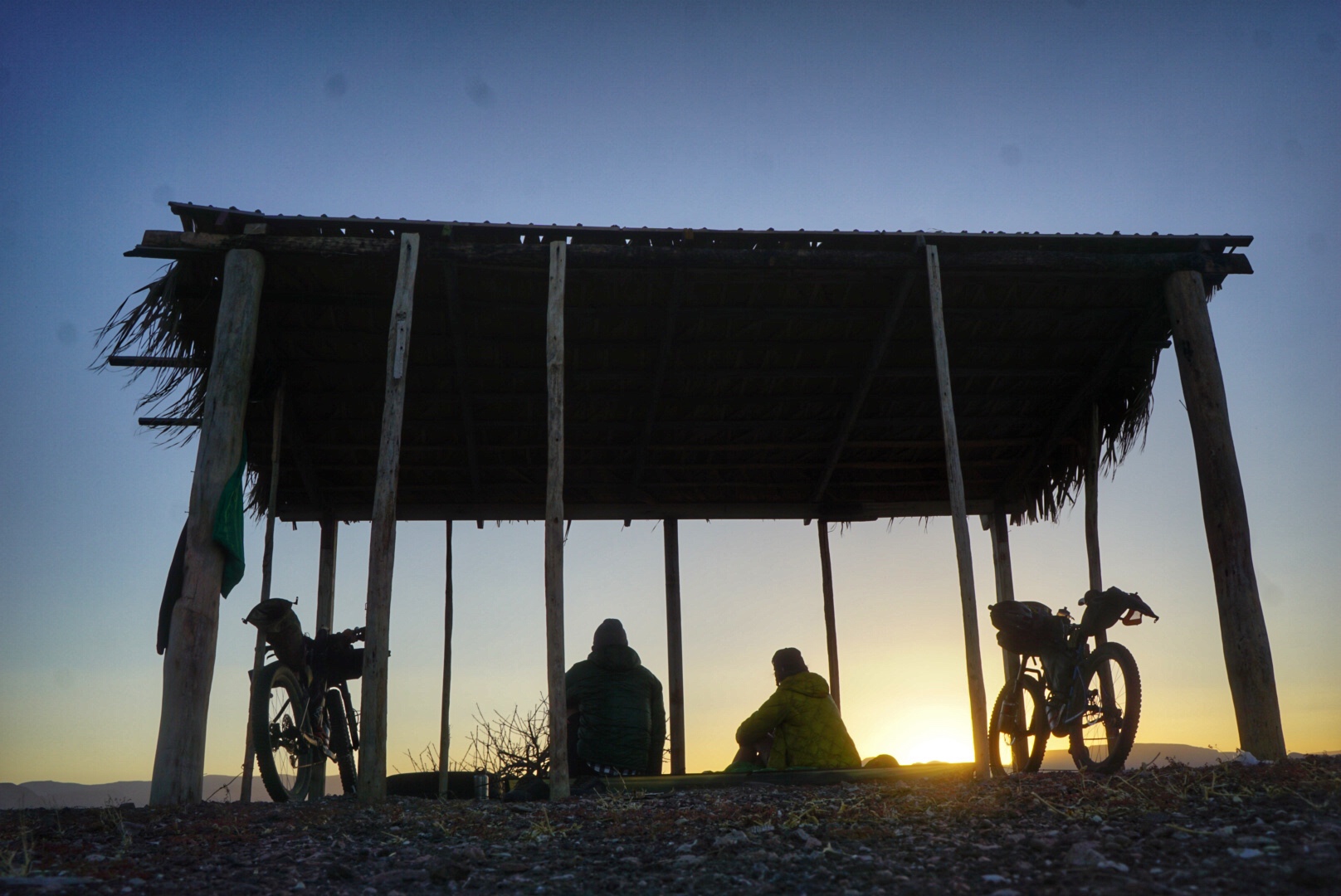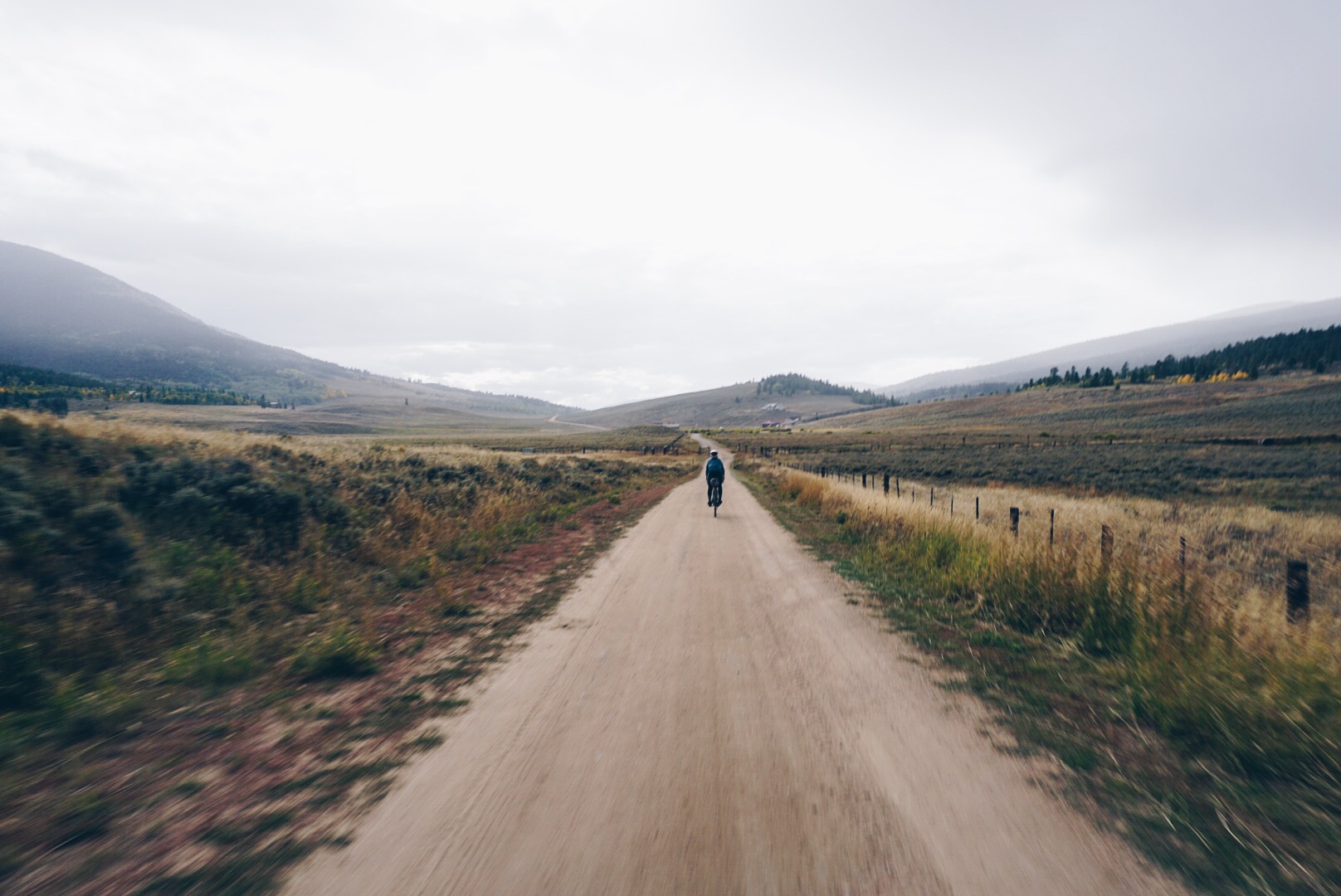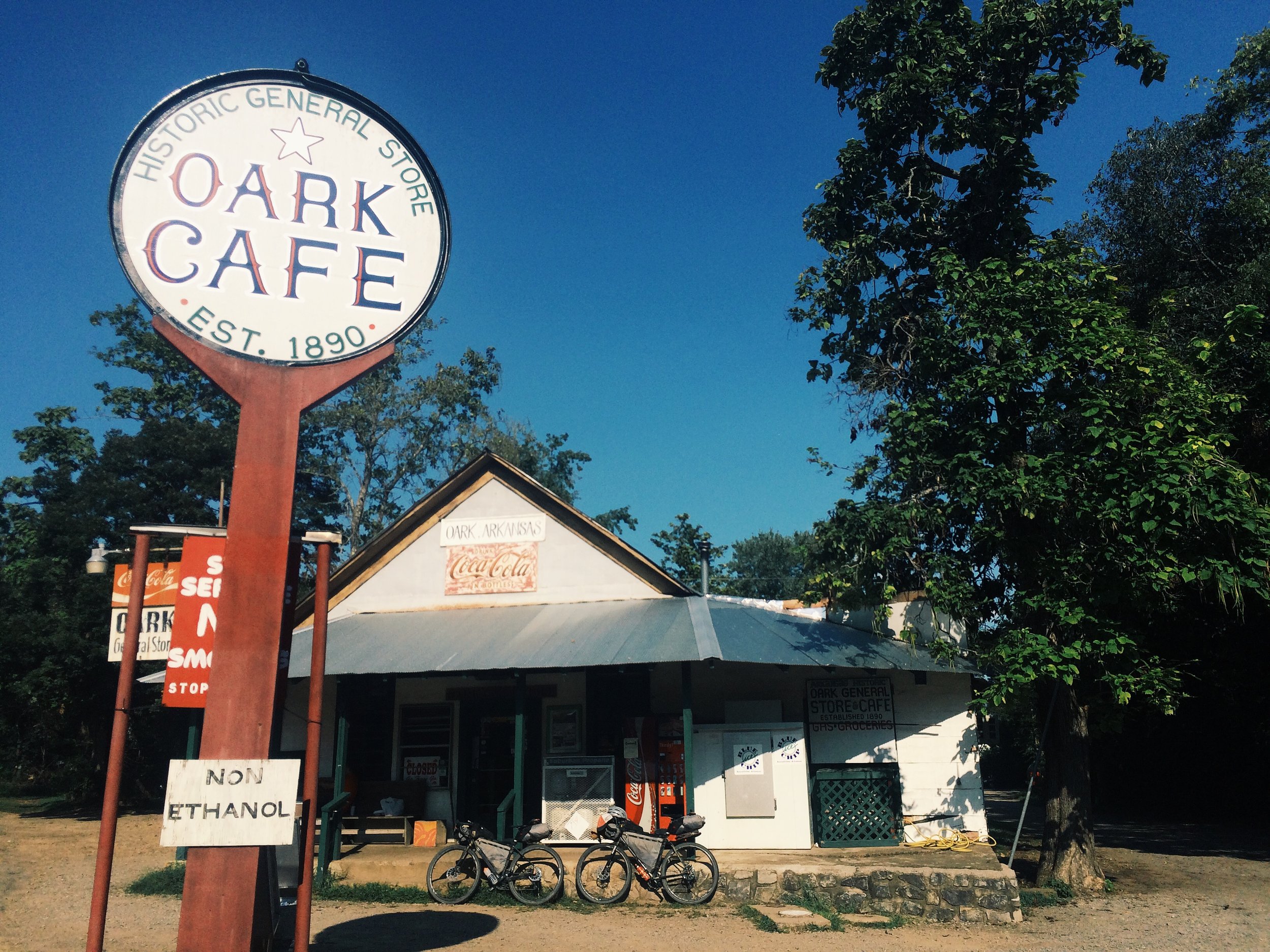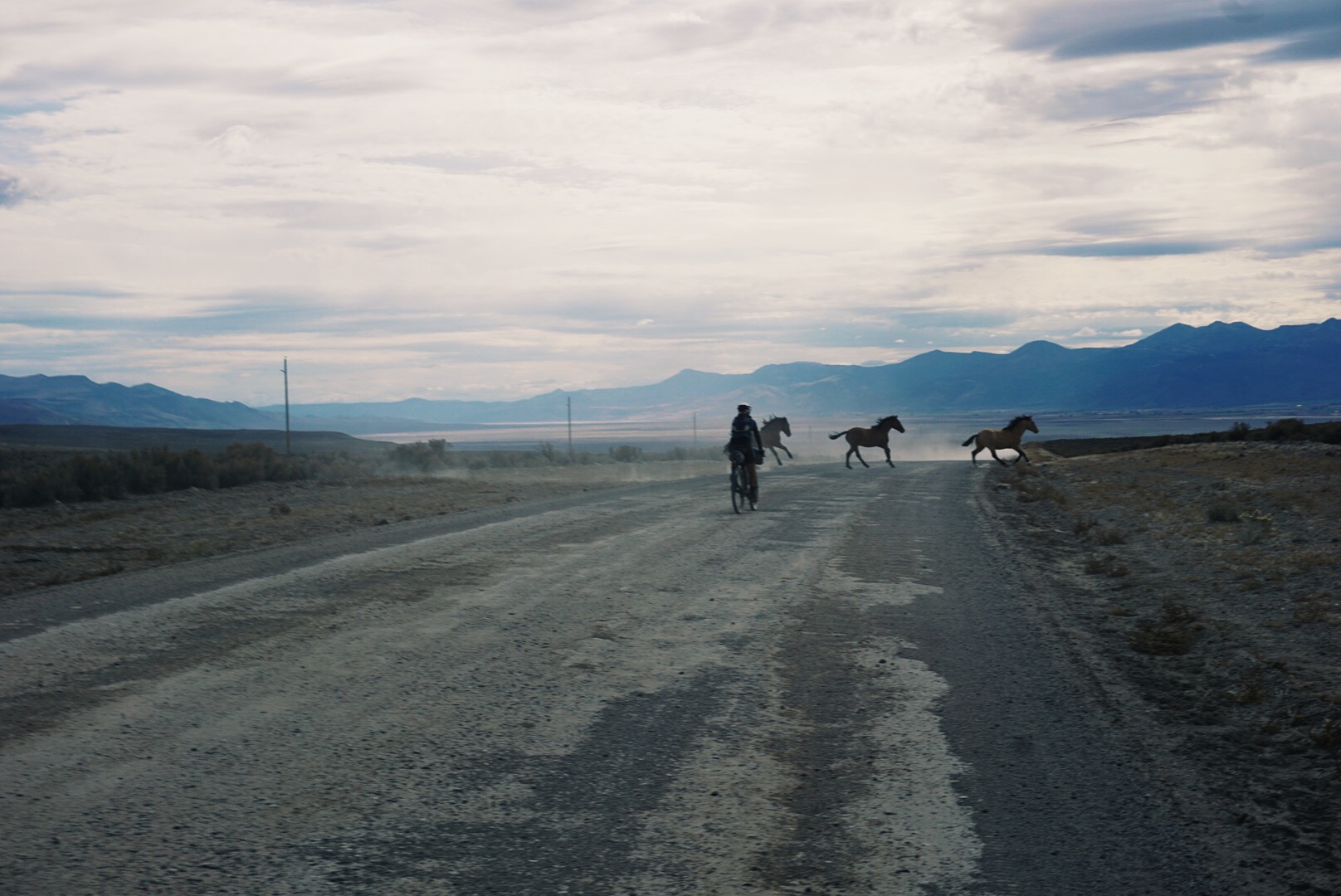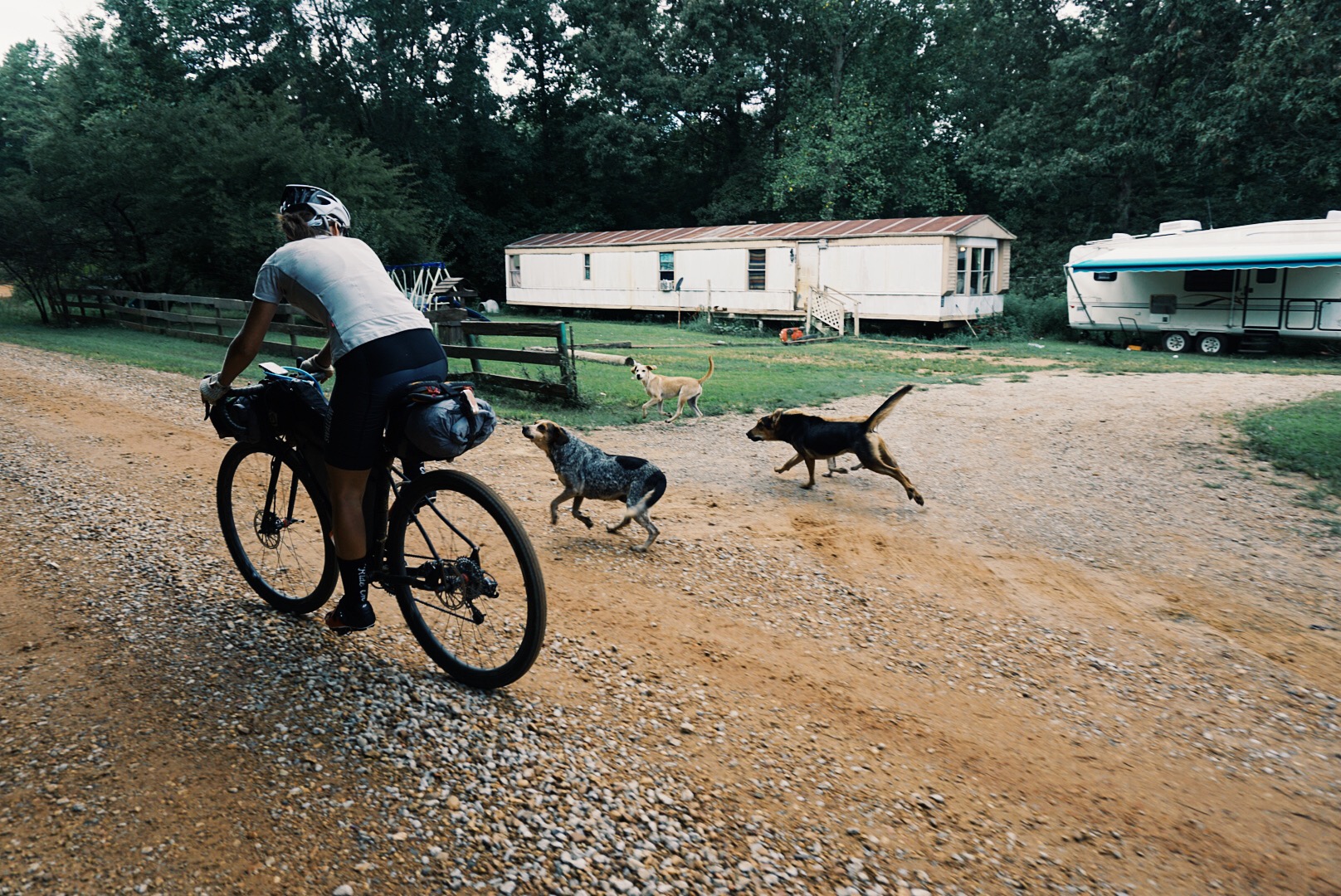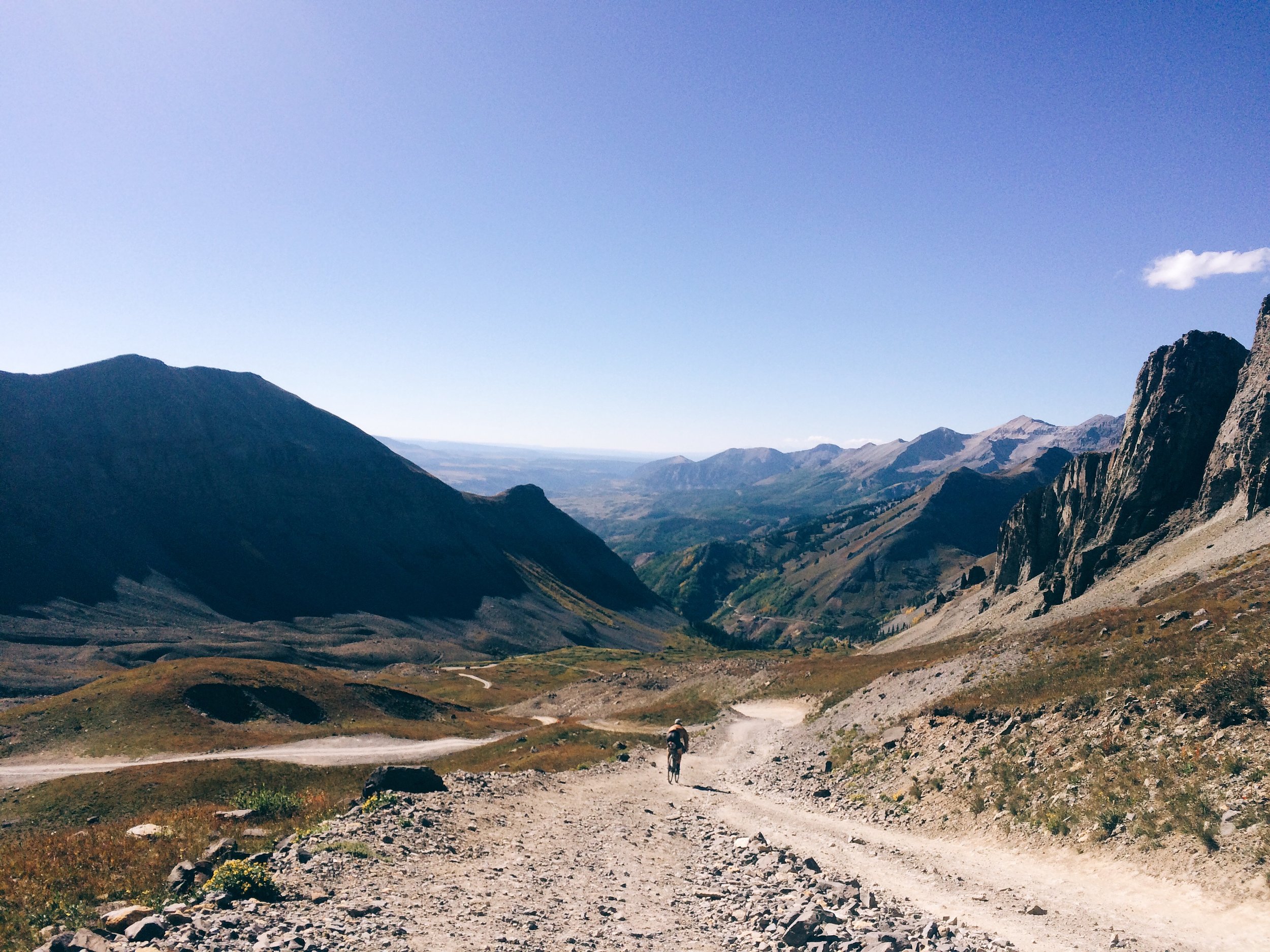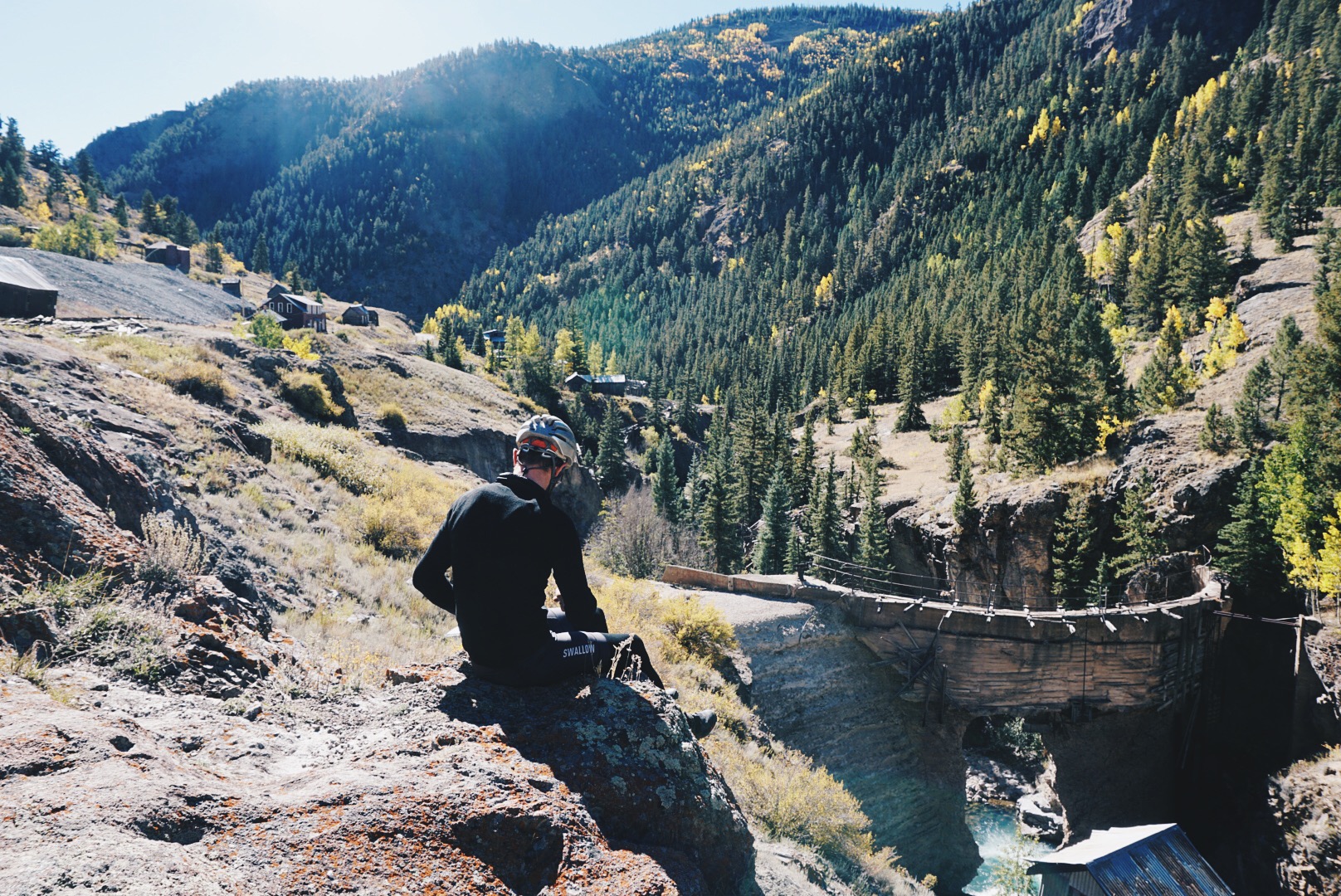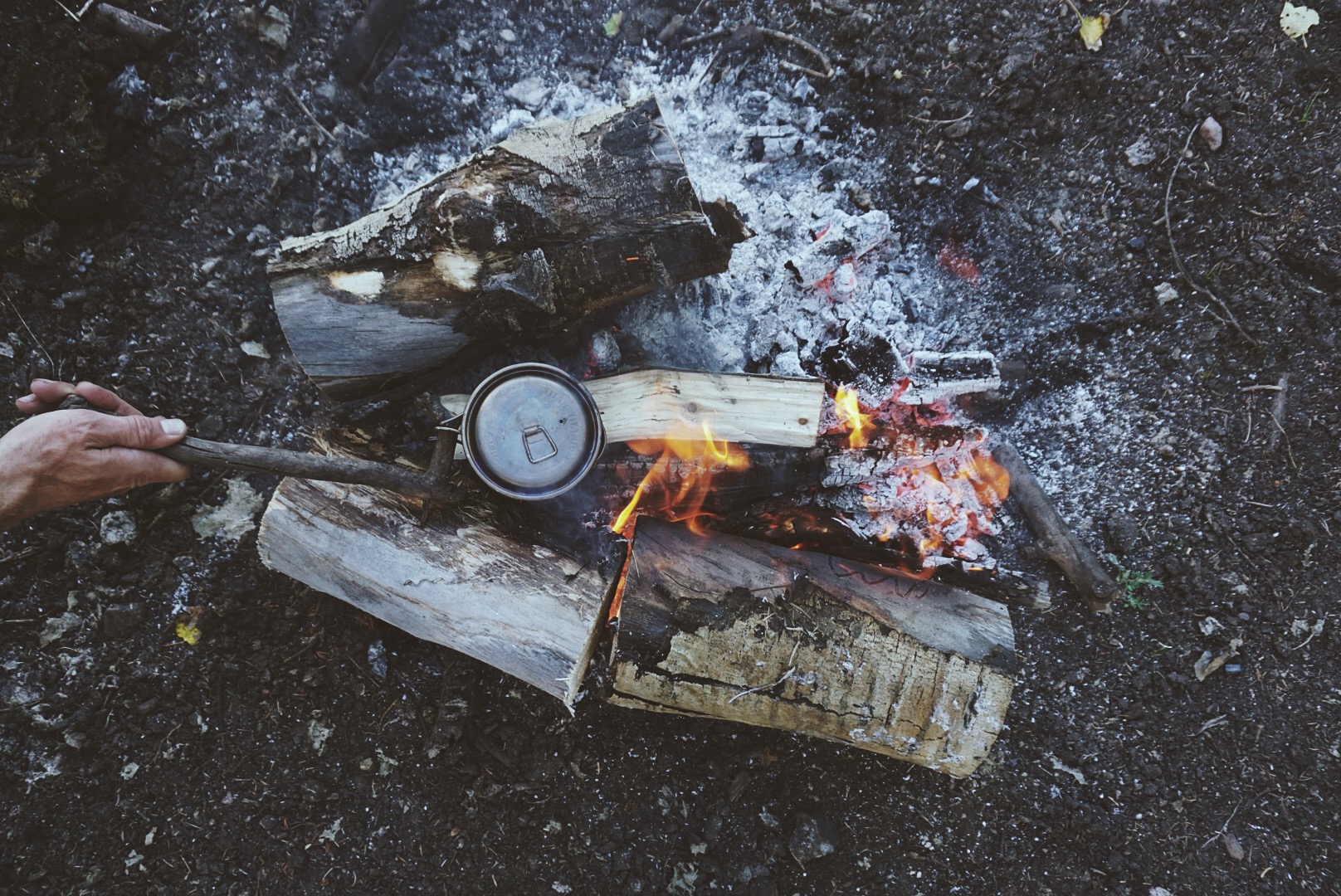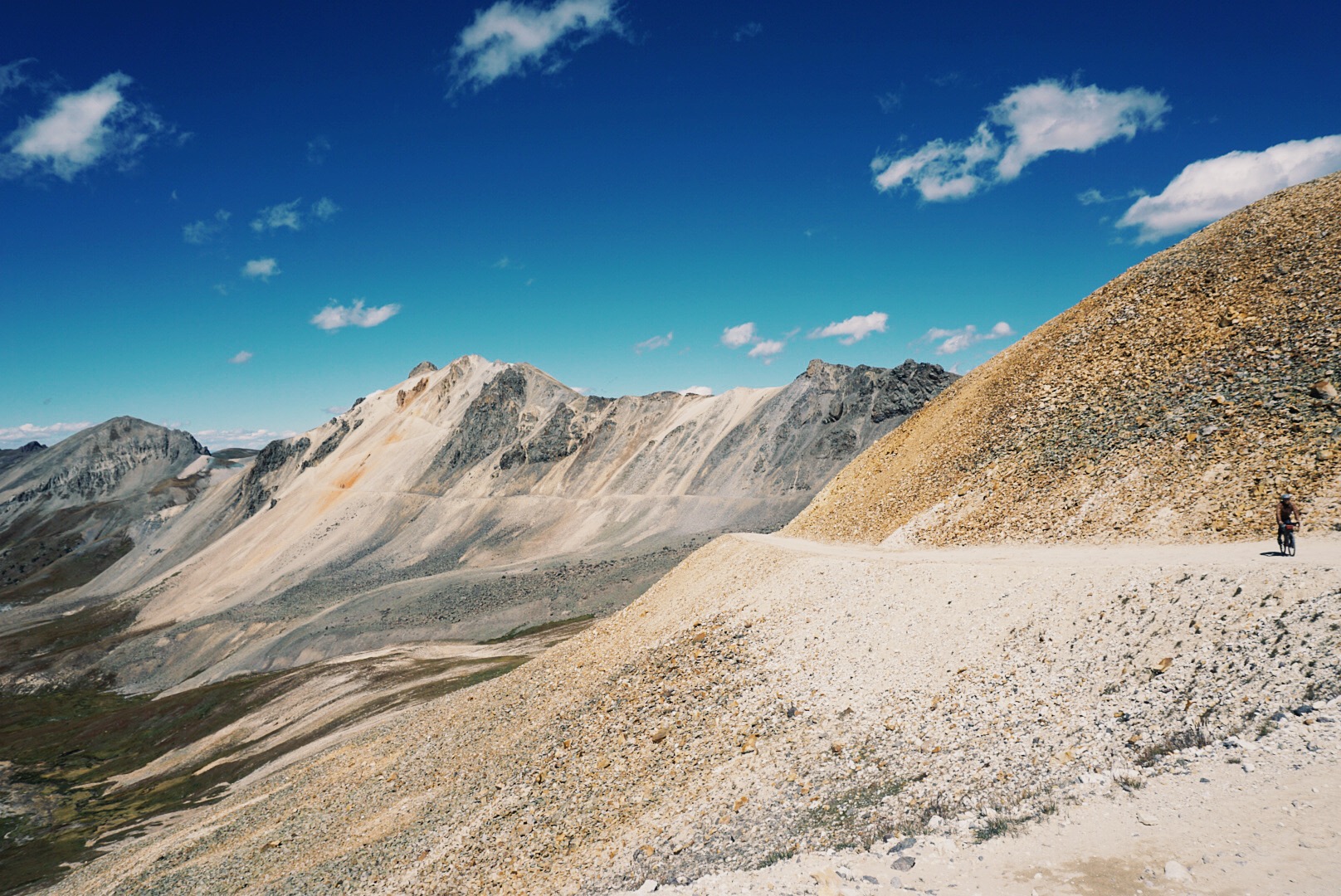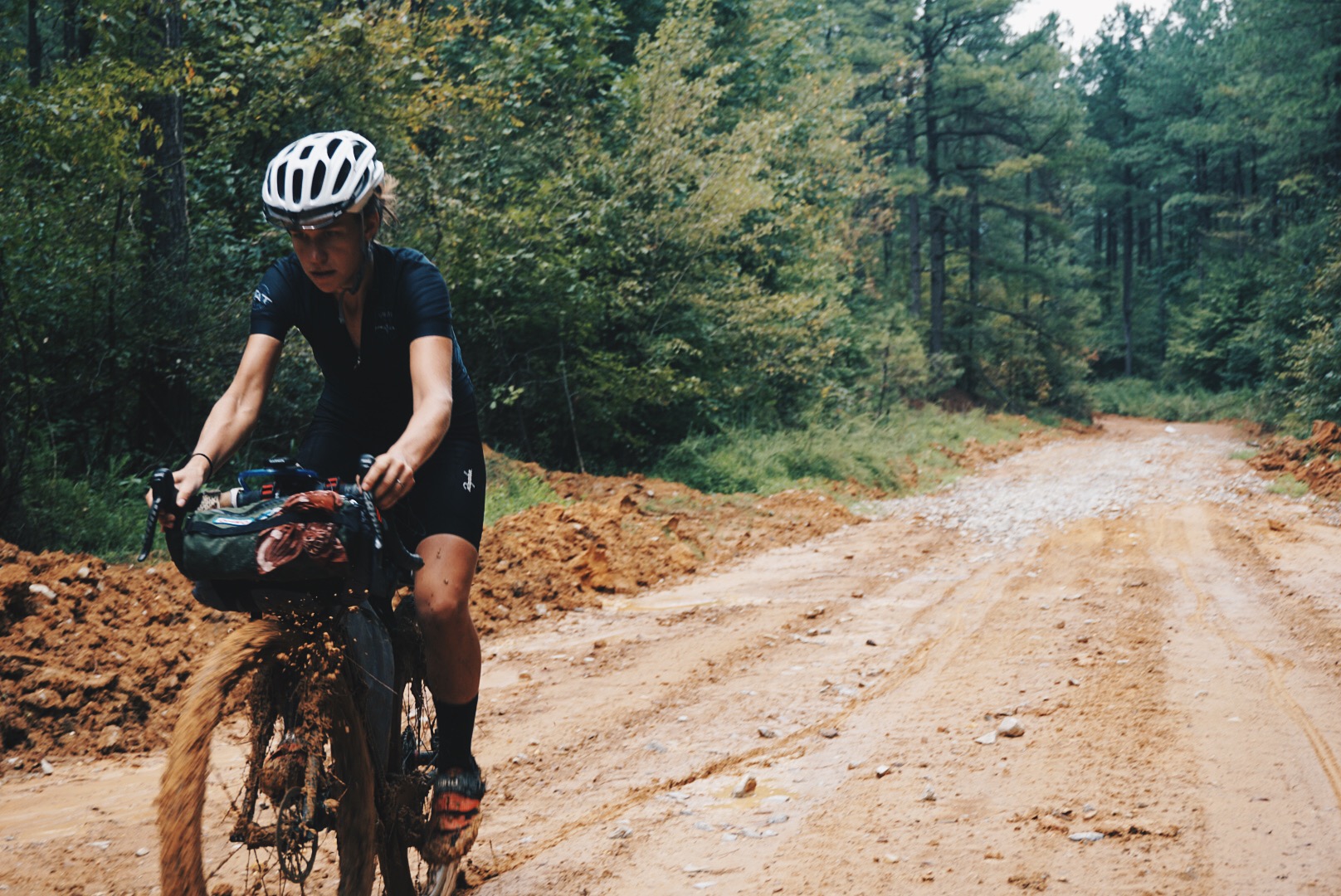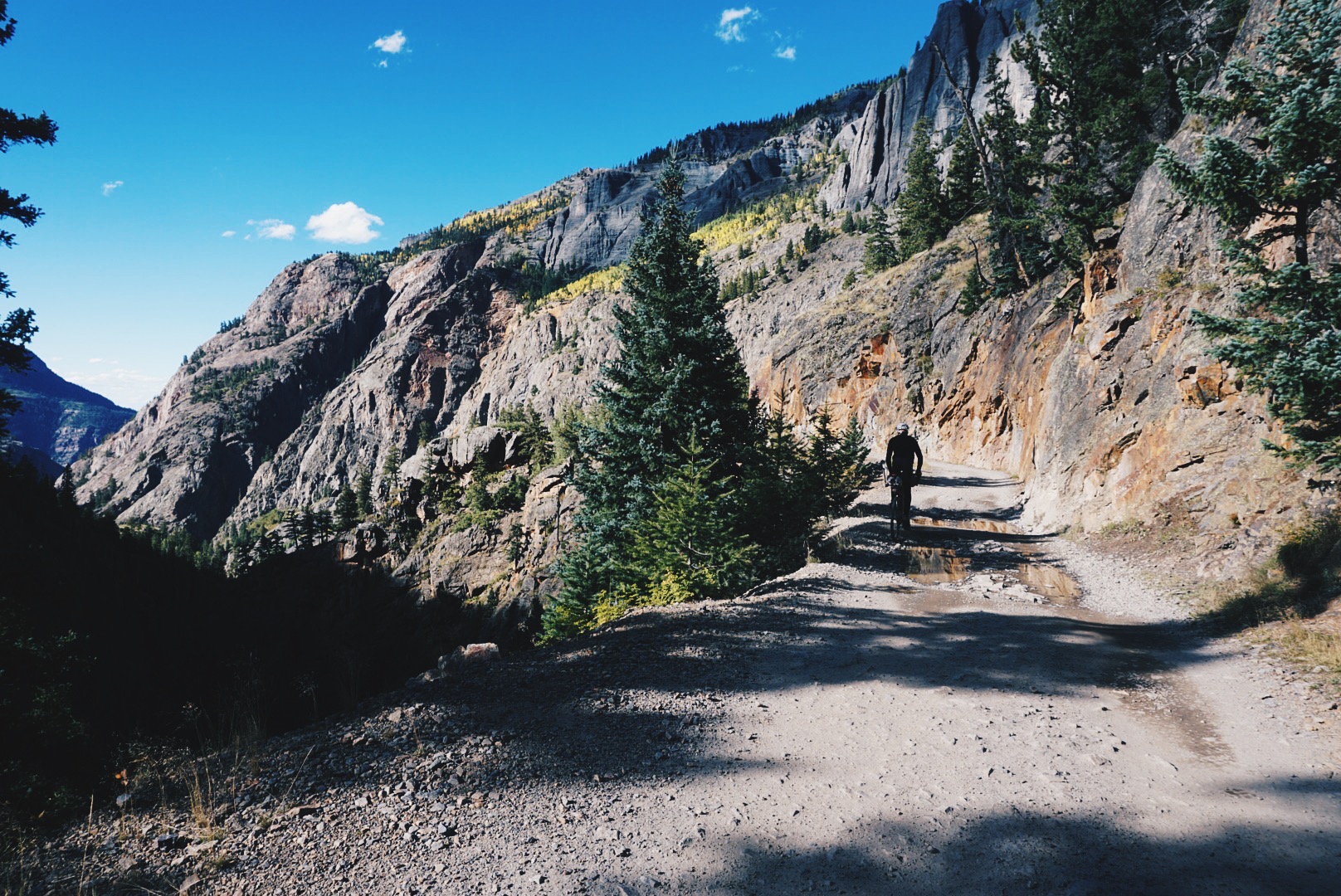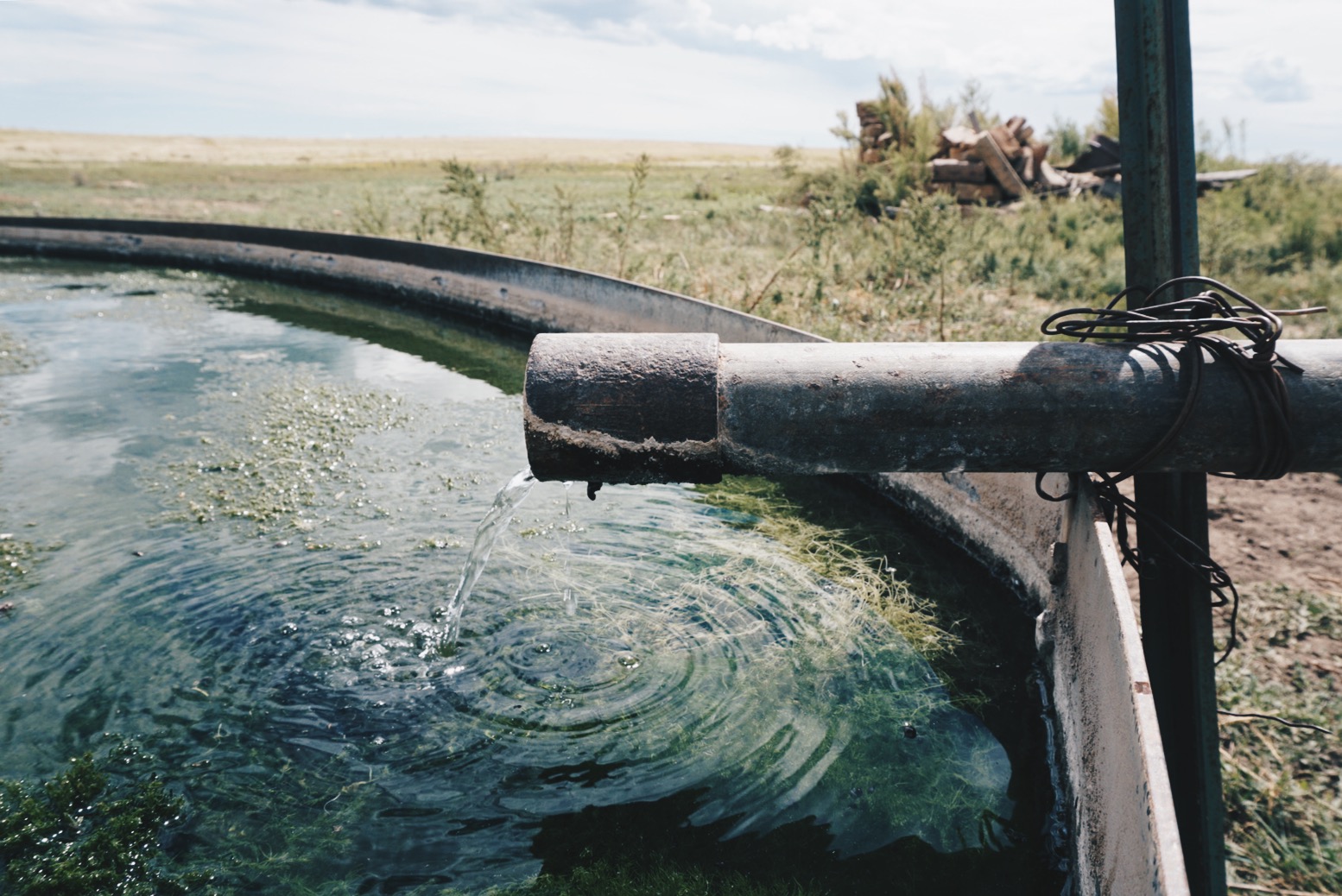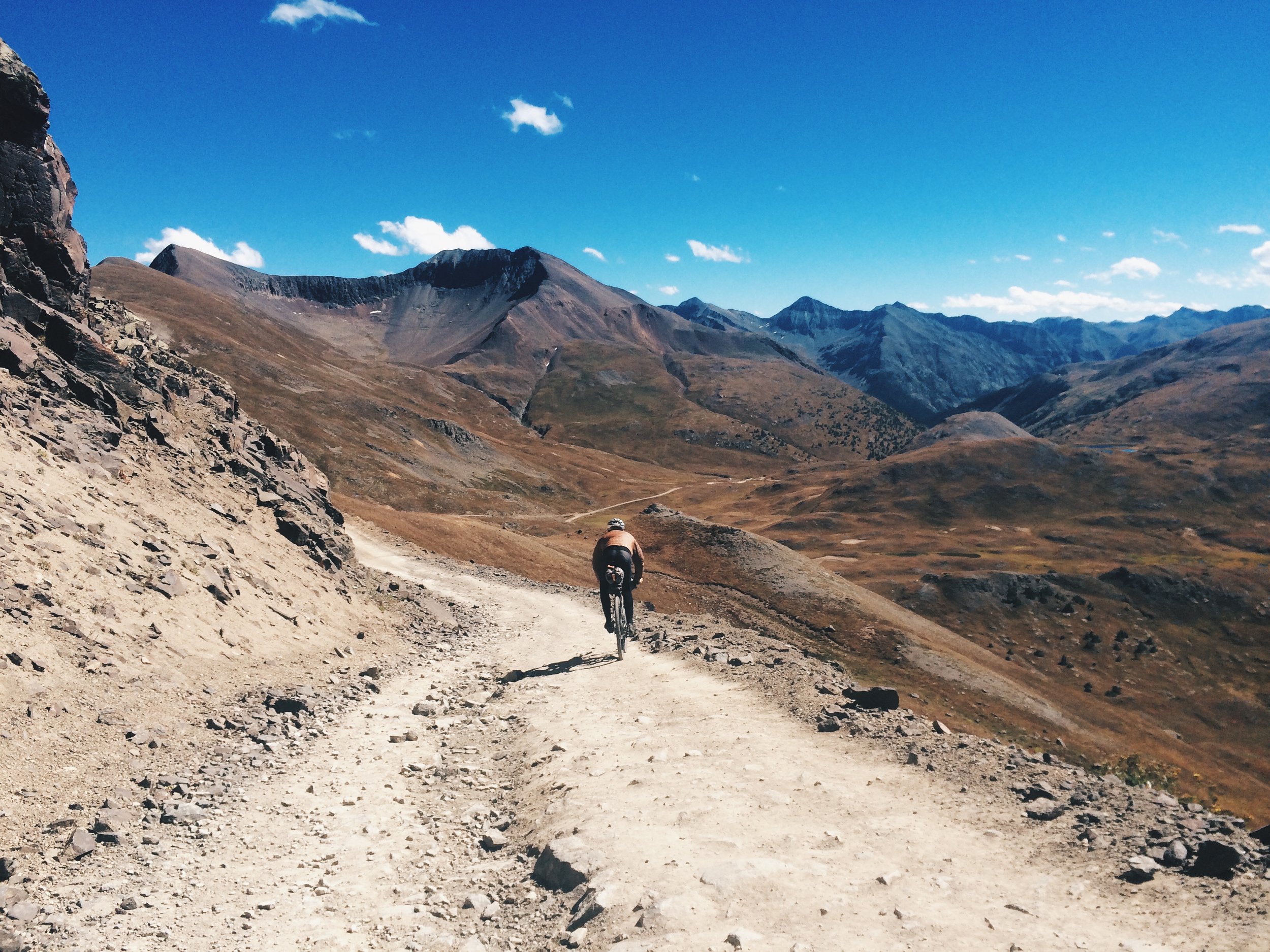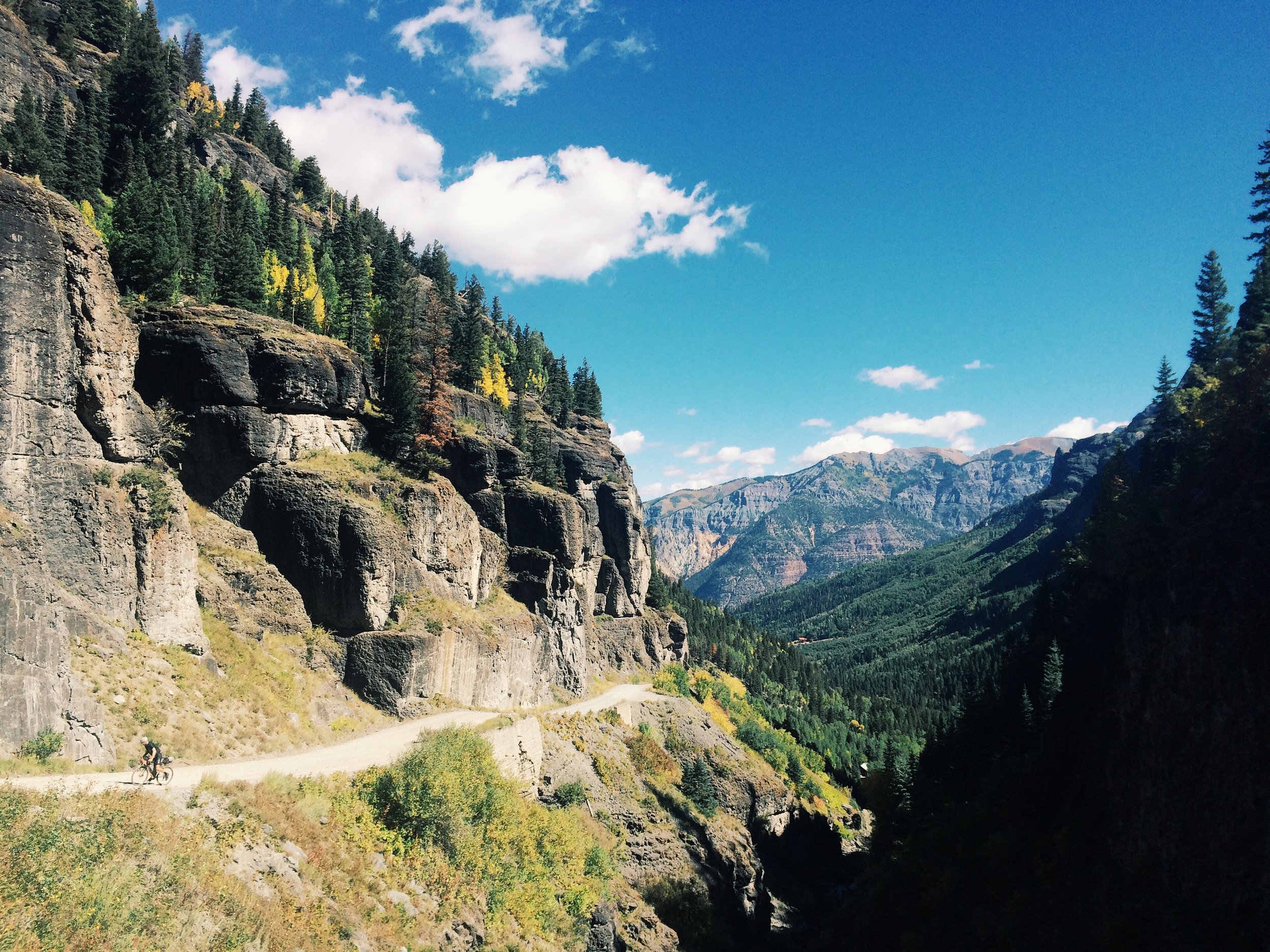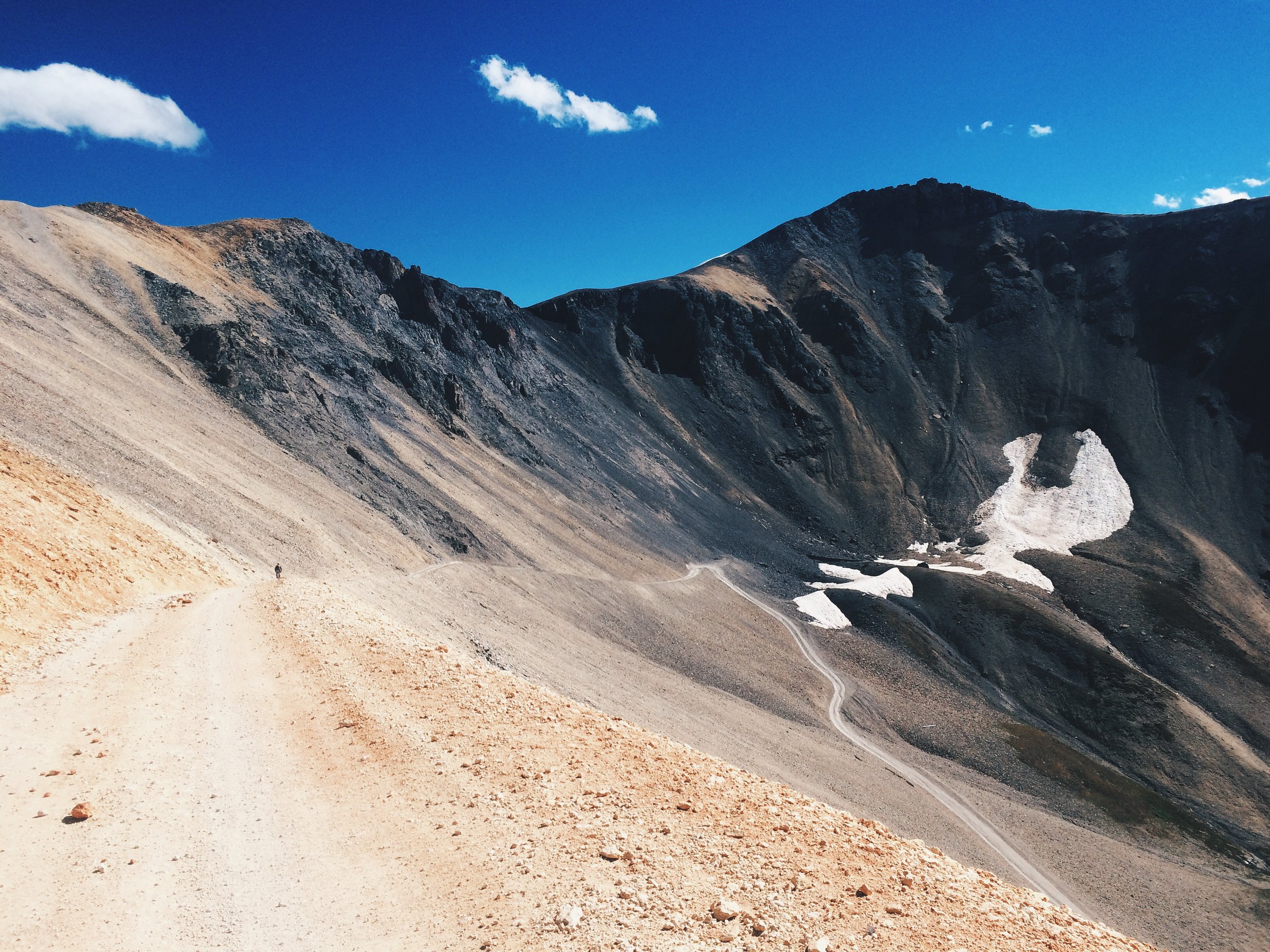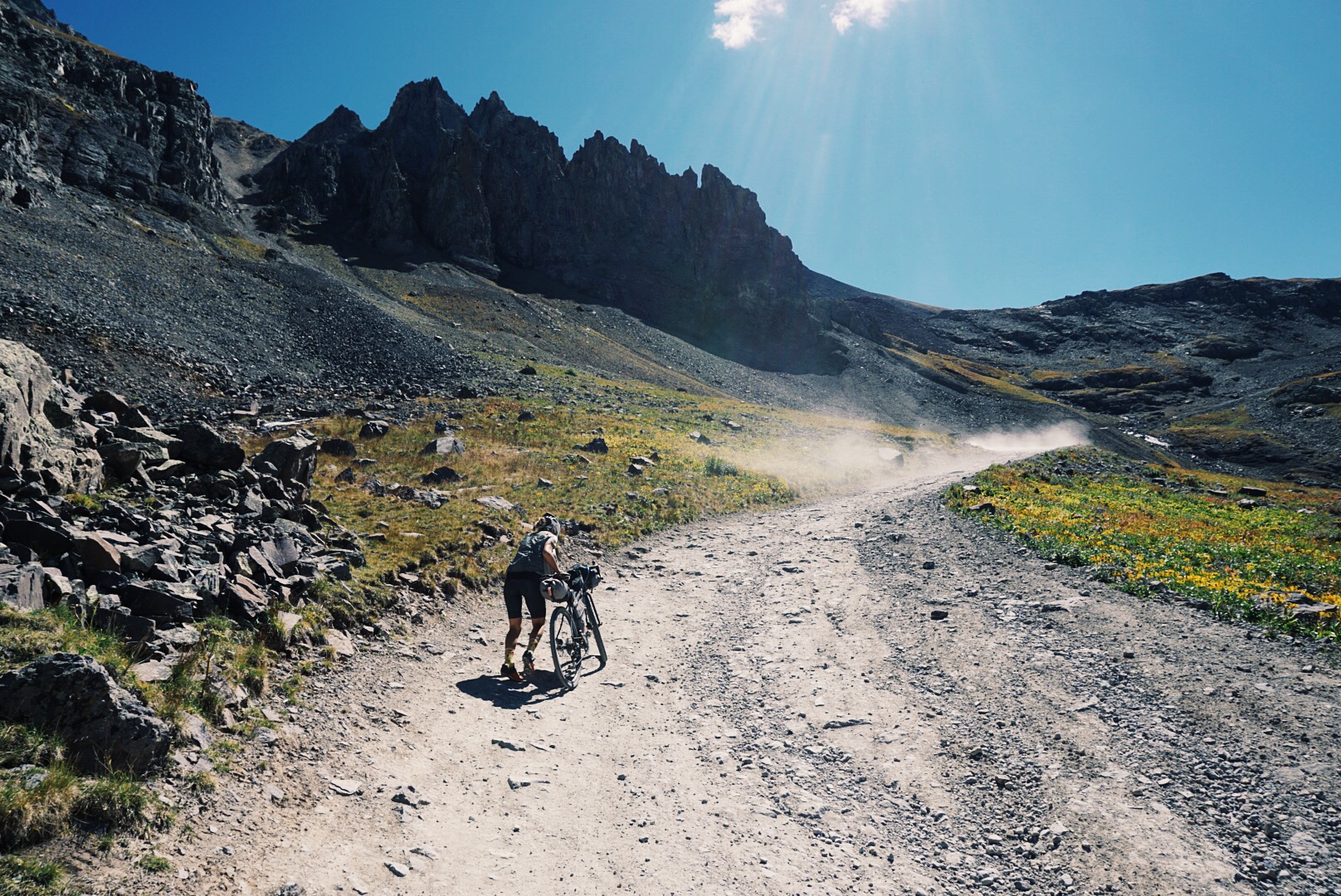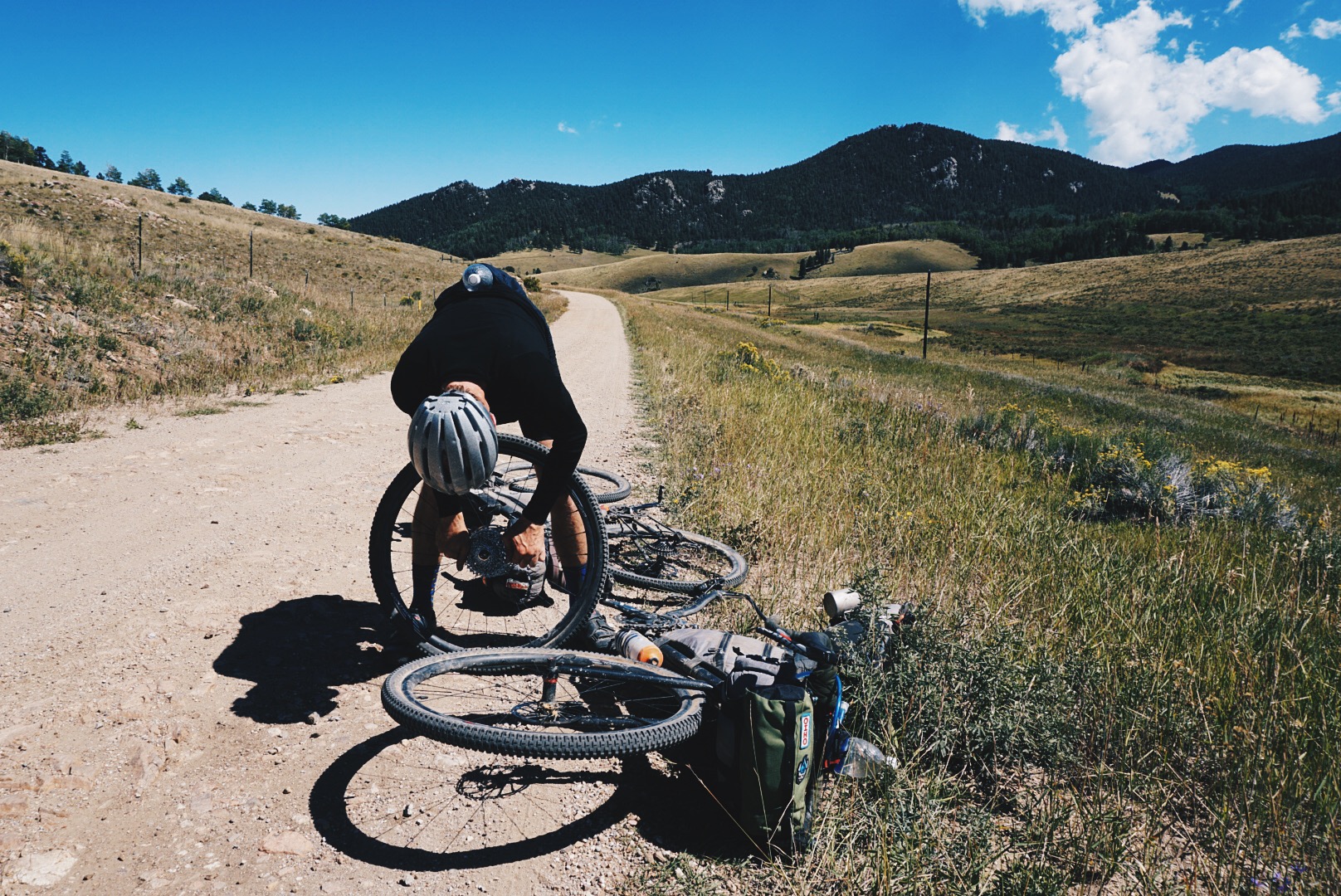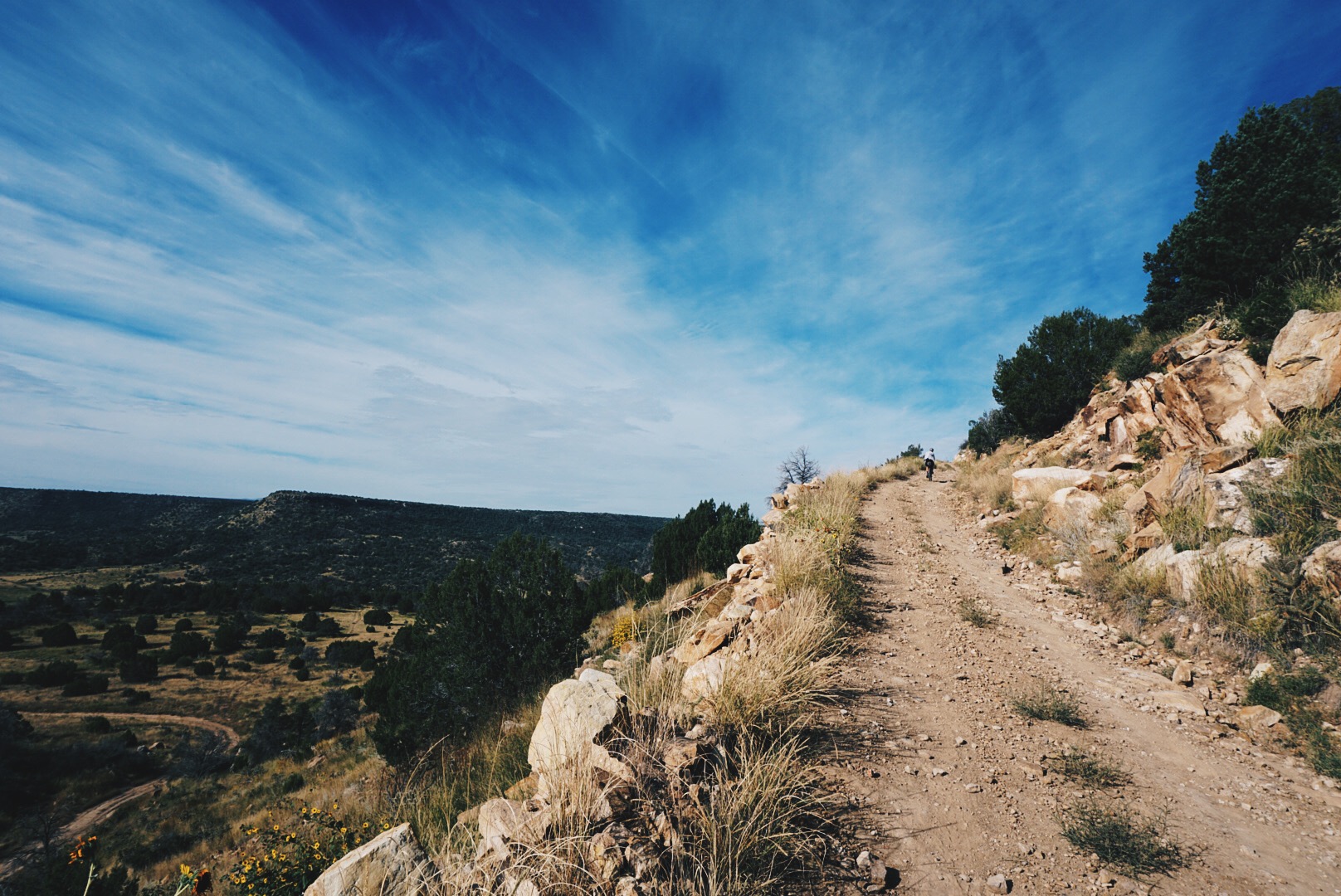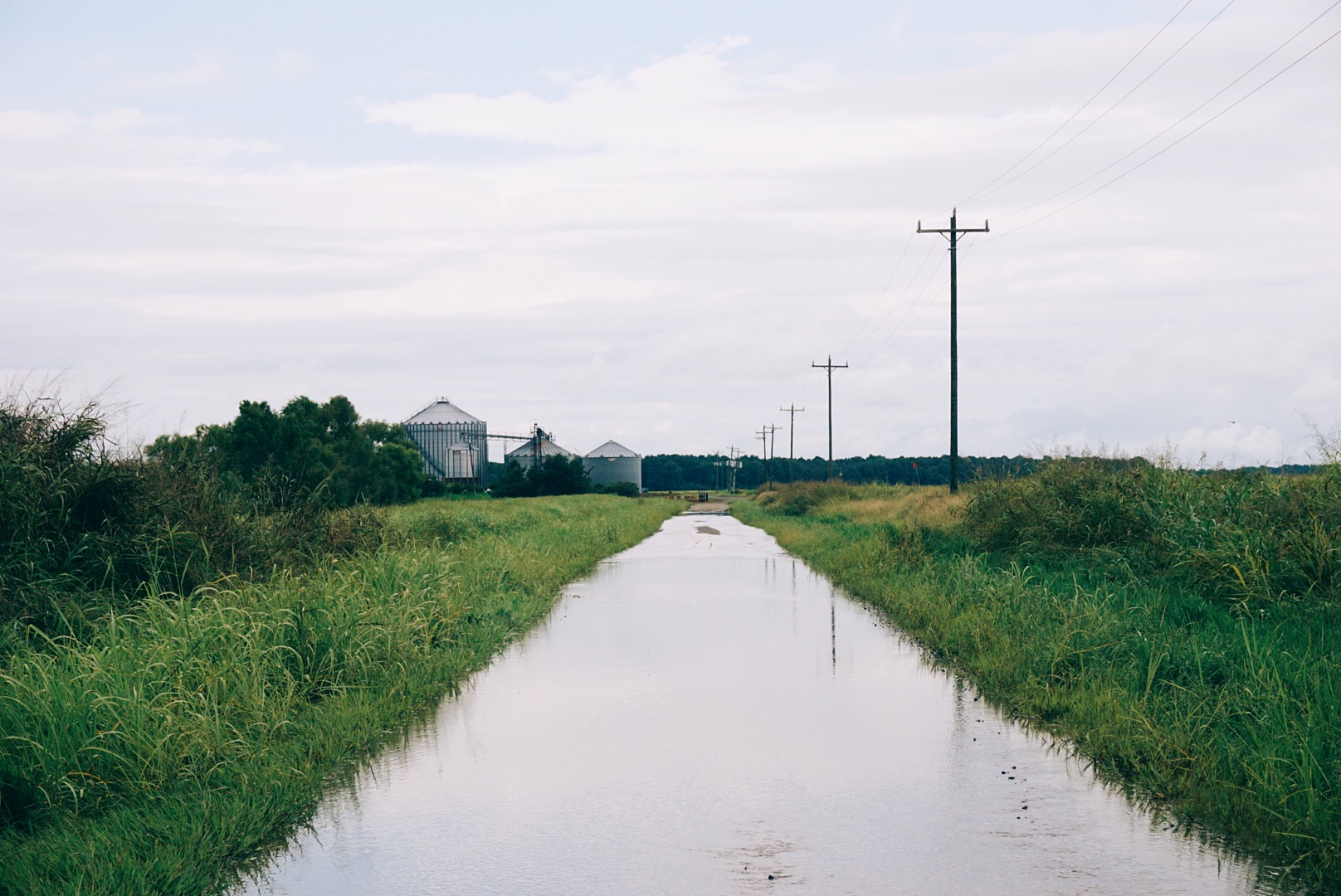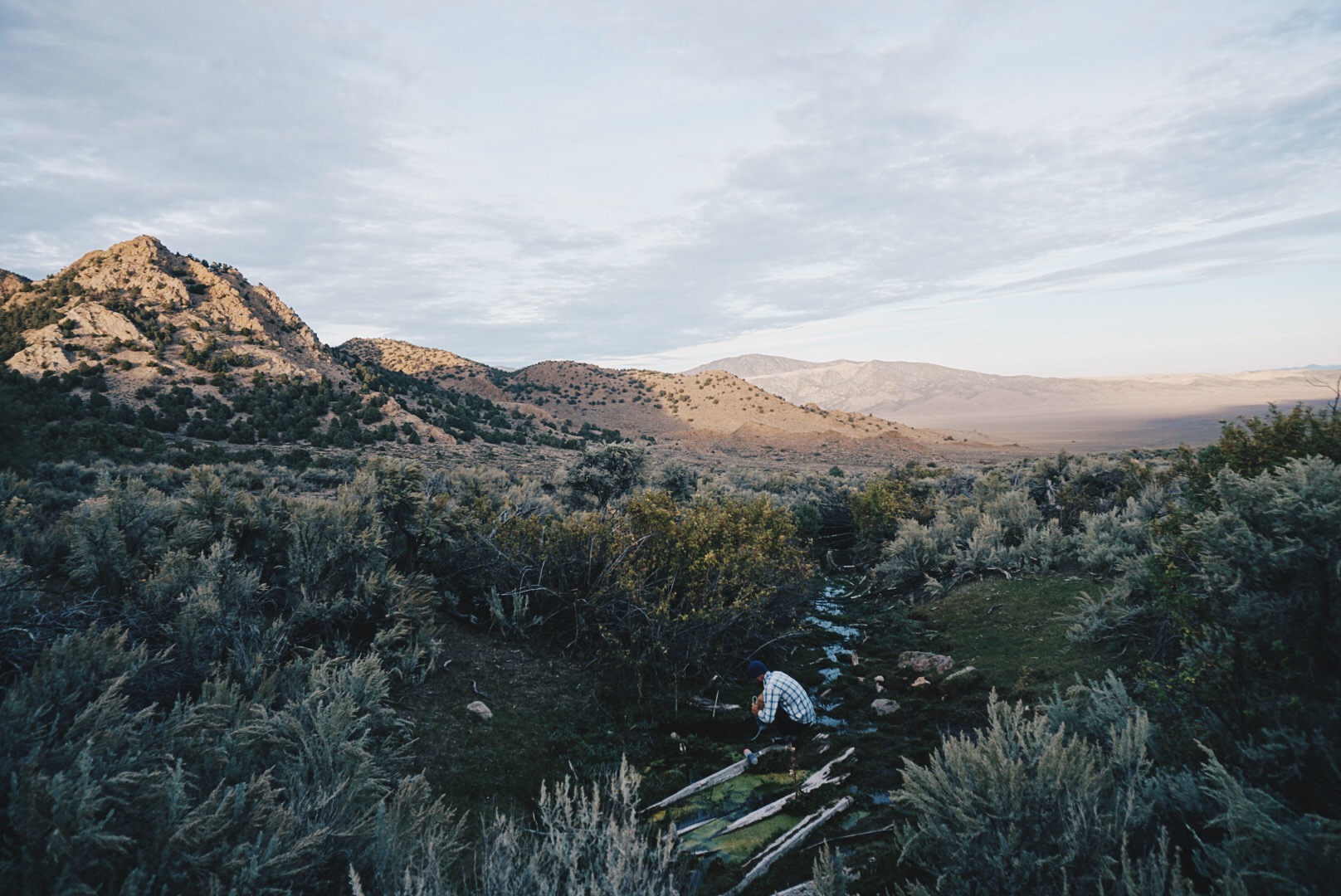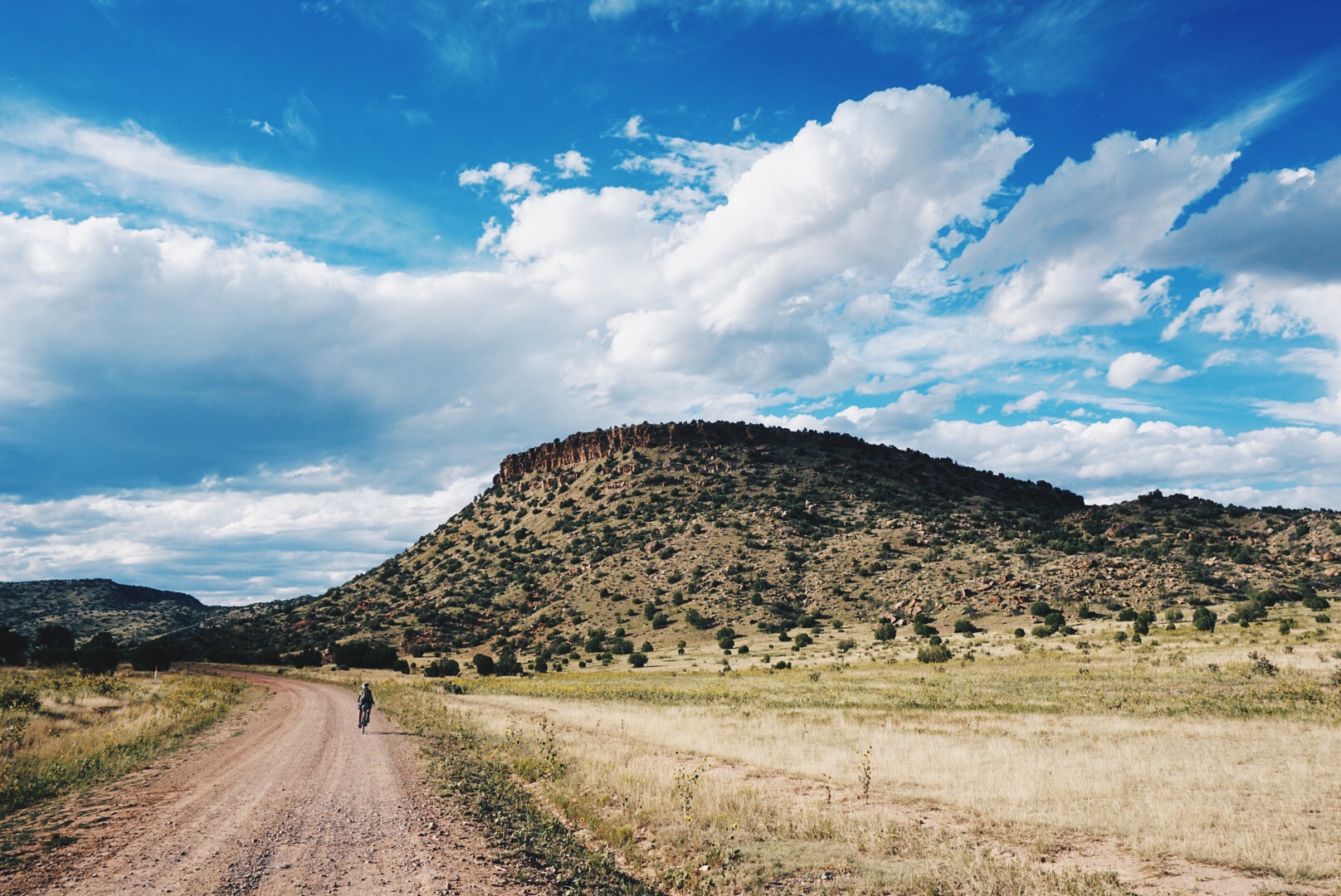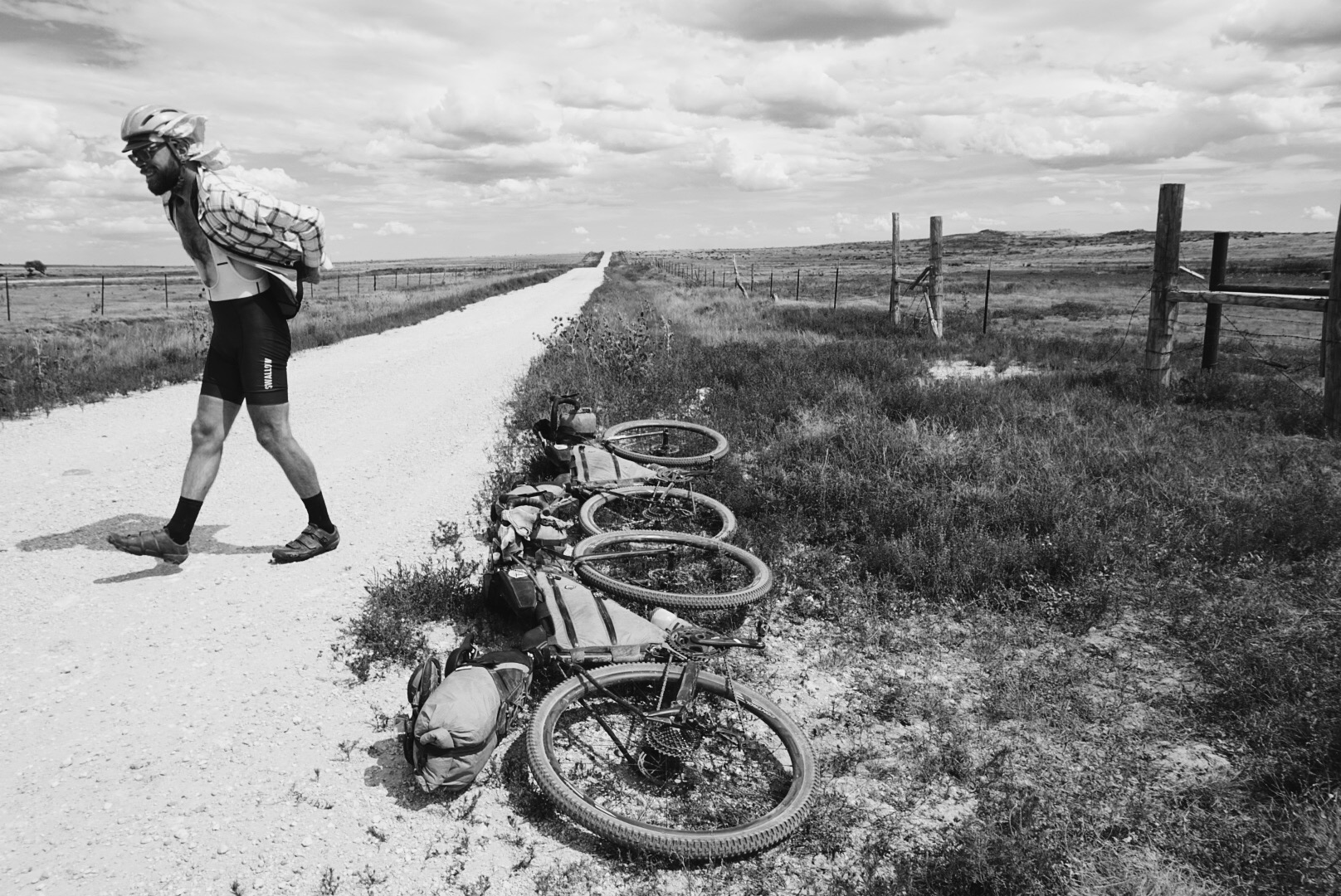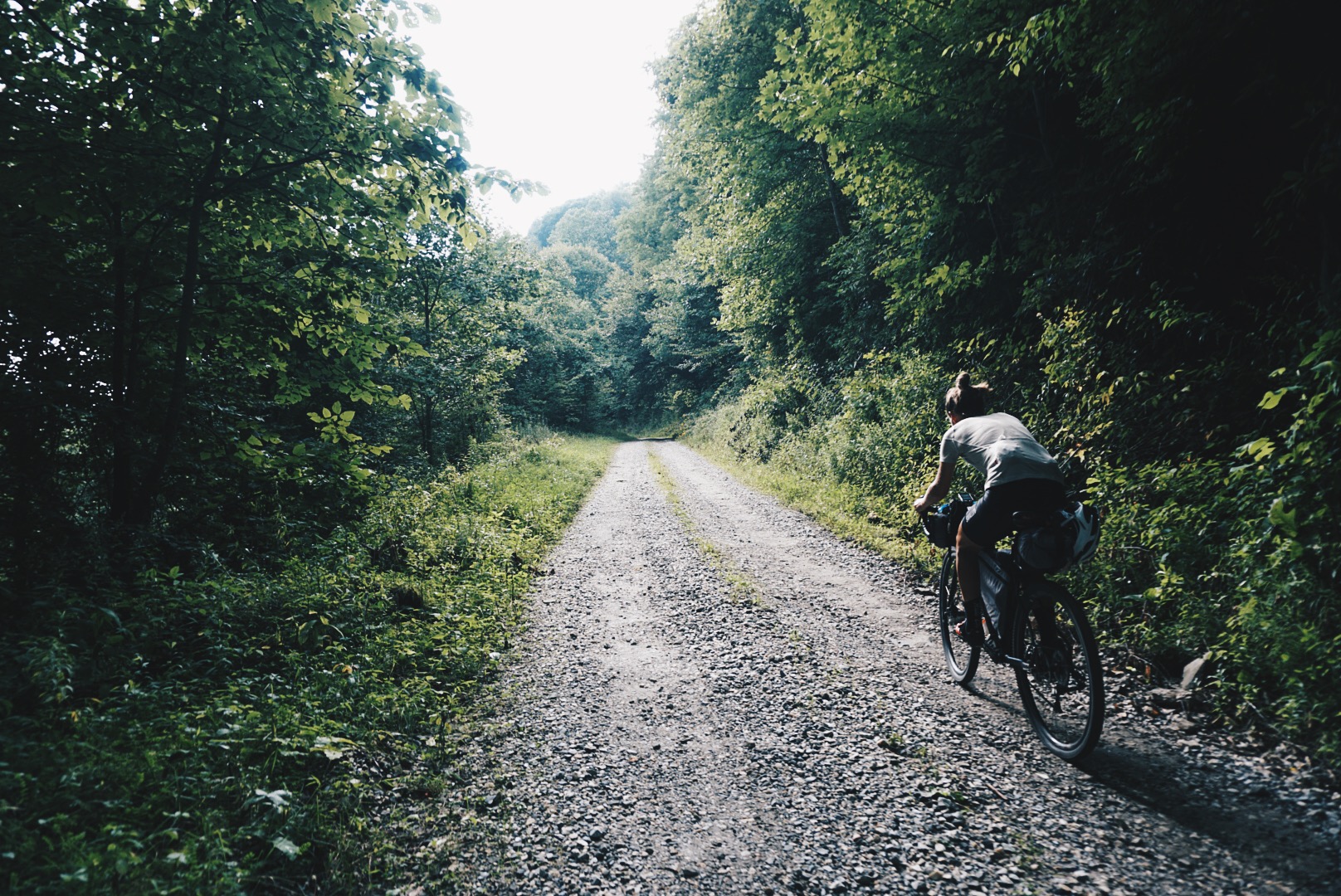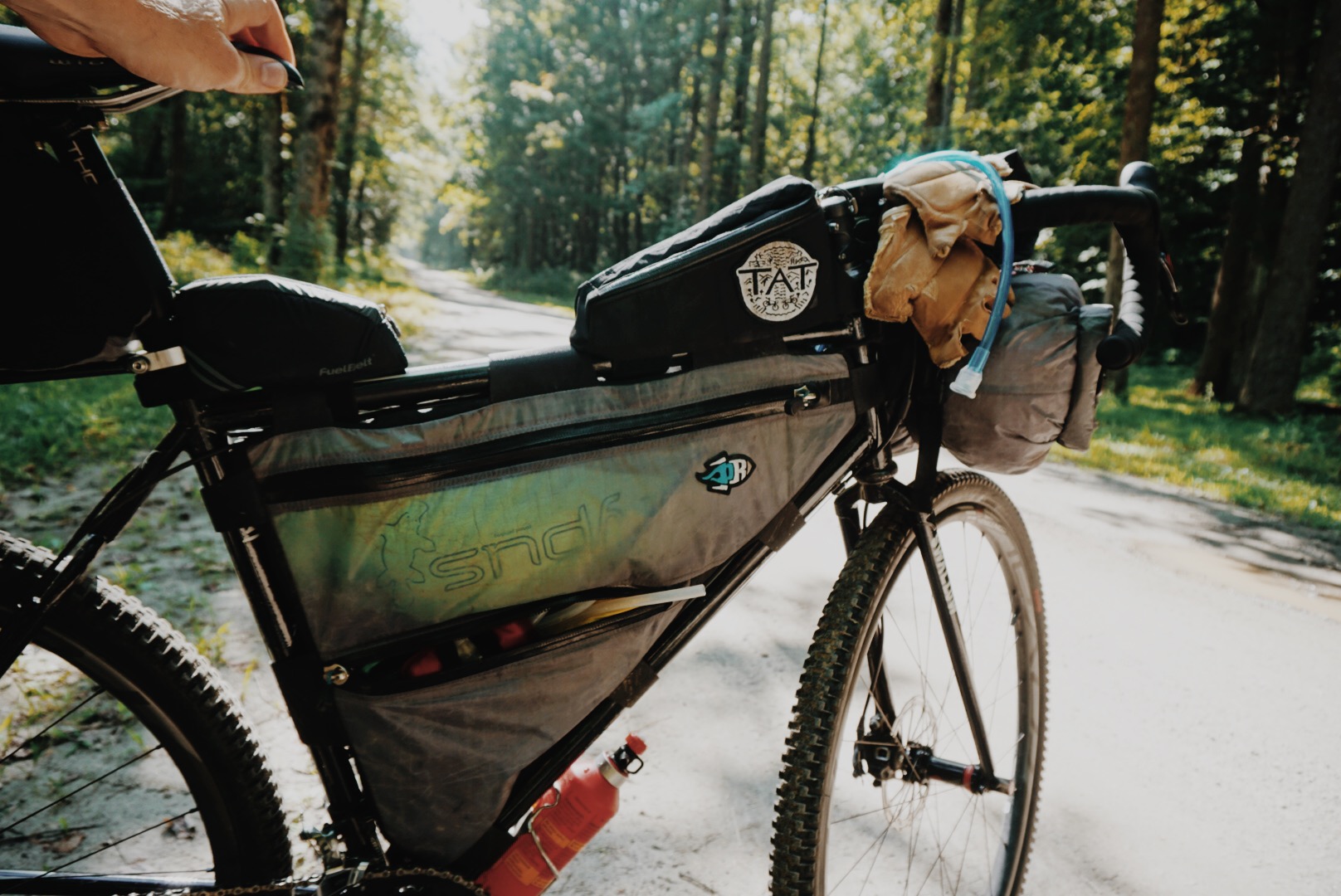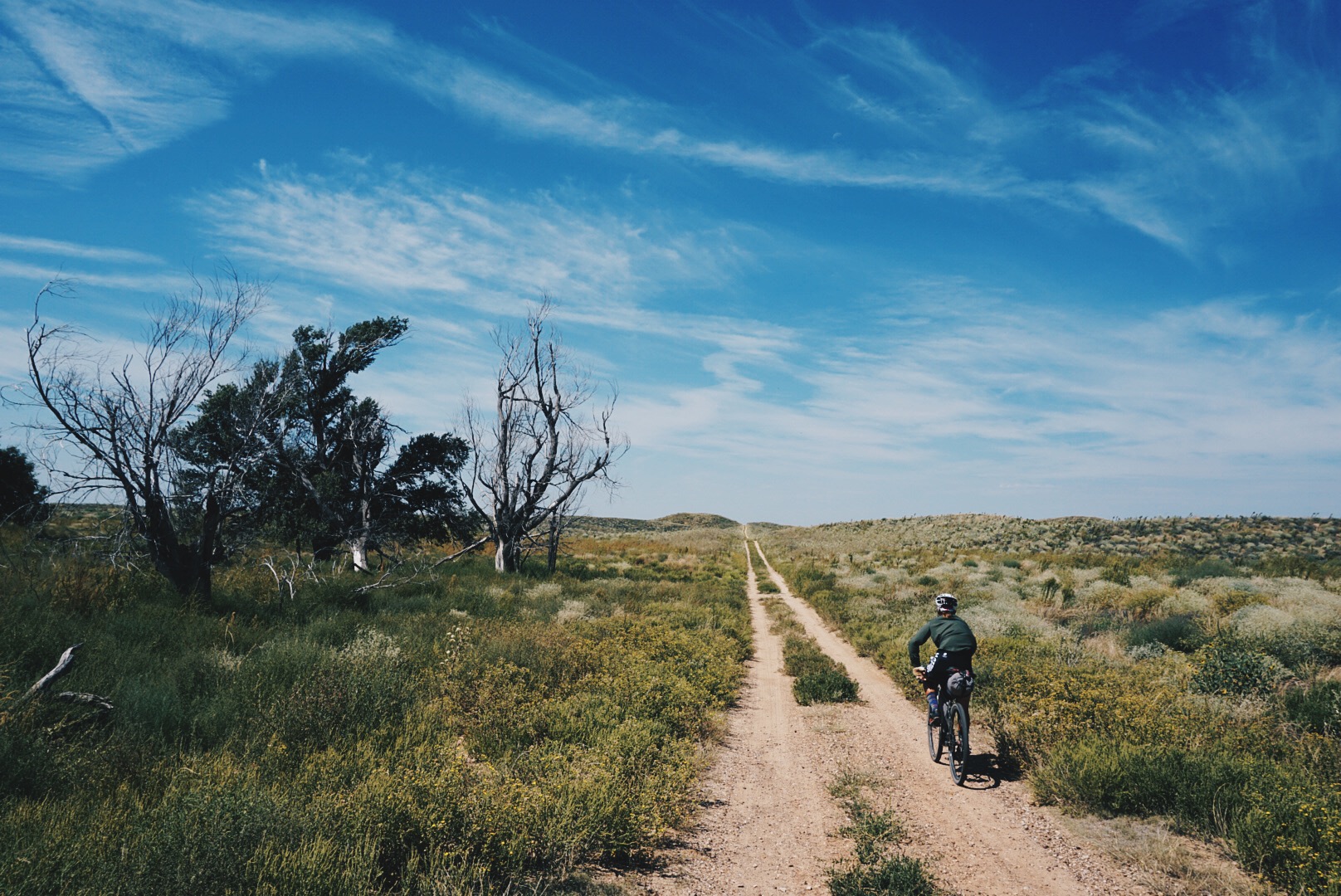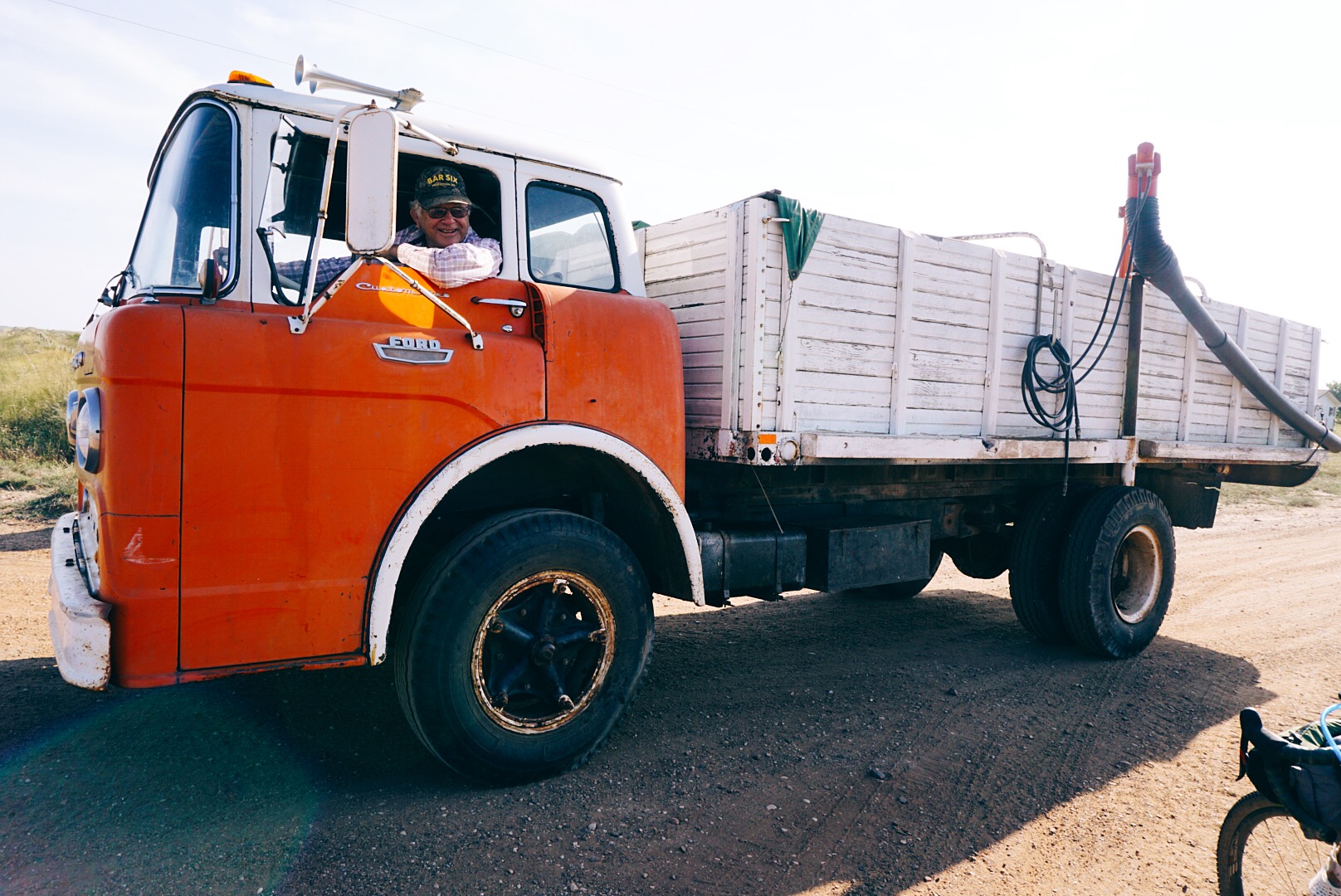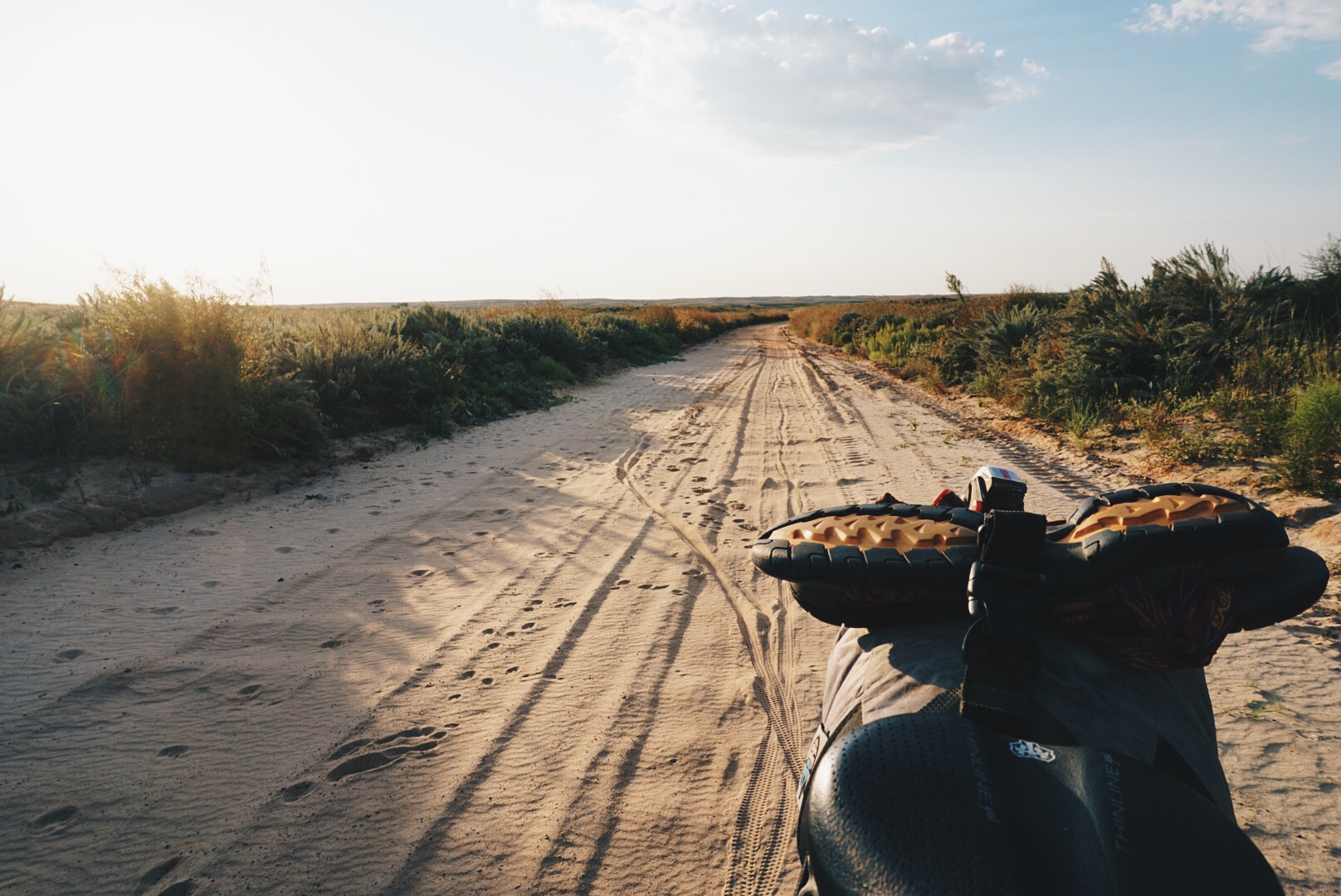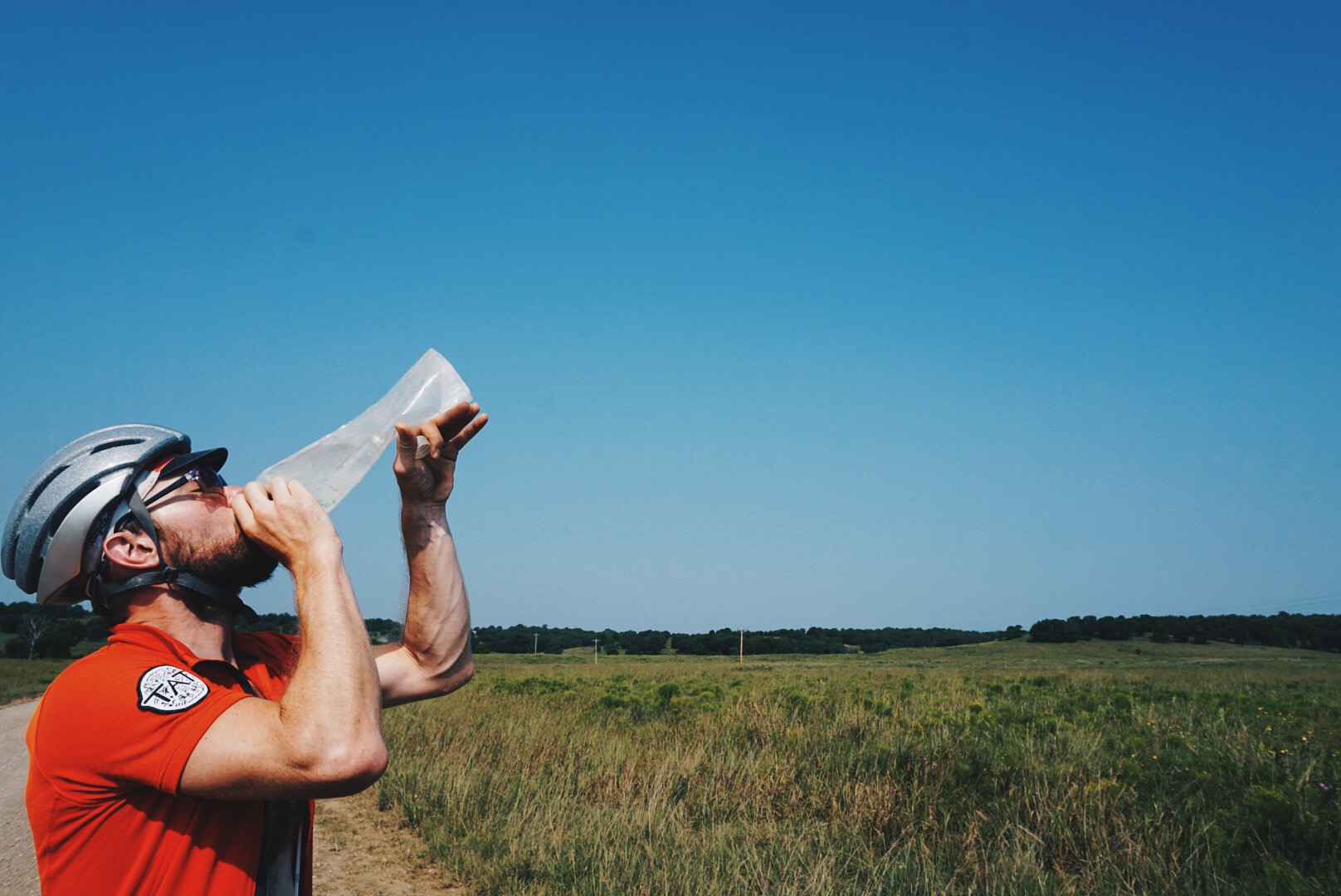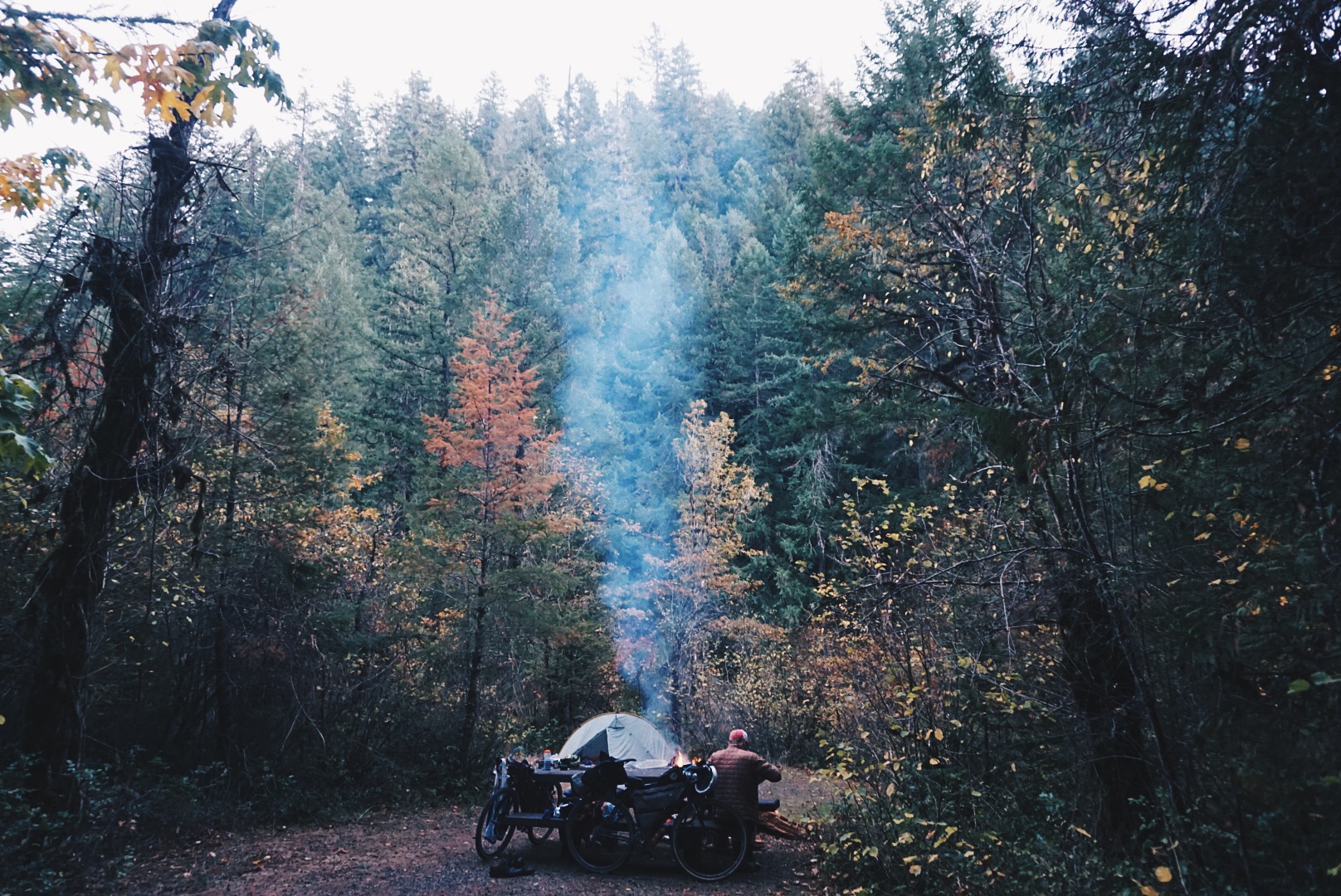Originally published by Brooks England in May 2020
Right now I am supposed to be in Sardinia, Italy, on a bike touring diet of local fine wine, cheese, and bread, pedaling my way amongst the sheep and ancient Roman ruins from beach cove to beach cove on the Mediterranean Sea. Instead, I am at home in Durango, Colorado learning how to cook for the first time in my life while adapting to a new reality of canceled travel, events, and social distancing guidelines imposed by the coronavirus pandemic.
For the past 5-years, I have made a career for myself as an adventure cyclist and an event organizer. It is a career and a lifestyle that keeps me traveling around the world with my bike for the majority of the year. I have called Durango home for the past three years. I sporadically return for 2-4 weeks at a time between trips which amounts to 3-4 months that I end up spending here out of the entire year. My modus operandi for when I come home is to physically recover and to catch up on the type of work that piles on when I'm traveling in regions with limited to no cell signal for weeks or months at a time. I enjoy this life and feel incredibly grateful for having had the opportunity to live it now more than ever. For the past 5 years, I have been in a constant state of refueling my tank of passion and inspiration through exposure to new landscapes, cultures, experiences, and a perpetual sense of awe.
Now, imagine the identity crisis I had at the onset of the coronavirus pandemic. I realized I would need to stay put for an unknowable amount of time and cancel all my future travel and event plans for the unforeseeable future. How would I find that sense of awe while having to stay in one place? Like with any crisis I am unexpectedly faced with while exploring by bike; whether that be stranded in a city terrorized by a coup d'état, or getting lost in the world's largest salt flat, separated from my source of food, shelter, and money, I allowed my well-practiced adaptation skills to kick into gear. I started focusing my energy on a personal challenge to take my mind off of the black hole of bad news and to rest my tennis elbow from kneading bagel dough and playing endless games of ping-pong. Having spent so little time in the place I call my home, I am well overdue to get to know my backyard a little better. So I make it my challenge to get off the beaten tracks and to explore new ways and alternative views within a state-mandated 10-mile radius.
Located at 6,500 ft altitude in the Southwest corner of Colorado, Durango is defined by its high desert environment consisting of canyons, valleys, mesas, and mountains sprinkled with pinion, juniper, sage, shrub oaks, and ponderosa trees, nestled at the foot of the rugged San Juan Mountains to the north, and the picturesque La Plata Mountains to the west. The accessibility of the high country and desert environments creates a year-round mecca for outdoor recreationists, particularly for mountain bikers. Durango has over 450 miles of mountain bike trails, most of which are within a few pedal strokes from my front door. As a transplant from the singletrack-barren Midwest, I pinch myself every day in the attempt to wake from the dream of living here. I feel incredibly grateful for the privilege to live in a place with so much outdoor access and beauty. Since moving here I have fallen in love with mountain biking and the quick rush of adrenaline, anaerobic fitness, confidence boost, and technical challenge that can be had in a 1-2 hour ride. But there is something that mountain biking in town does not satisfy in me. While following established tracks and routes is a wonderful way to make cycling accessible, it lacks an aspect of adventure and curiosity that fuels the campfire of one of my bike adventures.
I started focusing my energy on paper and digital maps to scrupulously survey the Durango area for routes within 10 miles from home - routes that stay off the beaten track and pavement, safely beneath the snow line, yet in the bounds of travel restrictions, and legal riding access by avoiding as much private property and designated wilderness area. I never know if the route will actually work until I go ride it. With my new abundance of free time; what else is there to do?
It’s springtime here with temperatures hovering in the mid-70’s, streams are full from snow melt, and flowers are blooming in shades of purple, pink, yellow, and white against the buttes and mountains that have seemingly turned from brown to neon green overnight. The mission of our ride is to explore a ridgeline southwest of our home. It looks to be an adventurous alternative to one of our favorite gravel routes in the area and has the potential to deliver some great views of the La Plata Mountains.
I planned the route following ways that we had never gone before, and sure enough within the first 10 miles, we were bumping along a rough overgrown double track. After a strenuous 30 minutes, my partner turns to me and asks “do you think the whole ride will be like this?” I say begrudgingly, “I hope not” as I take stock of how much water we are both carrying. The rough track eventually leads to a smoother one, as it always does, until the smoother track winds, climbs, and ends at a gate. There are two signs that say, “Private Property, No Trespassing” and “This Area is Under 24-hour Surveillance”. Standing in the heat of the midday sun we look longingly beyond the gate, at the shade of an old-growth ponderosa forest between us and the very near top of the ridgeline. I refer to the map on my phone and see a faint alternative route to the ridgeline but it will require us to retrace our tracks, descend and start the climb all over again. What else do we have to do today? Water is a consideration but we feel like we have enough, and my zoom meeting at 7 p.m. is a must, but we have plenty of time. We turn around and start again. The new way takes us past an old barn in the middle of a grassy meadow; a welcoming place for a picnic and some mid-ride aromatherapy from the surrounding fresh blooming sagebrush.
We reach our new approach and the faint trail I saw on the map is hardly a trail at all. Before I can voice my concern, Adam pedals onward through the grass as if on the scent for a trail I can not smell or see myself, so I follow his tracks. Eventually, we find only a slightly clearer trail, but it has been used so little; the surface is loose, washed out, and rocky, requiring a herculean effort to pedal certain sections until the inevitable slip and anaerobic explosion, forcing a dismount and a calf-burning, blister-creating, hike-a-bike. I realized about half-way through this effort to the ridgeline that this route was by no means a long-term or repeatable solution to reaching the ridgeline in the future, but I reassured myself that once we reached the top the reward would be riding a more established trail along the cliff edge with spectacular views of the La Plata Mountains. Plus, we are almost there, so I keep going, through the encroaching oak shrubs that are scraping against my increasingly sunburnt skin.
By the time we reached the top of the ridgeline and saw that our connector track was more of the same of what we had just done, we resigned ourselves to the ridgeline. It was late in the afternoon and the zoom meeting was quickly approaching in 2 hours. After 5 hours of riding and hiking, we had only made it through the first quarter of the route I had initially planned. Enthralled by the elusive compelling ridgeline, we had completely lost track of time and distance. Defeated, we decided to abandon the mission, ride down what we had just hiked up, and start to make our way back home.
Out of the woods and the brush, we find speed and rhythm along fast and smooth roads that link us to our favorite network of singletracks that wind us down from the mesa back home in the canyons of Durango. We may have been defeated but I don’t feel defeat. On the surface I feel happy that the ride is coming to an end for the day, hungry for dinner, and on time for my zoom meeting. In my soul, I feel the satisfaction of chasing the allure of an adventure and riding (and hiking) in a place I had never ridden (or hiked), humbled by the fact I will likely never do it again, and inspired to return to the search for another way another day. Physically, I am scraped, bruised, burnt, and sore but my senses are full with the smell of the pine and sage. And the views; well, we got those too.
This whole new way of life during a pandemic may not be what I planned or expected, but for me, the bicycle remains a constant source of adventure and an alternative perspective. I don’t need to travel far to fuel my fire. All I need is a little curiosity.

